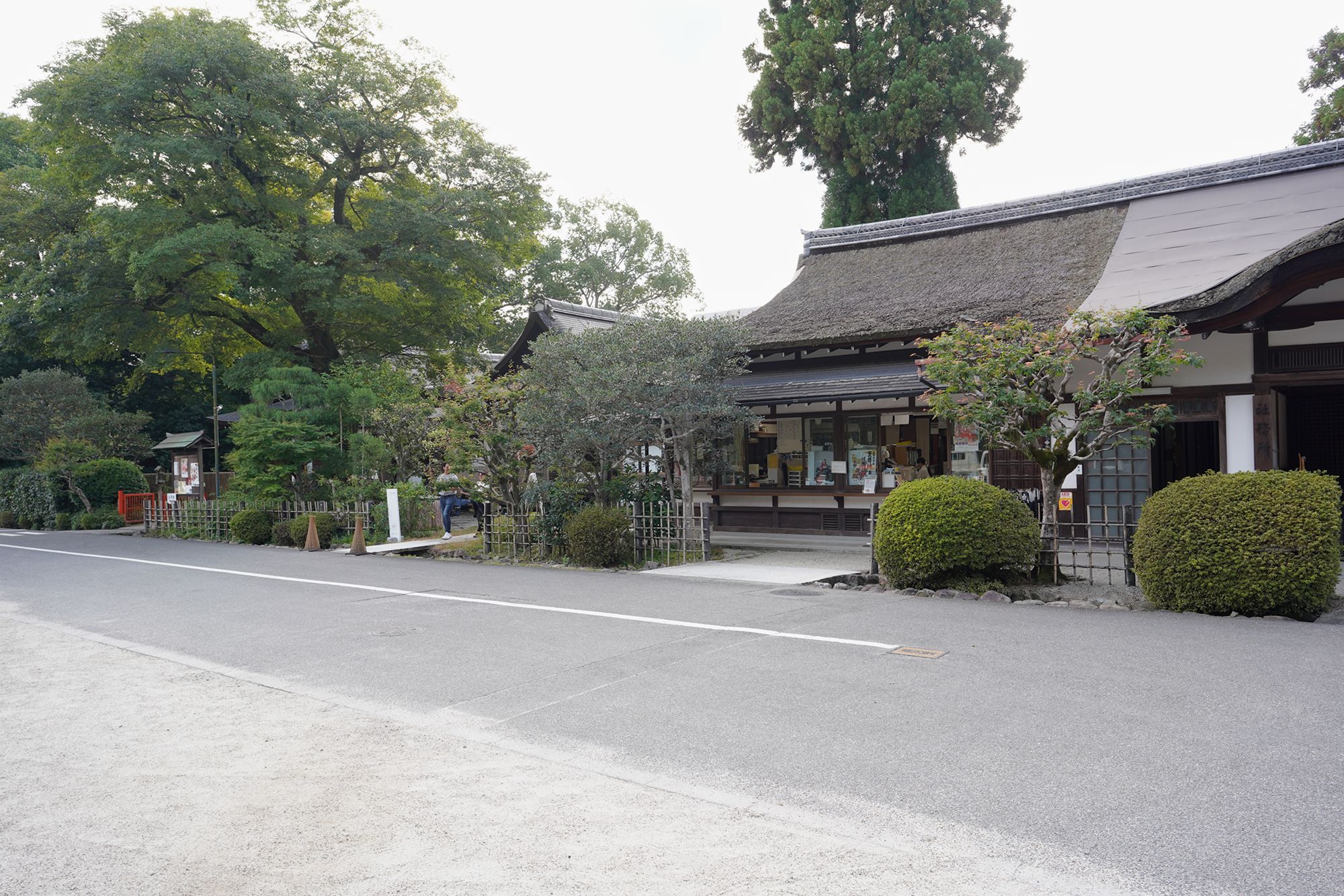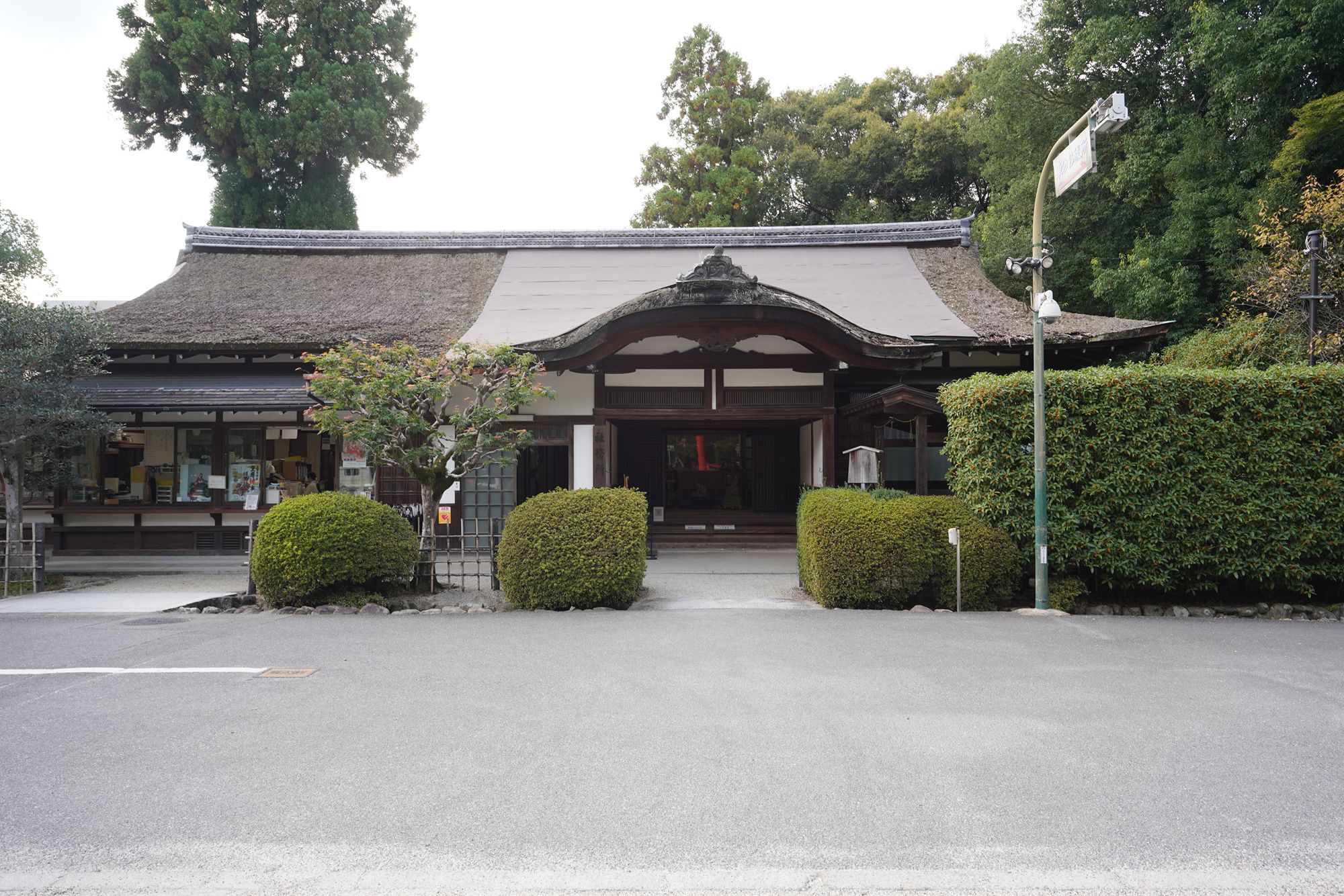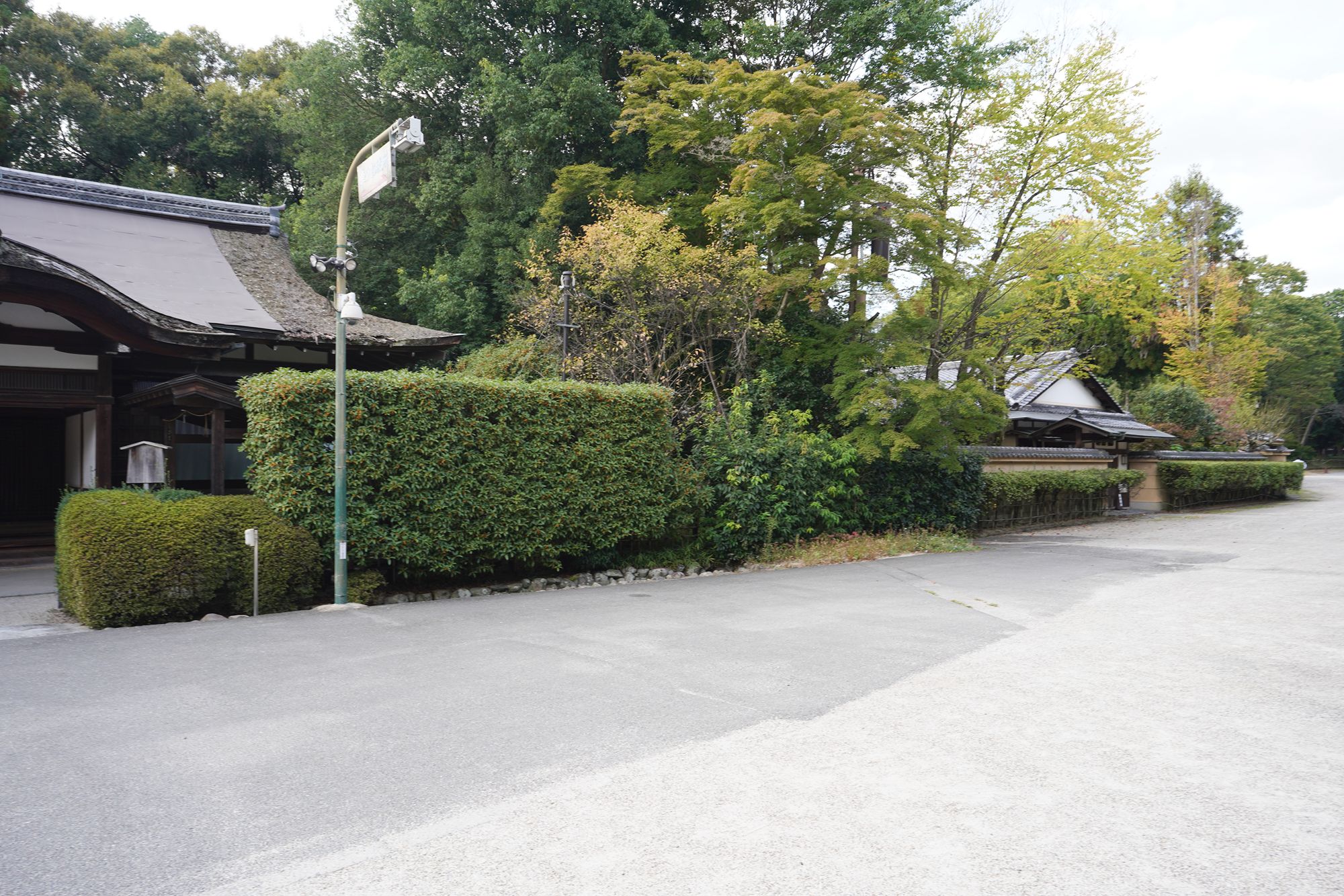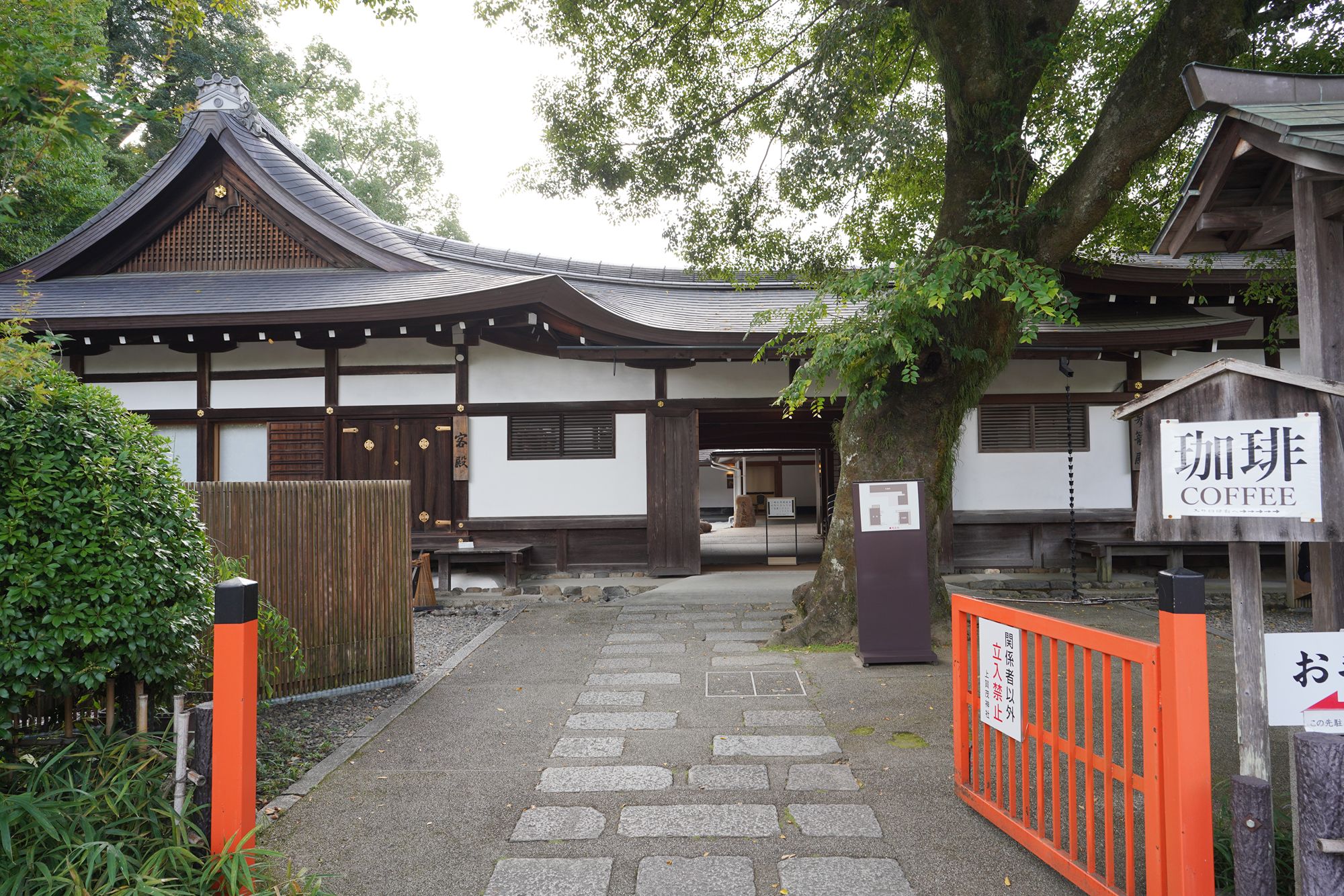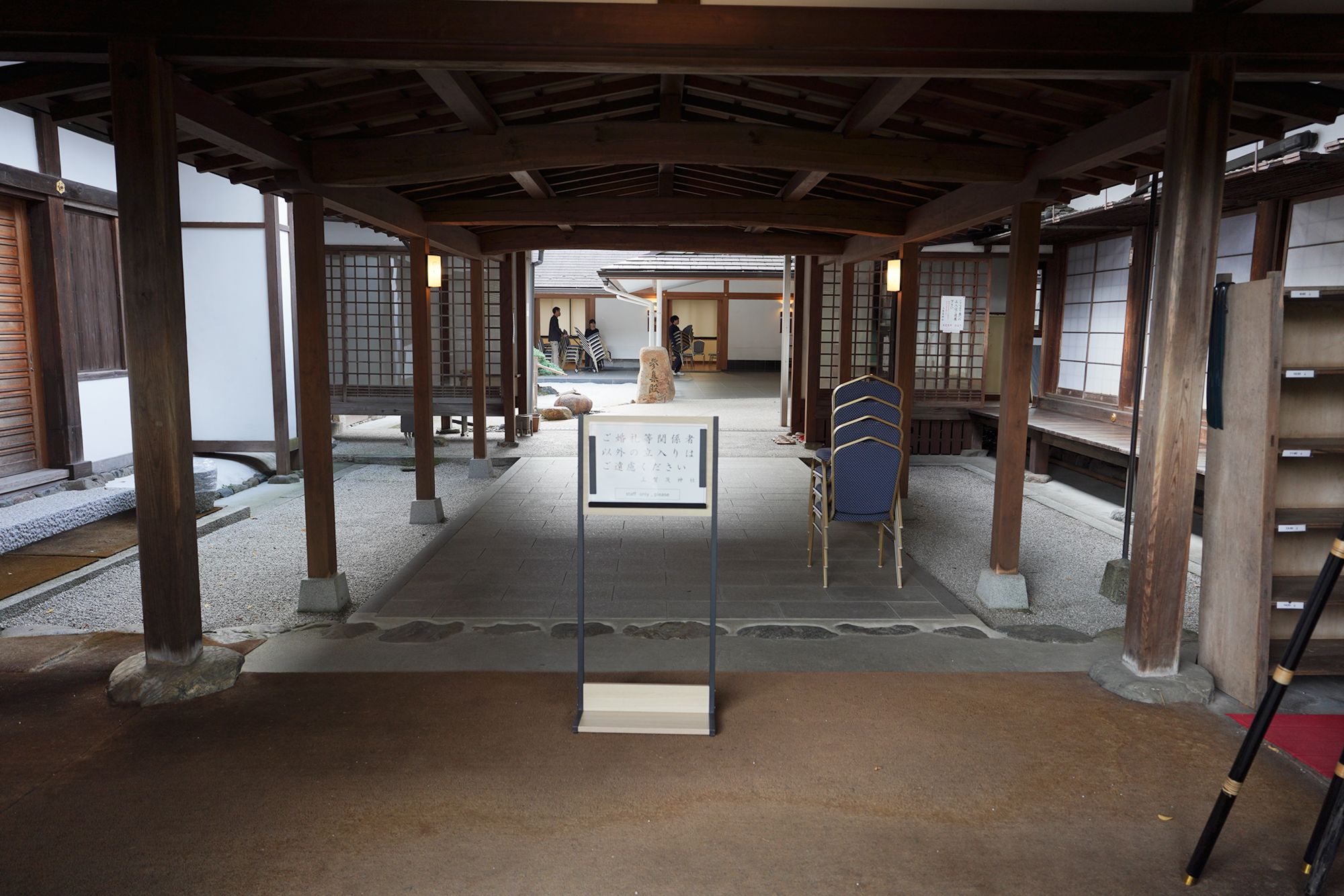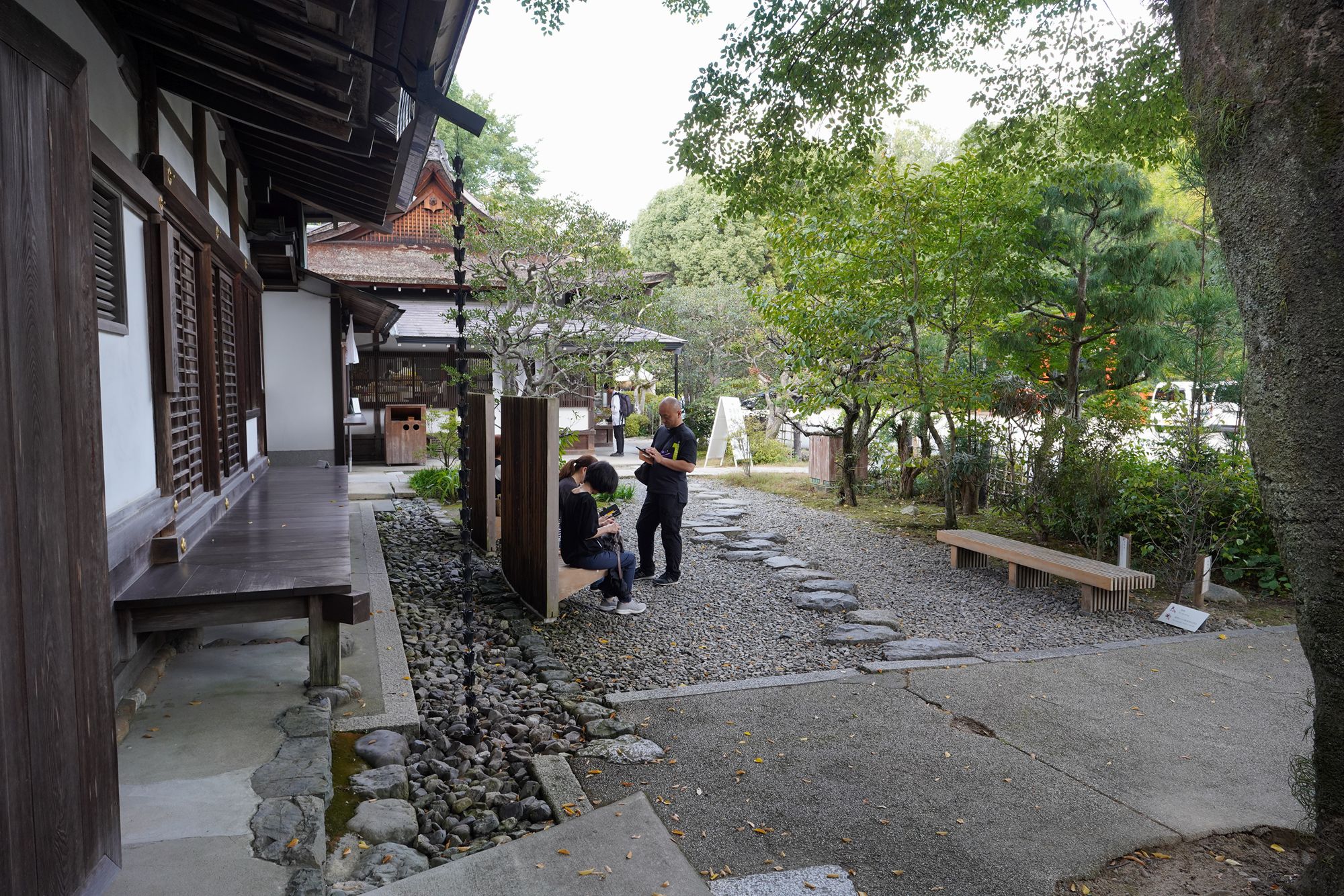Higashiyama Jisho-ji Temple, Shimogamo-jinja Shrine, and Kamigamo-jinja Shrine, Kyoto, Japan
Higashiyama Jisho-ji (Ginkaku-ji) is a Zen temple known for its elegant Silver Pavilion, while Shimogamo-jinja and Kamigamo-jinja are ancient Shinto shrines revered for their cultural and historical significance. 1003
Shimogamo-jinja: Japan, 〒606-0807 Kyoto, Sakyo Ward, Shimogamo Izumikawacho, 59
Kamigamo-jinja: 339 Kamigamo Motoyama, Kita Ward, Kyoto, 603-8047, Japan
Date Picture Taken: October, 2024
Today’s destinations include one temple and two shrines in northern Kyoto.
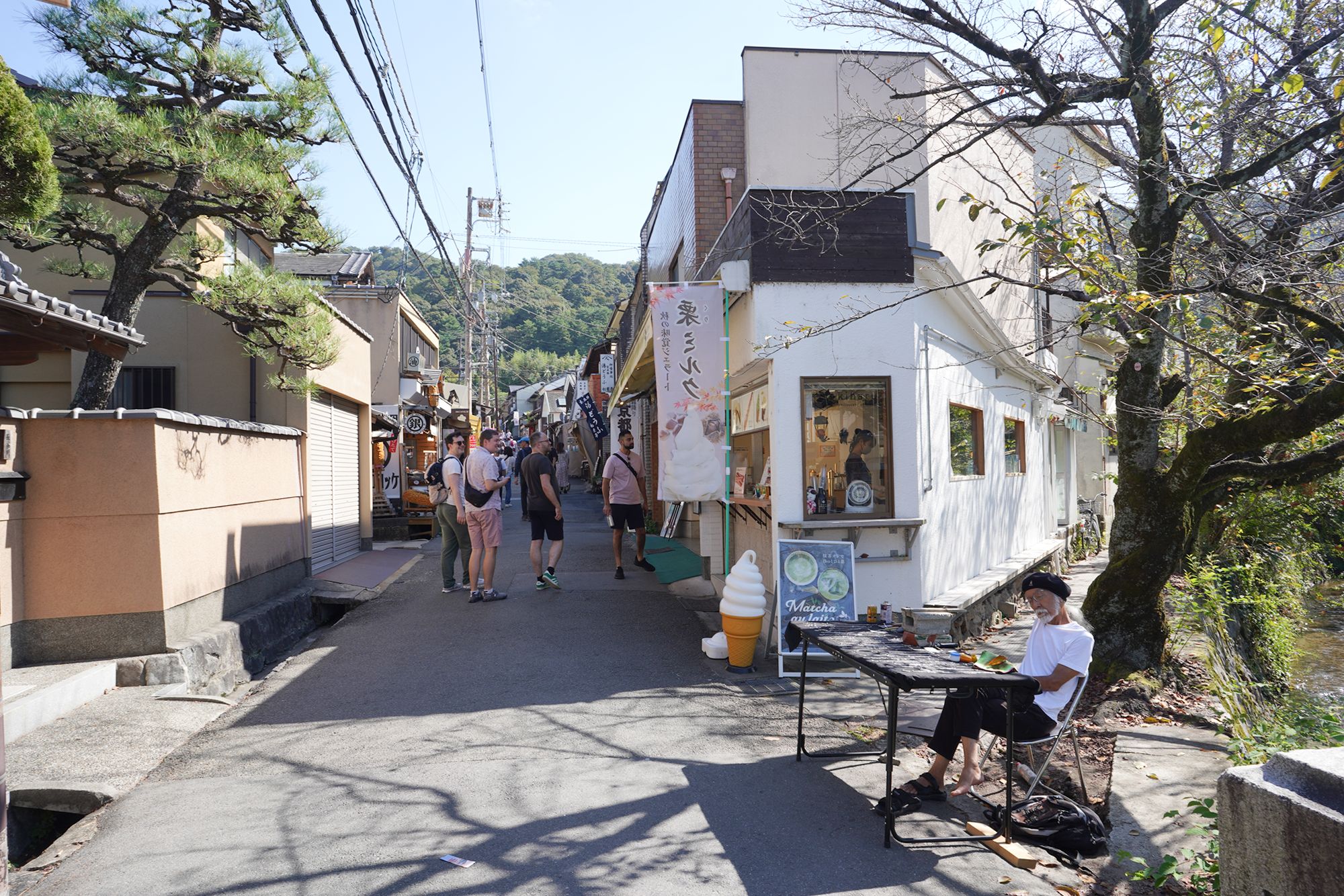
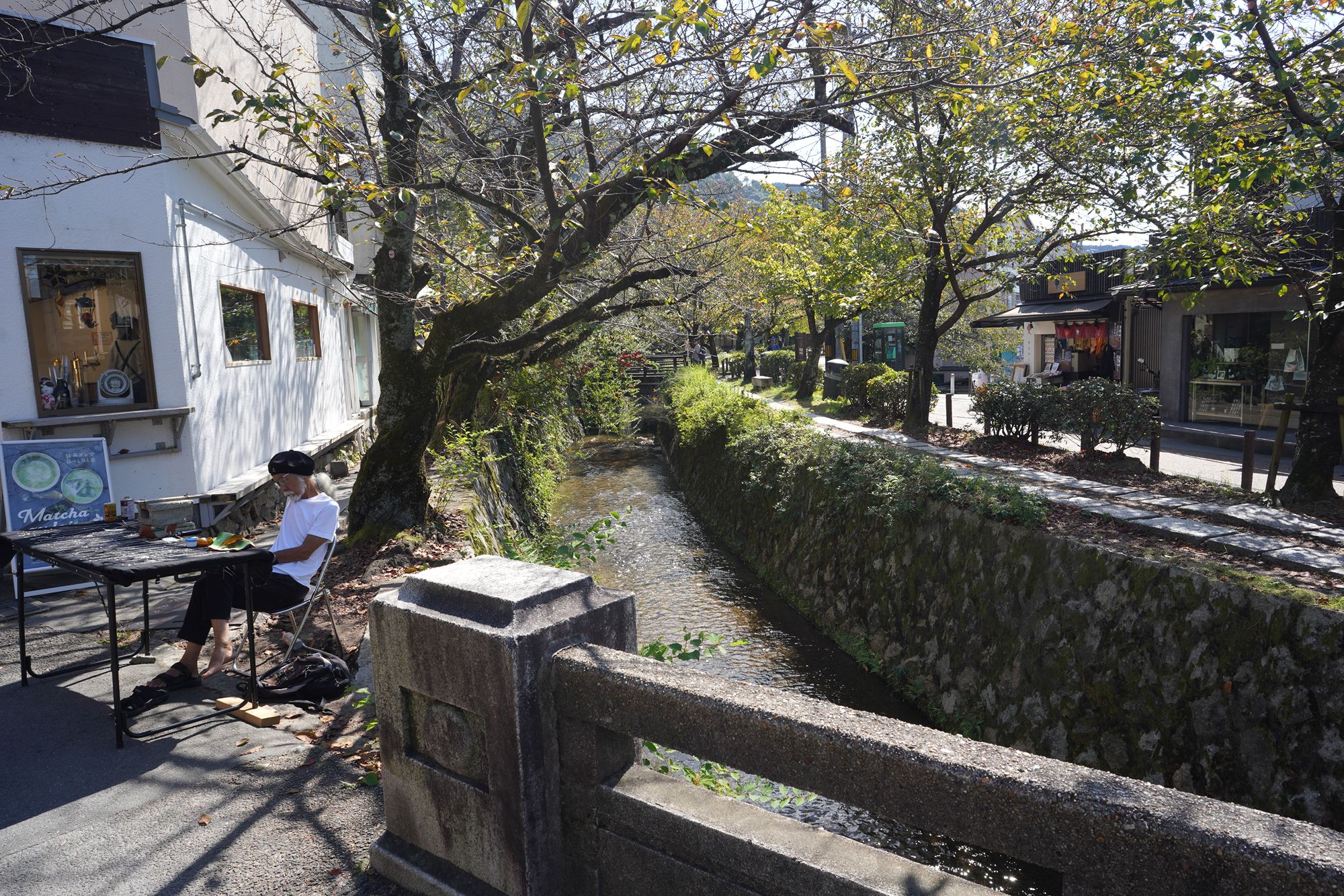
The first place to visit was Higashiyama Jisho-ji (Ginkaku-ji) Temple, also known as the Silver Pavilion
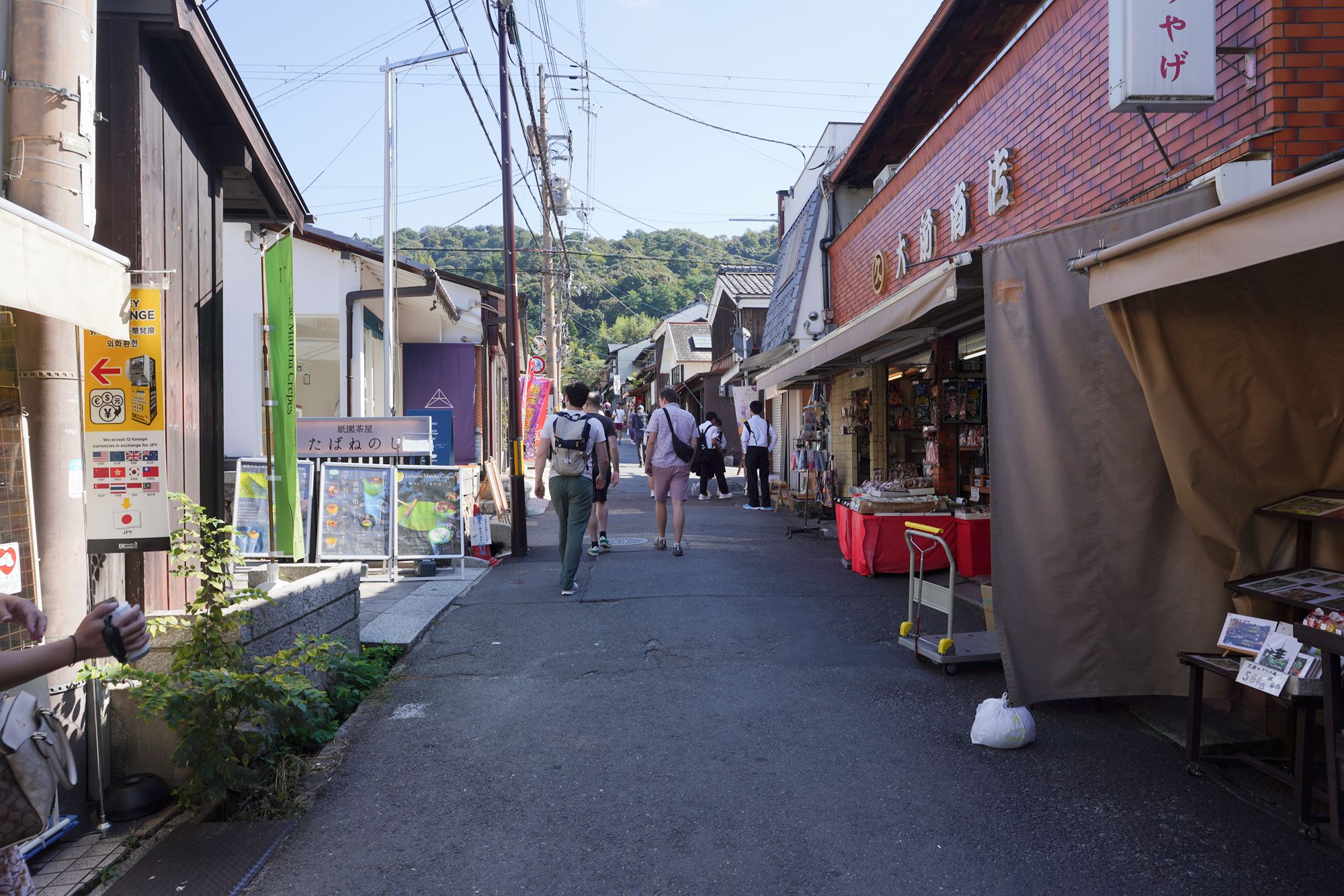
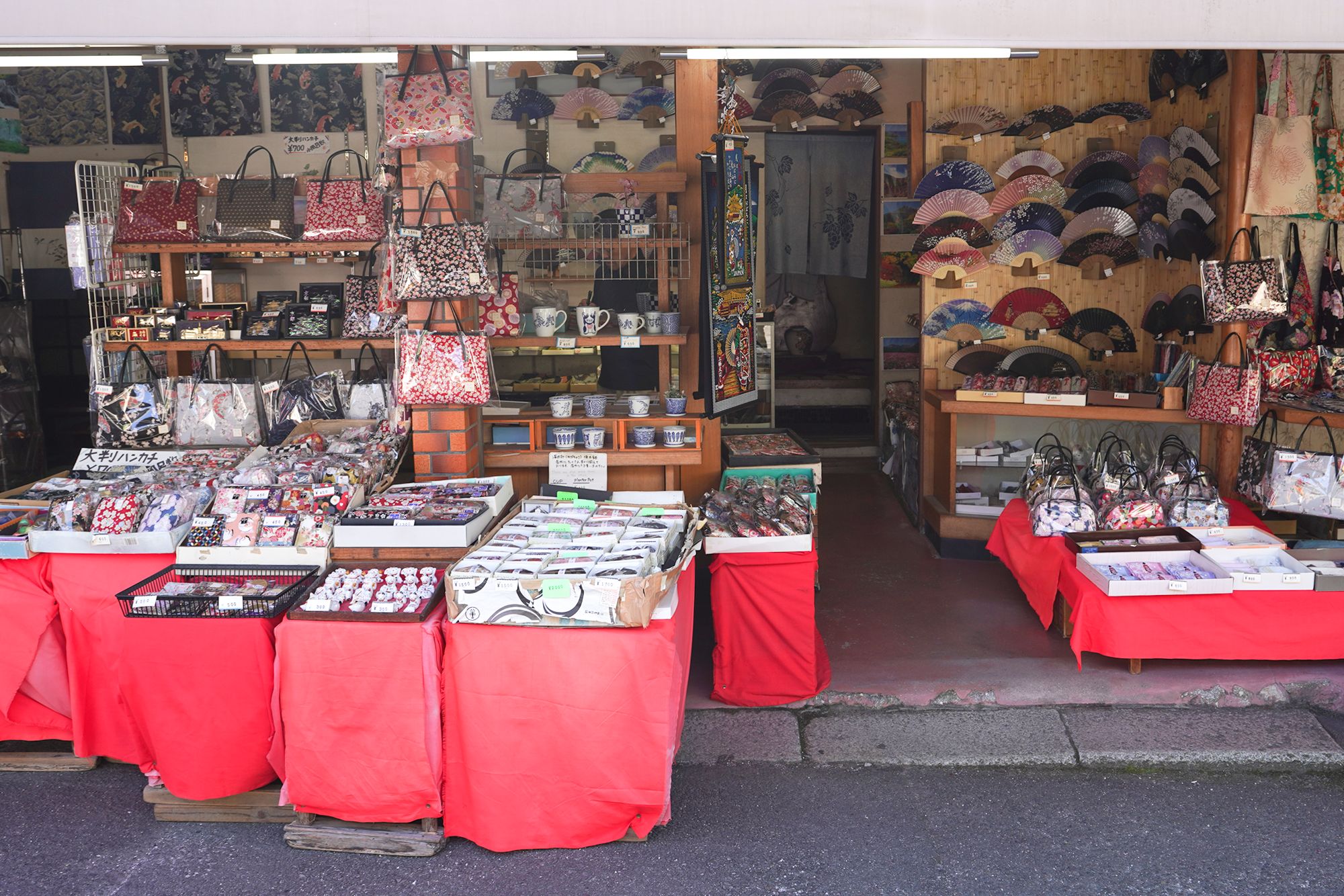
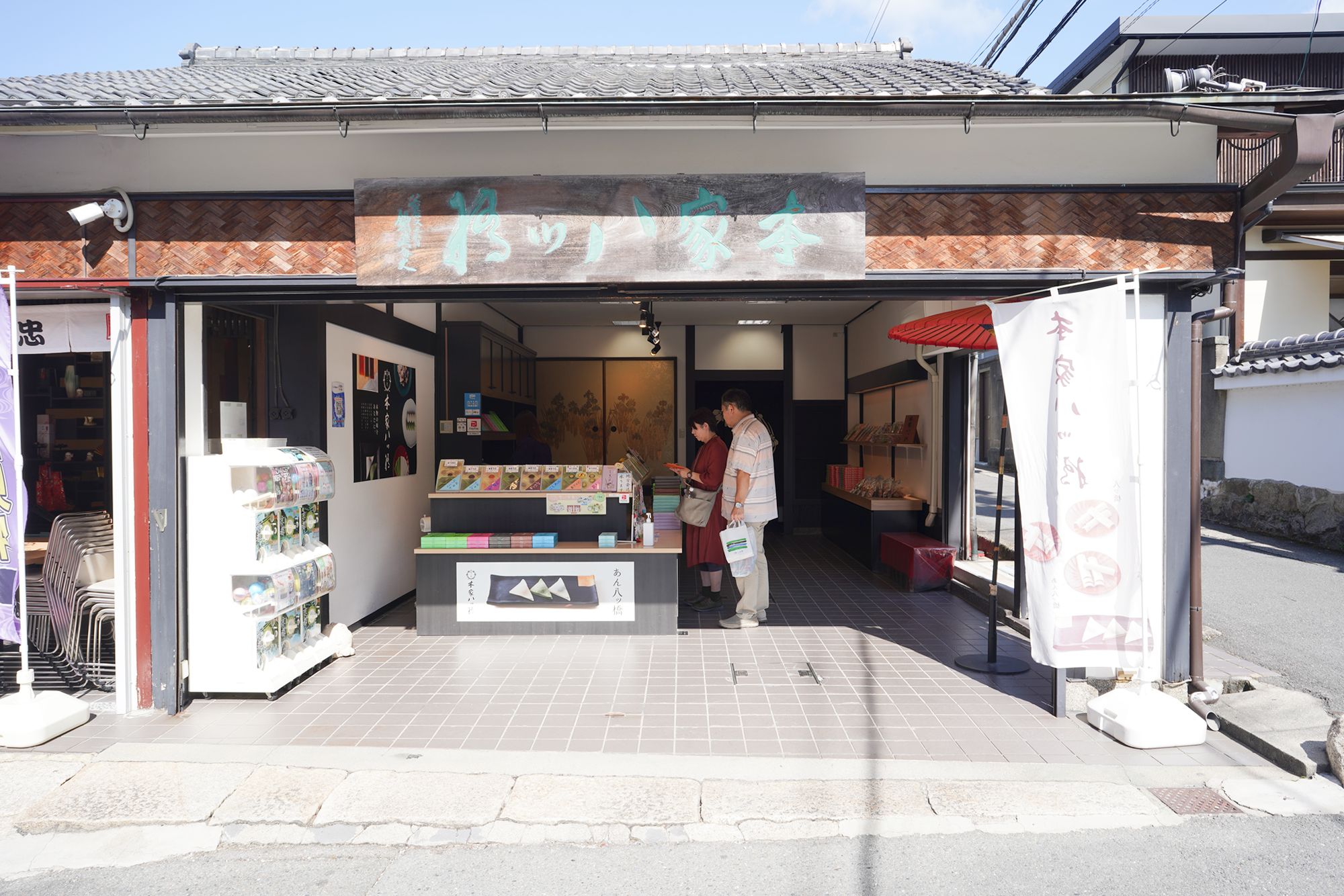
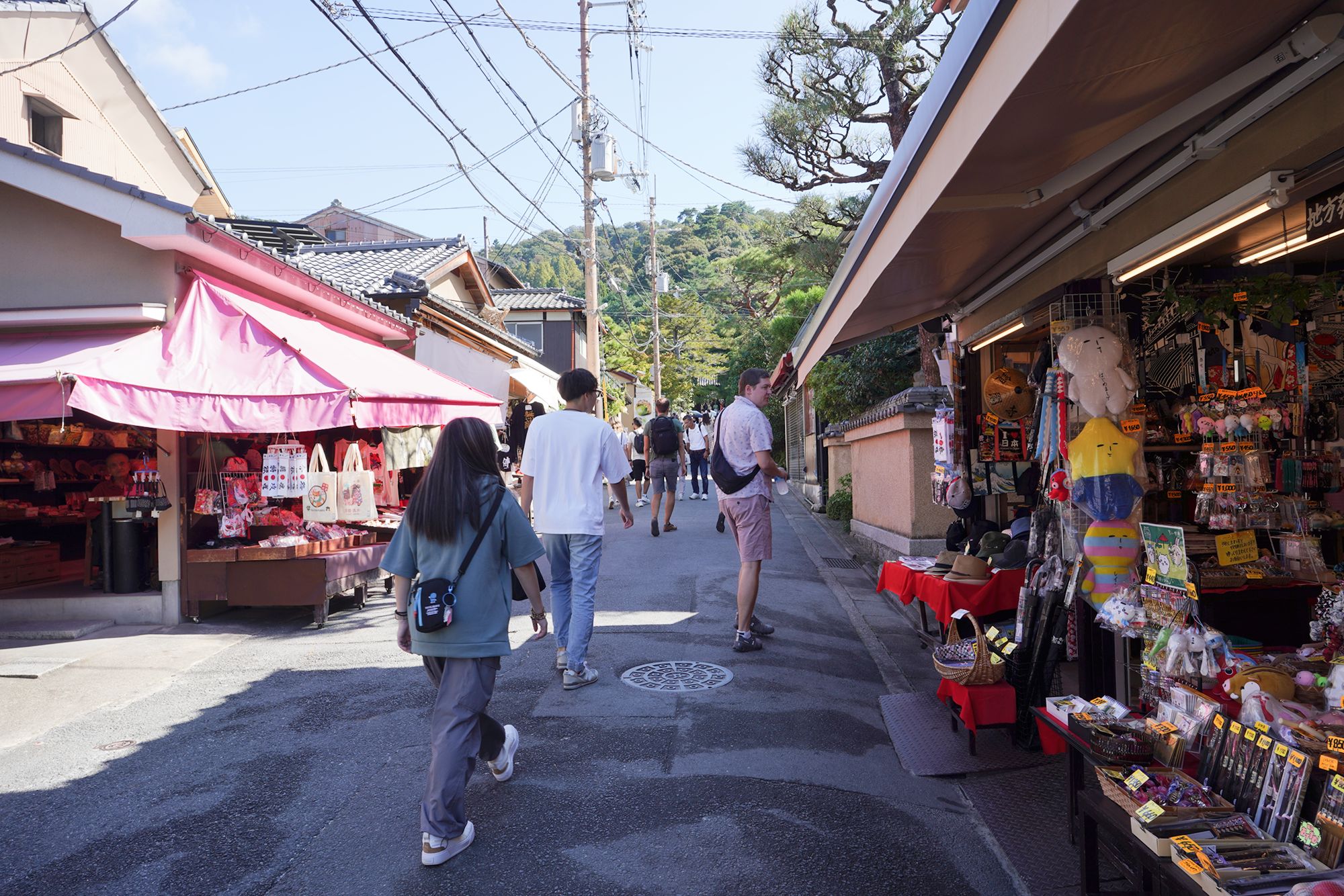
Here is a map of Ginkakuji Temple. The Silver Pavilion is the brown-roofed building on the right side of the map.
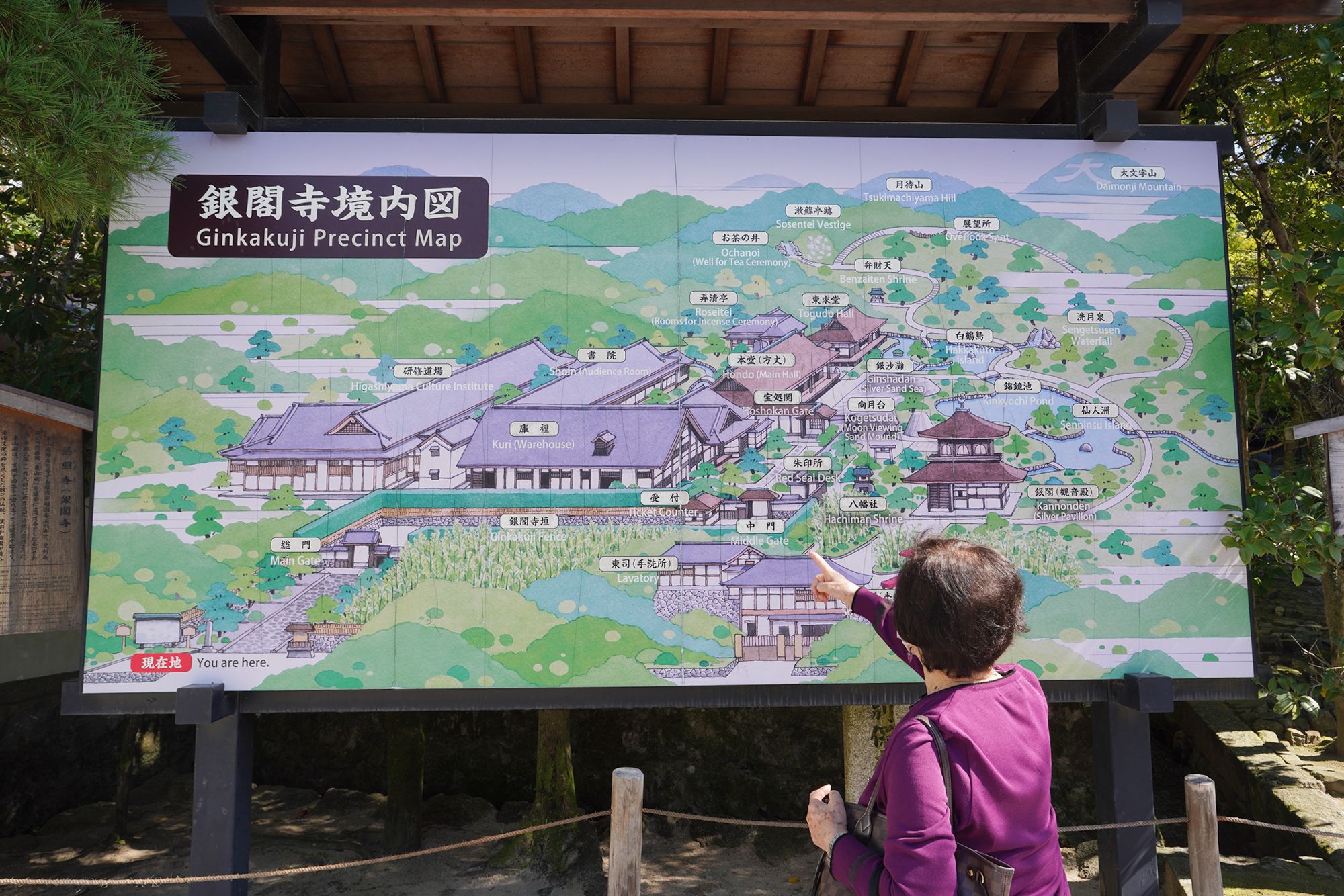
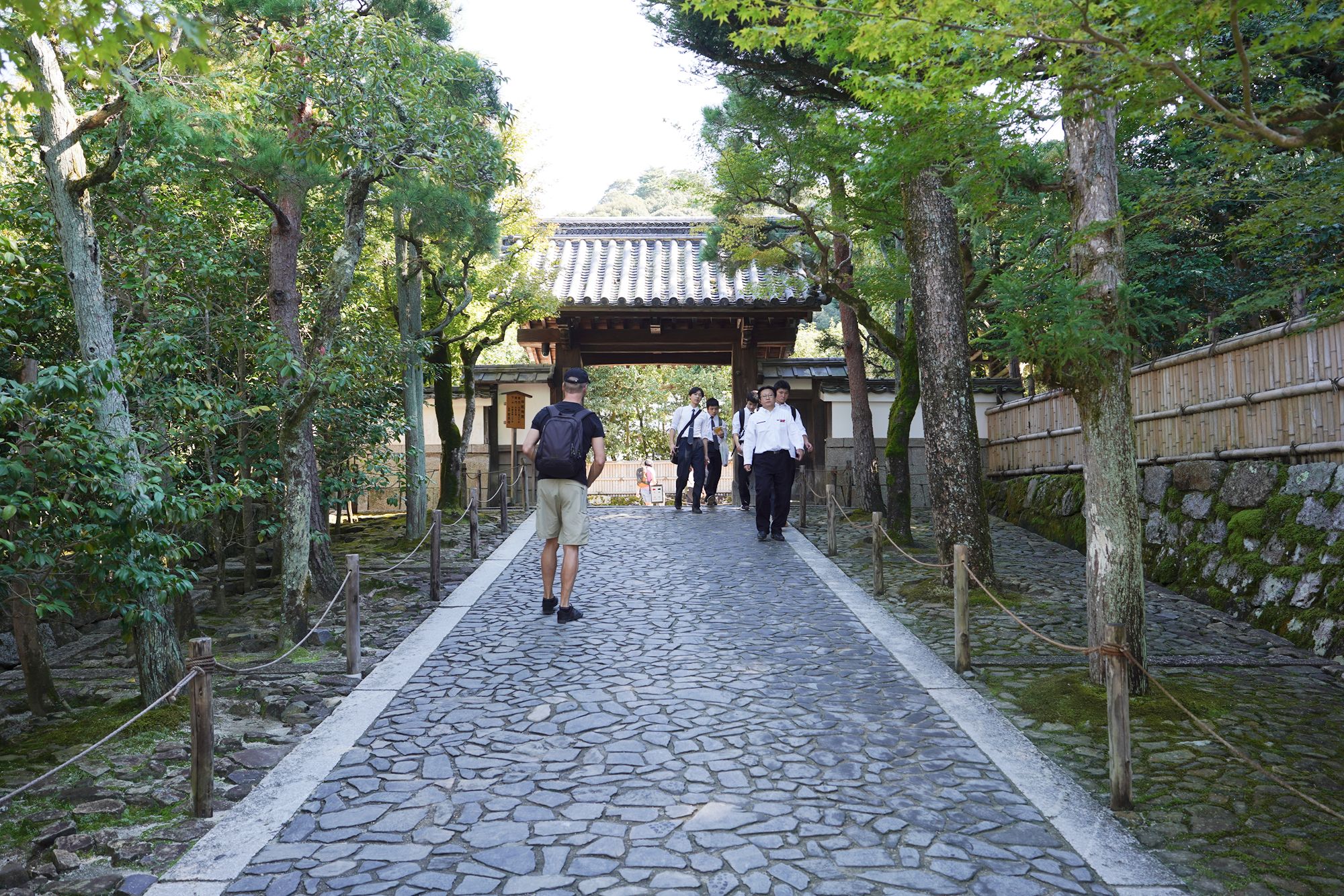
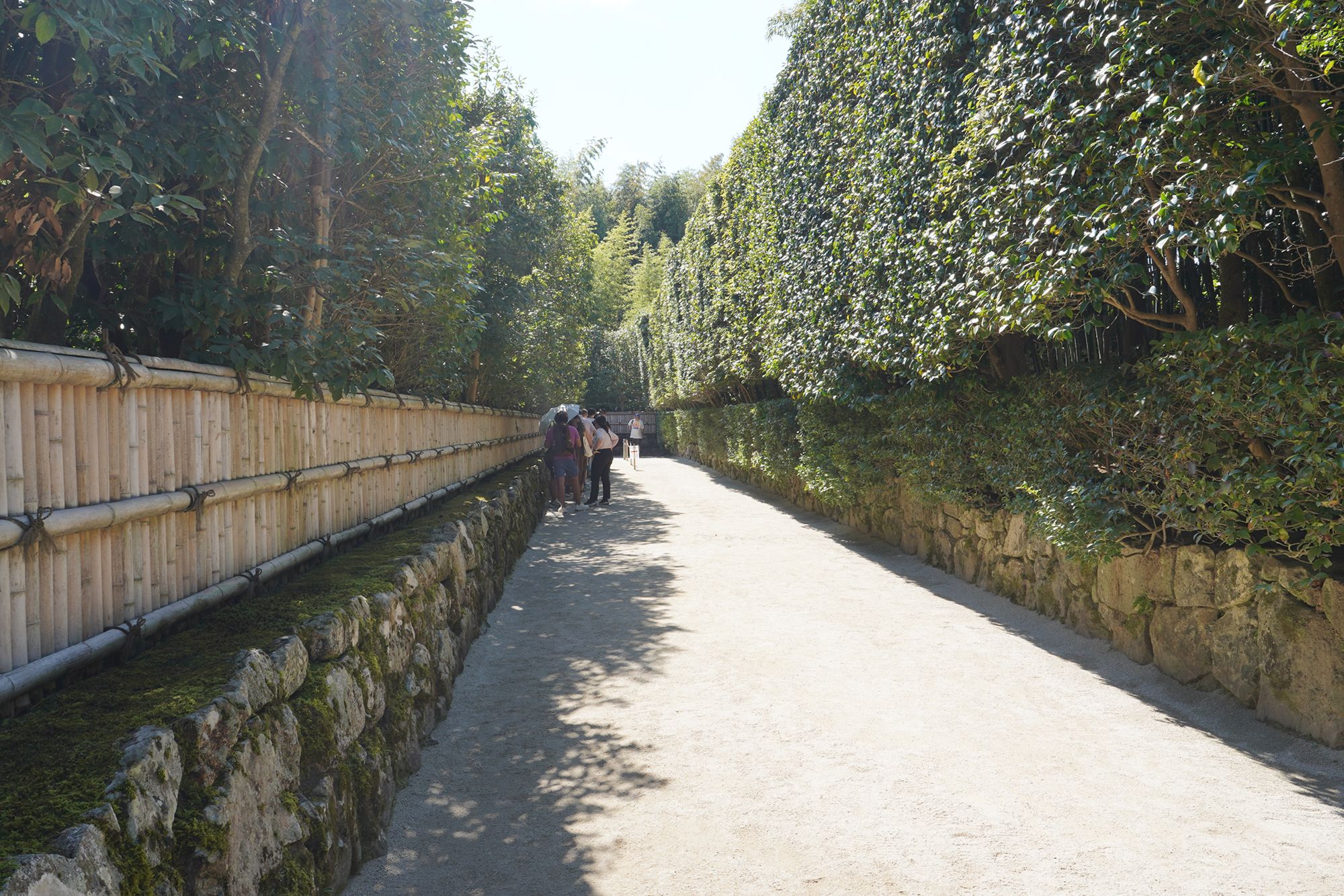
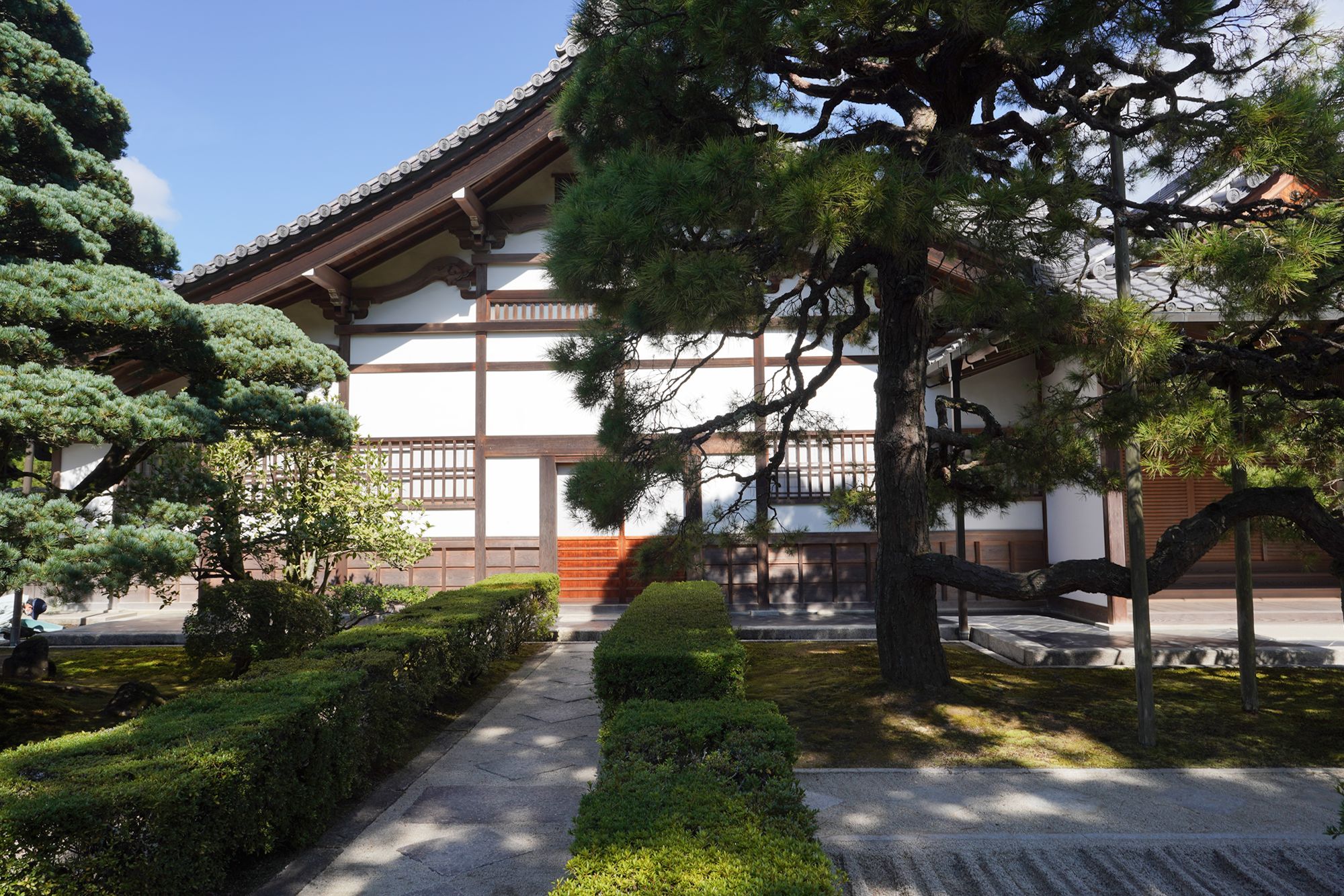
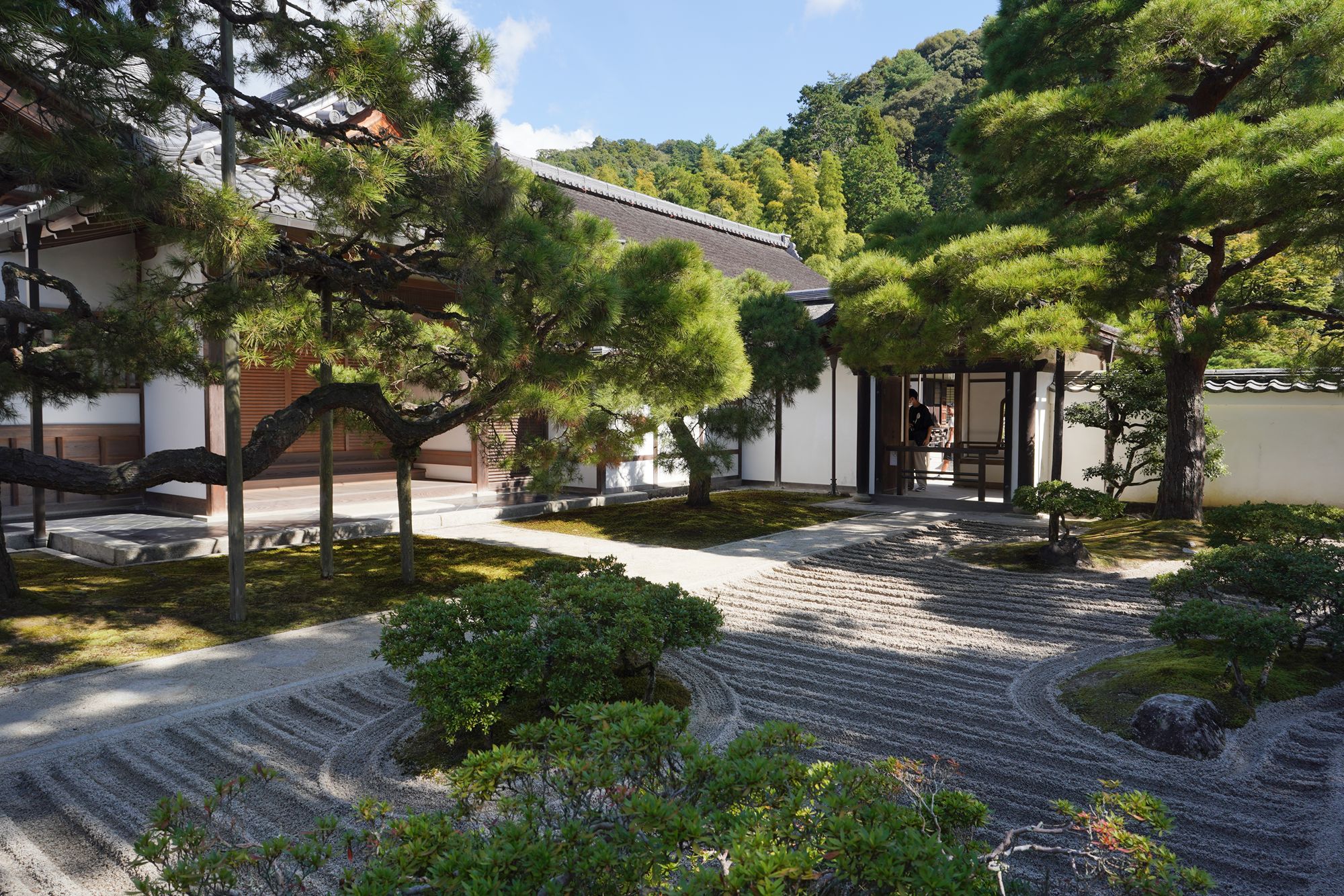
Jisho-ji Hojo (Abbot’s Quarters). It served as the living quarters for the head priest and a place for meditation and administrative duties.
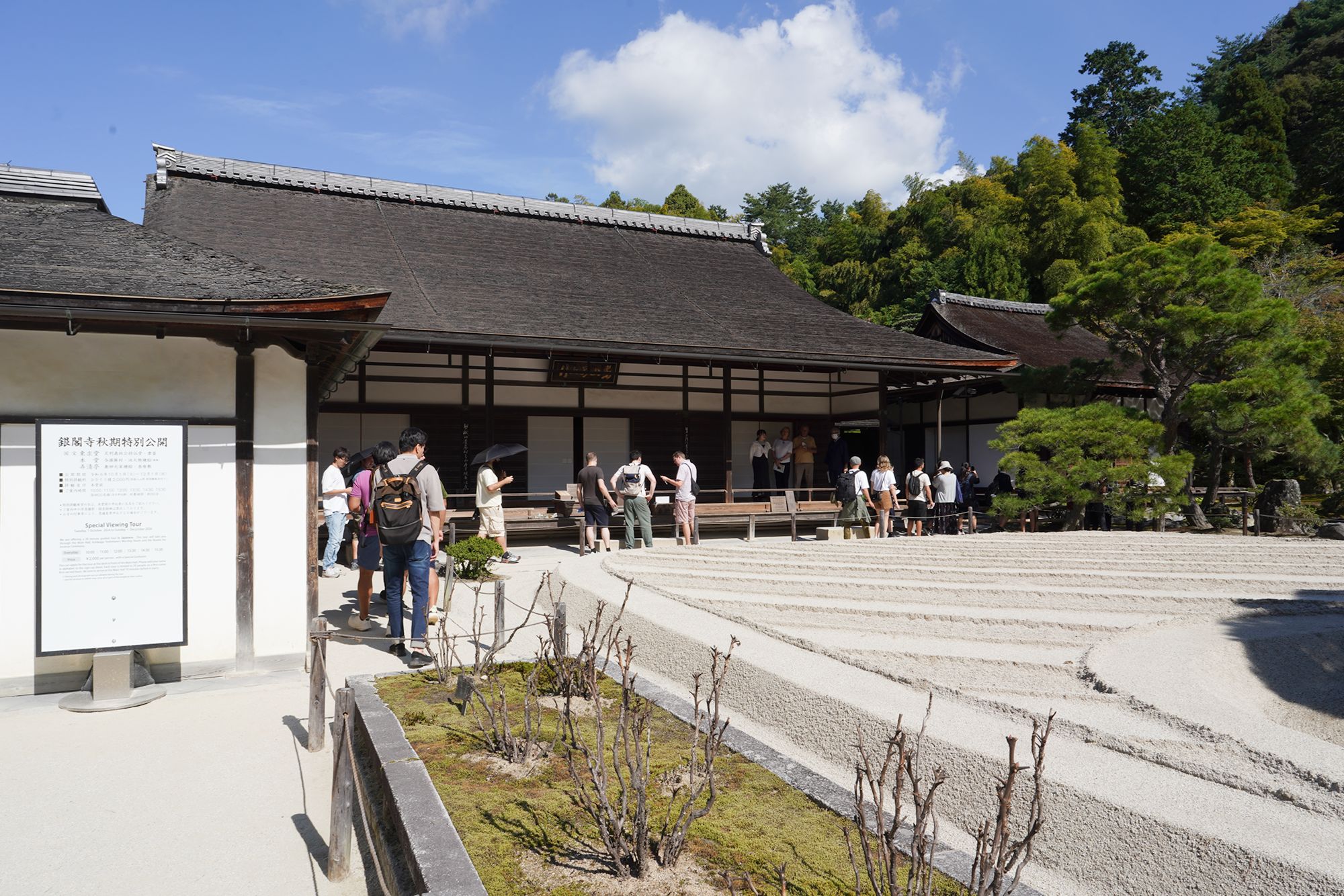
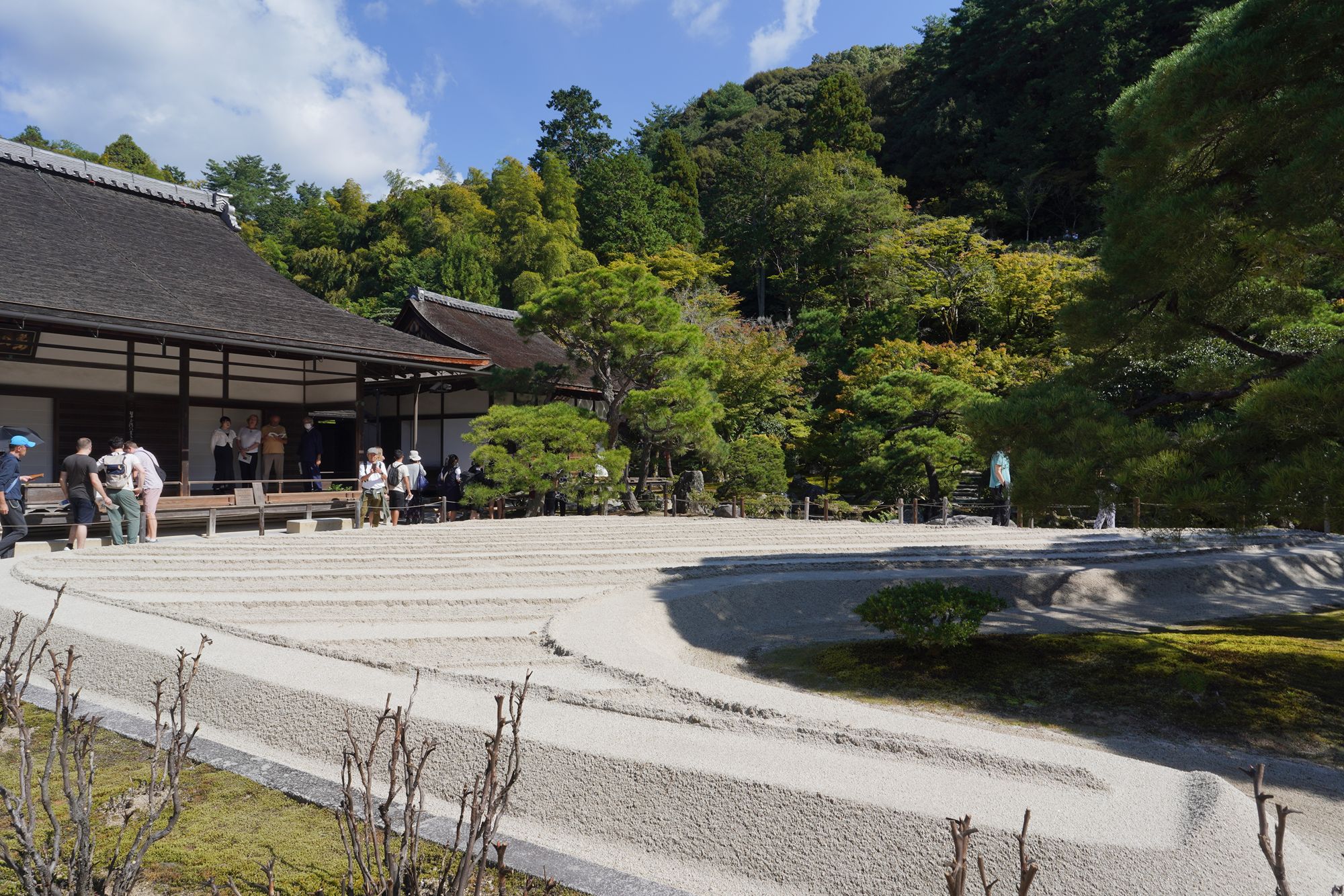
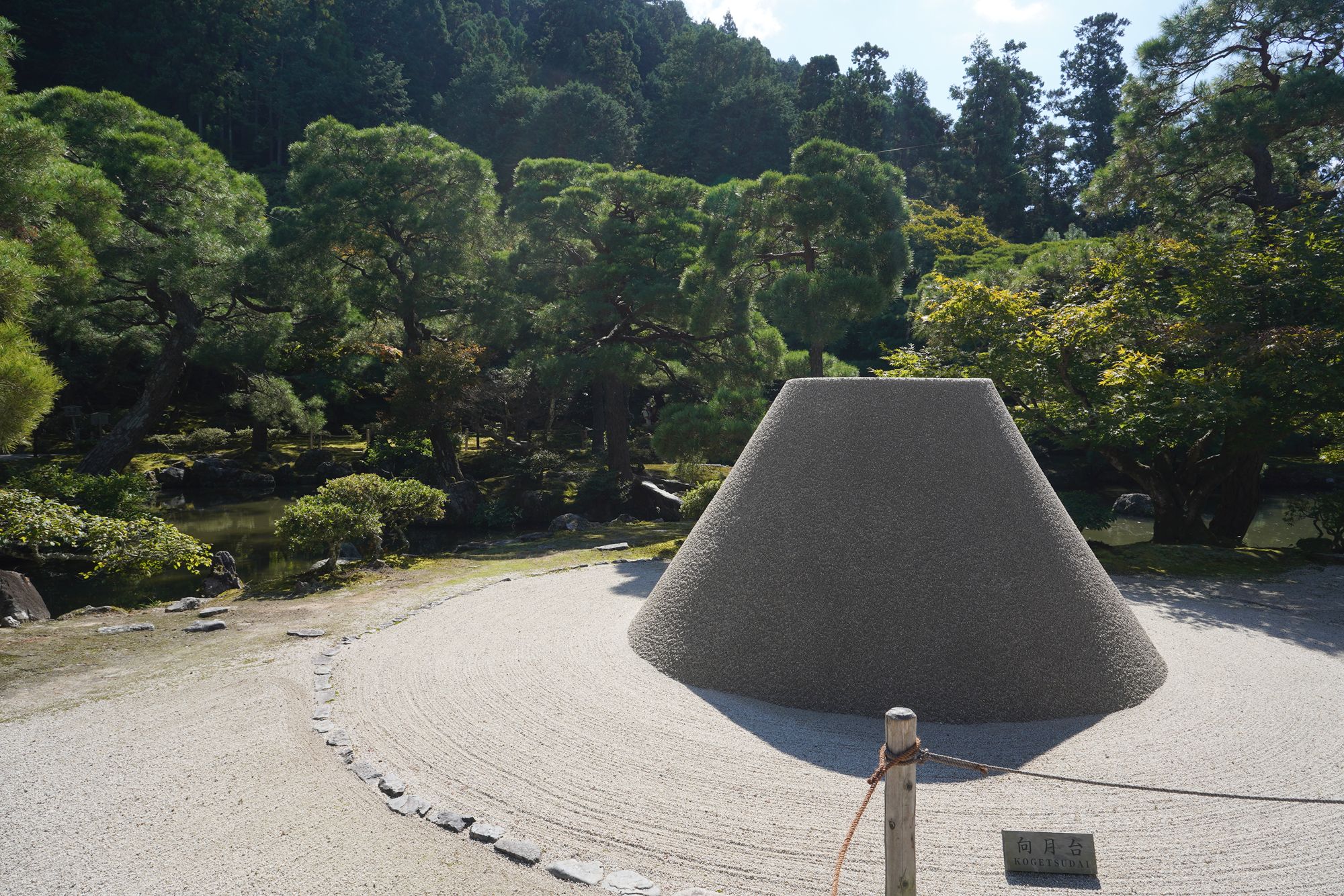
The opposite side of Jisho-ji Hojo (Abbot’s Quarters) is the Silver Pavilion.
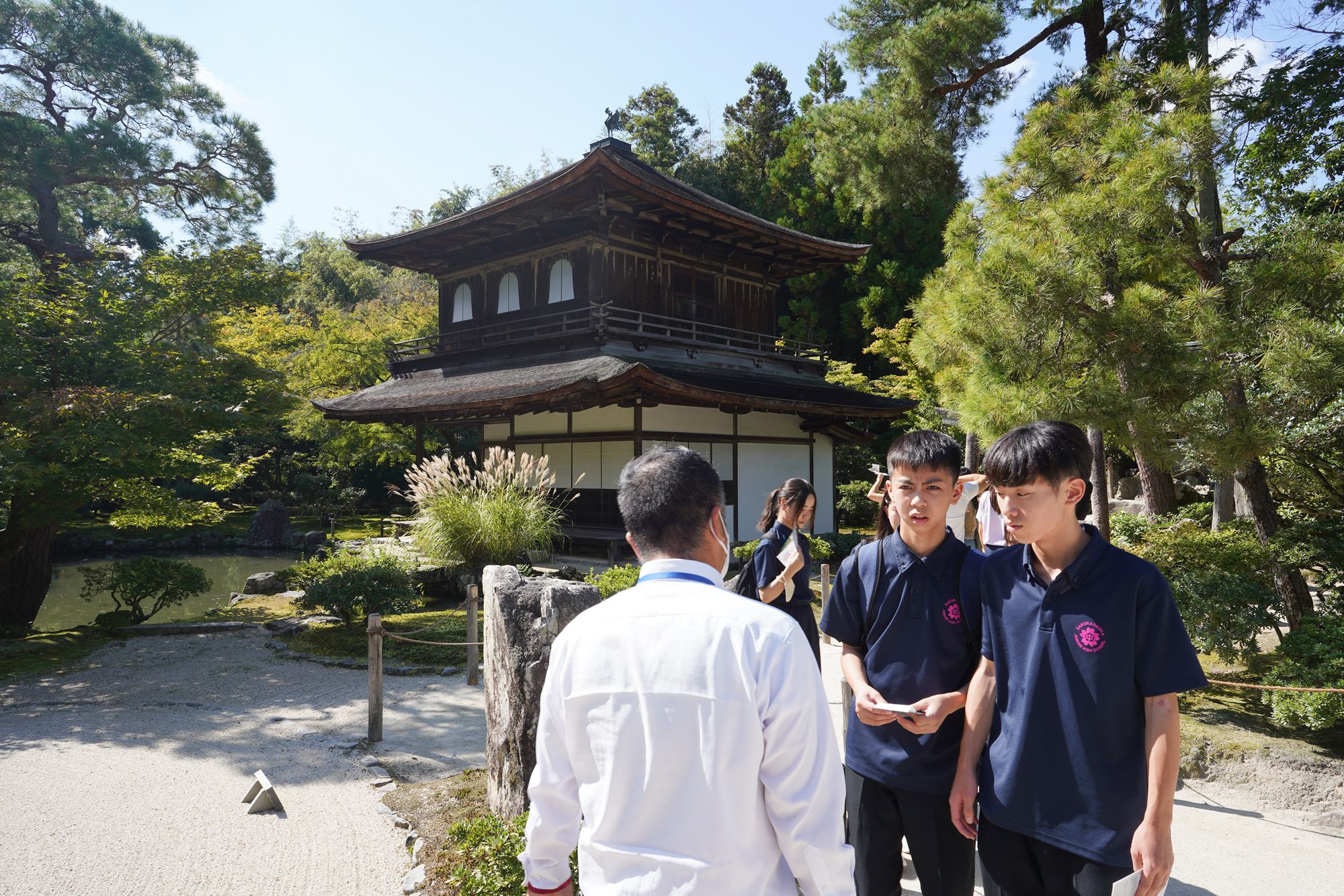
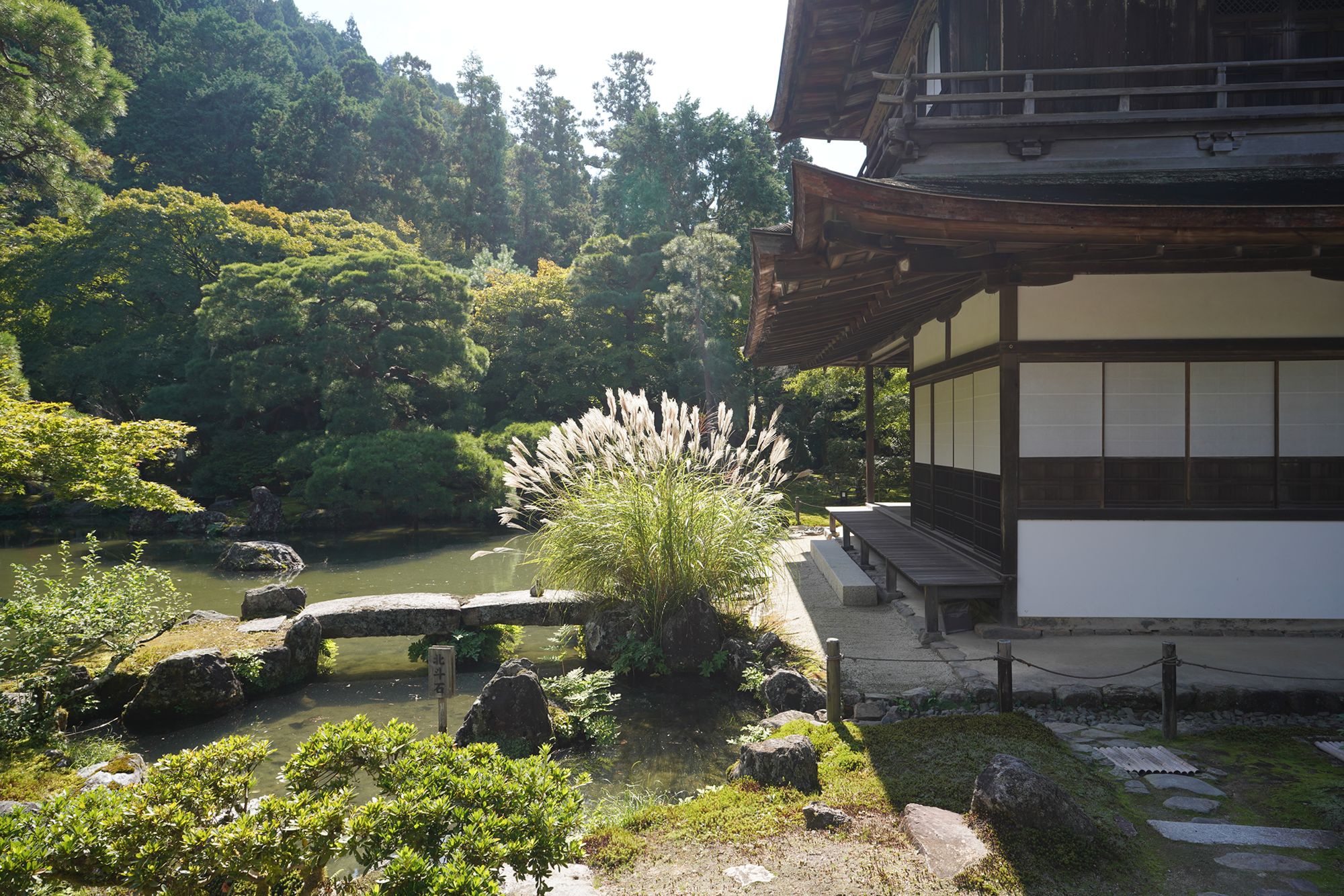
The Silver Pavilion (Ginkaku-ji) earned its name despite never being covered in silver. The name is believed to have originated during the Edo period when it was compared to the Golden Pavilion (Kinkaku-ji). Some say the moonlight reflecting on its dark exterior gave it a silvery appearance, while others suggest the name reflects the shogun’s intention to eventually coat it in silver, though this was never realized.
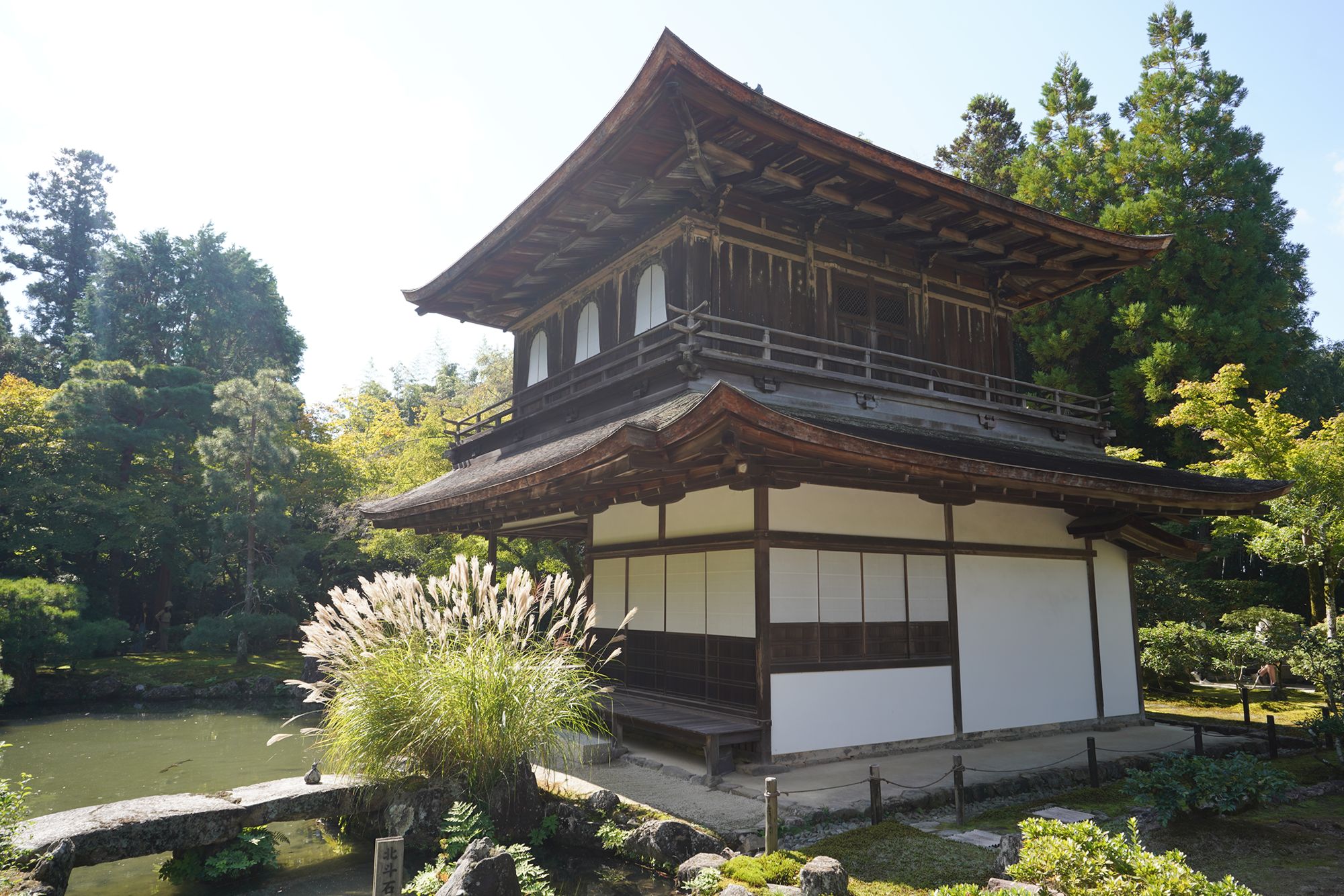
Came back to Jisho-ji Hojo (Abbot’s Quarters)
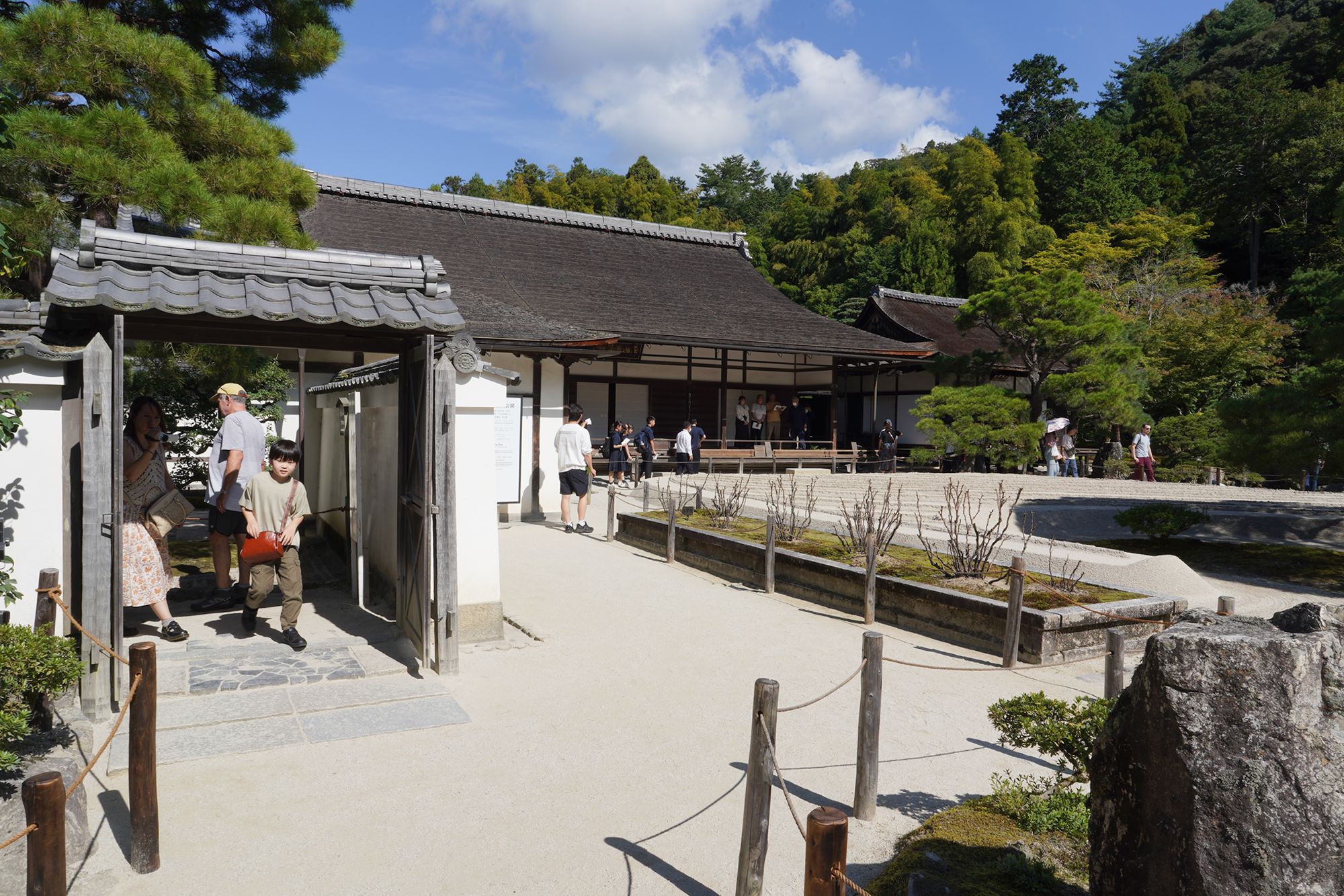
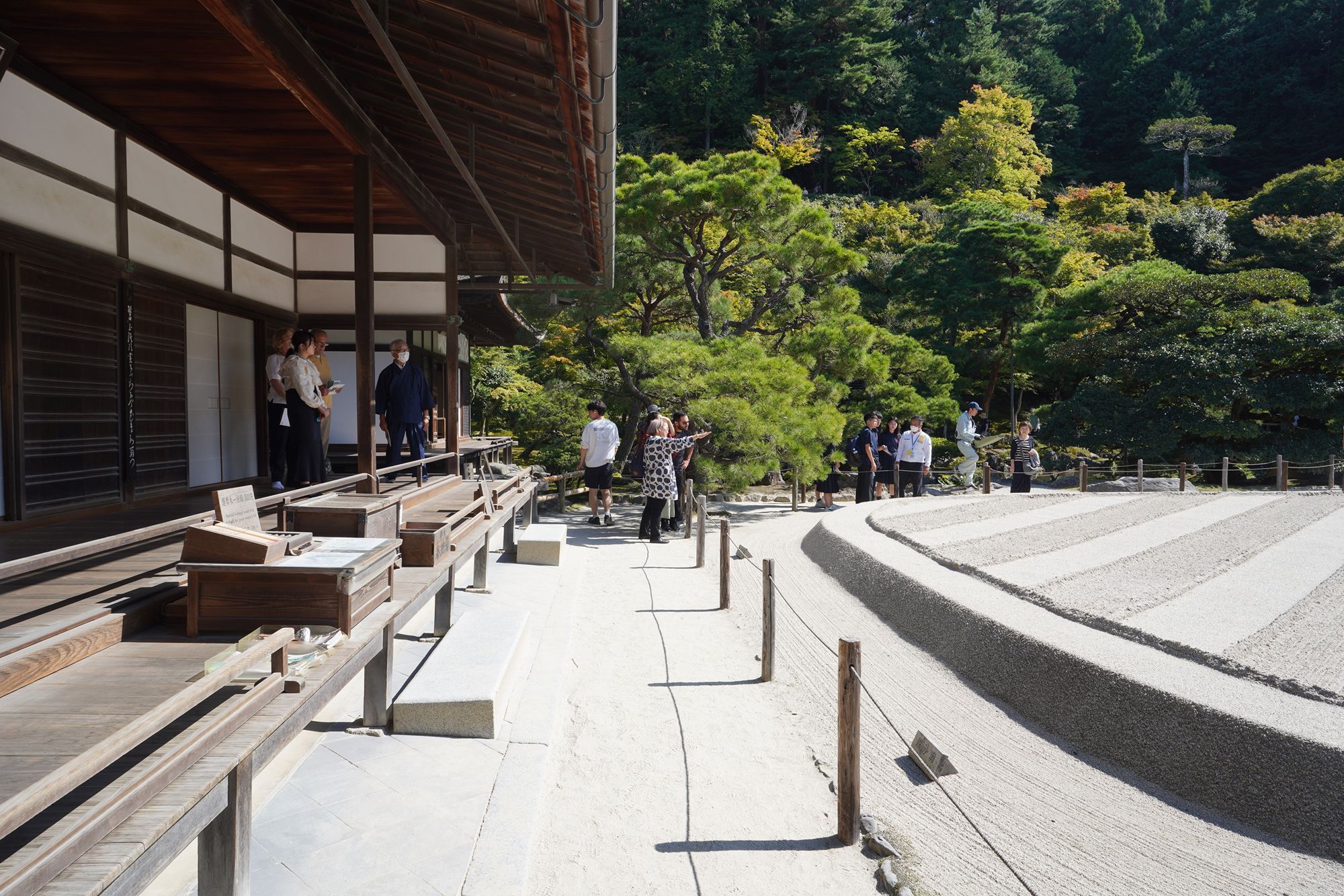
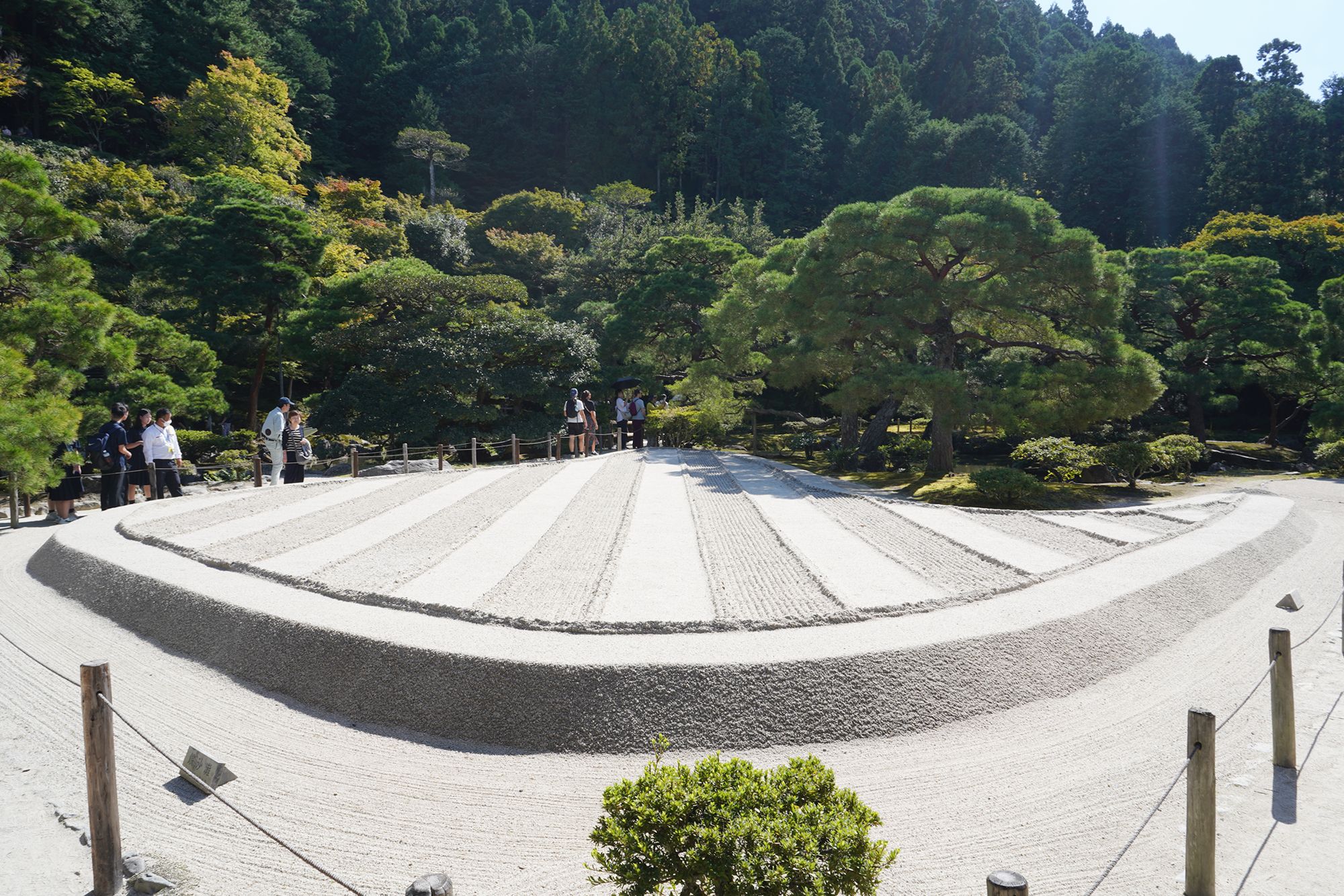
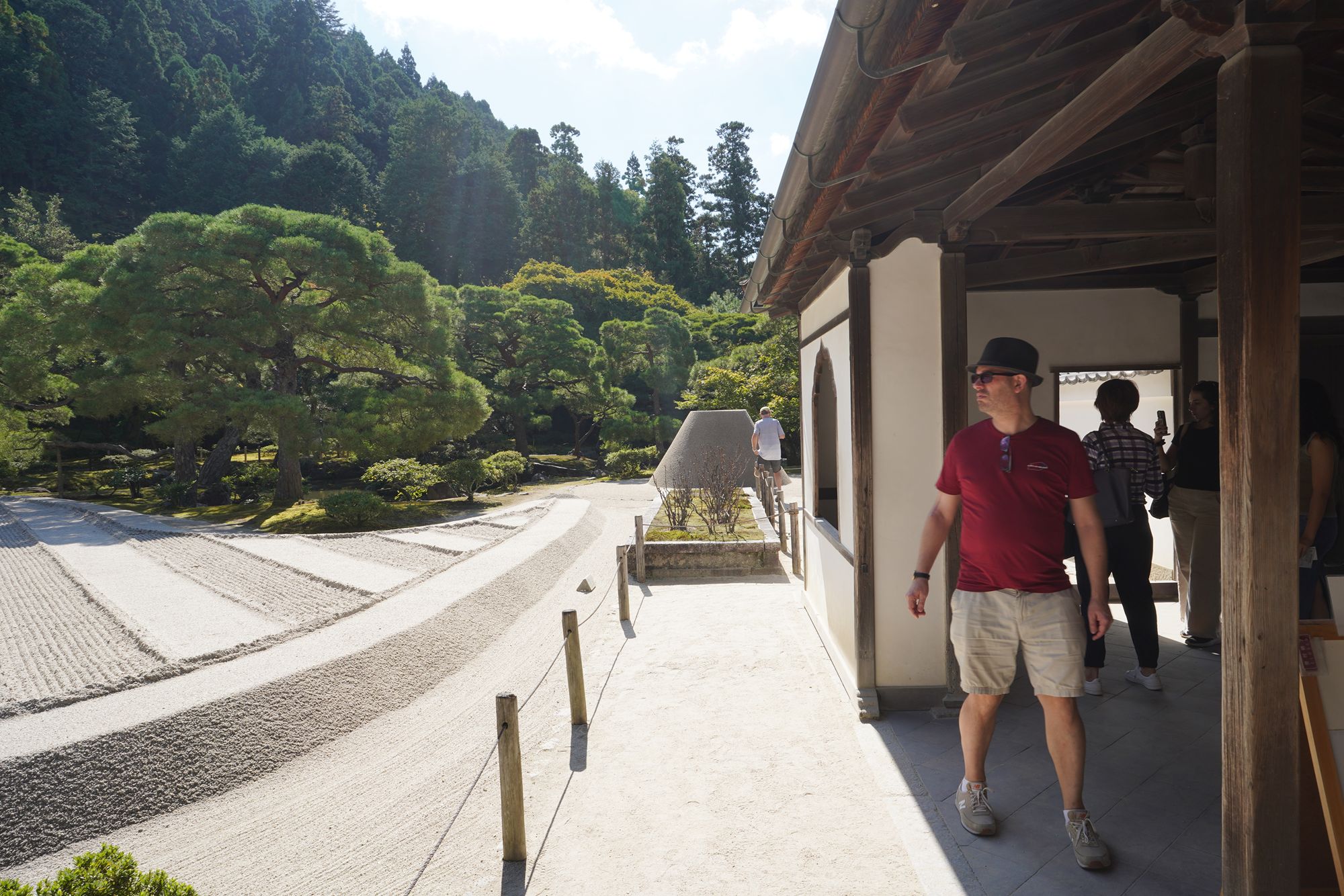
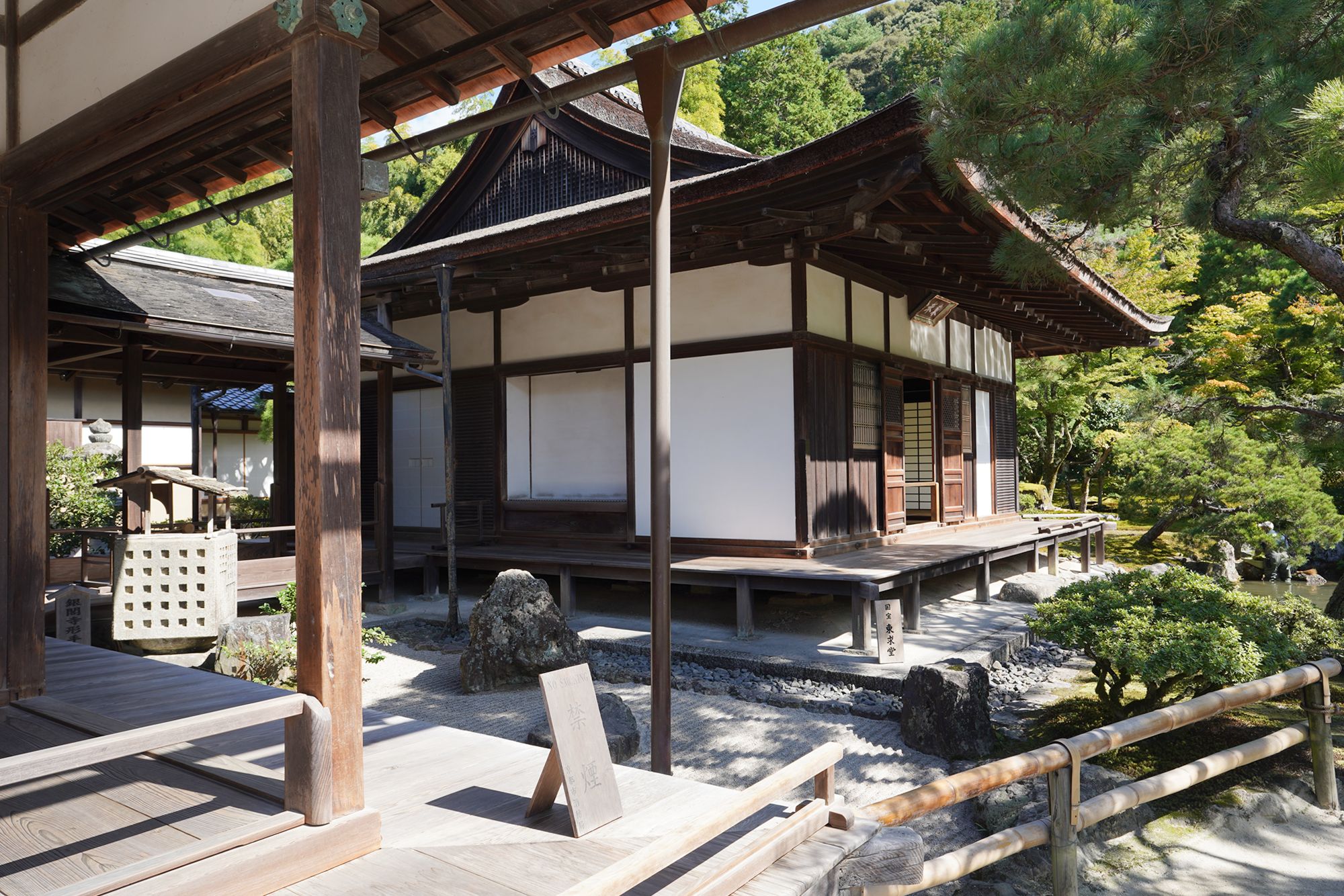
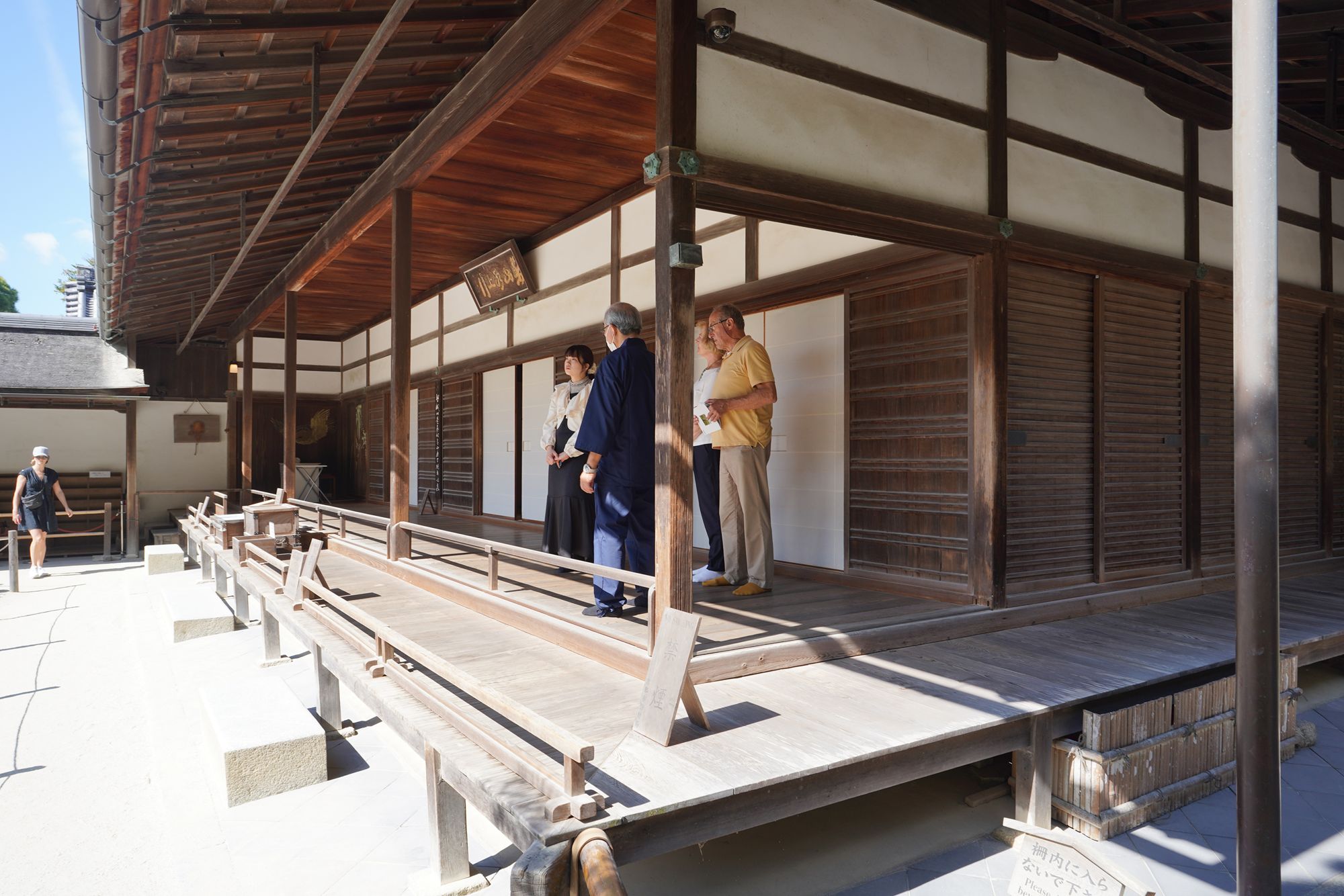
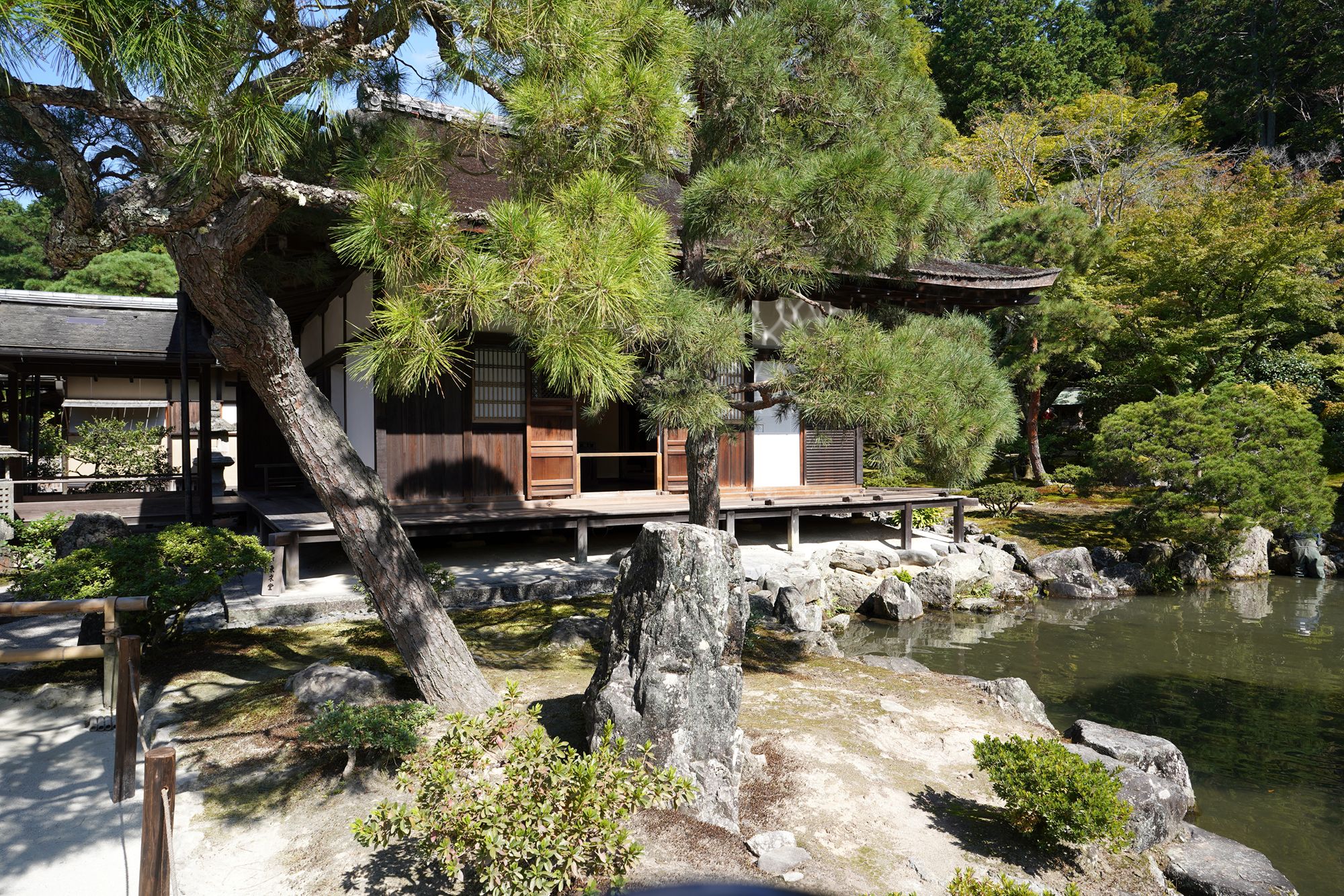
Ginkaku-ji, also known as the Silver Pavilion or Higashiyama Jisho-ji, is a Zen temple in Kyoto, originally built in 1482 by Shogun Ashikaga Yoshimasa as a retirement villa. Later converted into a temple, it exemplifies the Higashiyama Culture, blending elements of Zen Buddhism, art, and aesthetics.
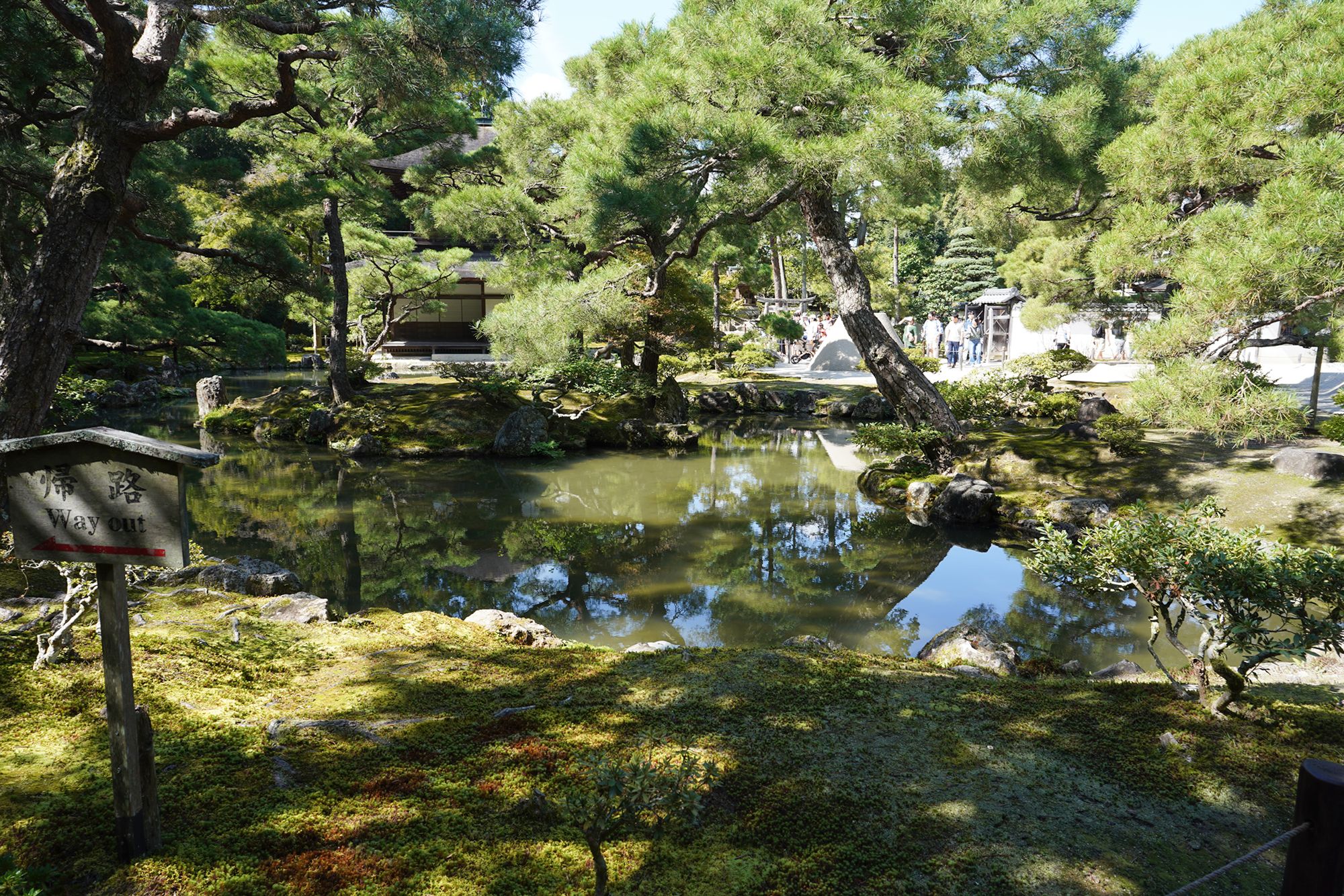
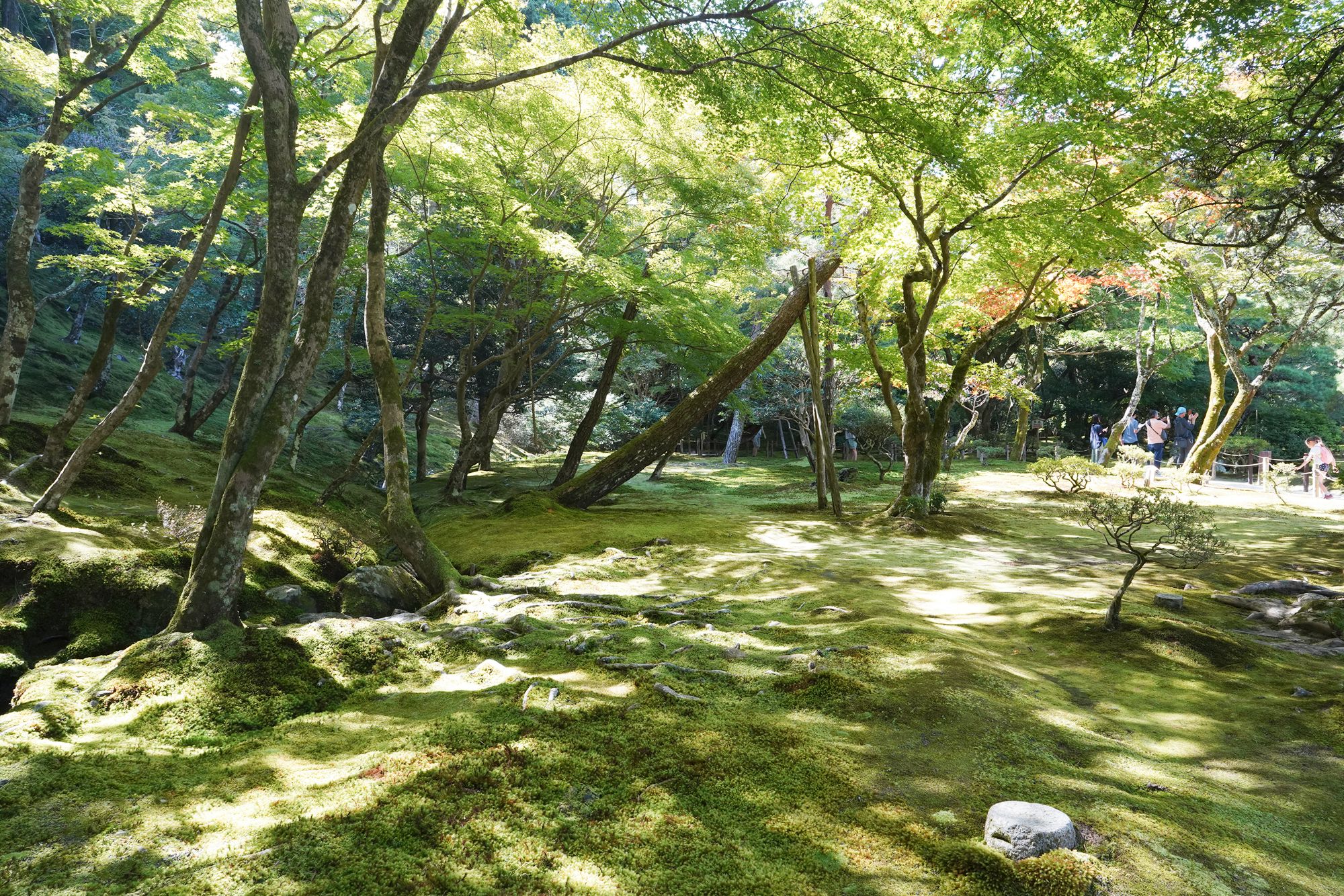
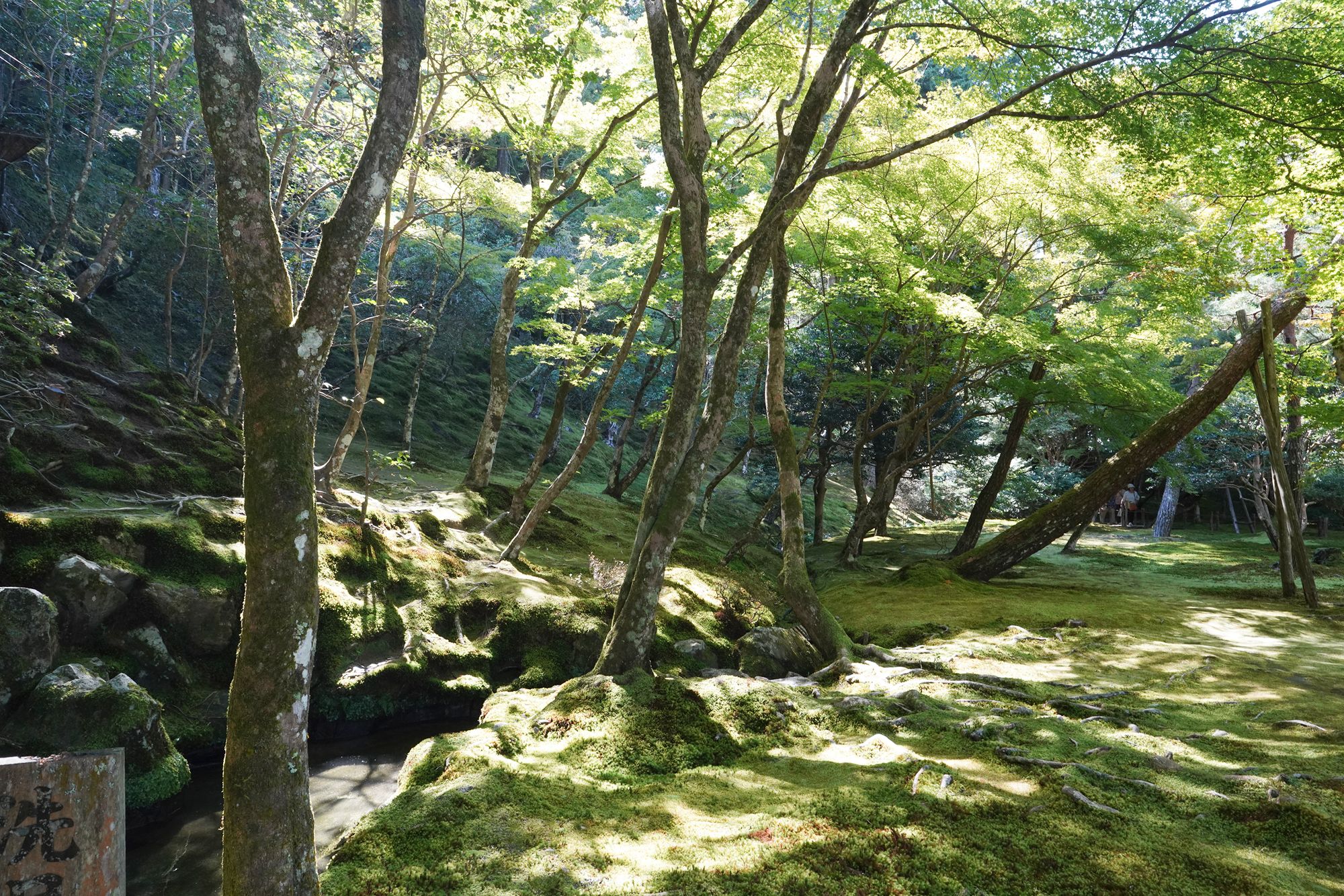
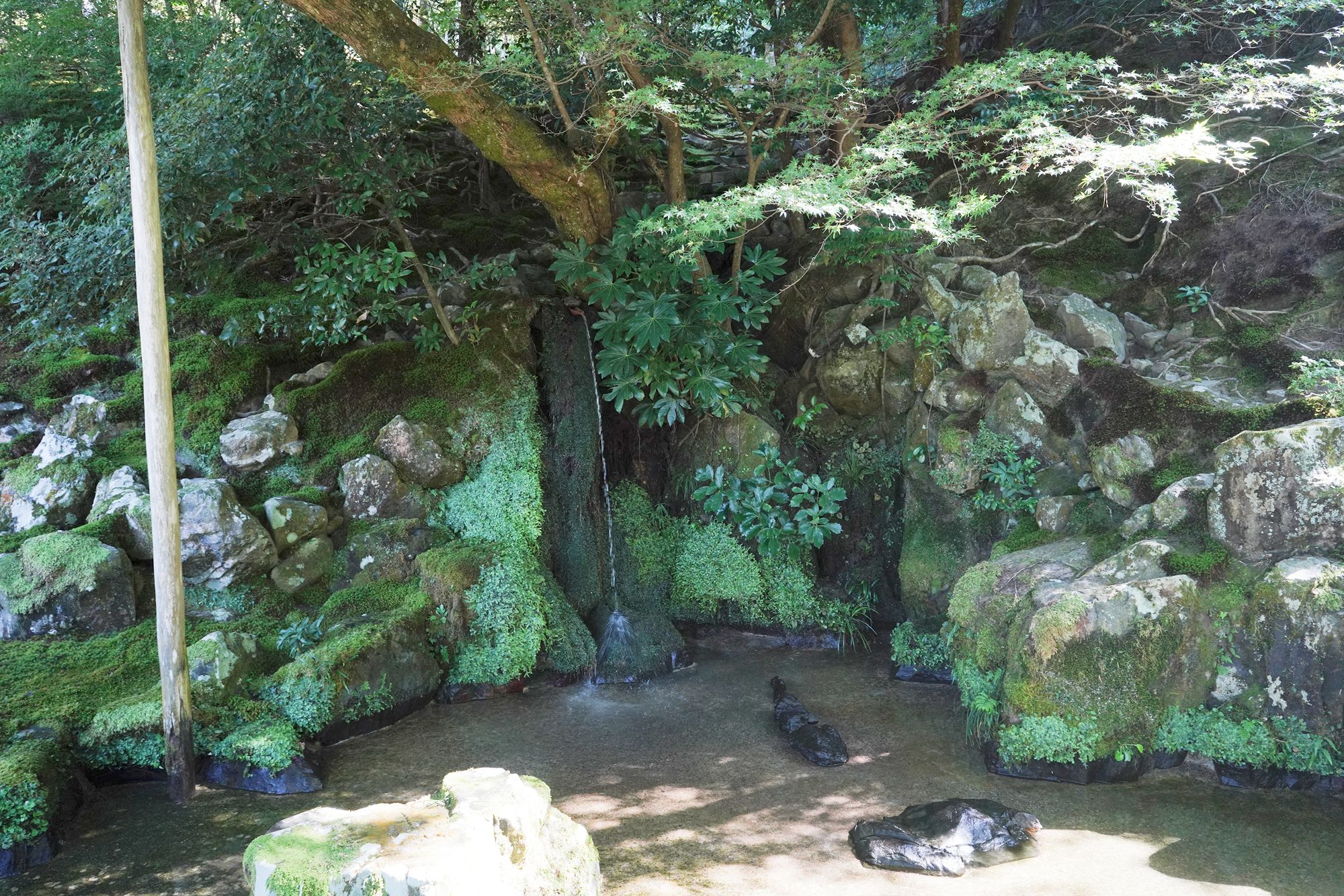
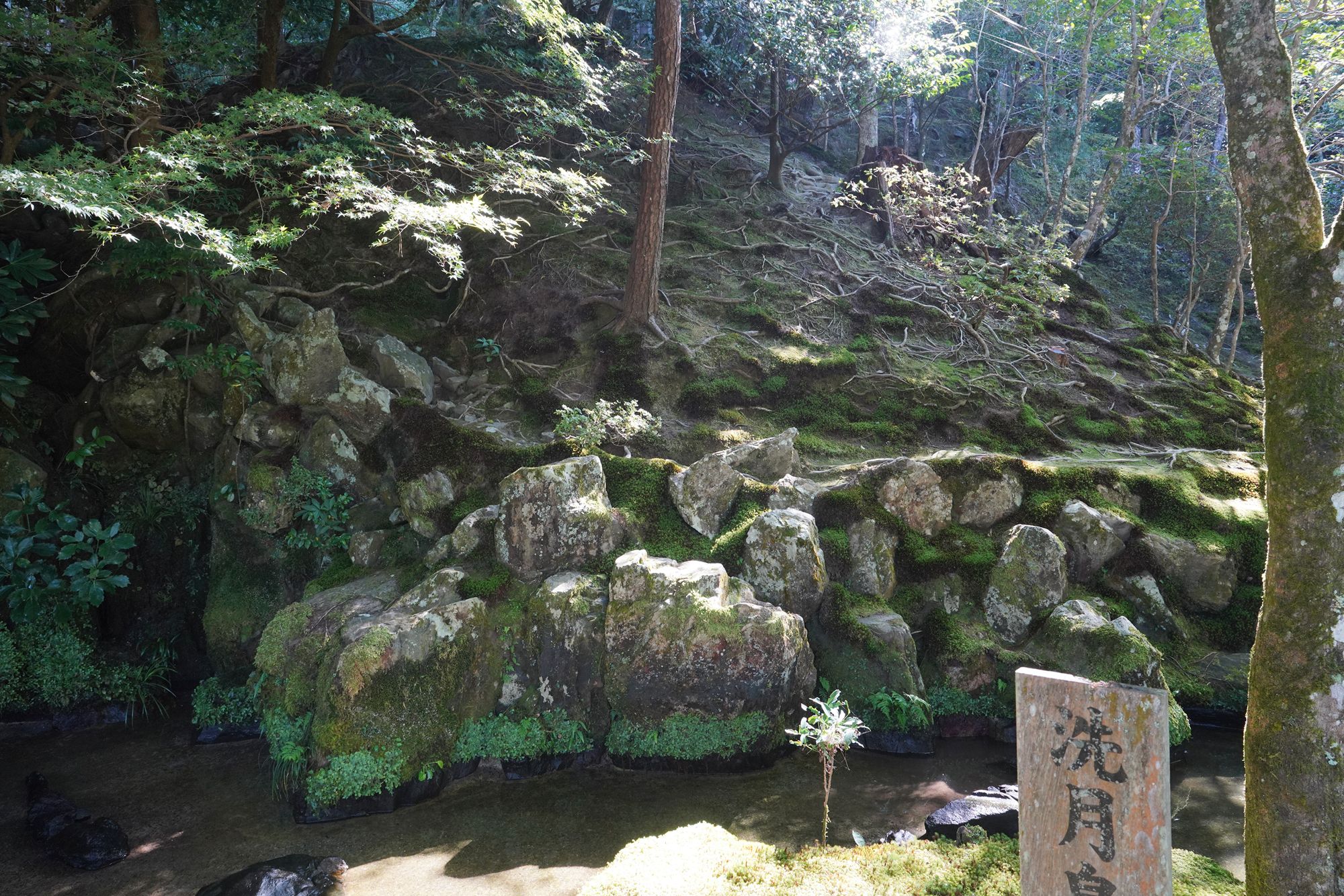
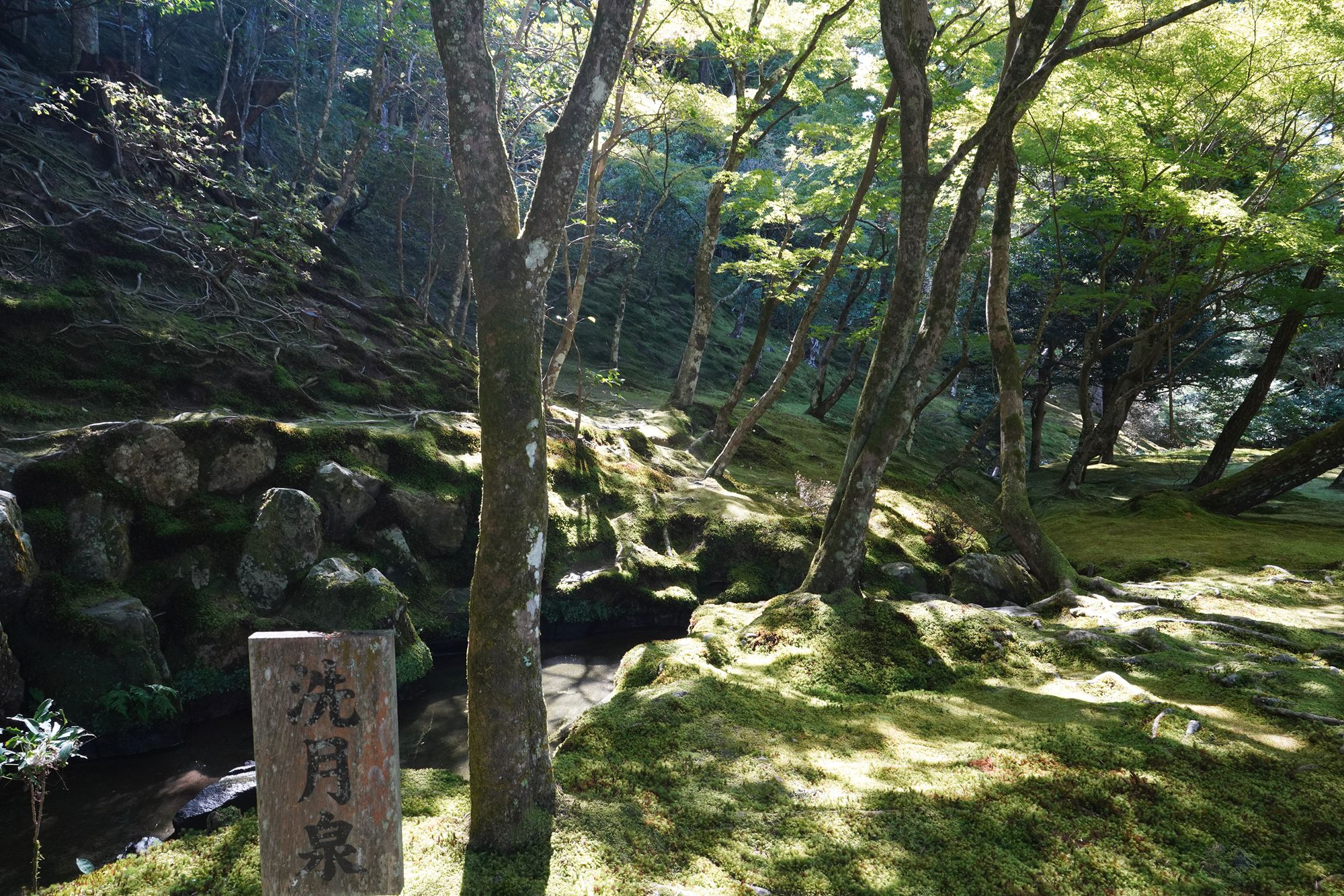
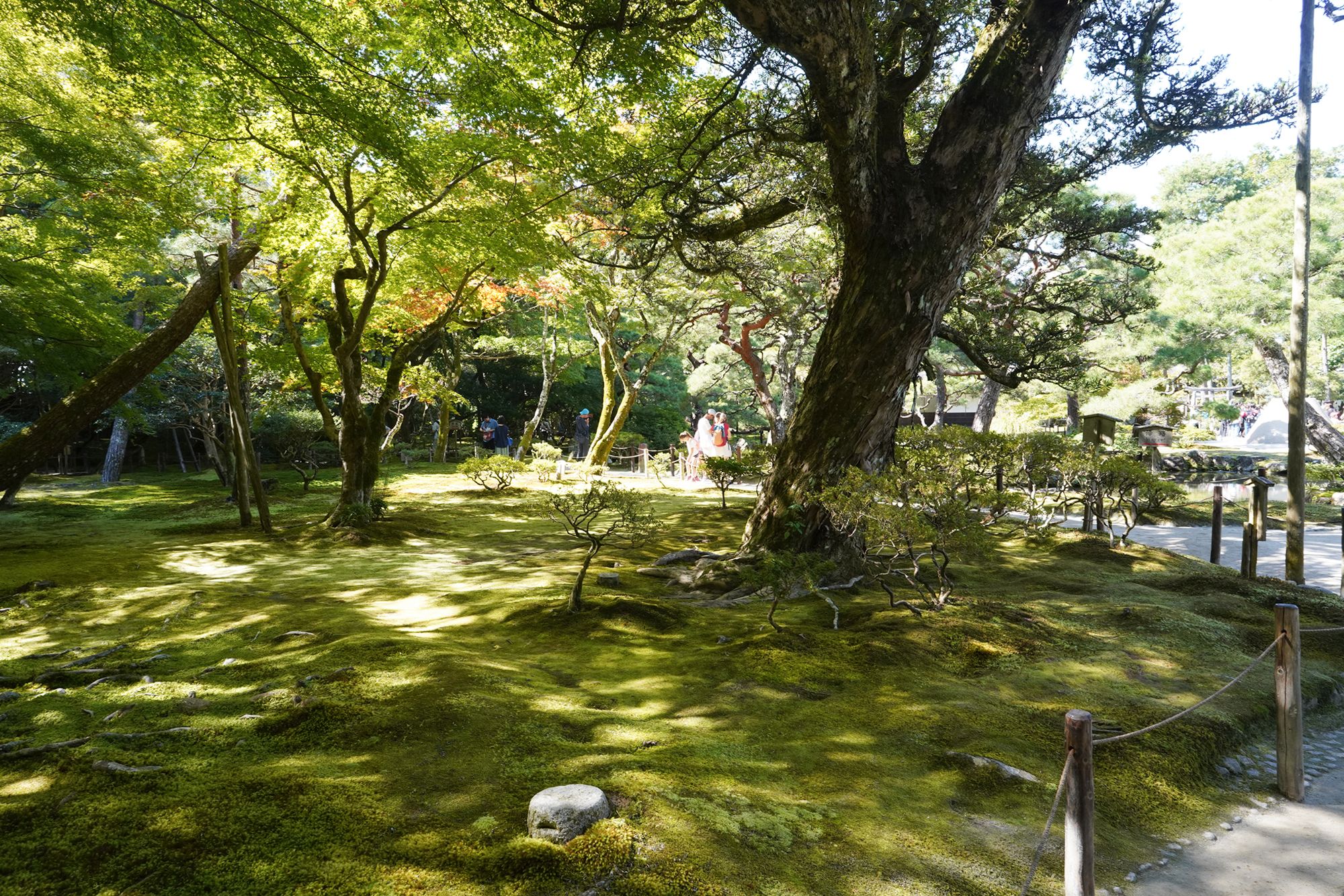
Despite its name, the pavilion was never coated in silver, contrasting its counterpart, the Golden Pavilion (Kinkaku-ji). The temple is renowned for its elegant architecture, minimalist design, and tranquil Japanese gardens, including the meticulously raked sand garden, Ginshadan, symbolizing waves, and the moss garden with a pond. Ginkaku-ji reflects the simplicity and understated beauty of the wabi-sabi aesthetic. It is a UNESCO World Heritage Site and a popular symbol of Kyoto’s cultural heritage.
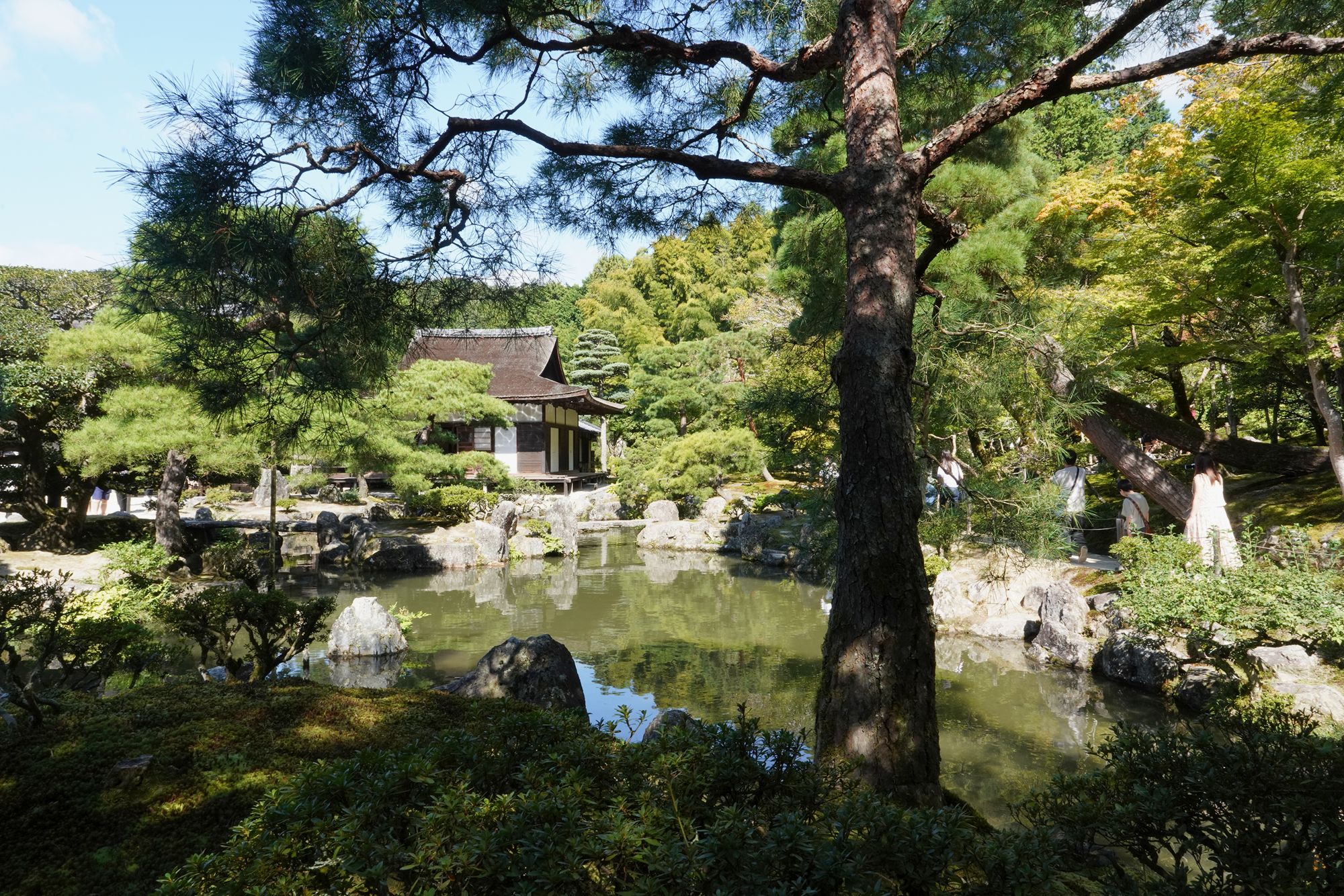
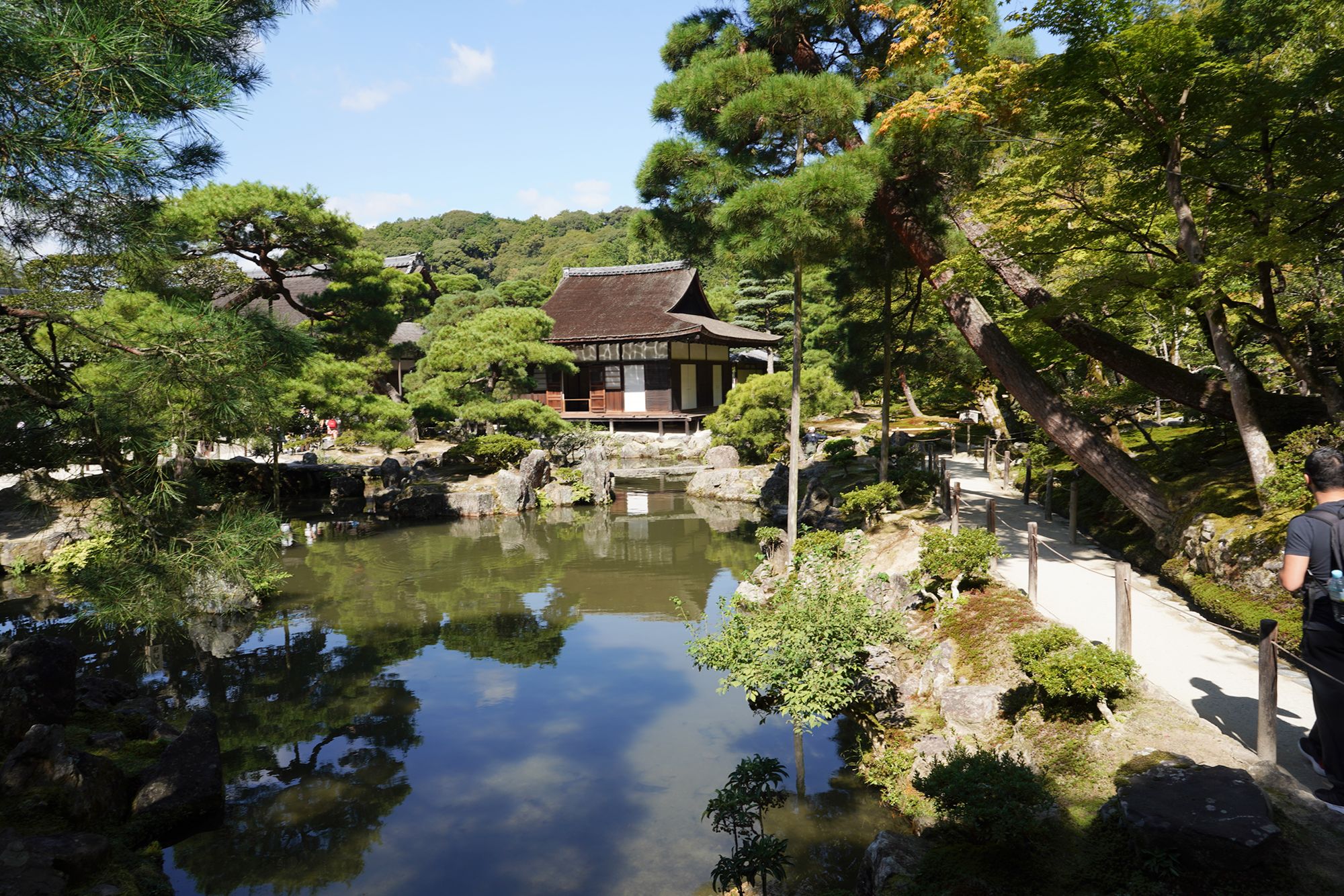
The temple site features a hill that offers a vantage point overlooking the area.
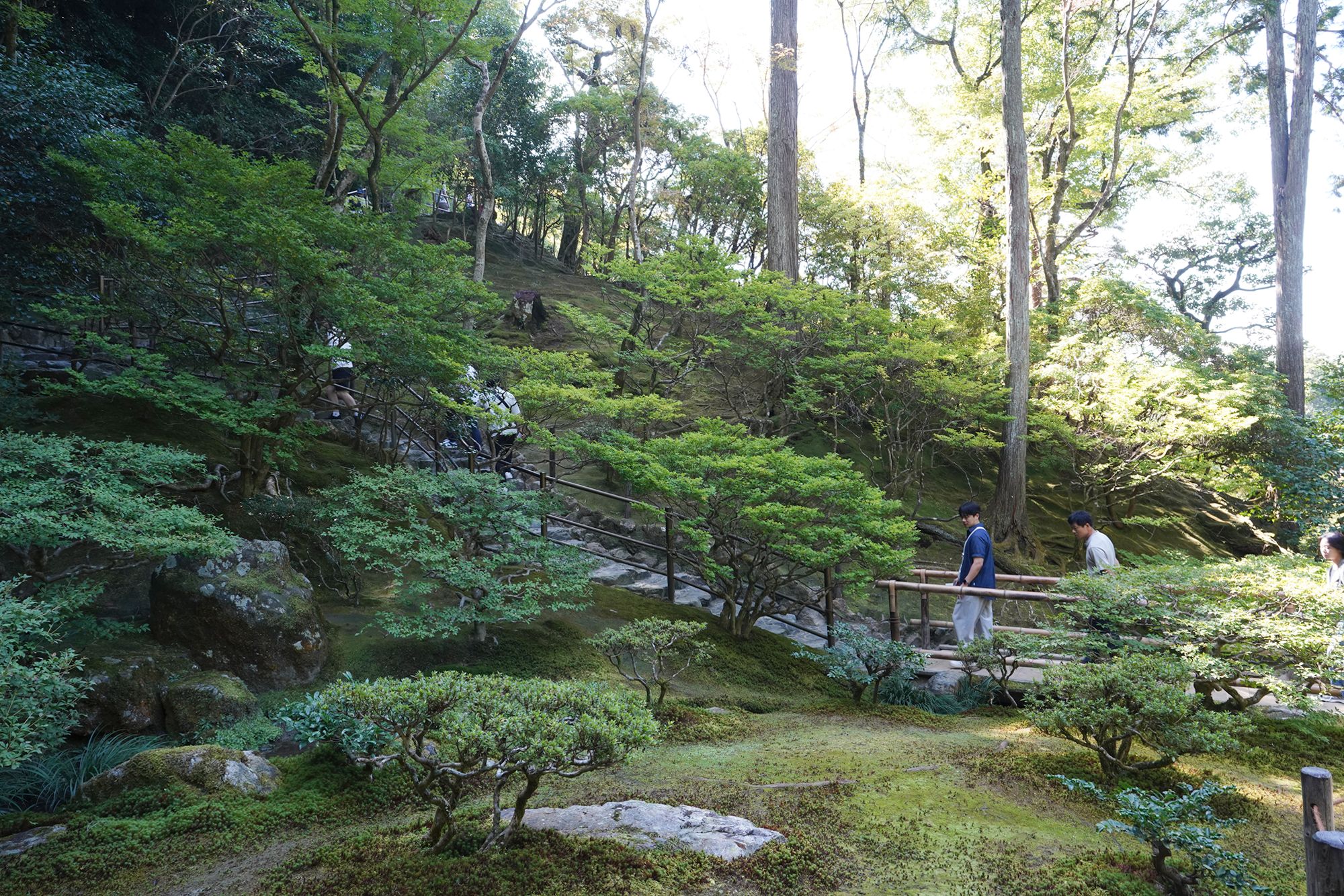
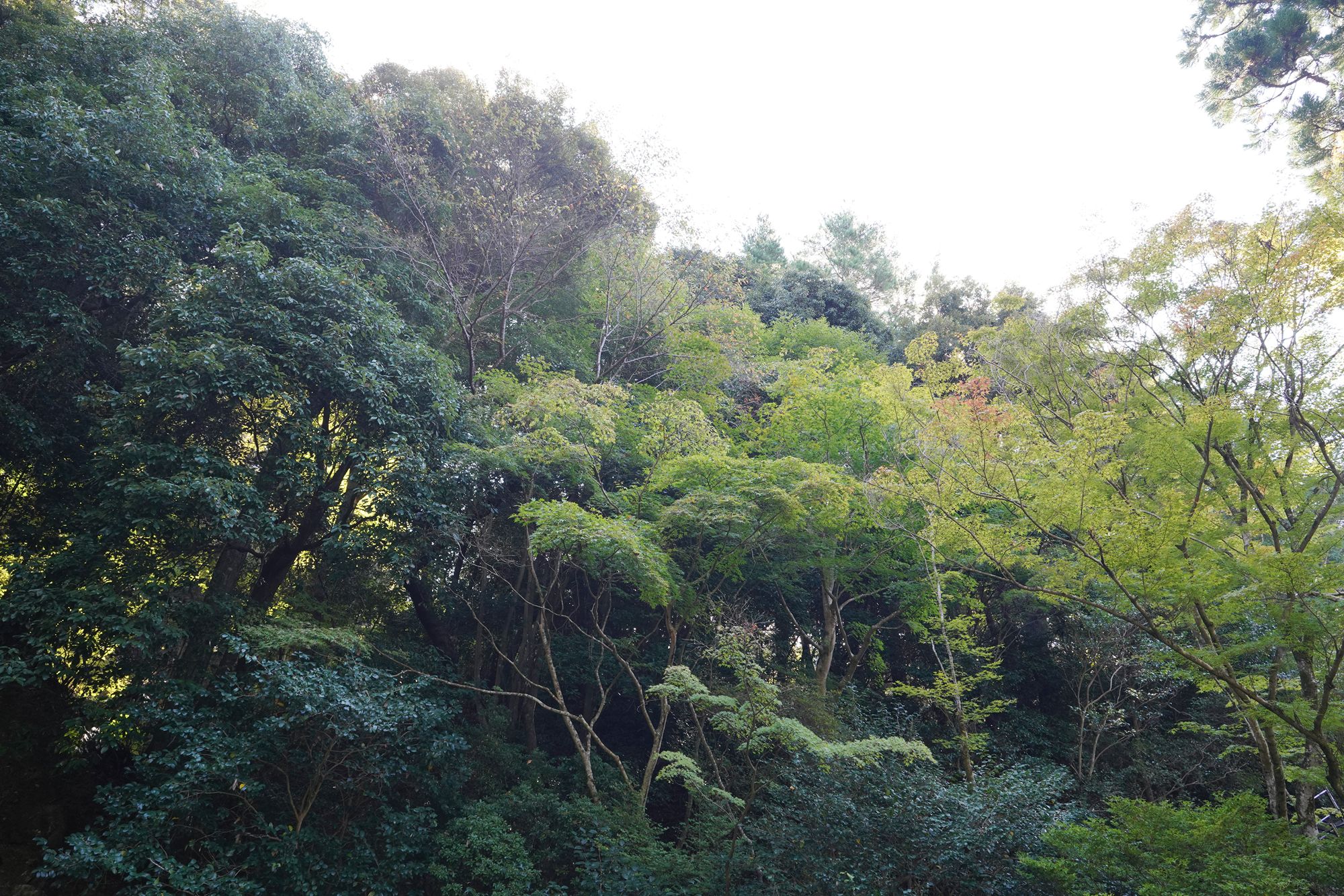
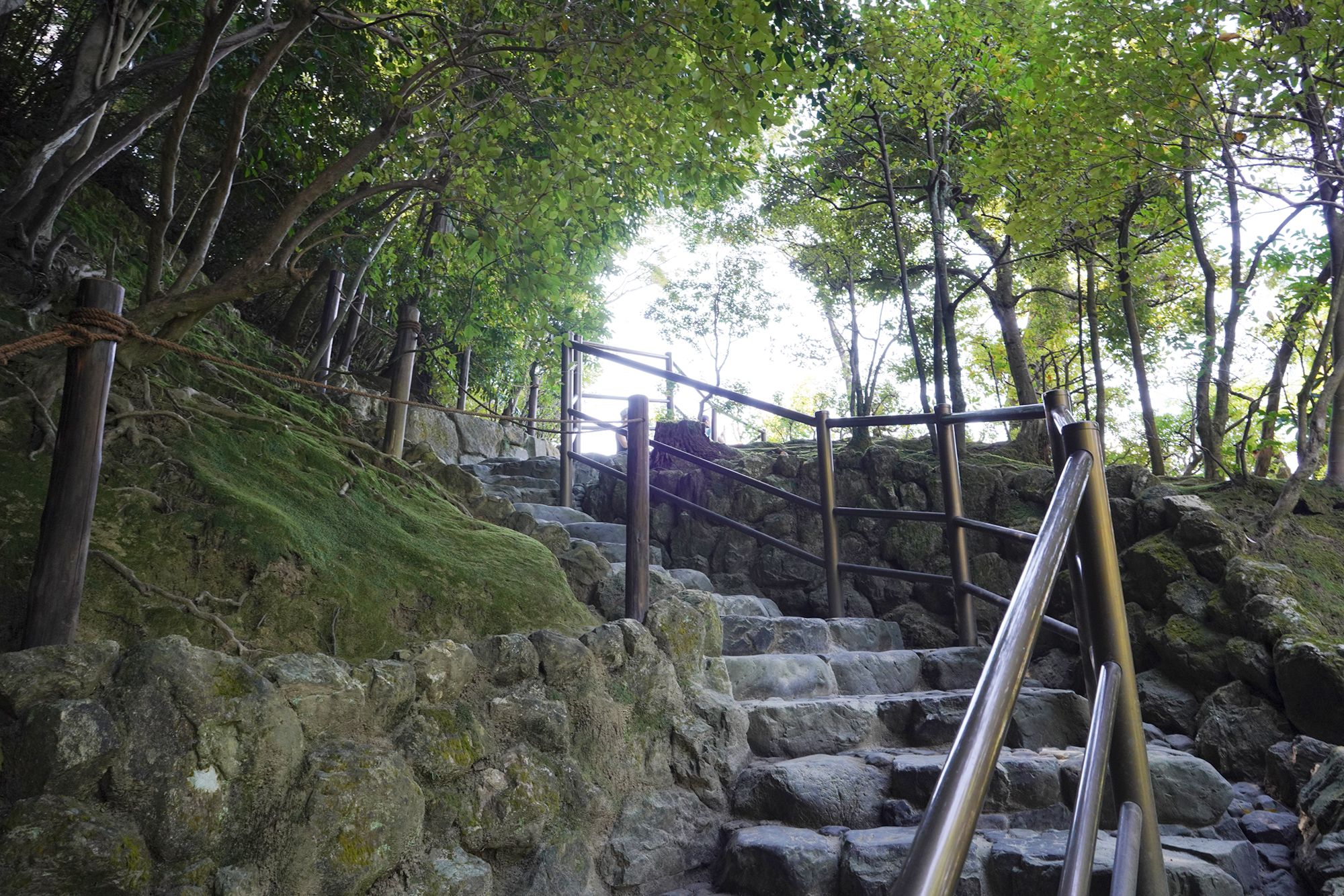
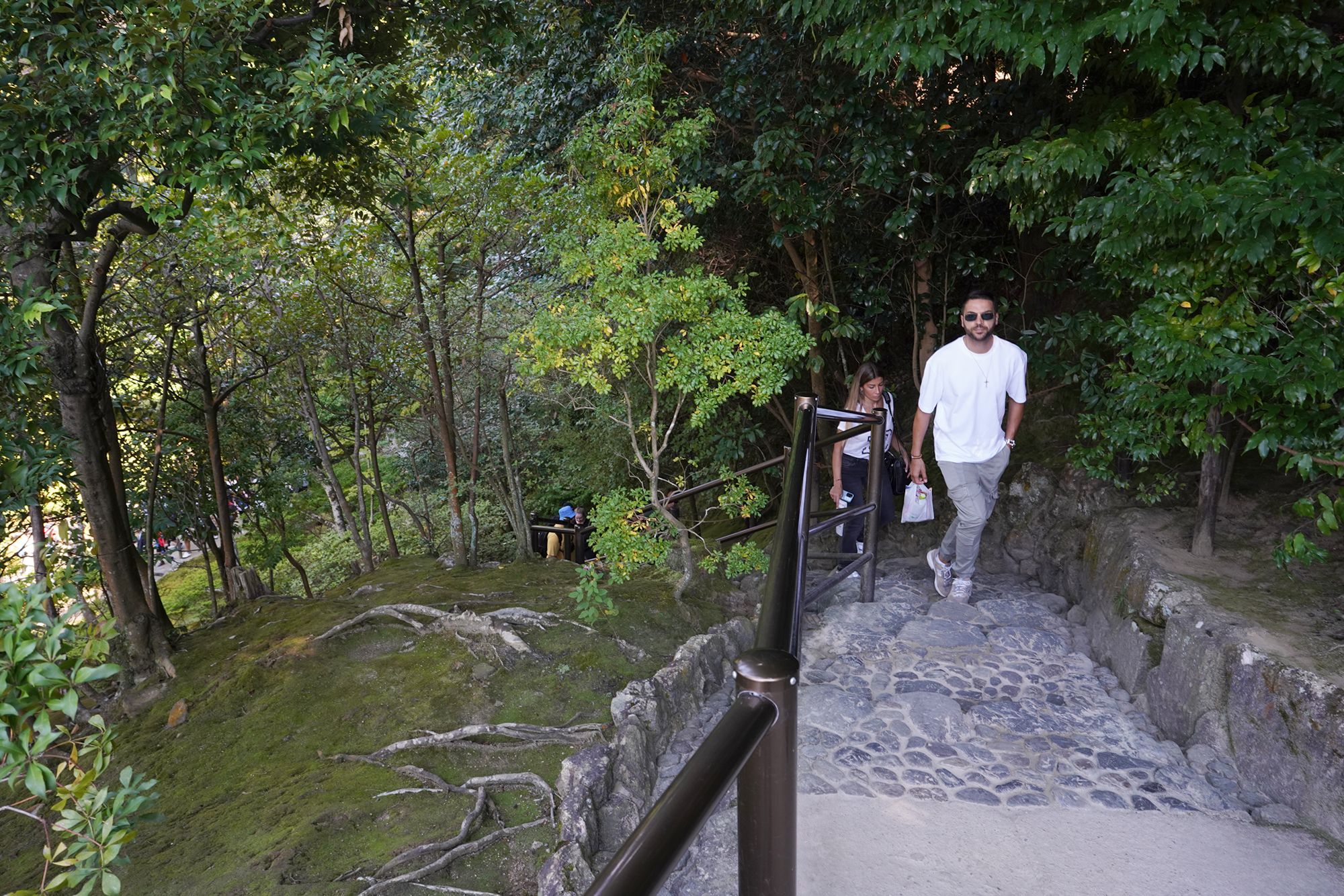
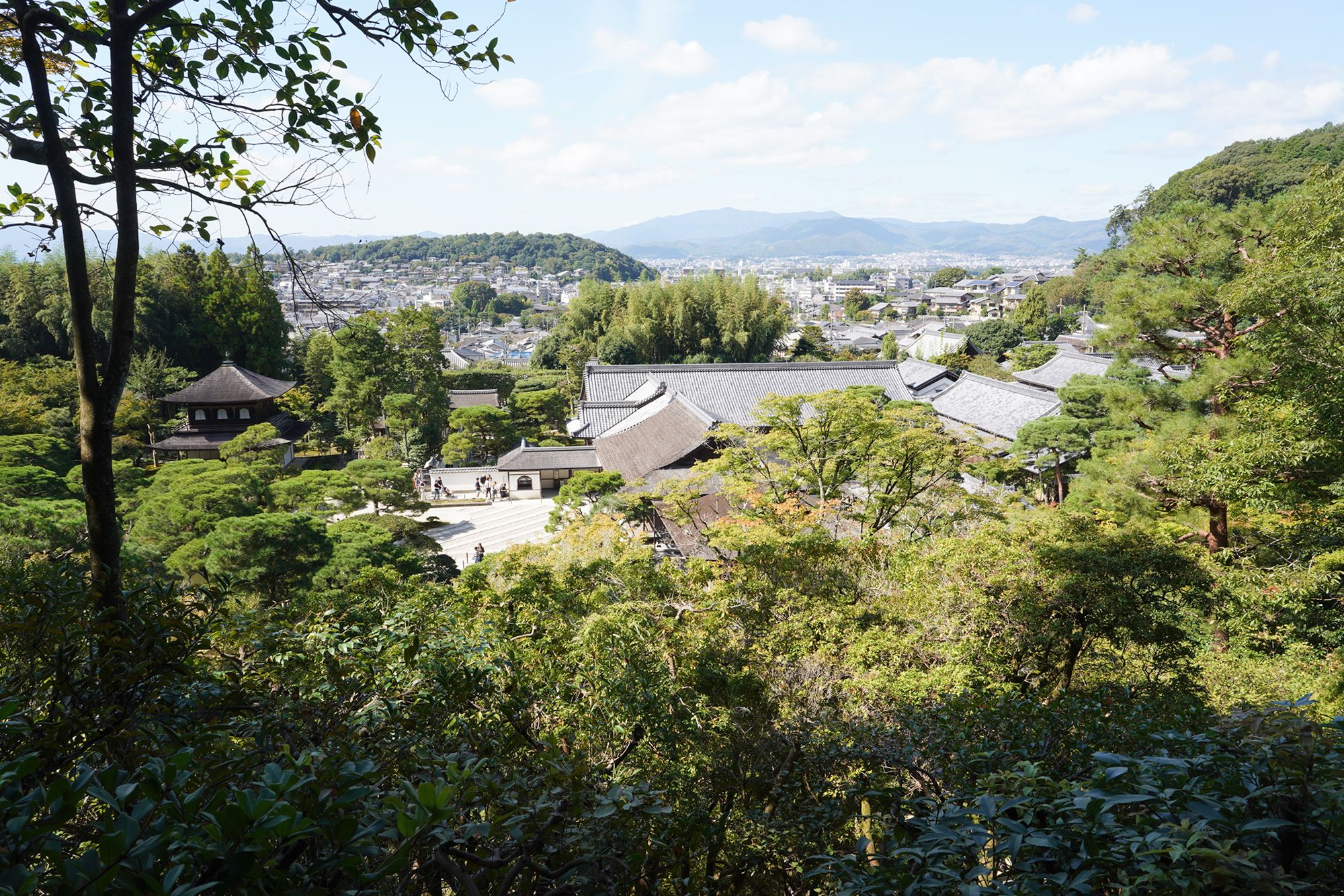
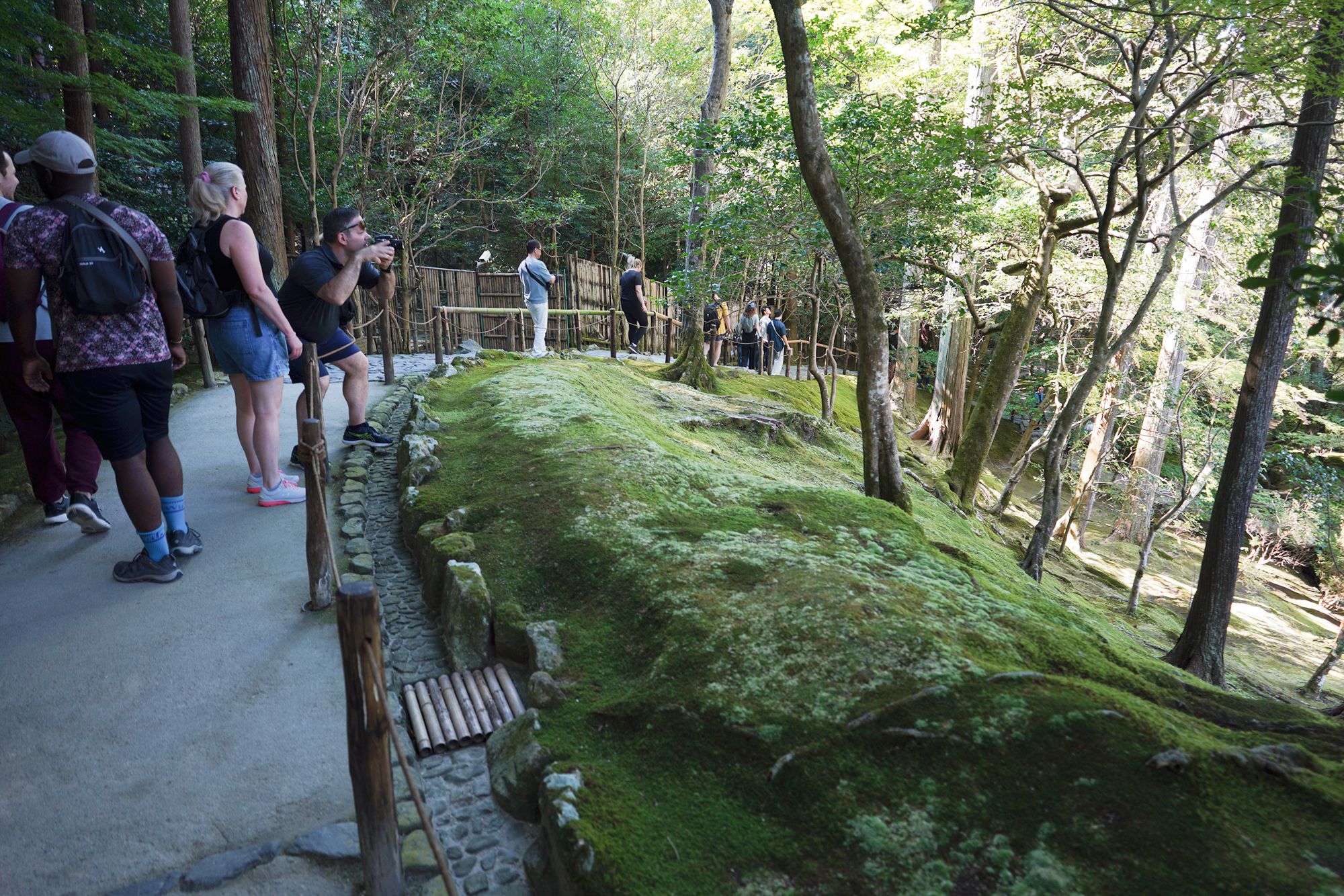
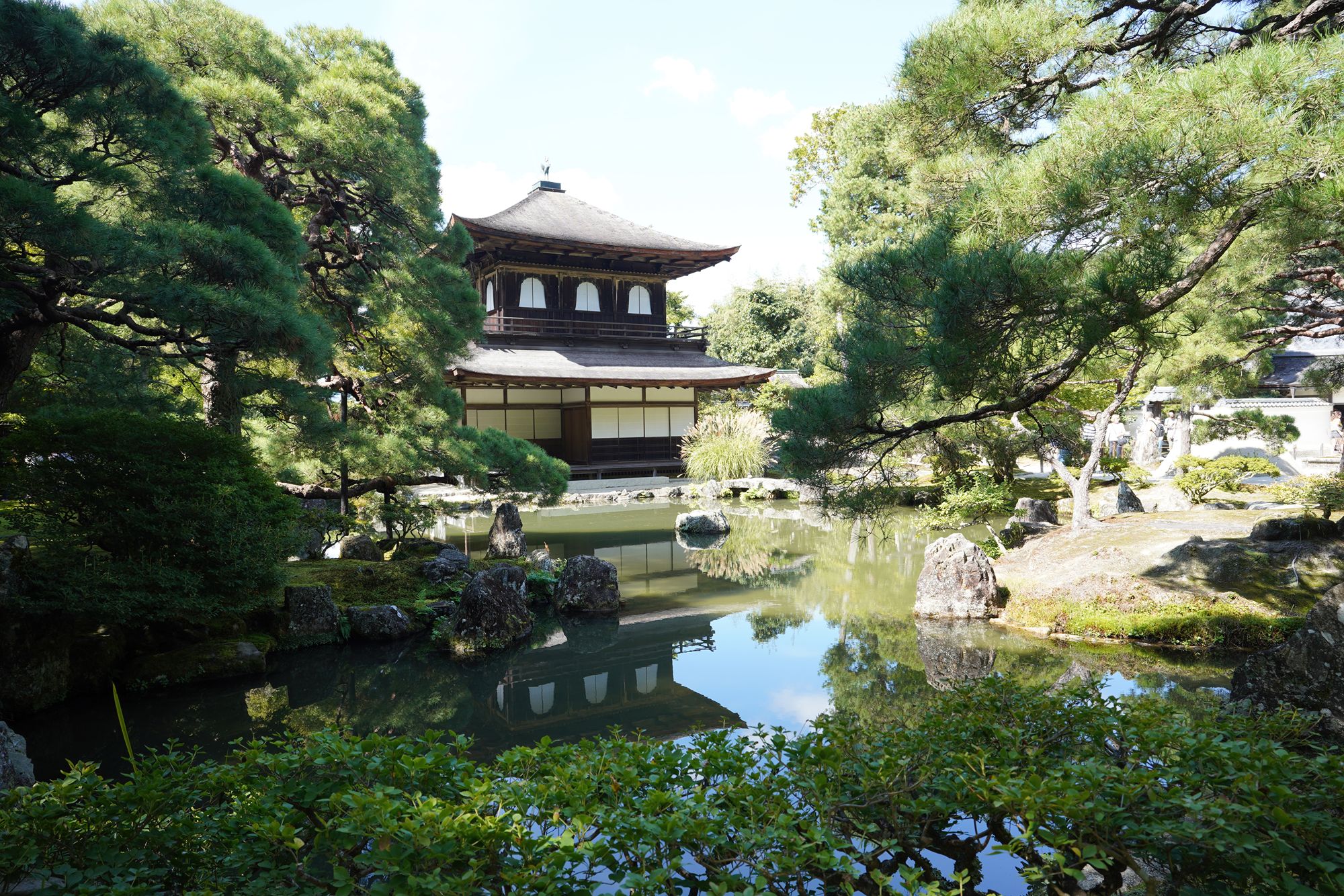
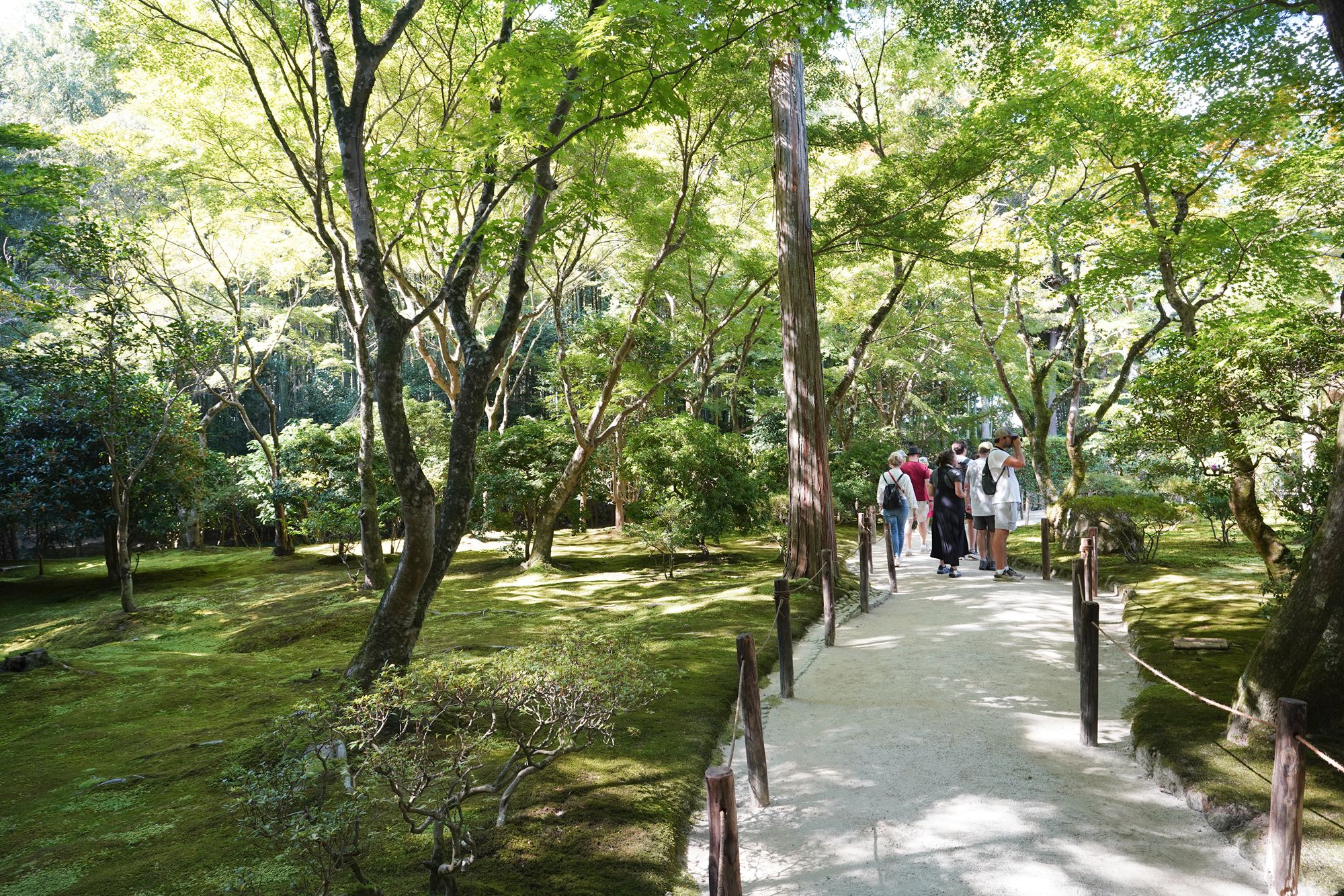
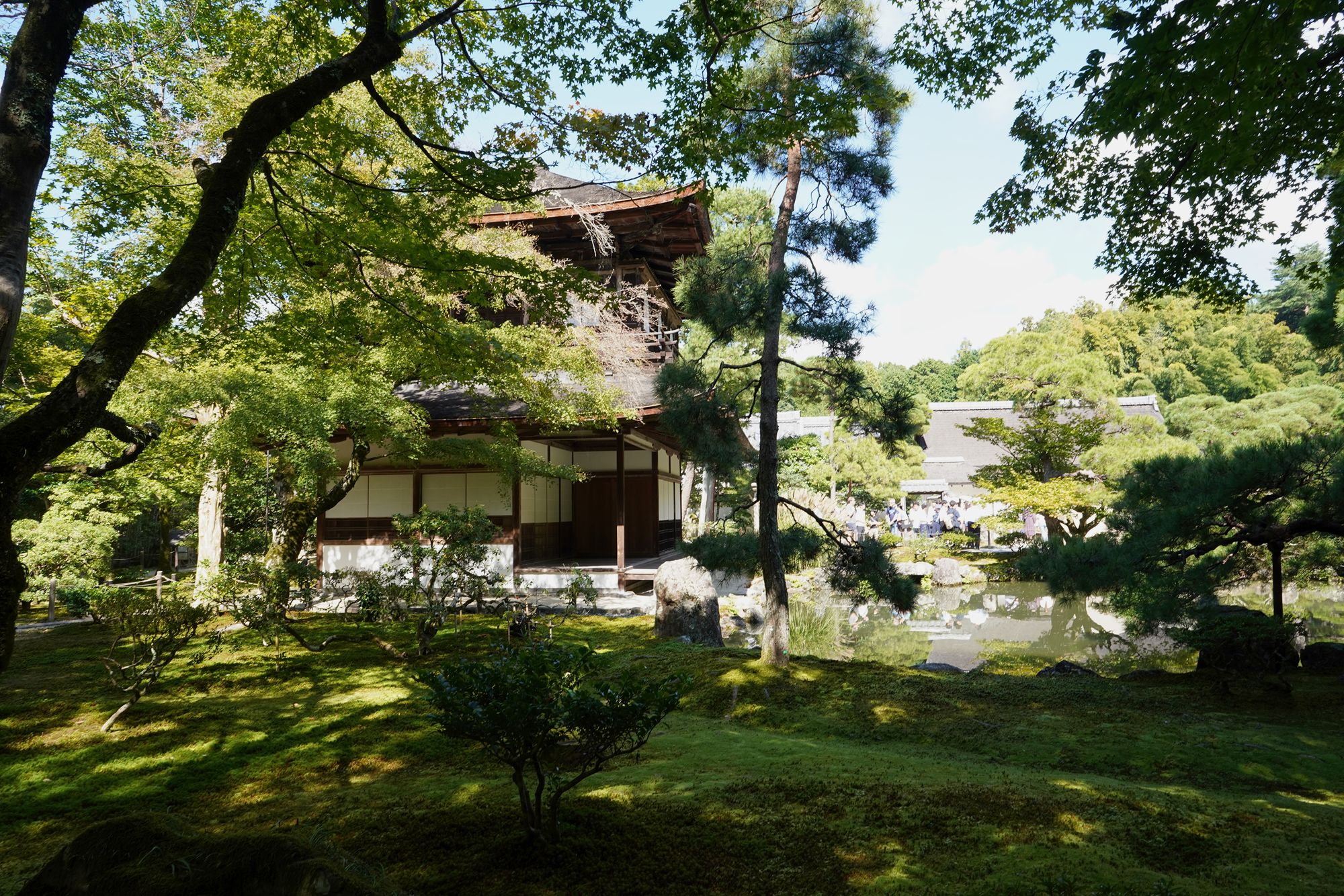
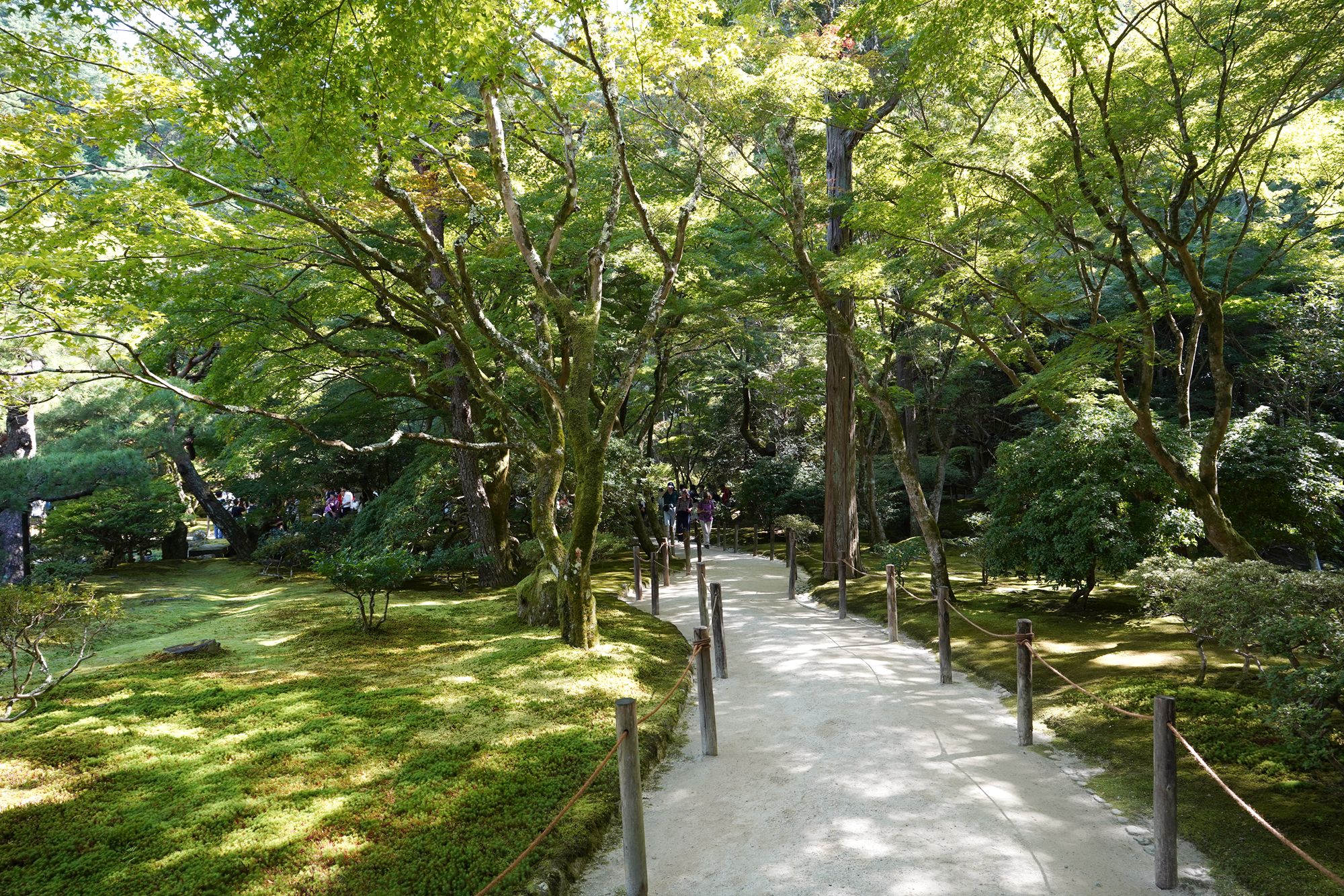
Exiting the temple
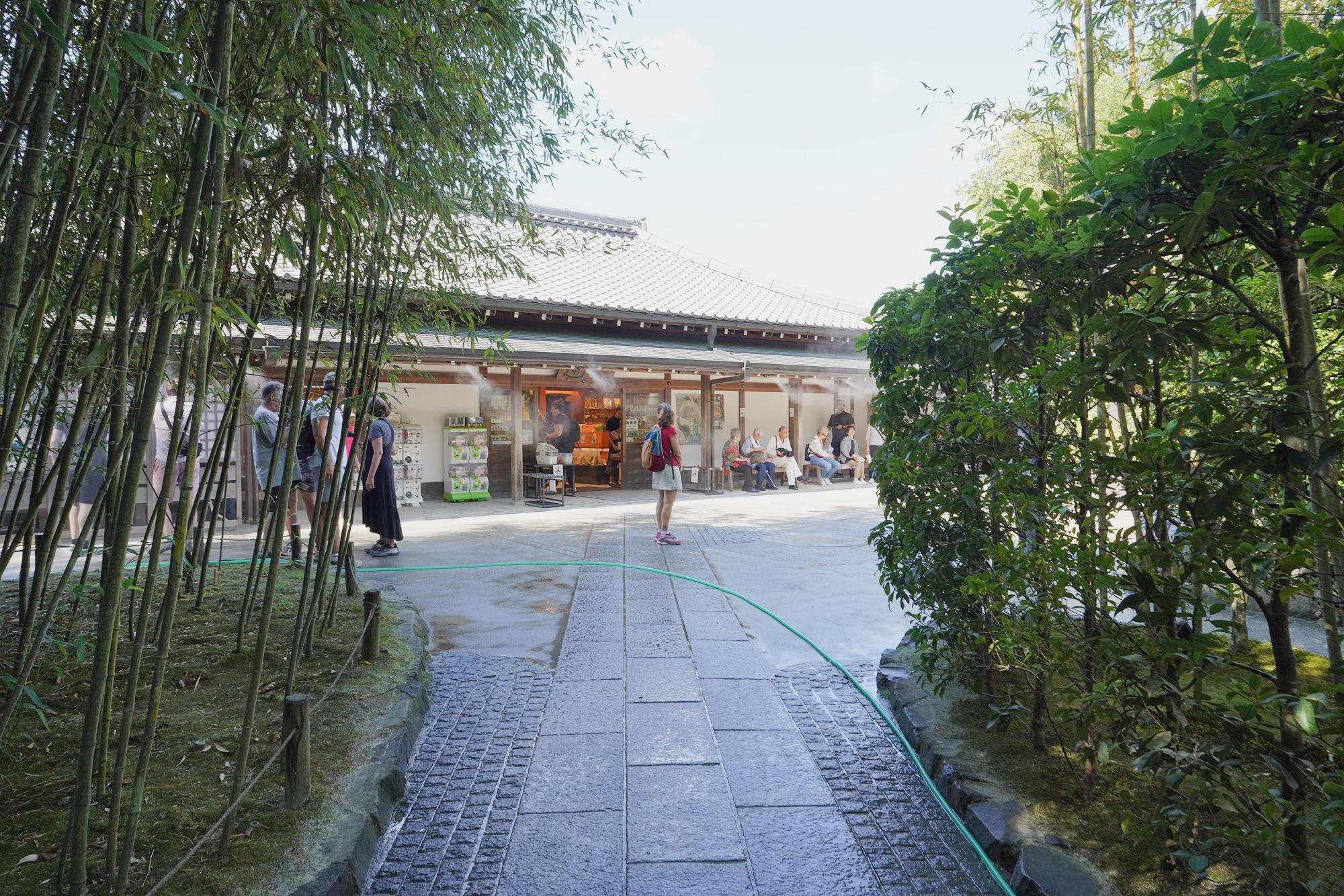
After Ginkaku-ji Temple, I took a bus to Shimogamo Shrine
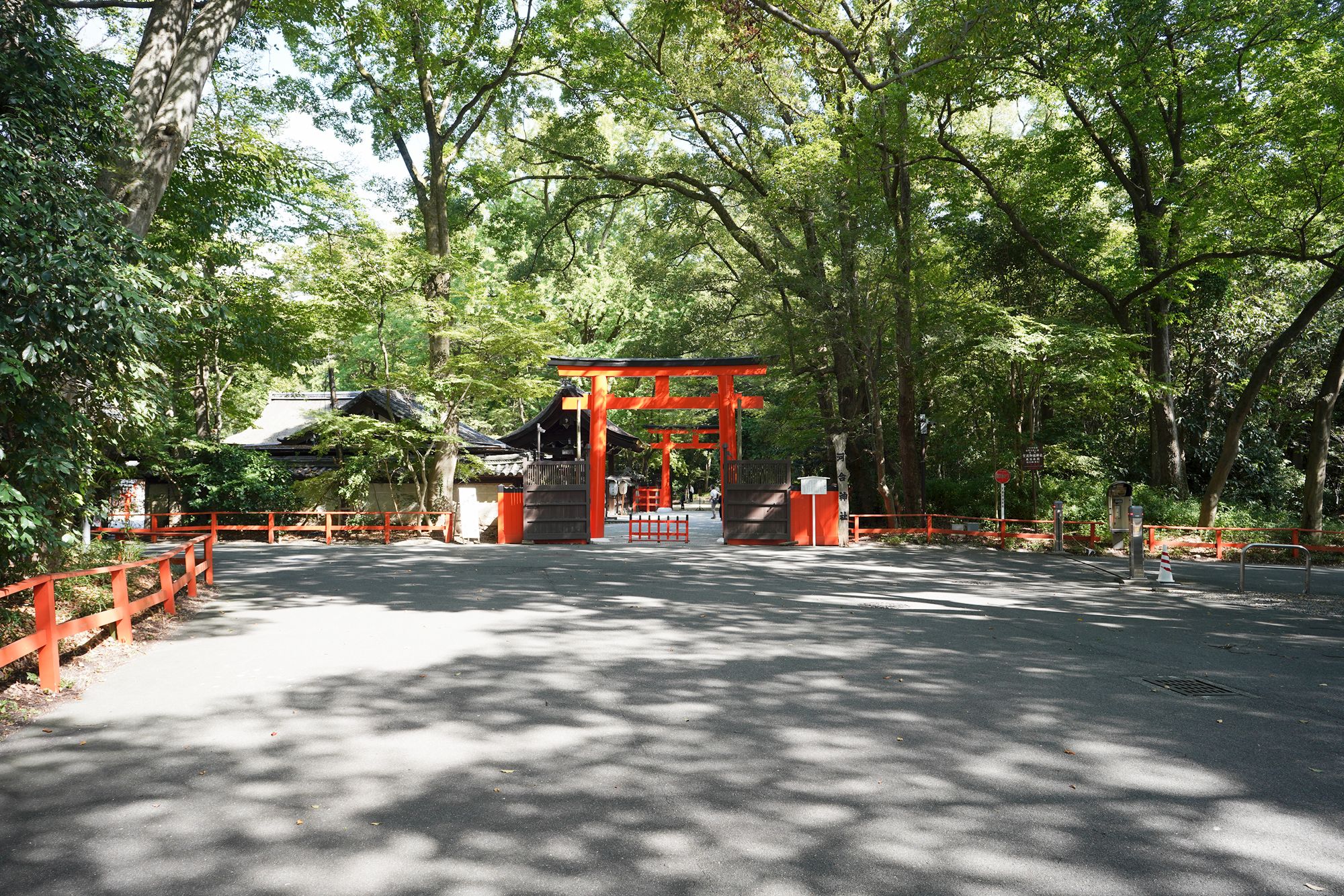
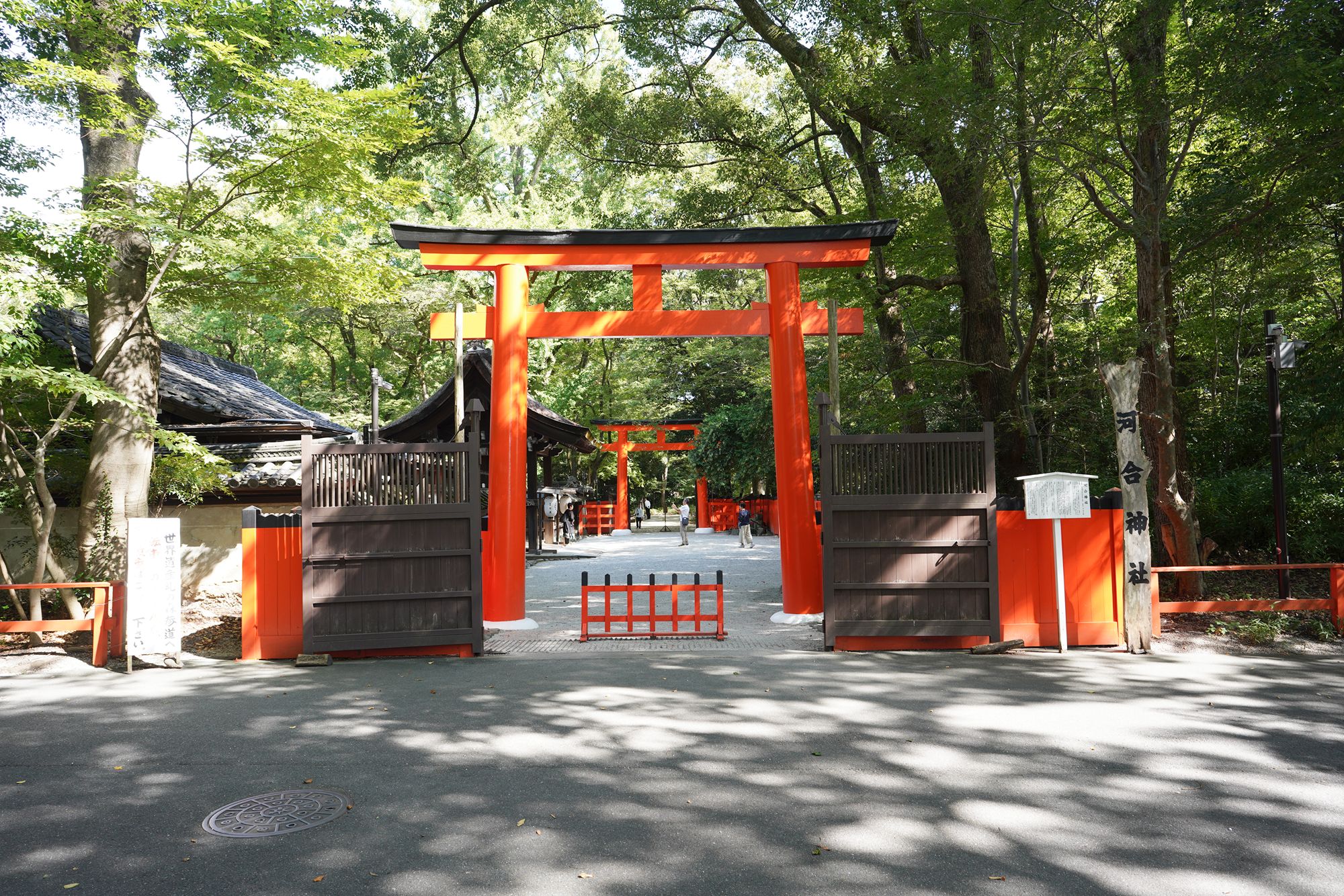
On the way to Shimogamo Shrine, I came across Kawai Shrine and decided to visit it first.
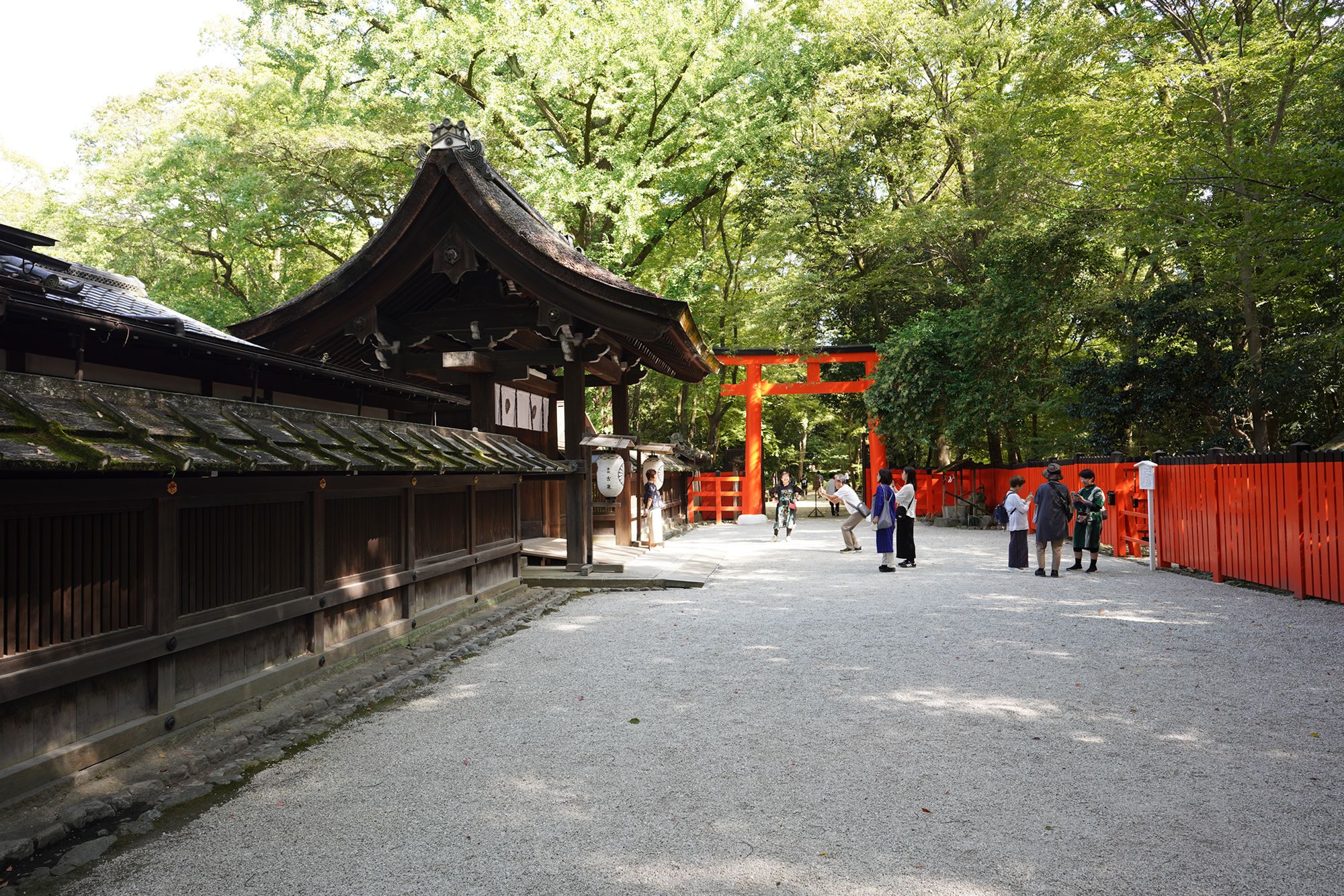
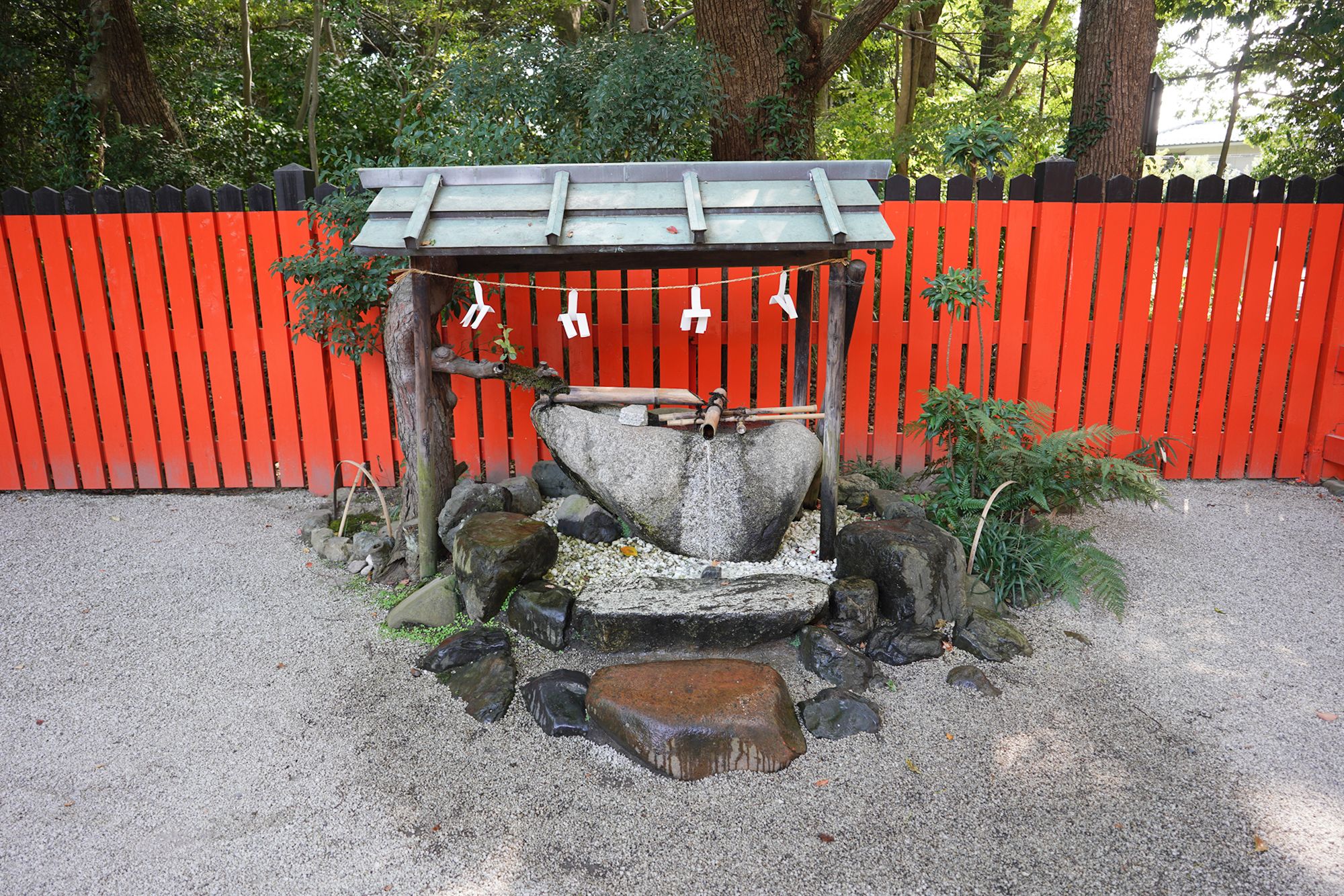
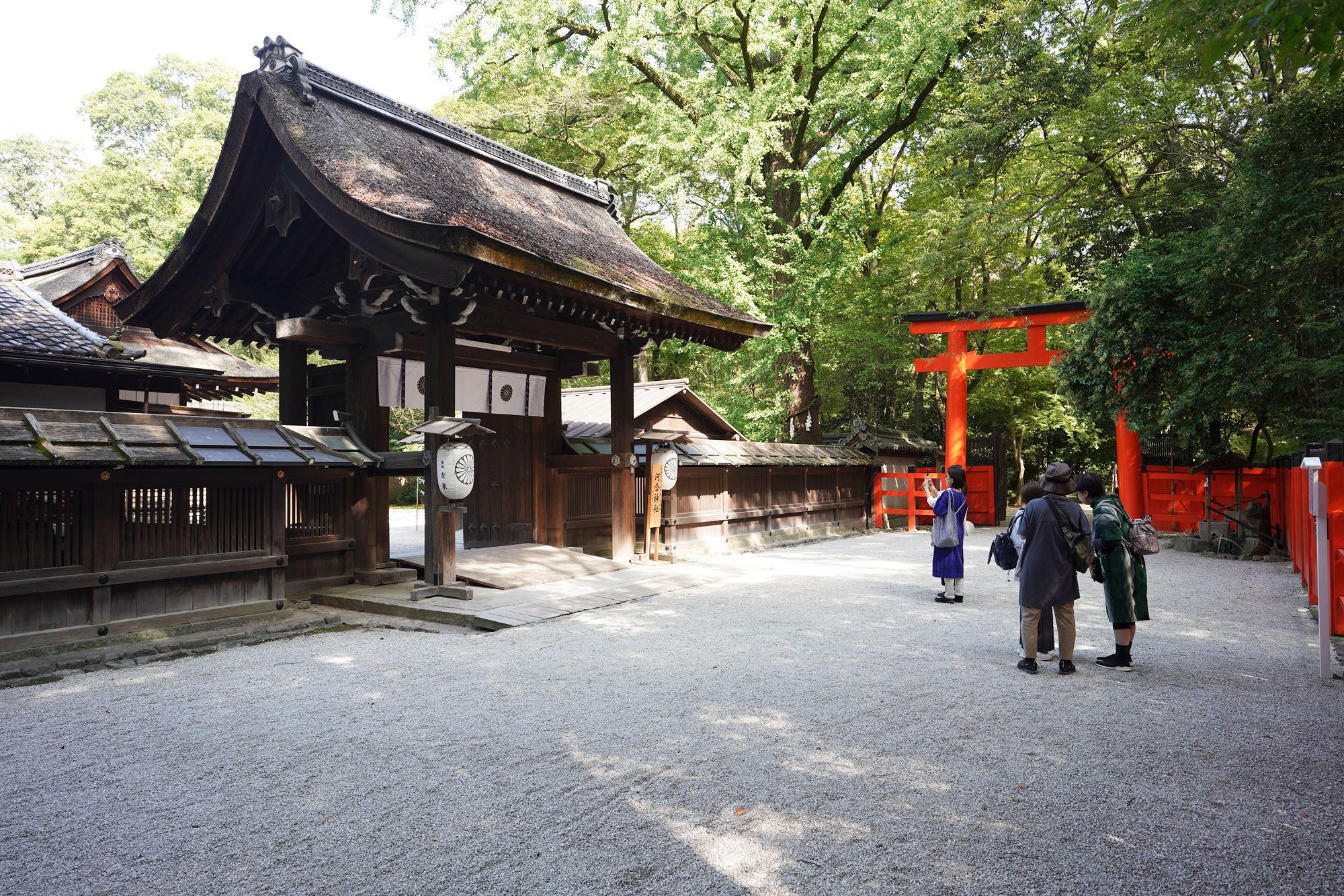
Kawai Shrine, a smaller shrine located en route to the larger Shimogamo Shrine. Kawai Shrine is particularly known for its connection to beauty and protection, often visited by those seeking blessings for personal charm and elegance. Its serene setting makes it a fitting prelude to the grandeur of Shimogamo Shrine.
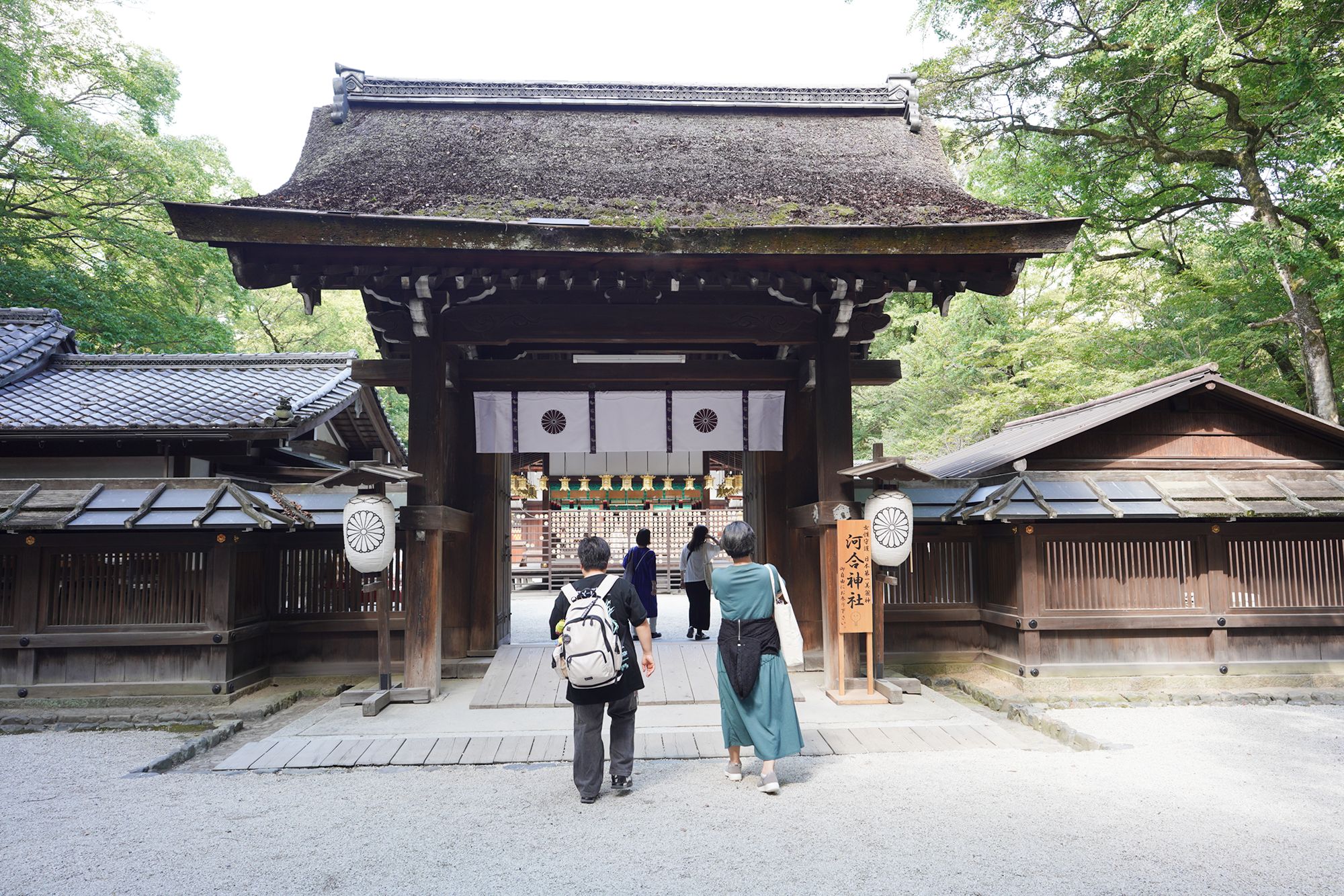
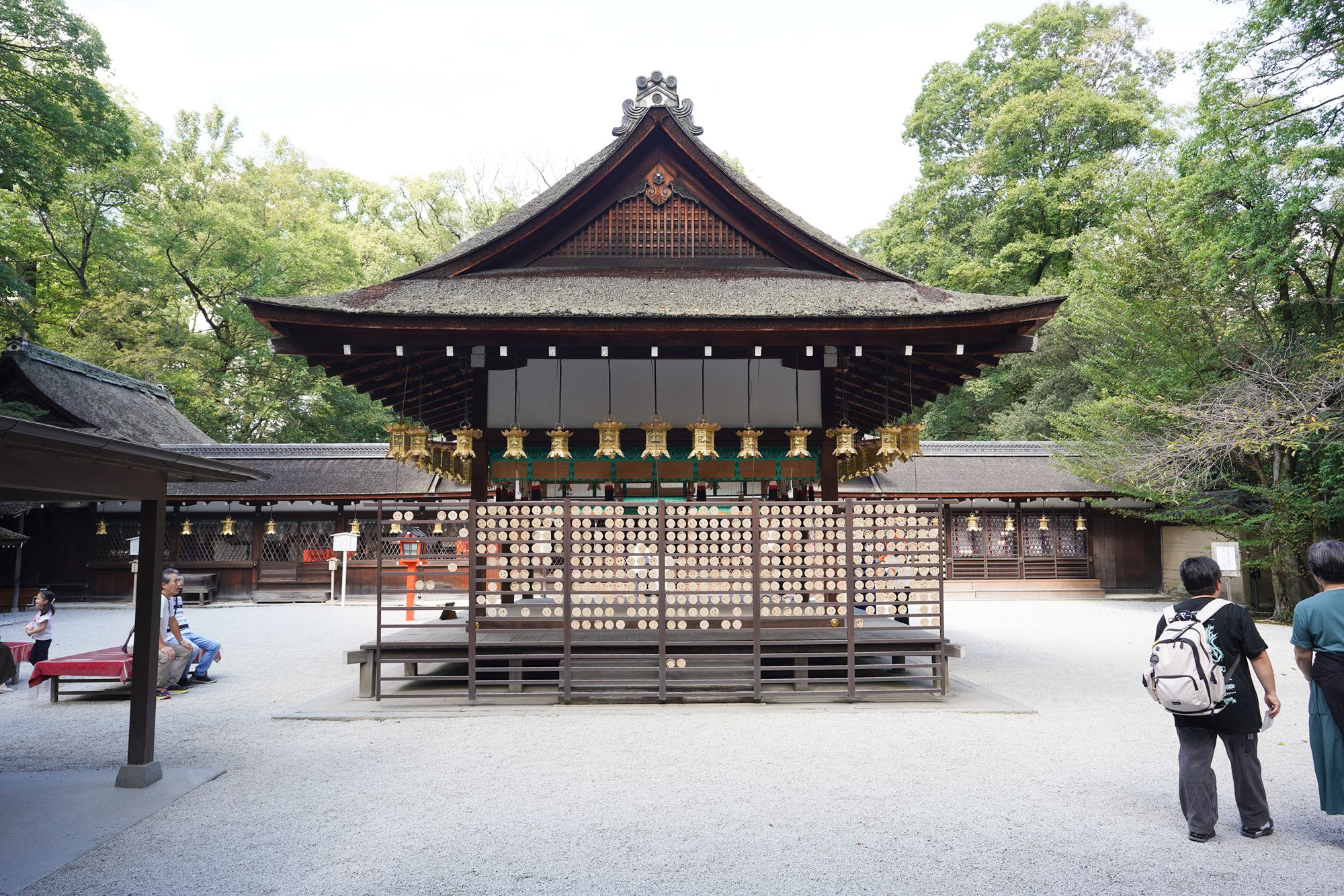
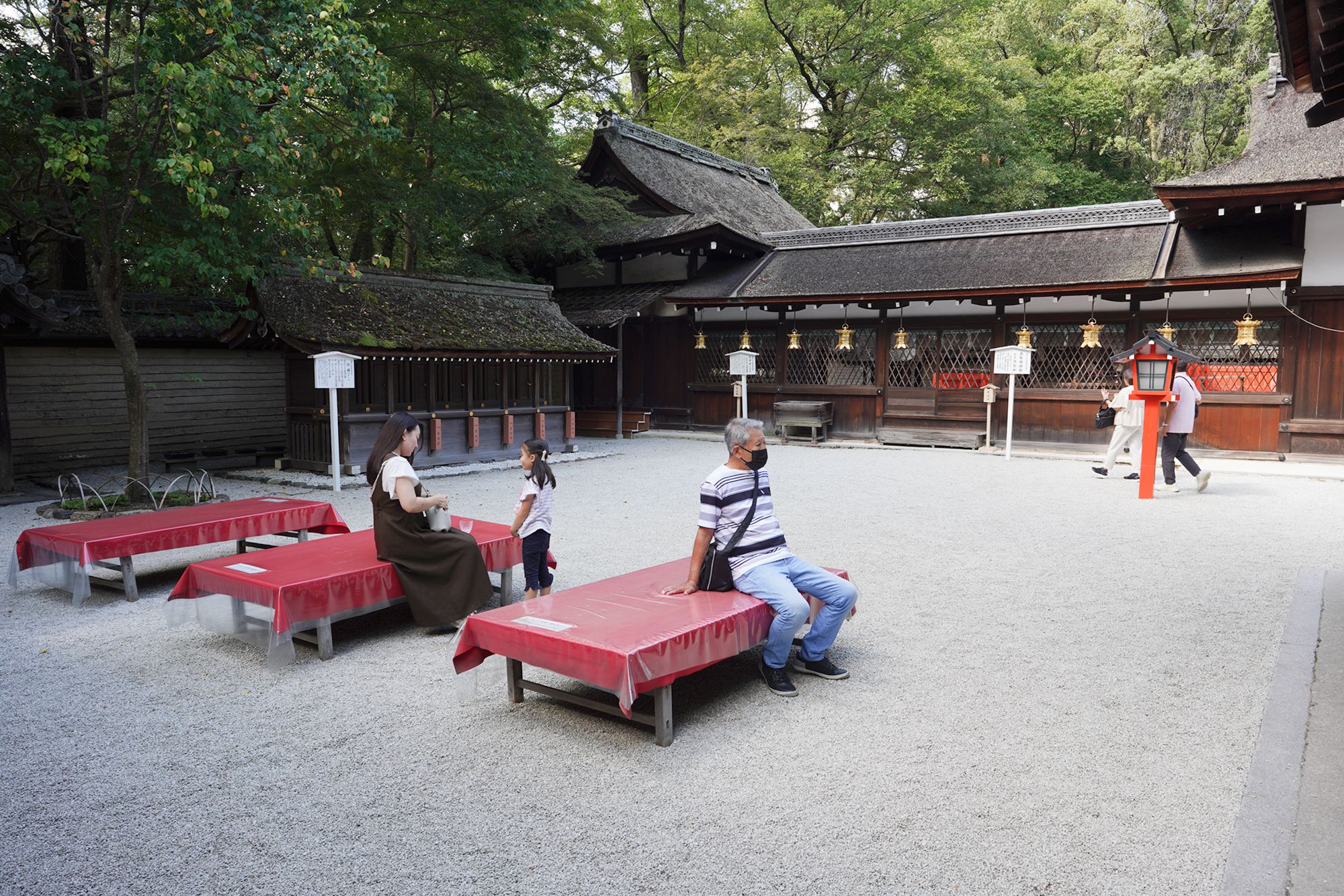
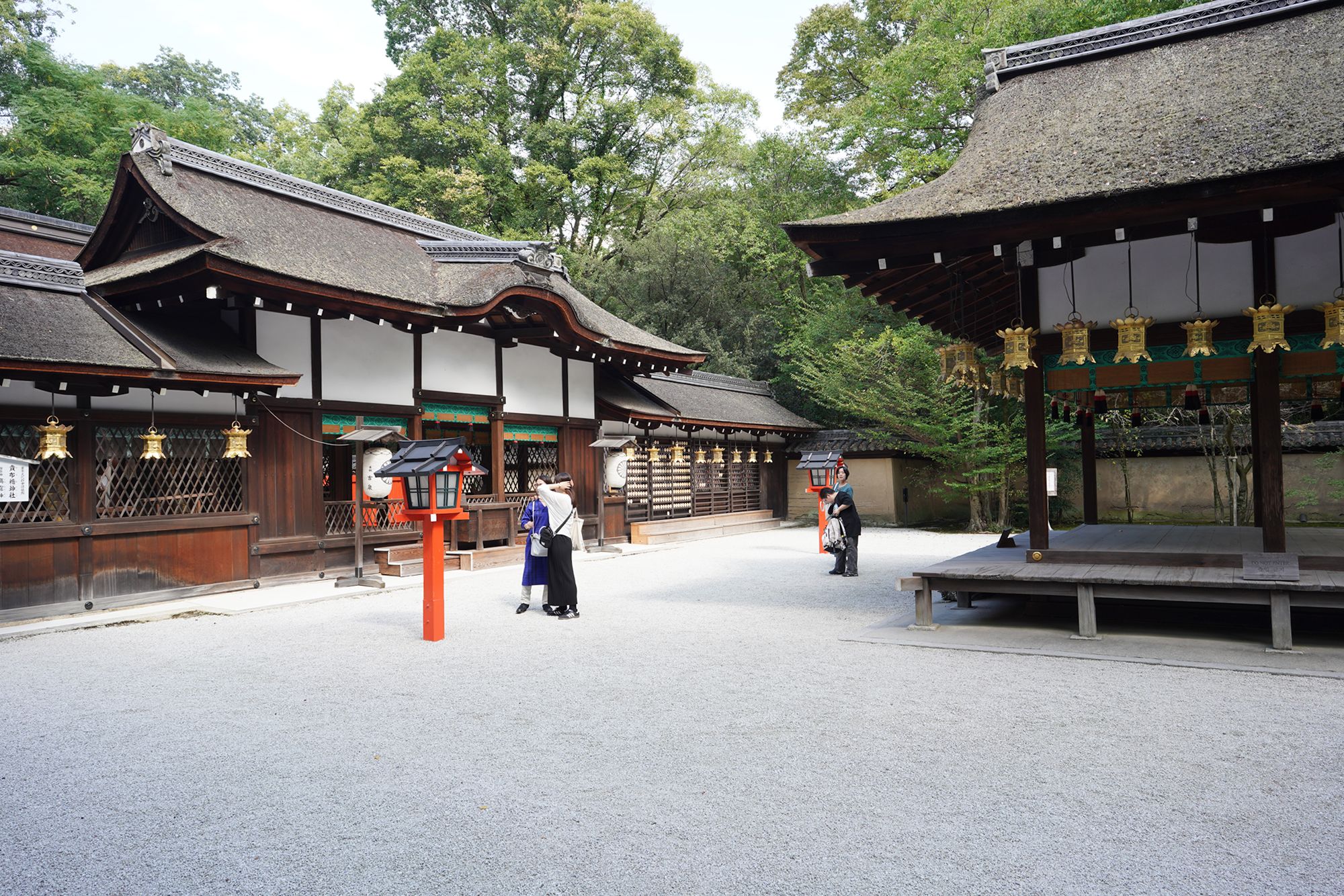
A view from the left side
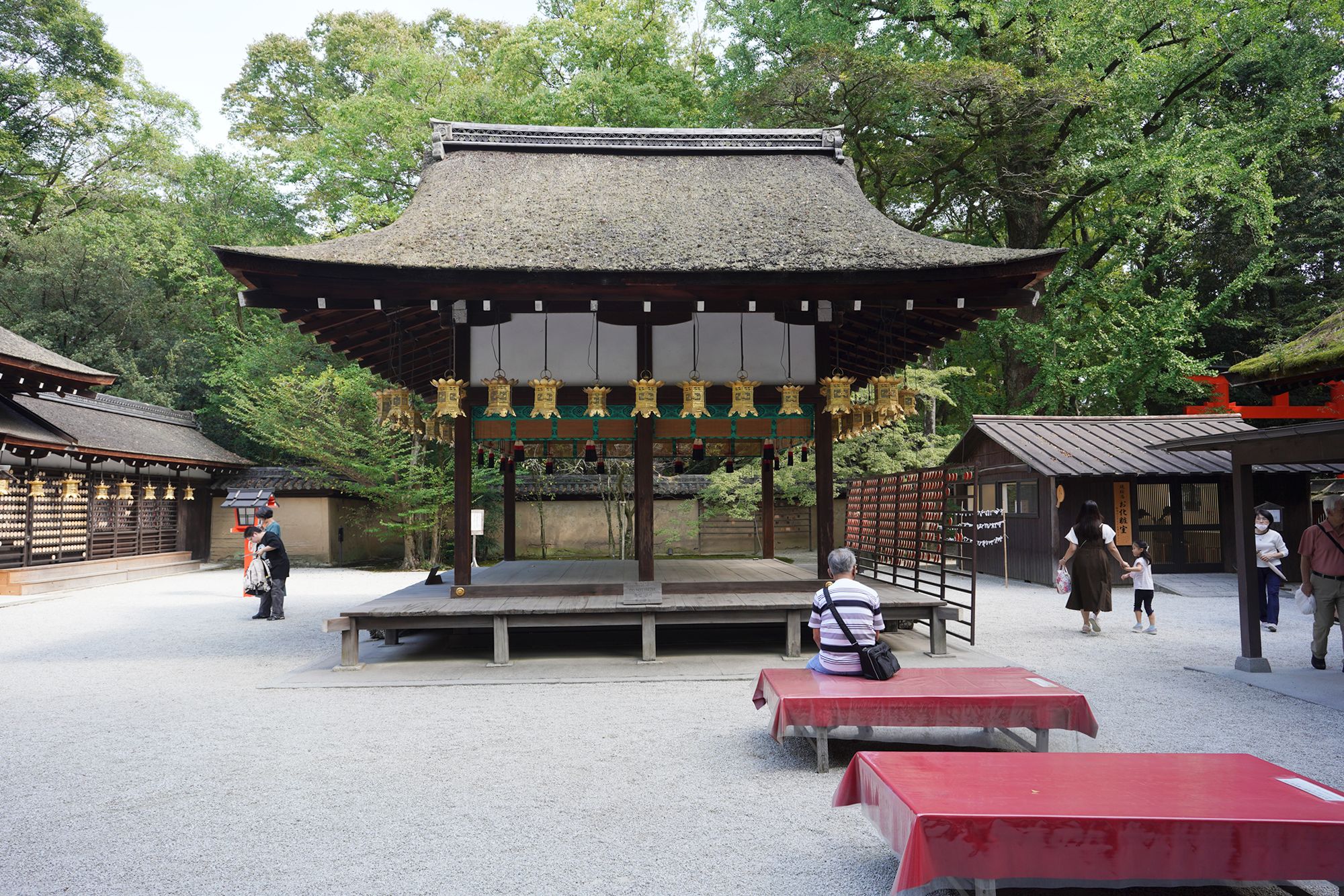
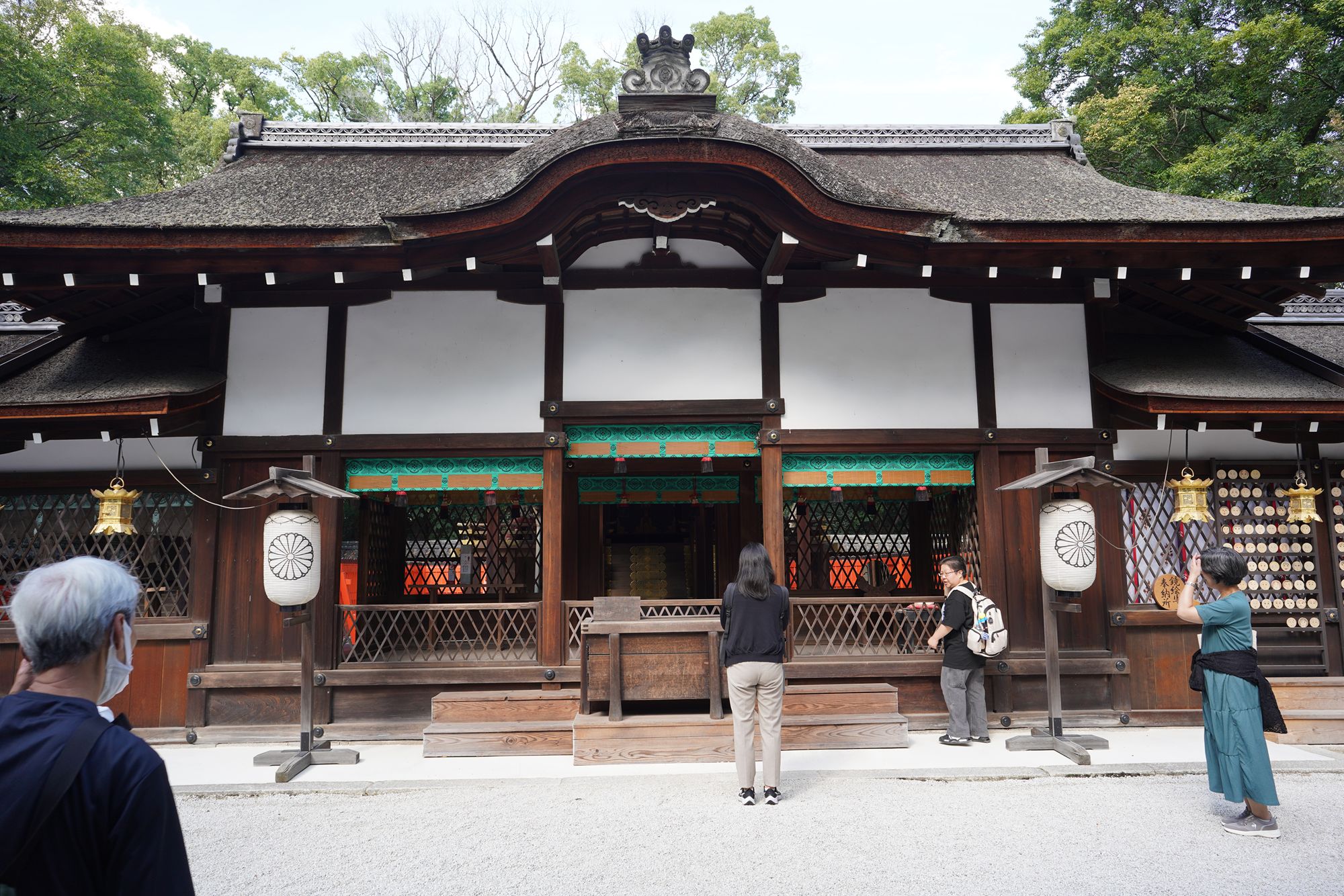
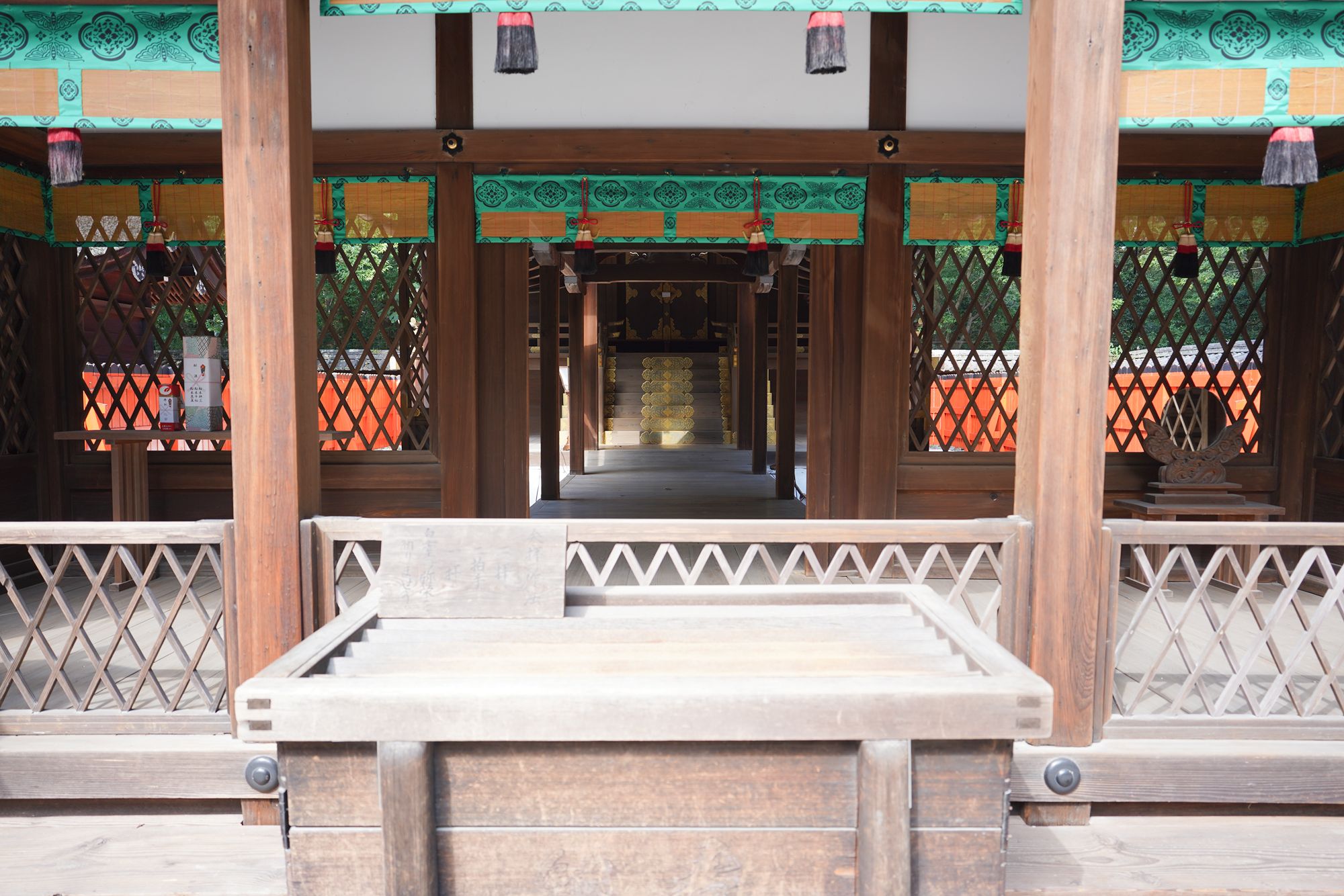
Now, continueing to Shimogamo Shrine.
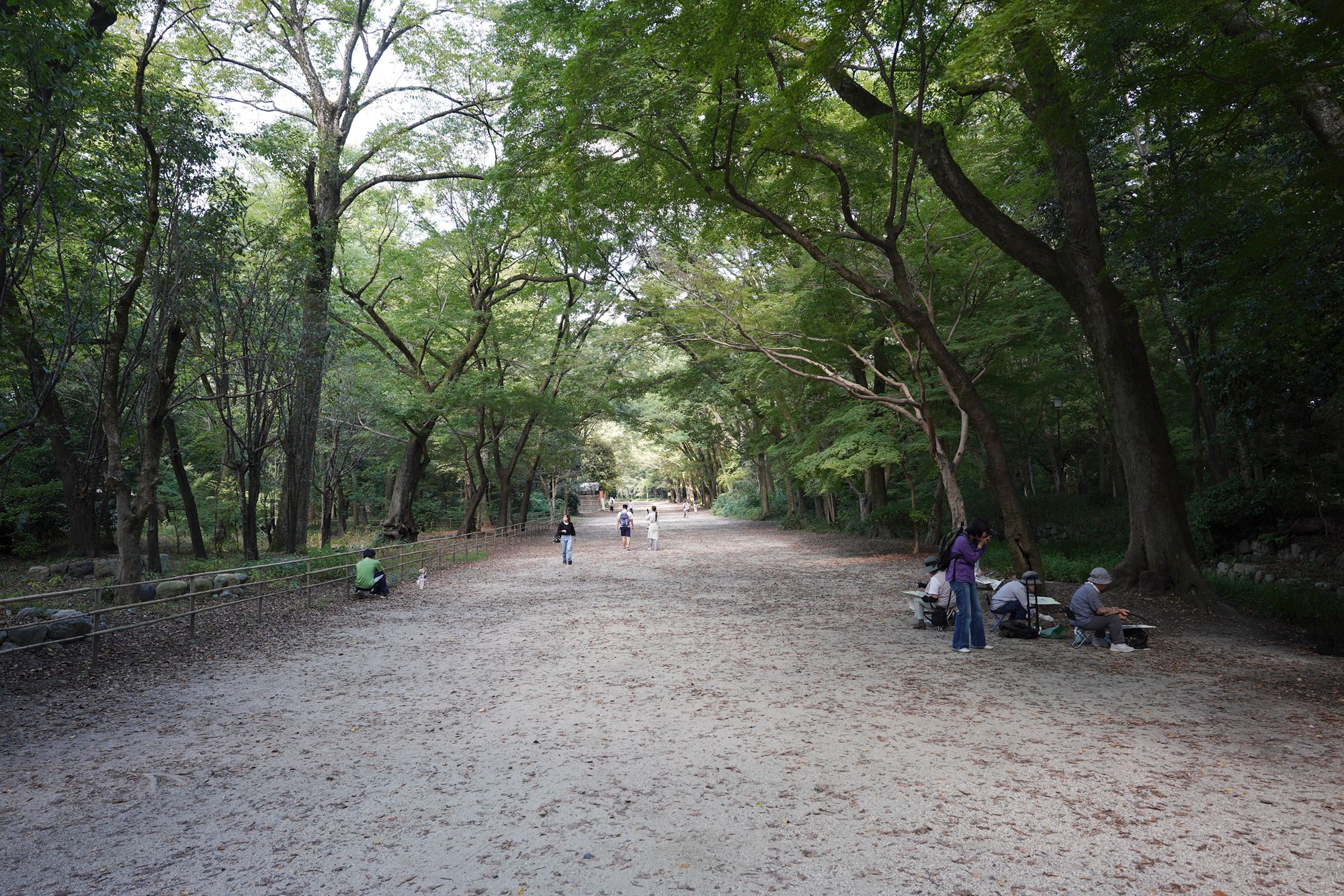
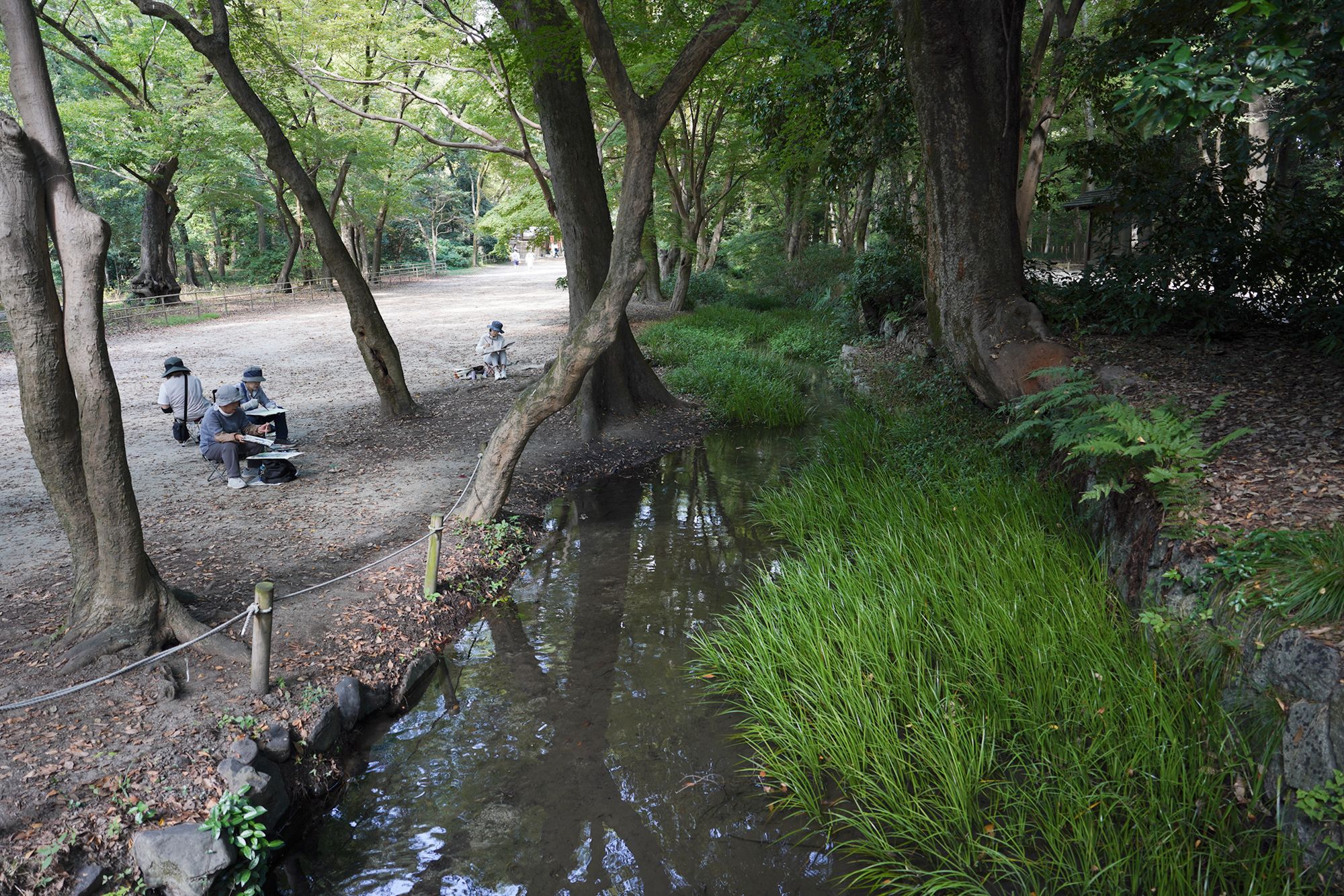
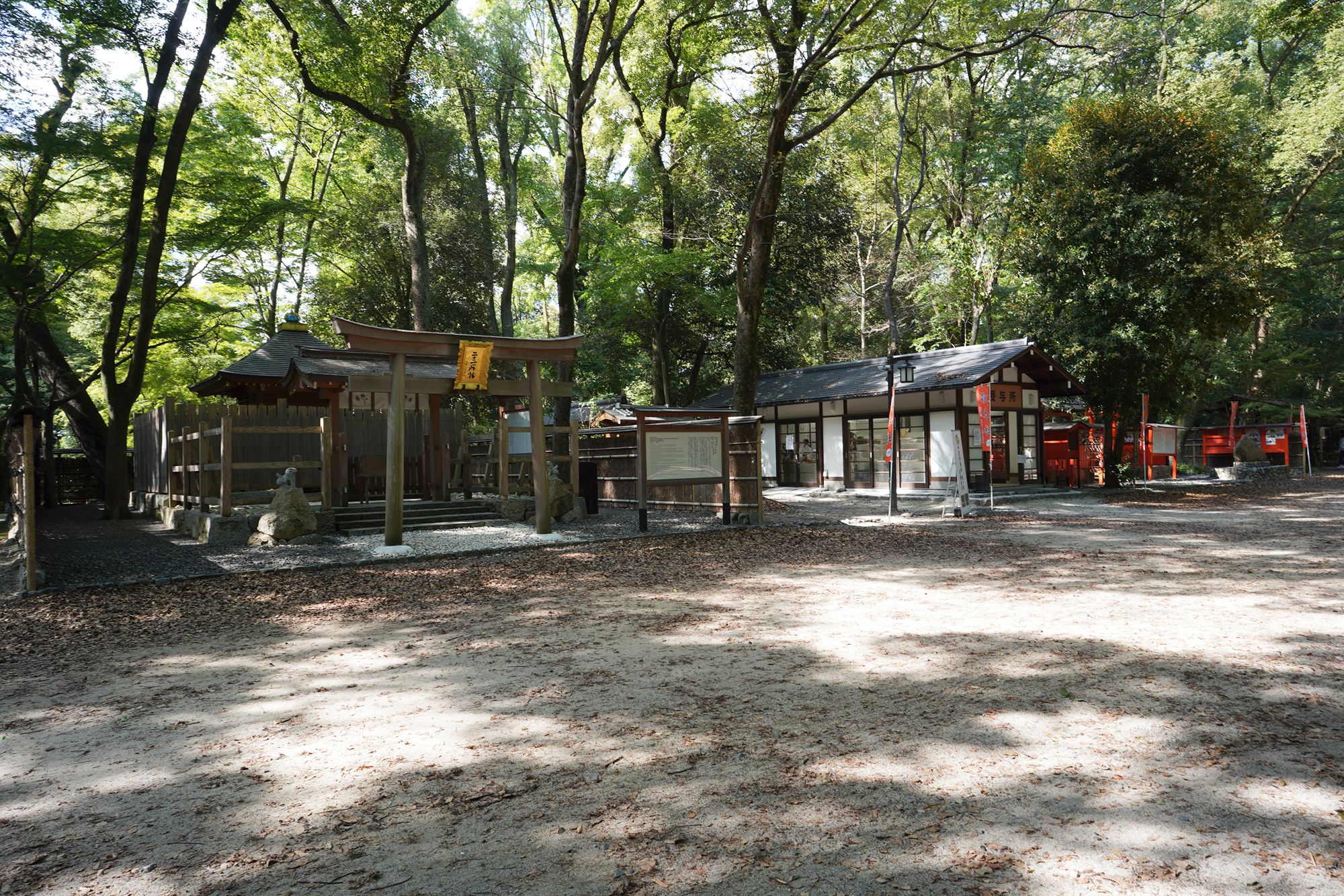
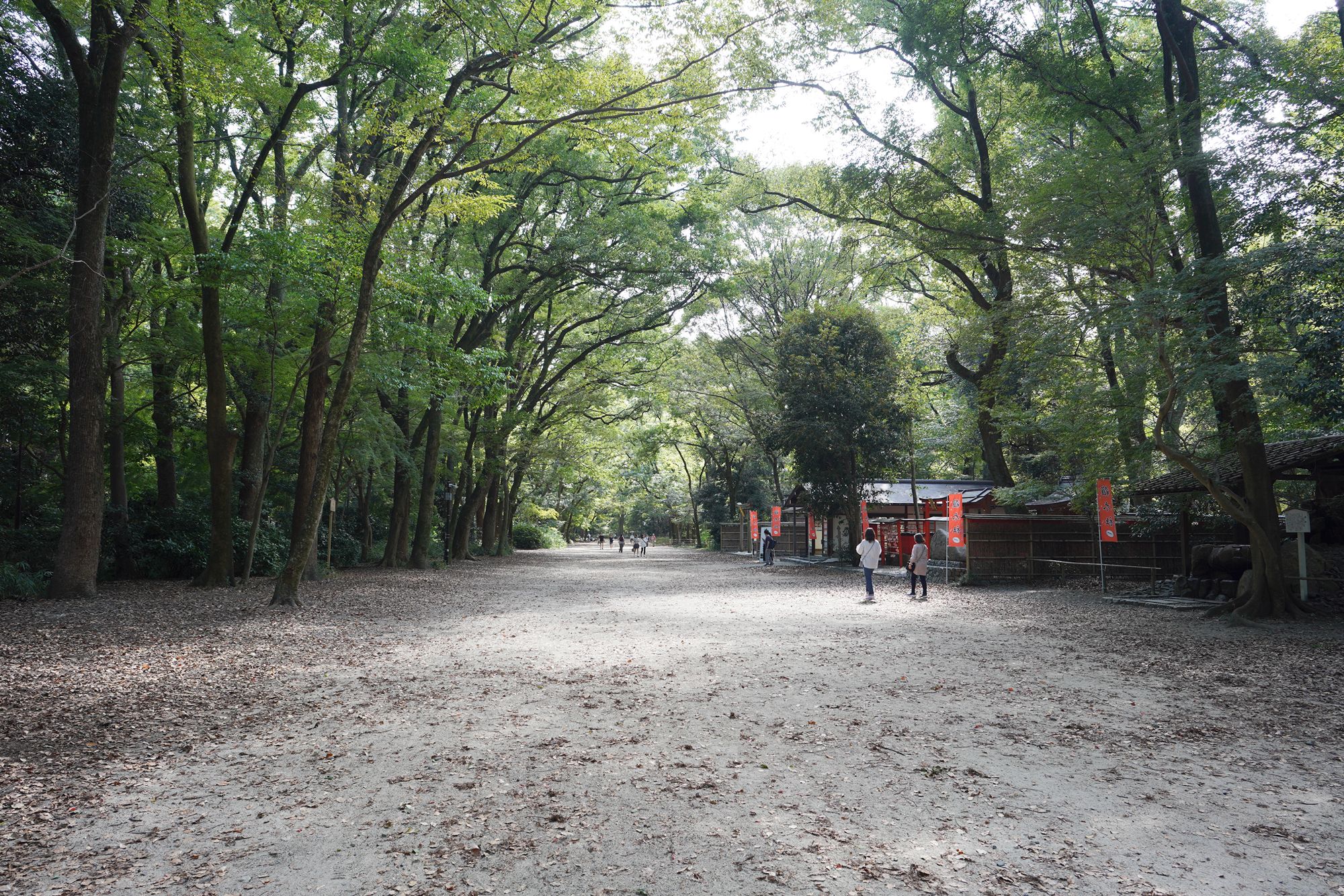
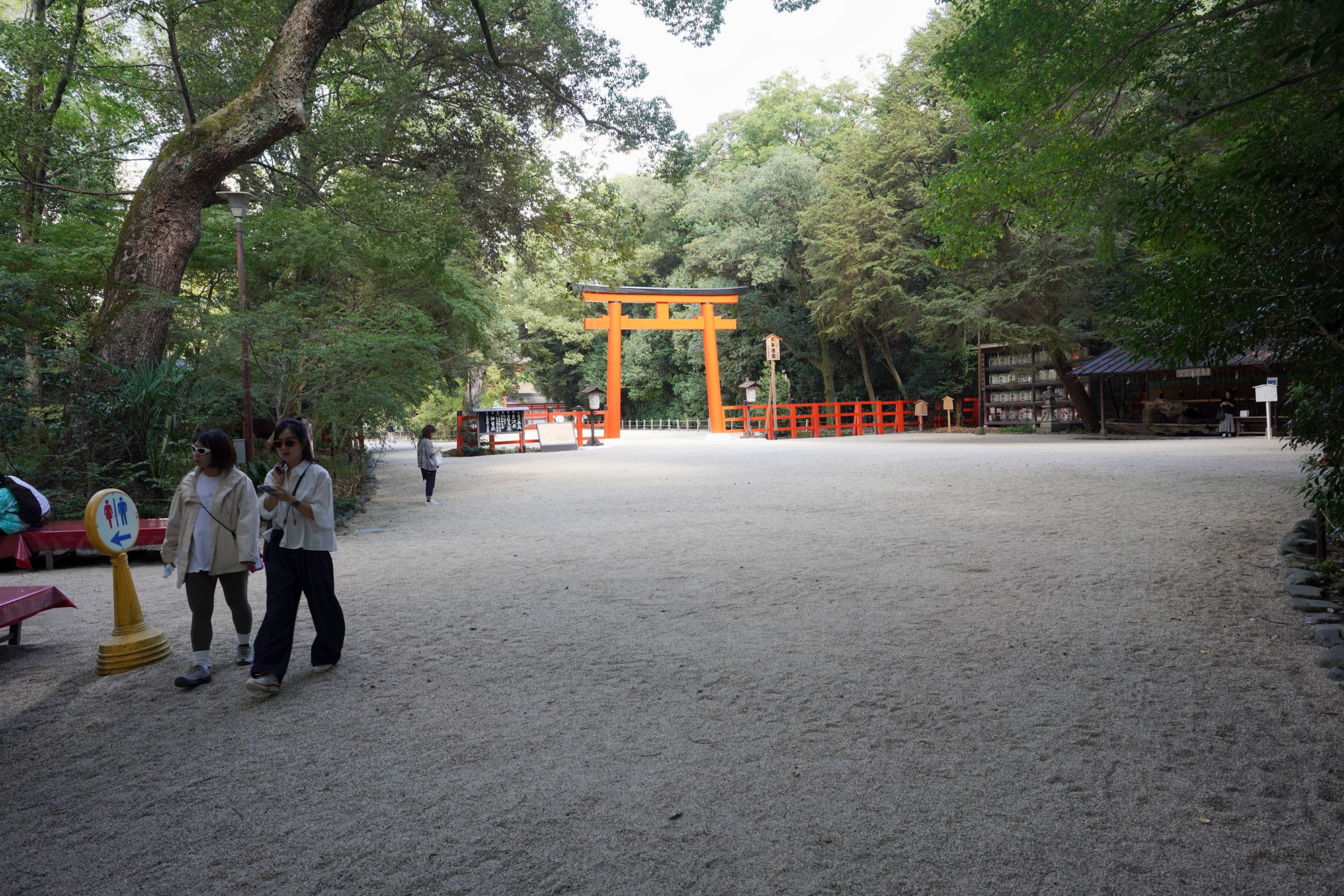
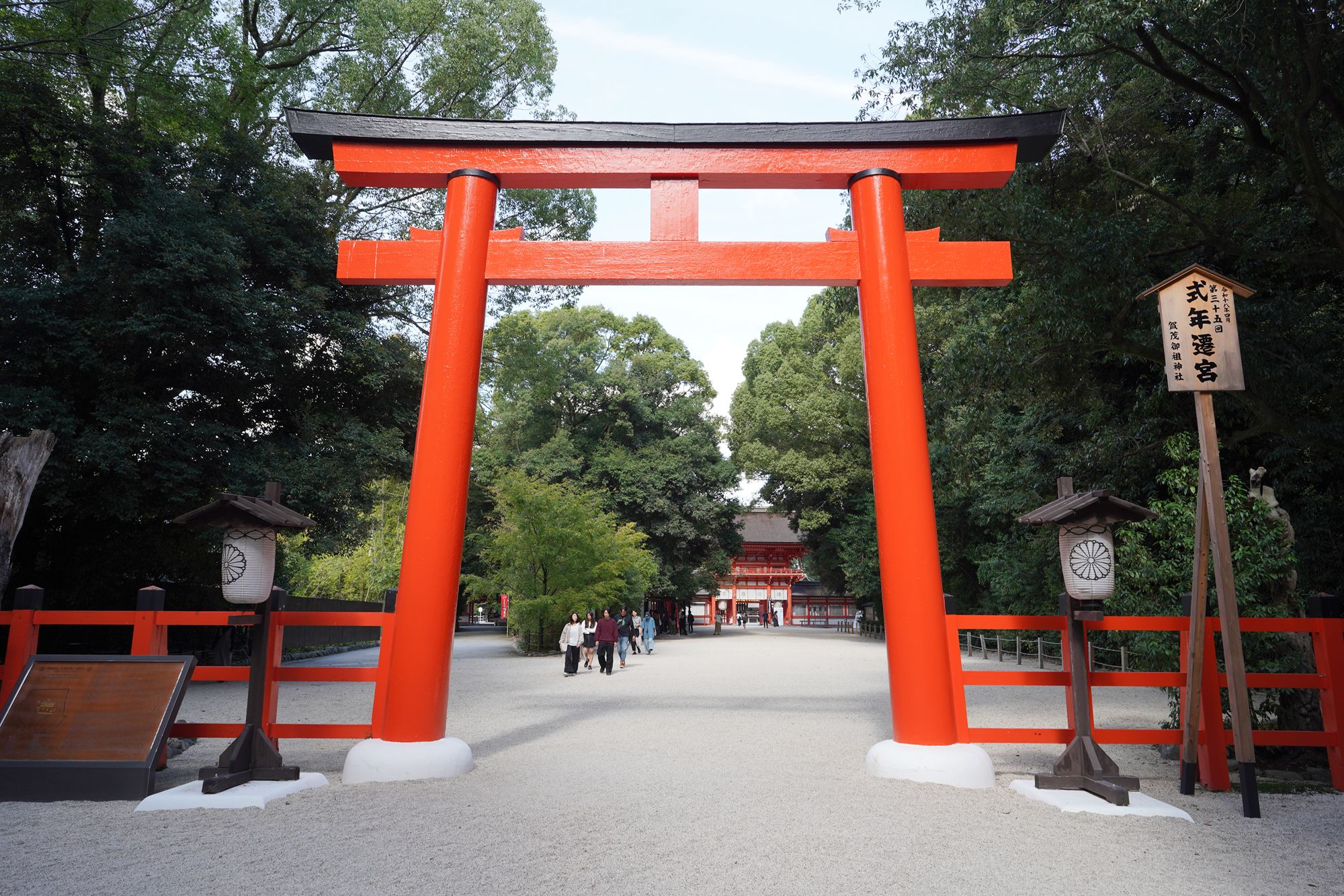
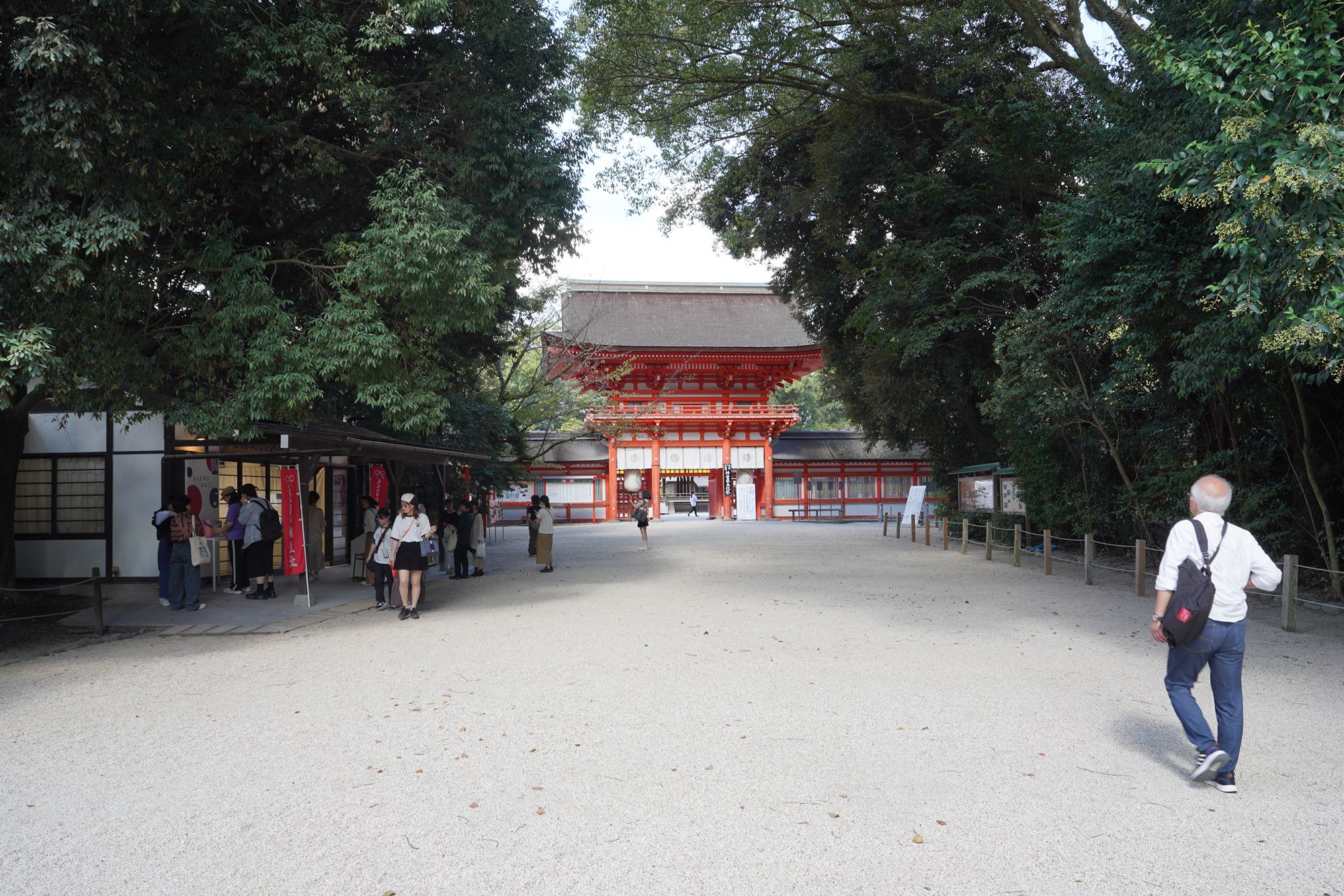
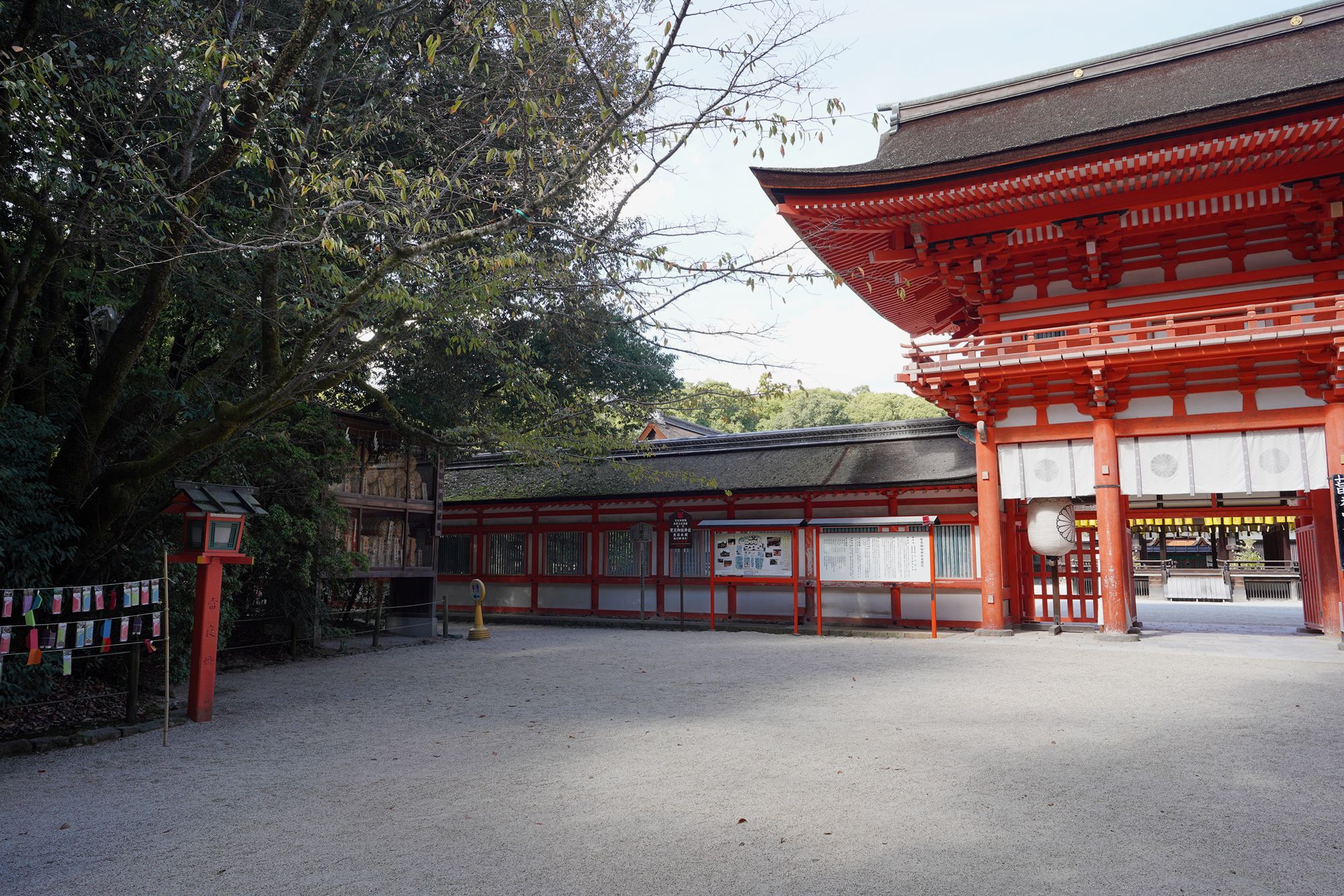
Shimogamo Shrine (Shimogamo-jinja), officially known as Kamo Mioya Shrine, is one of Kyoto’s oldest and most significant Shinto shrines, dating back over 2,000 years. Located in the Tadasu no Mori (Forest of Truth), a pristine woodland, it is dedicated to the deities Tamayori-hime and Kamo Taketsunomi, protectors of agriculture, purification, and harmony.
The Tower Gate
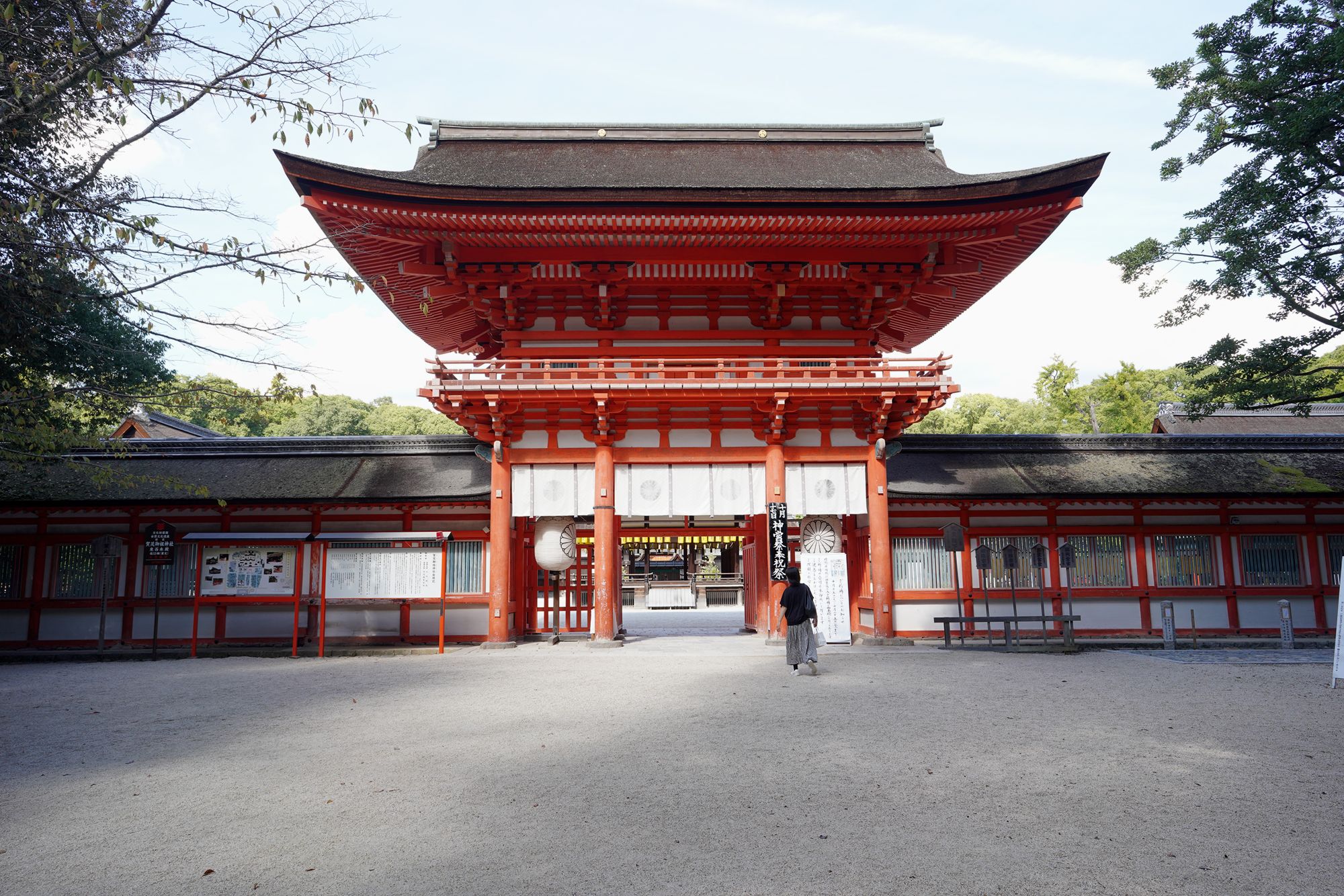
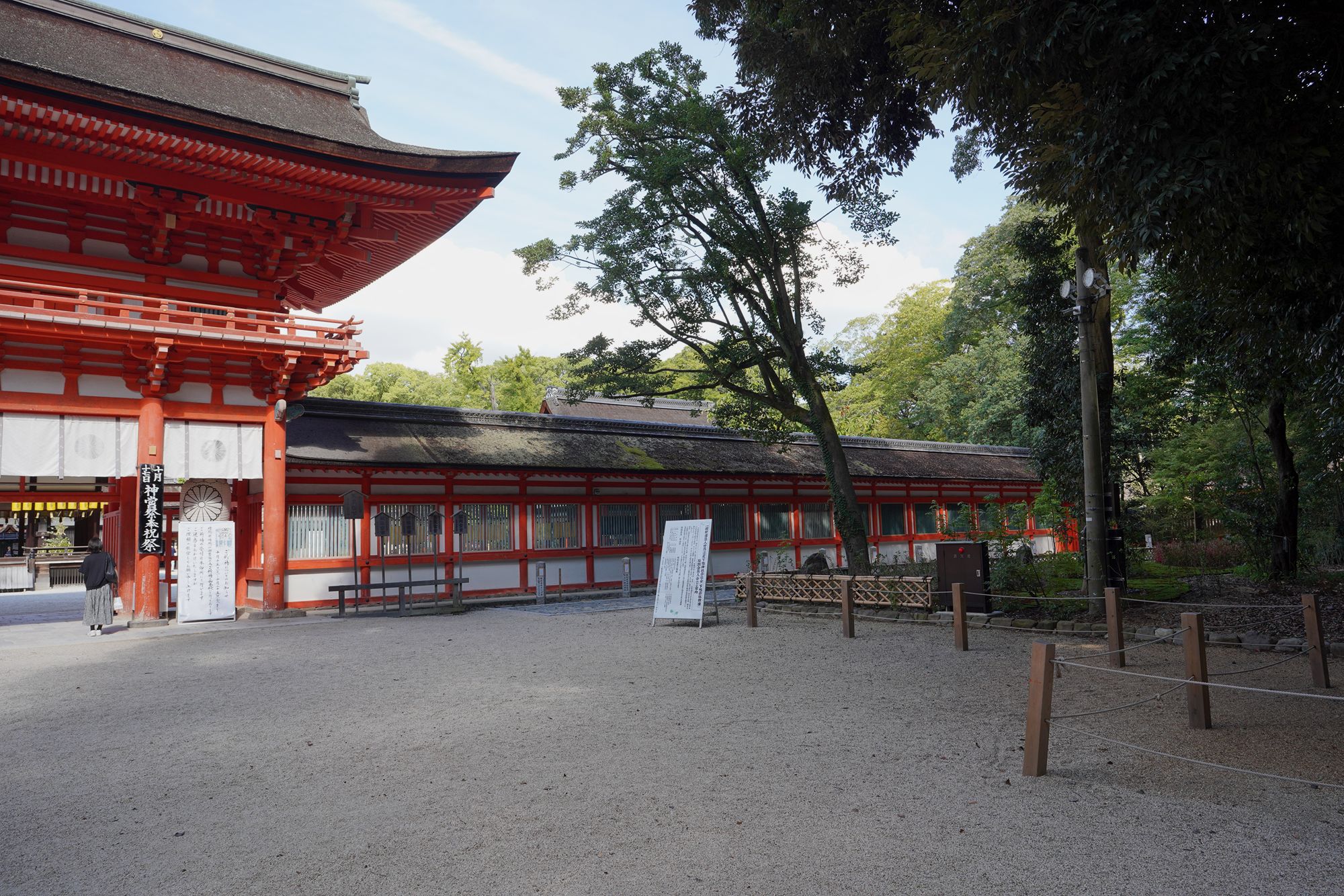
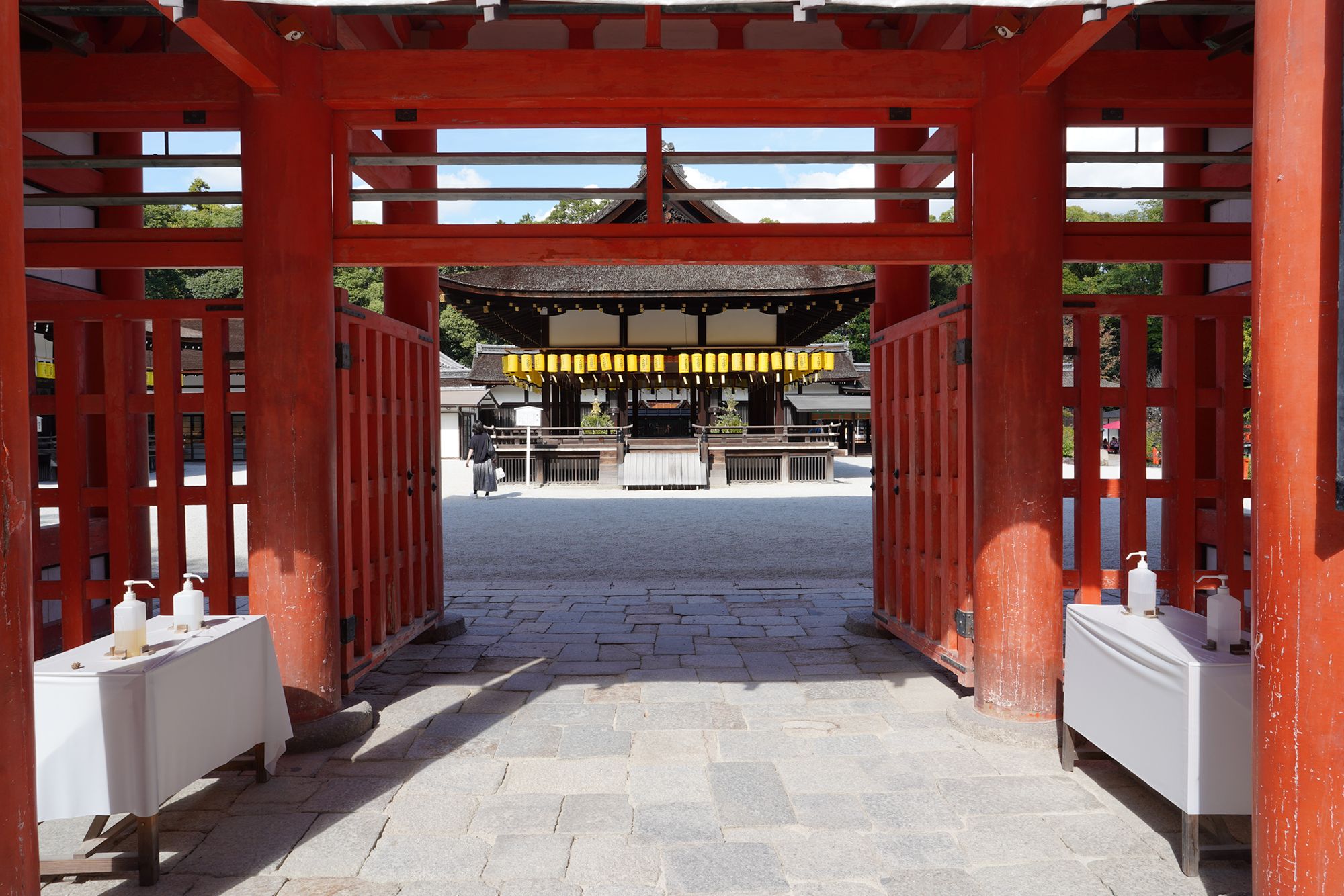
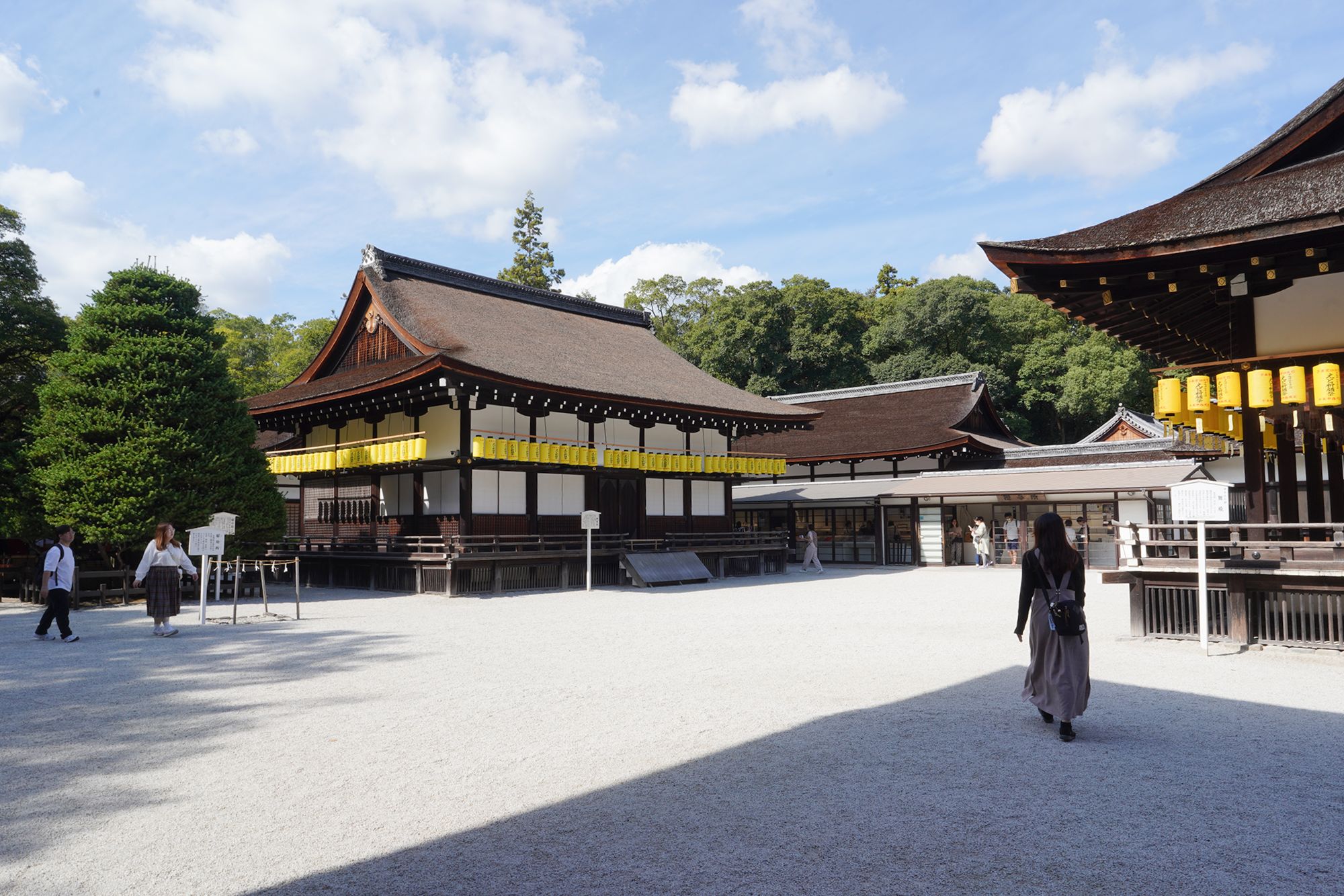
As part of the Historic Monuments of Ancient Kyoto, a UNESCO World Heritage Site, Shimogamo Shrine is known for its Aoi Matsuri (Hollyhock Festival), one of Kyoto’s three major festivals, held annually in May. The shrine’s serene atmosphere, historical significance, and beautifully preserved architecture make it a popular spiritual and cultural destination.
The Maidono (Stage)
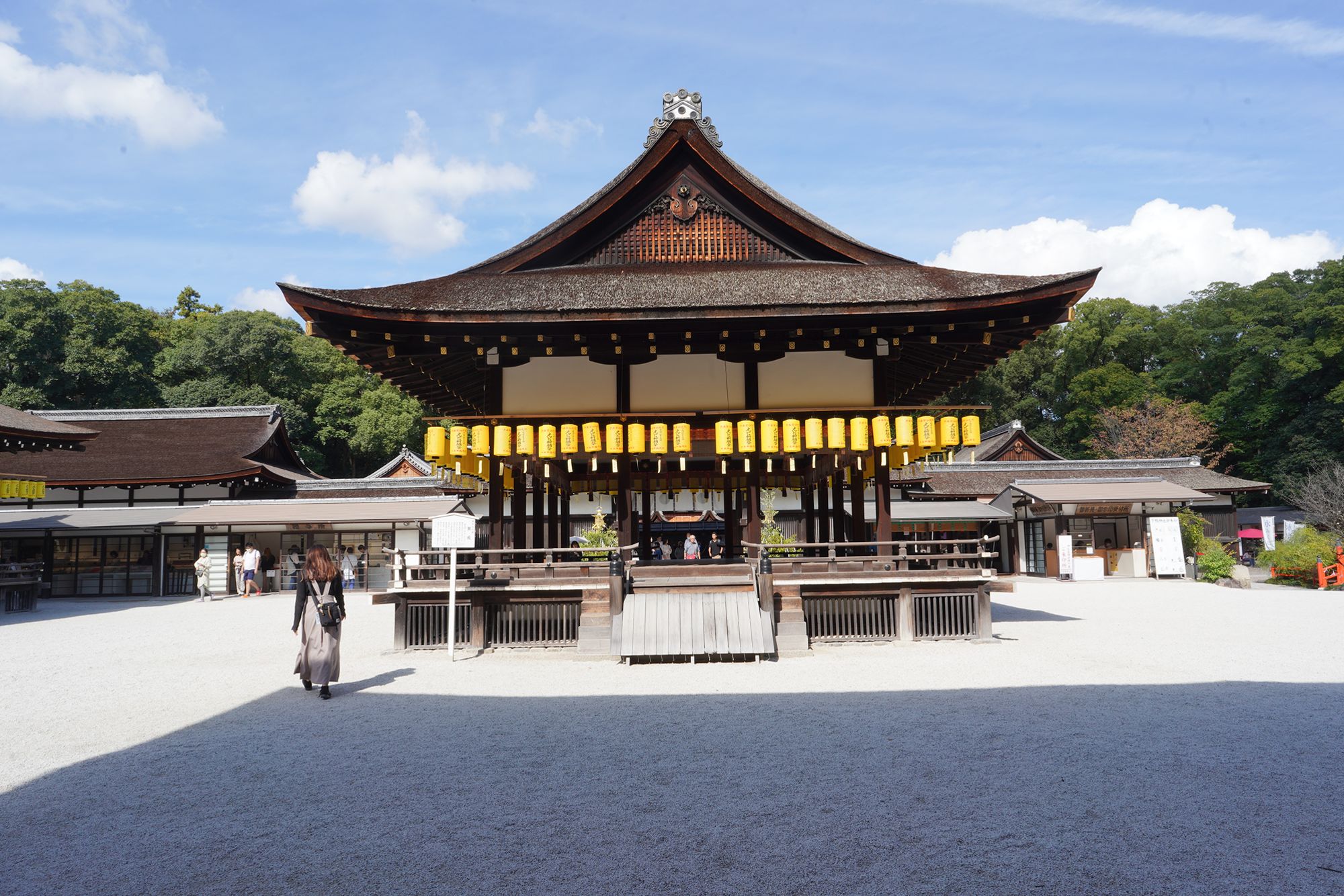
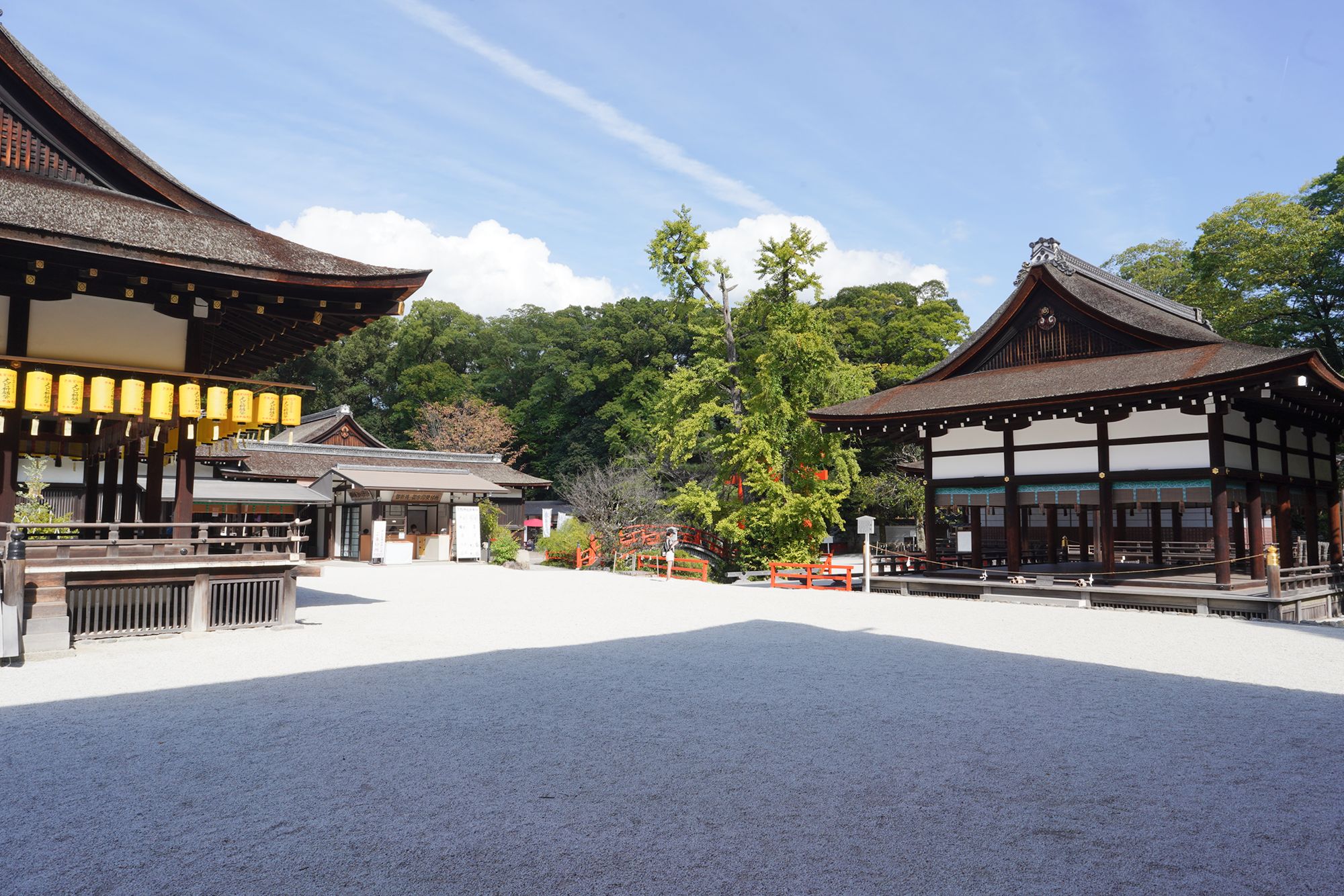
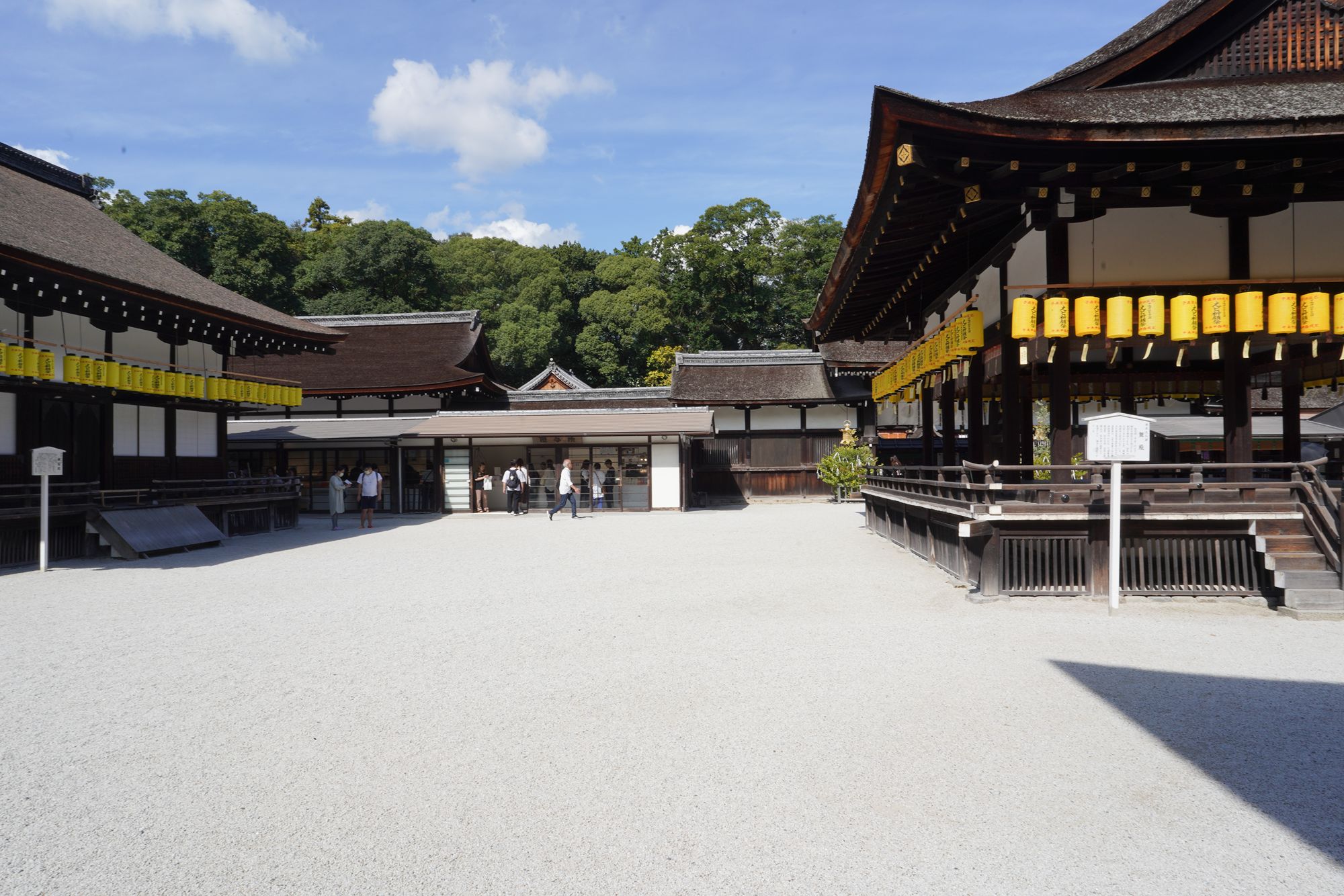
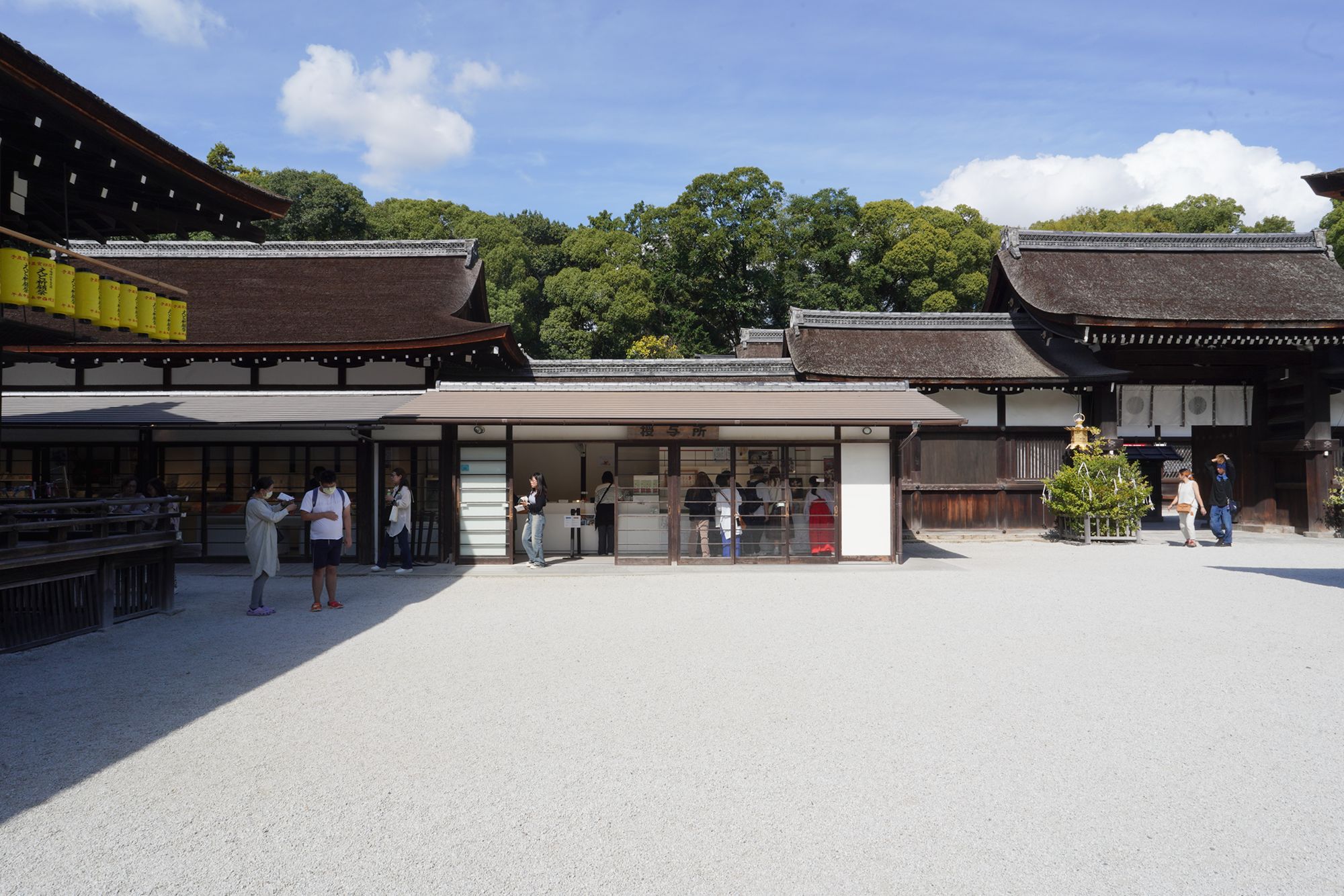
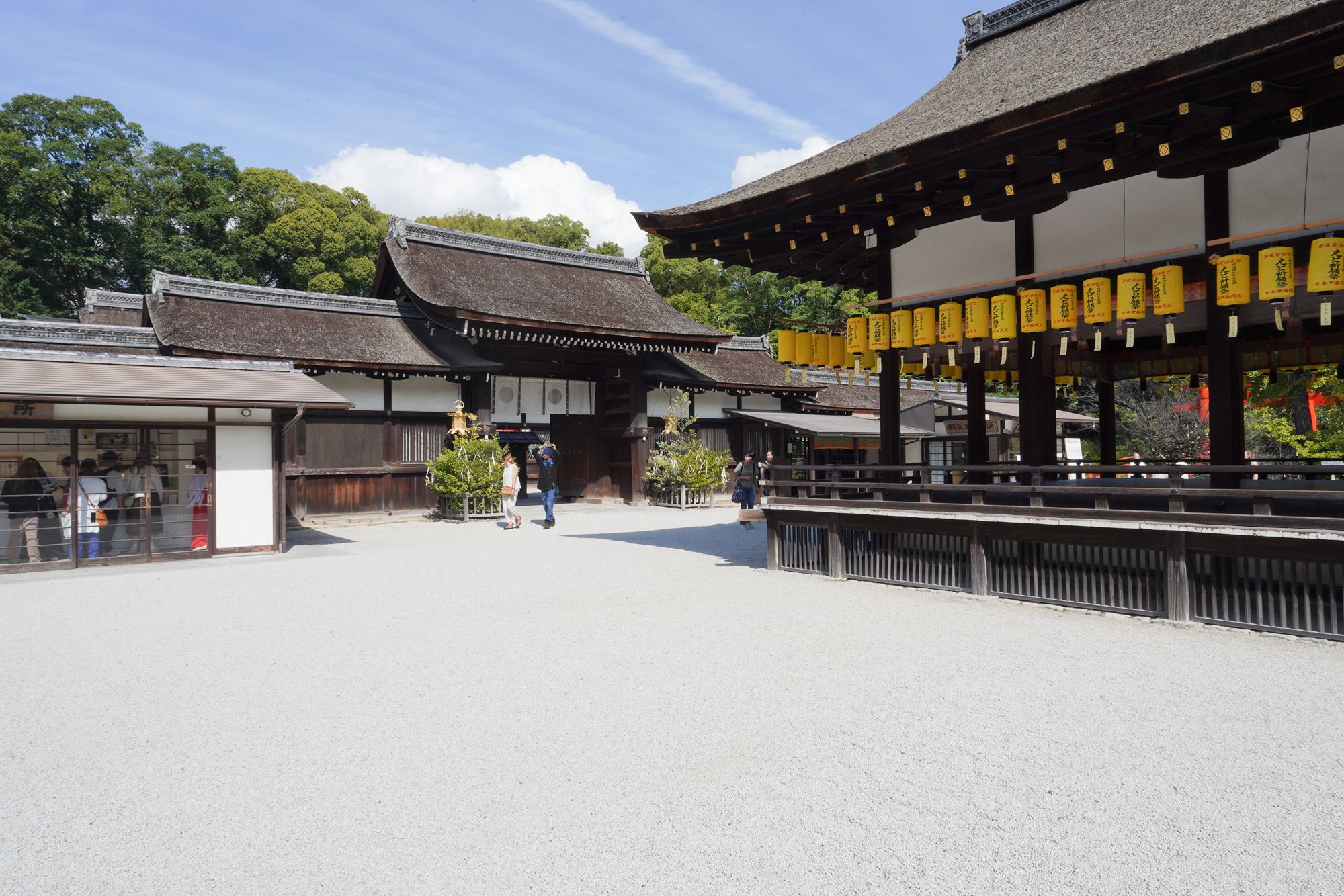
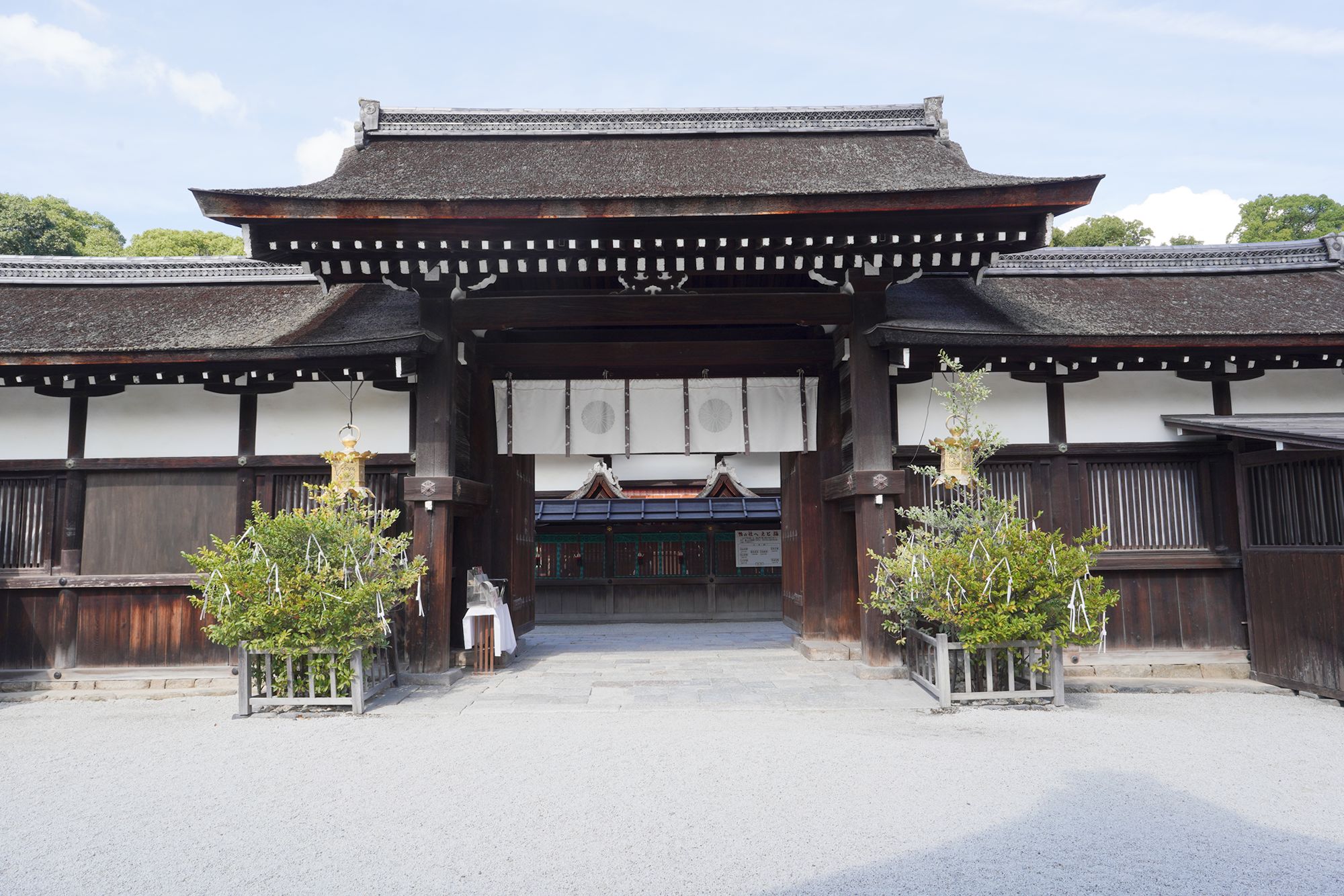
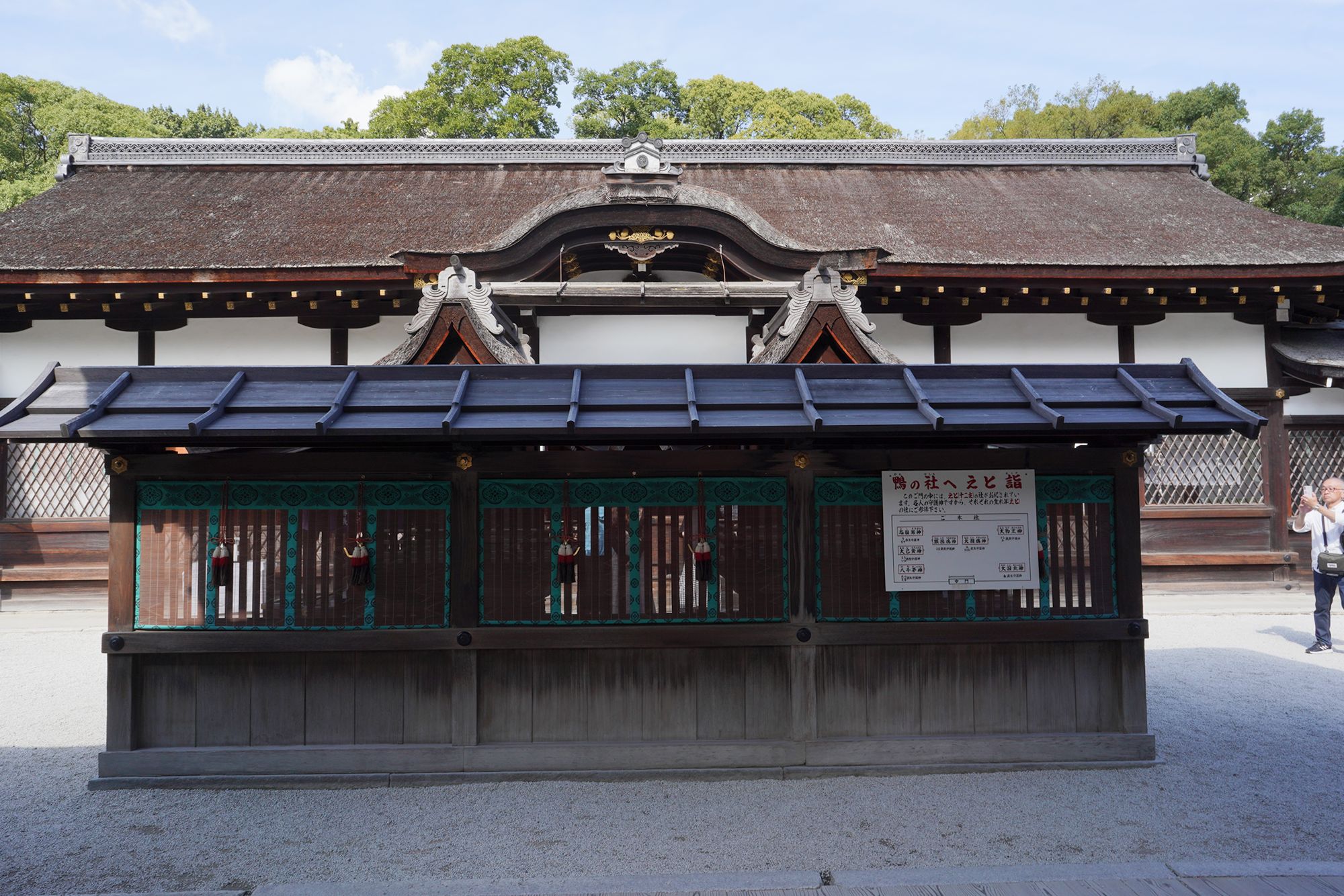
Heiden (Outer Offering Hall)
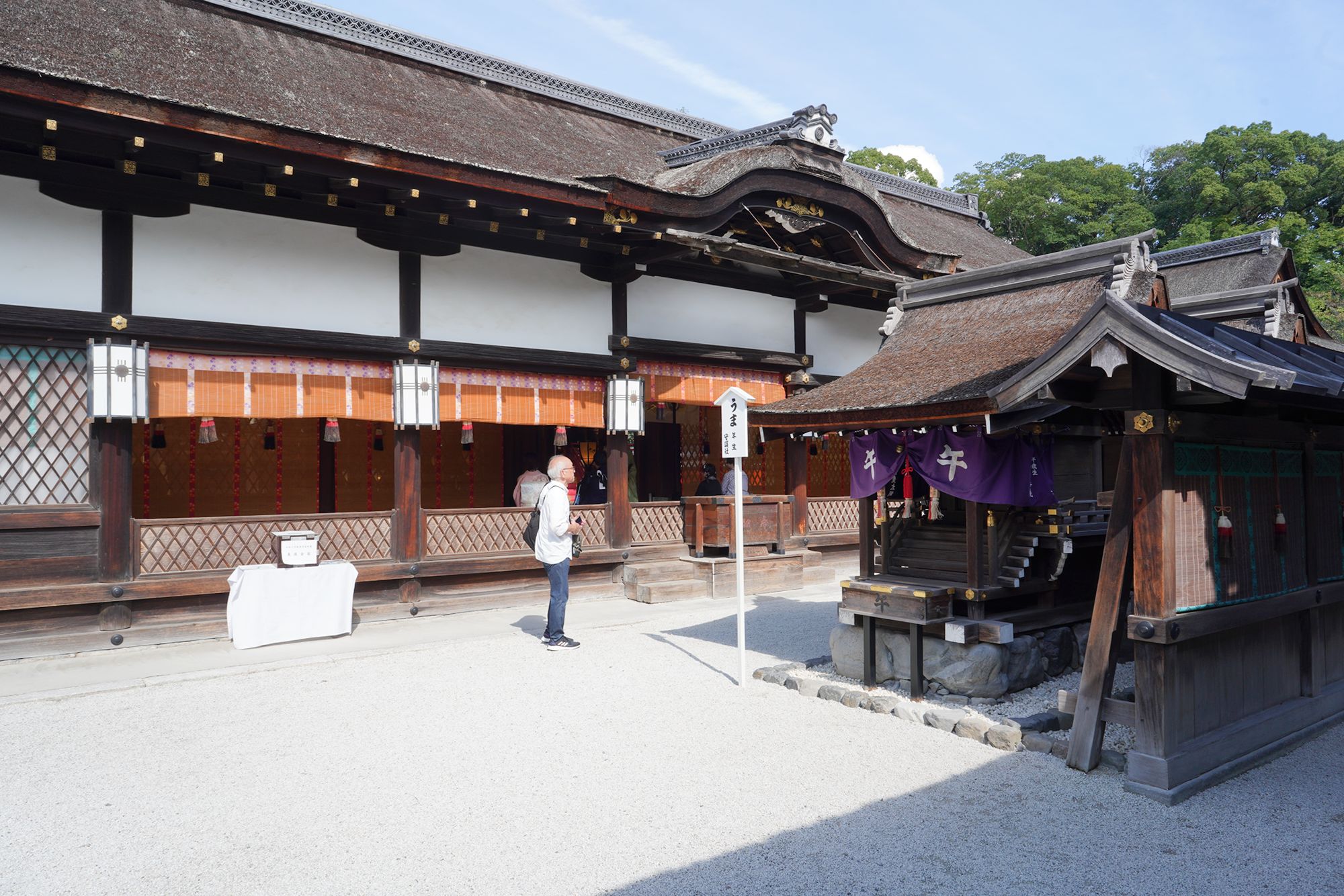
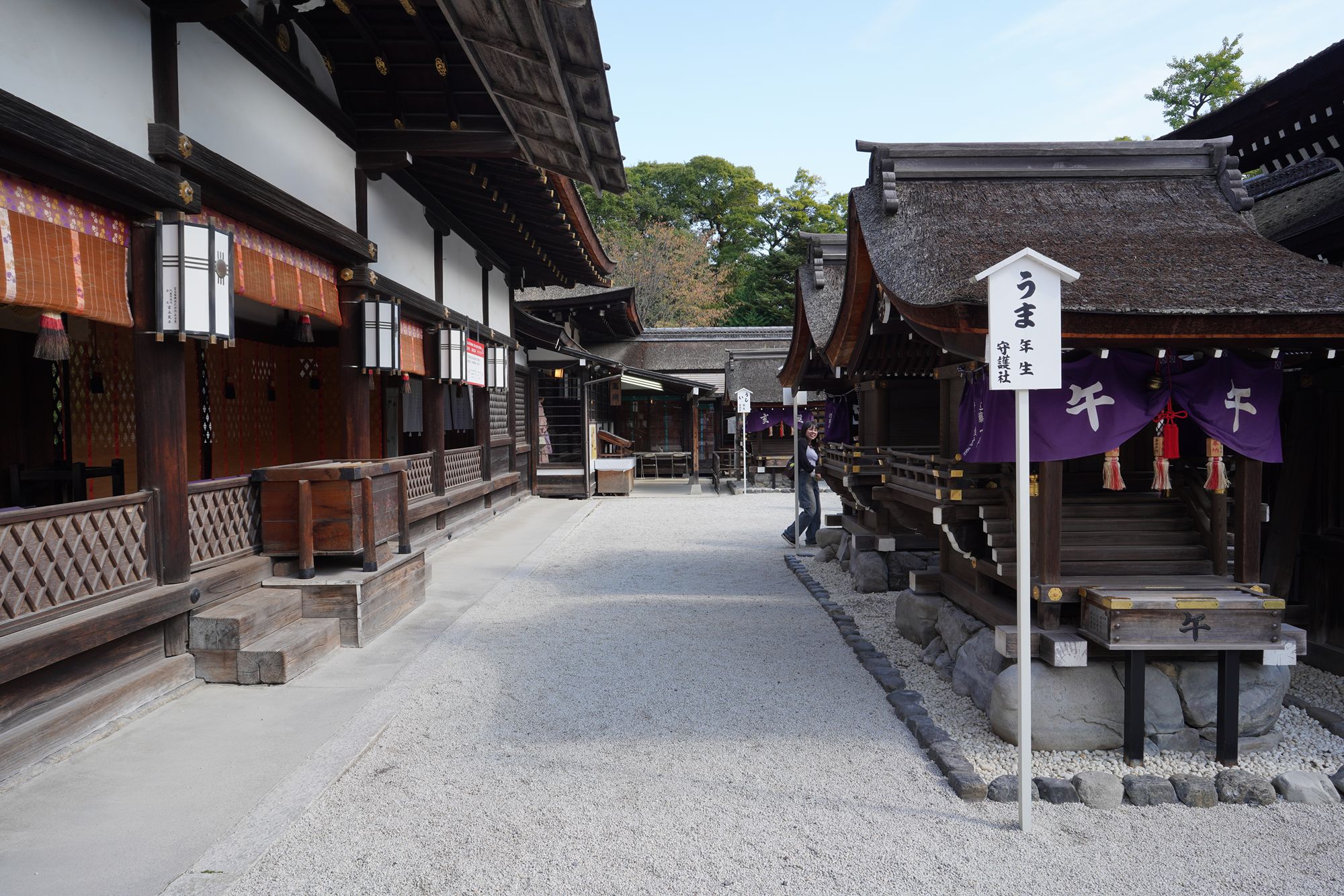
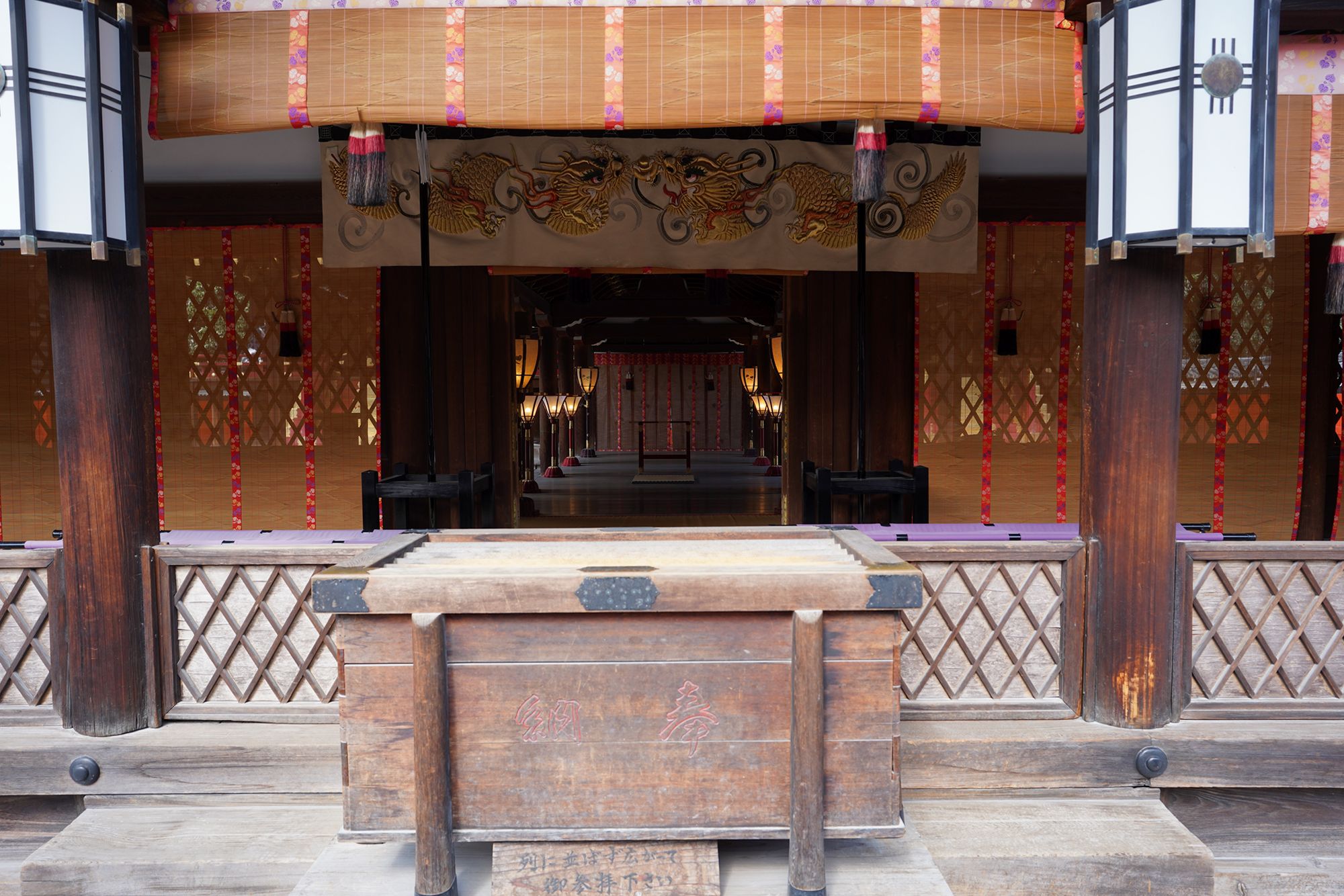
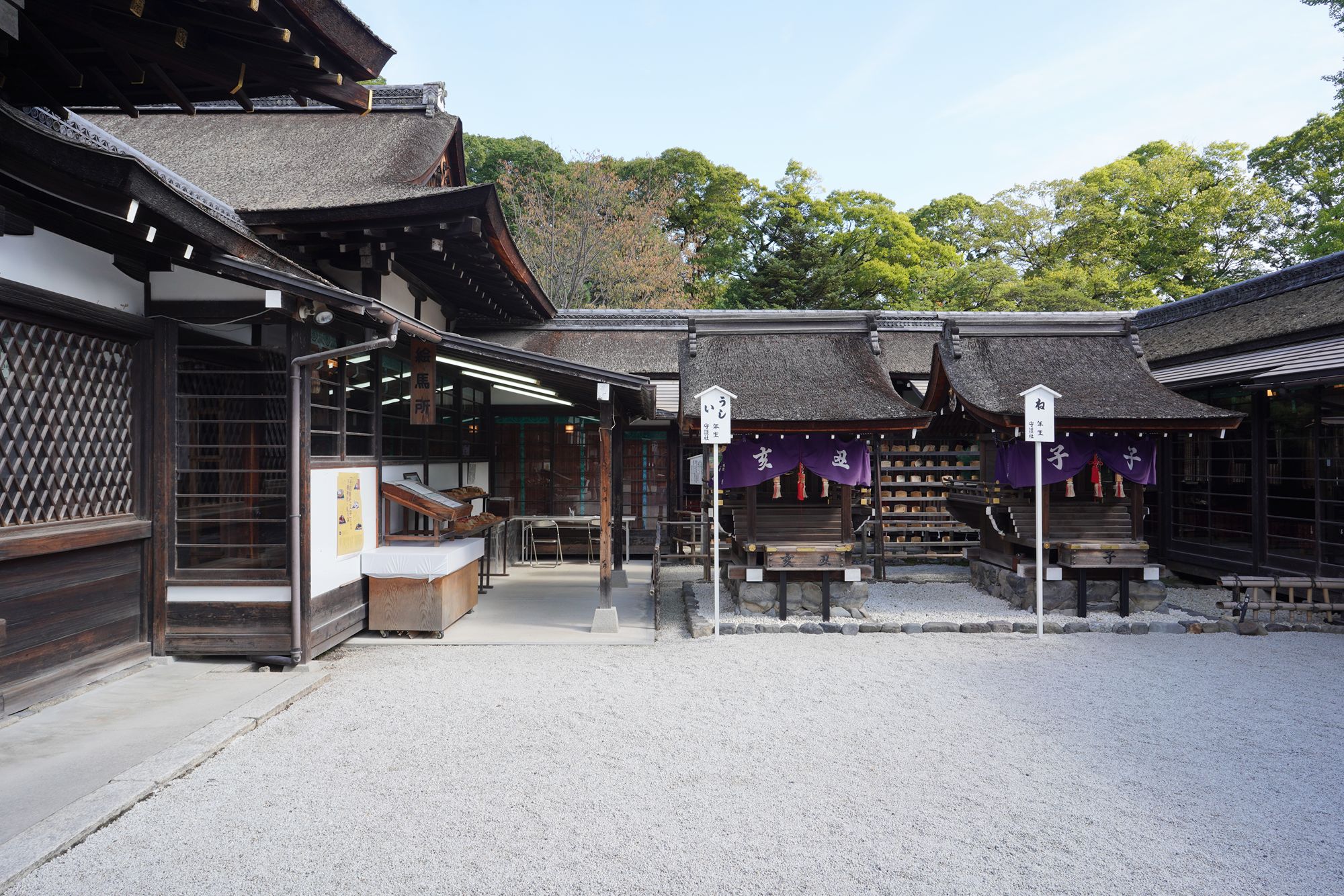
Another gate to inner part of the shrine
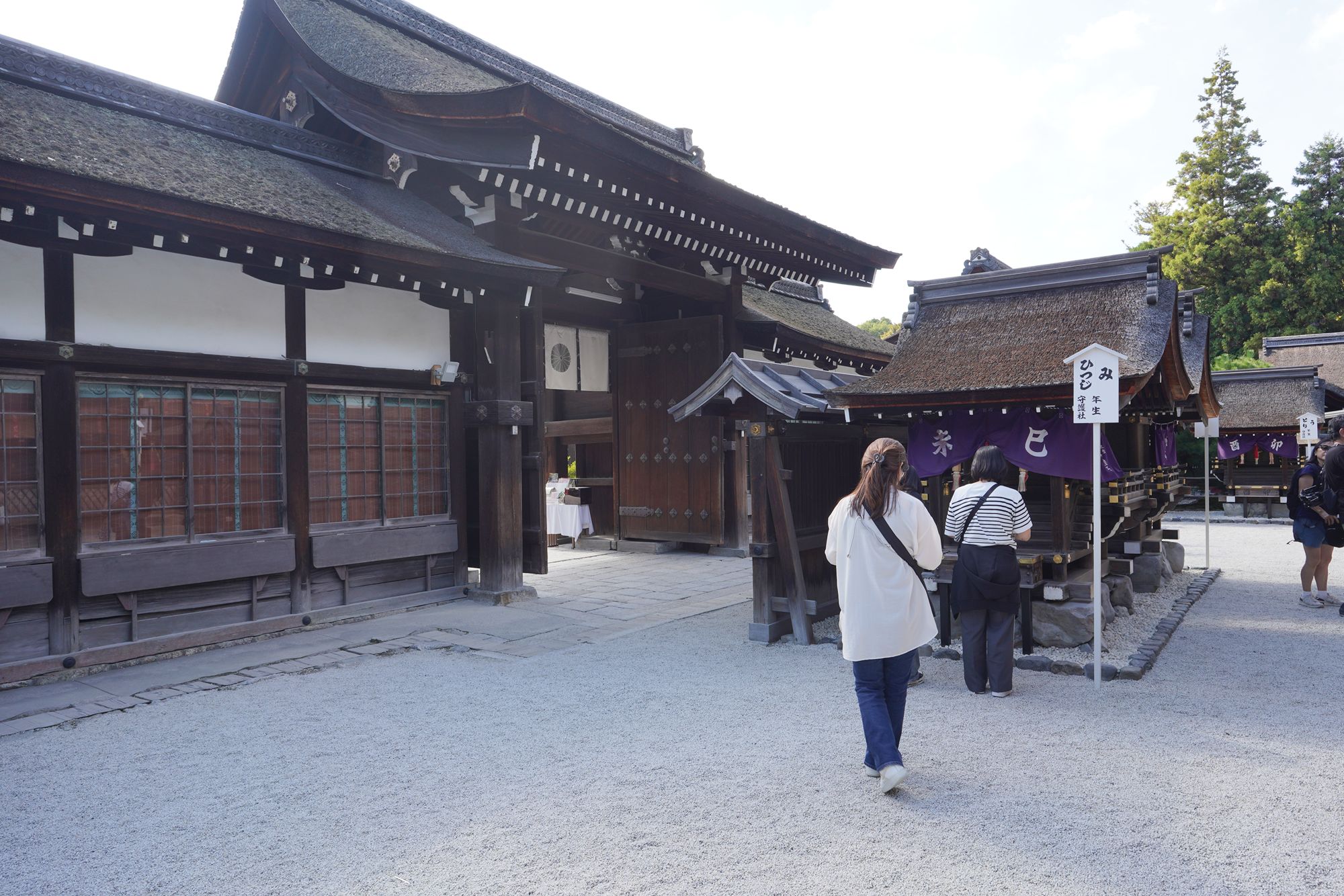
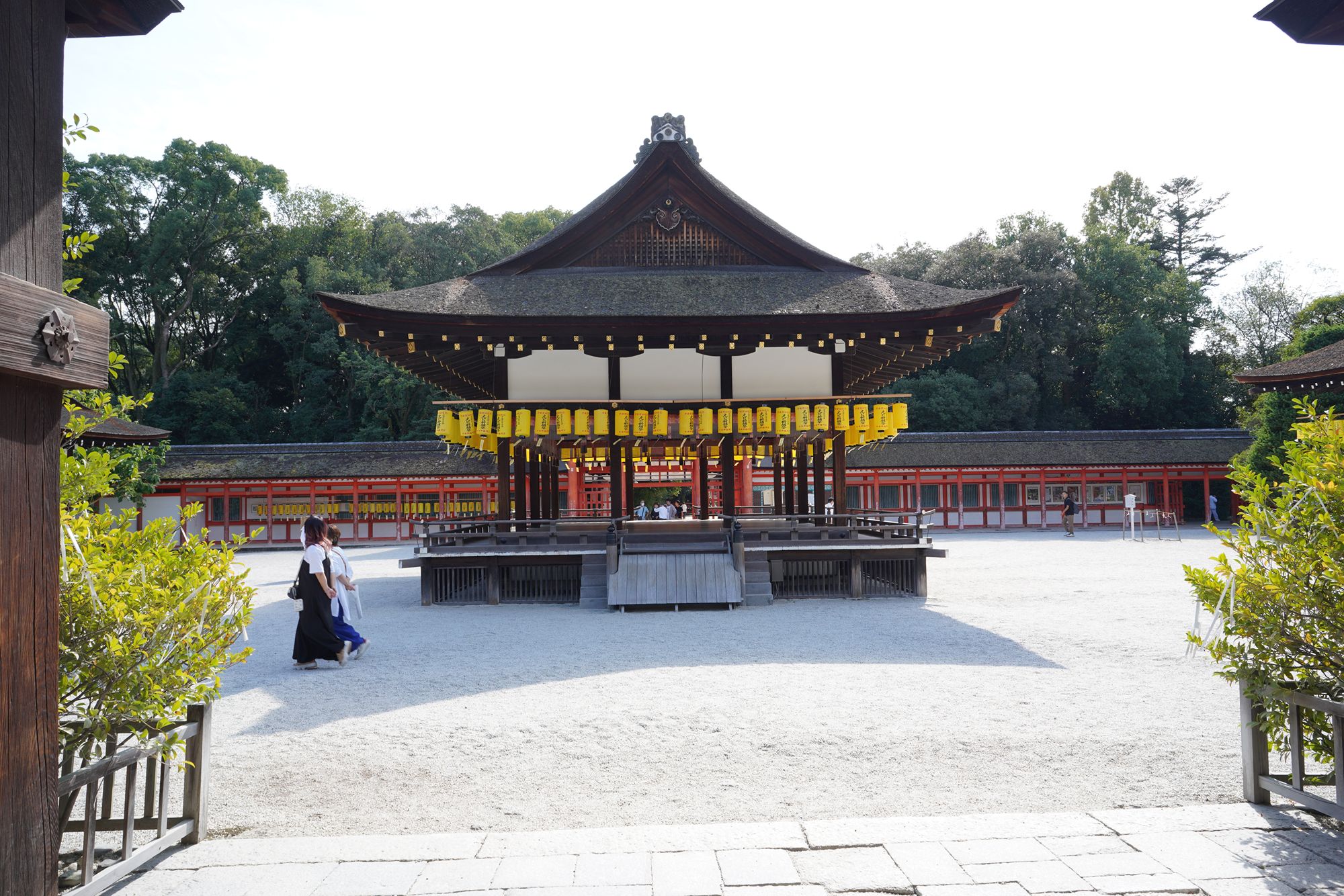
The right side of the shrine
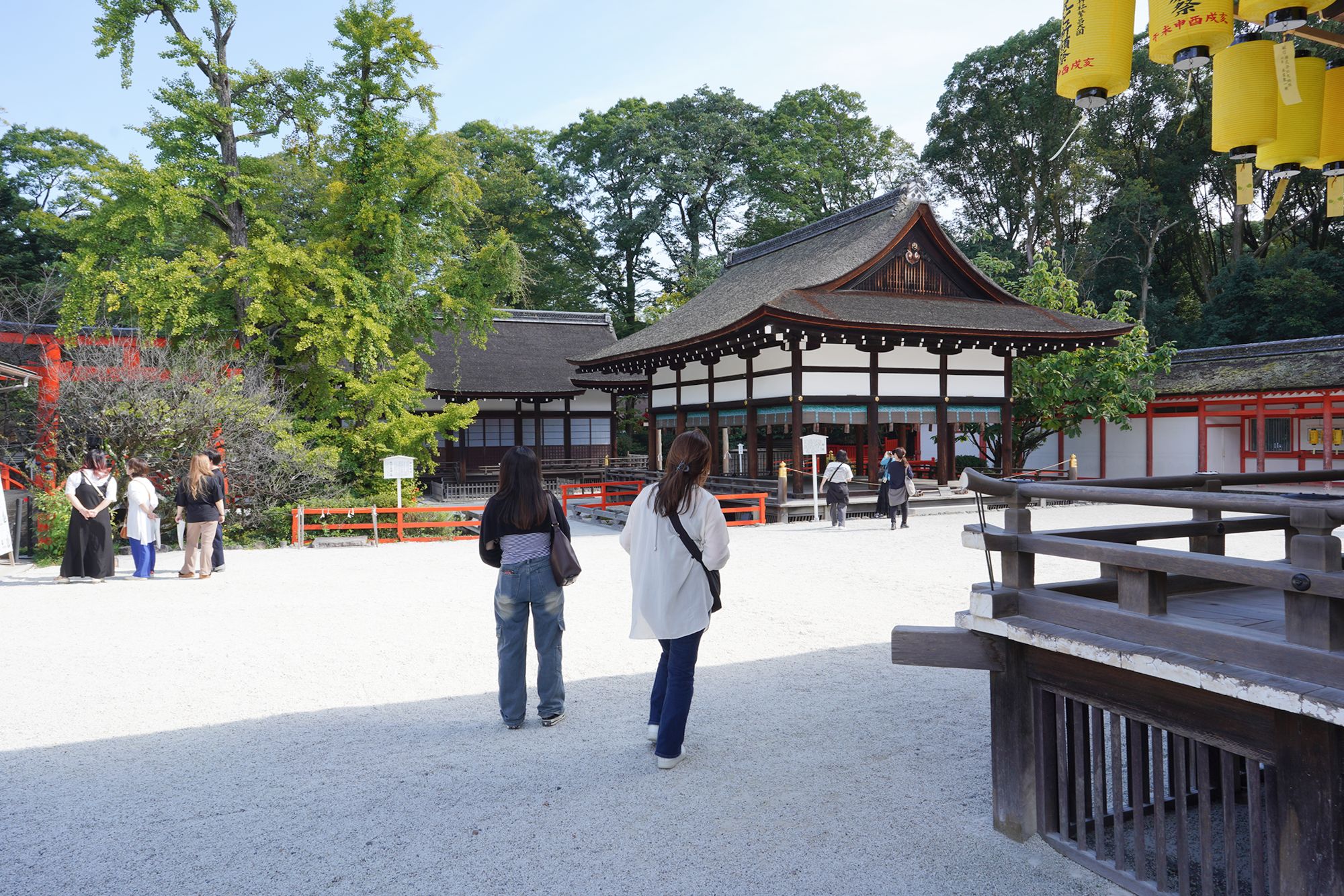
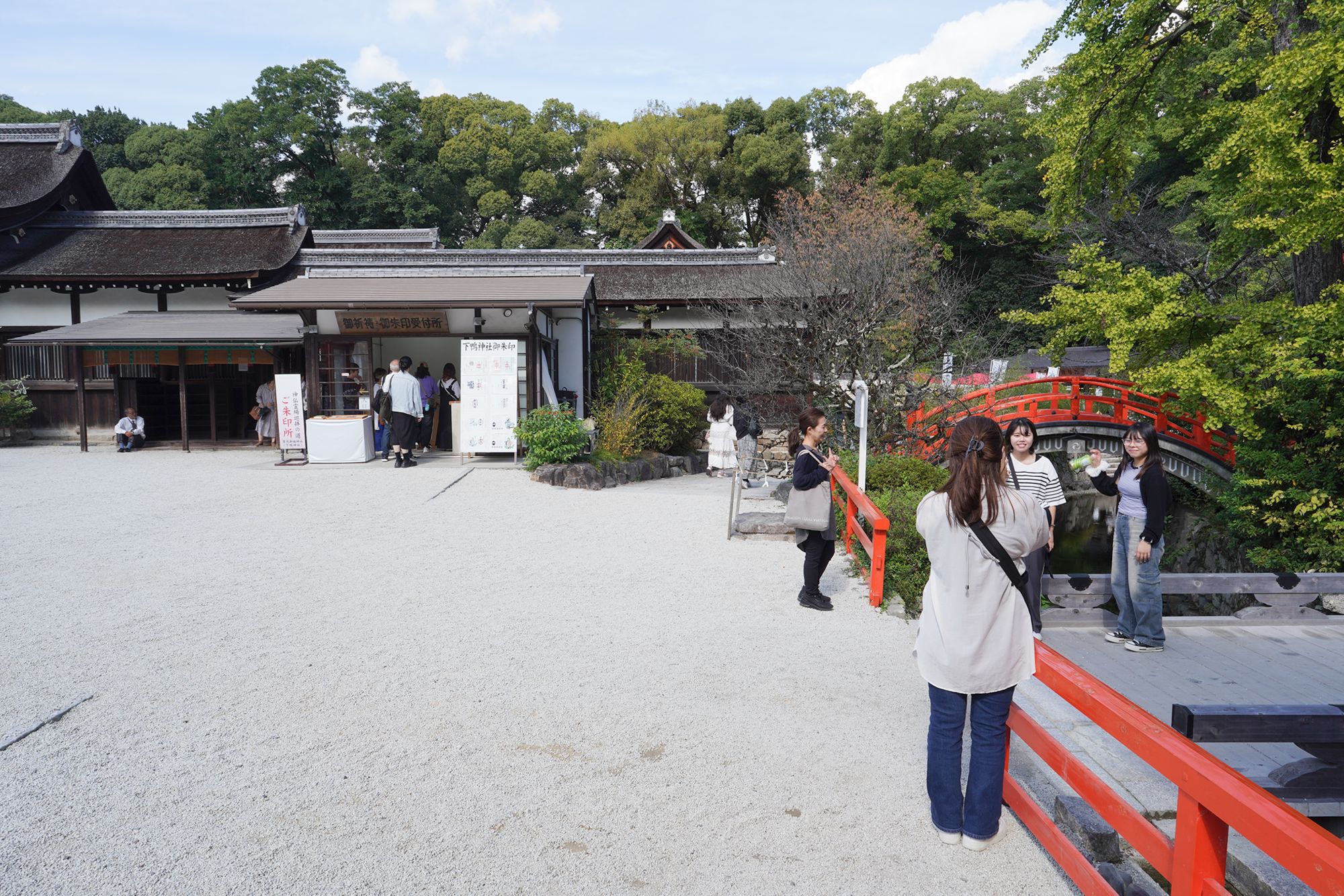
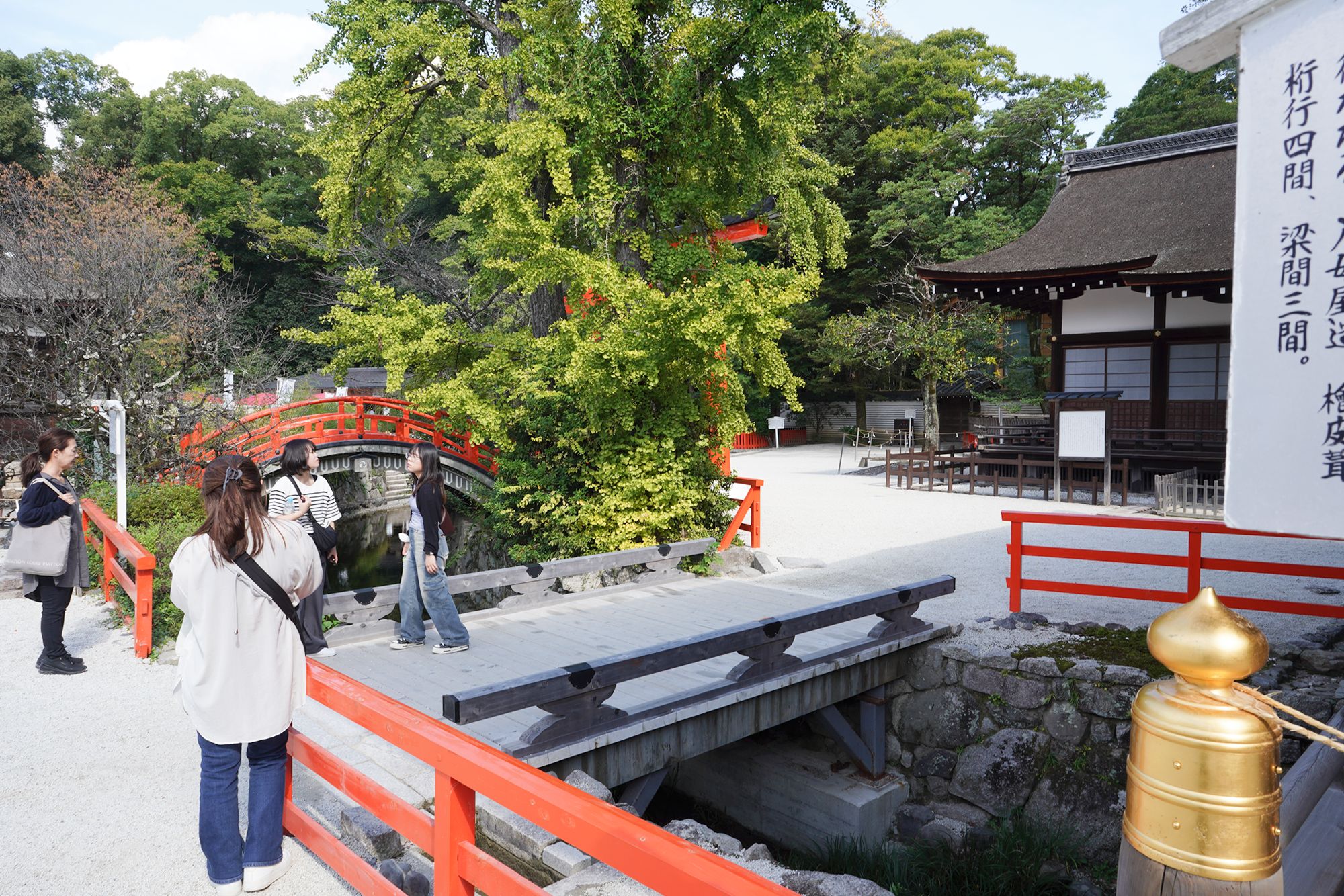
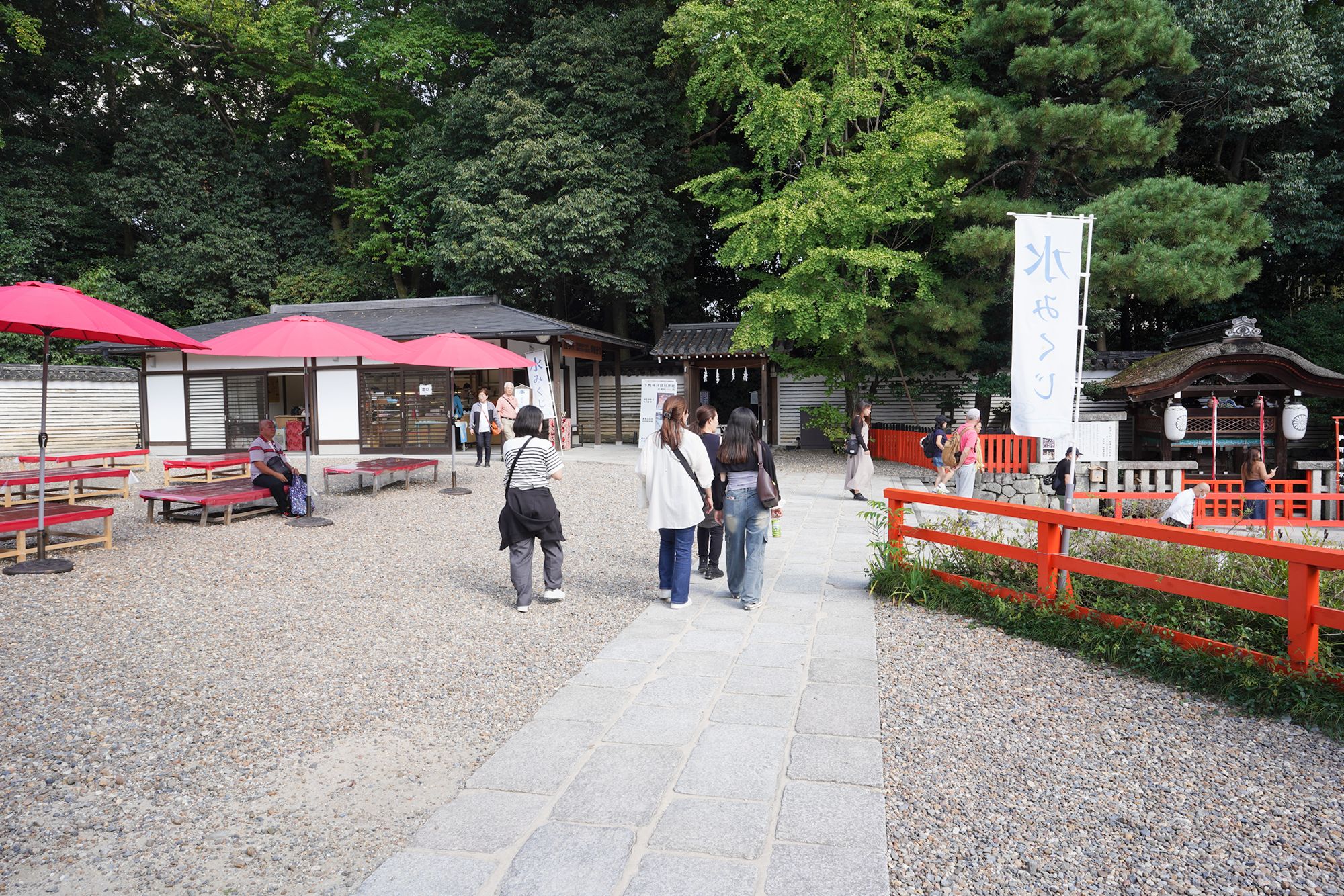
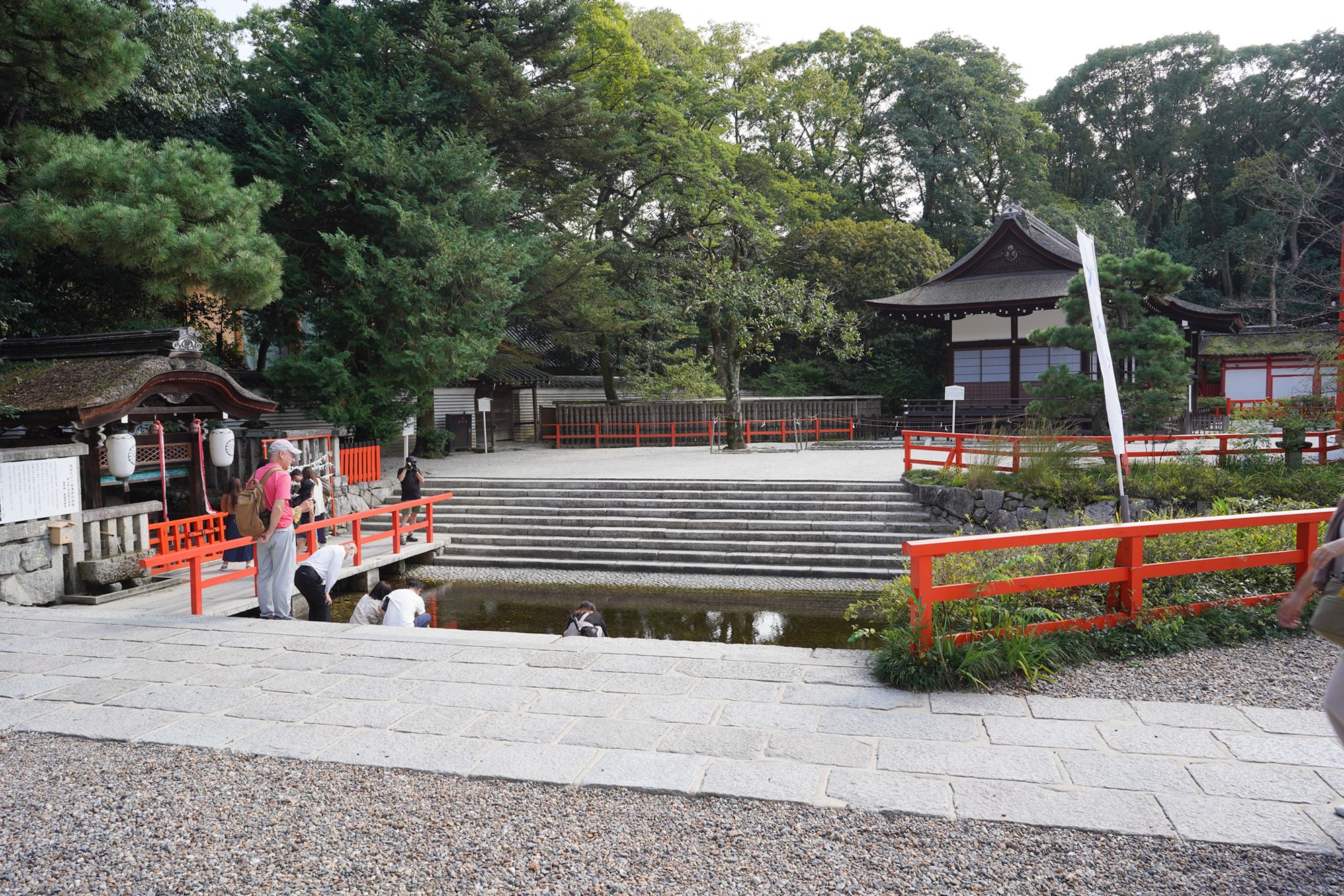
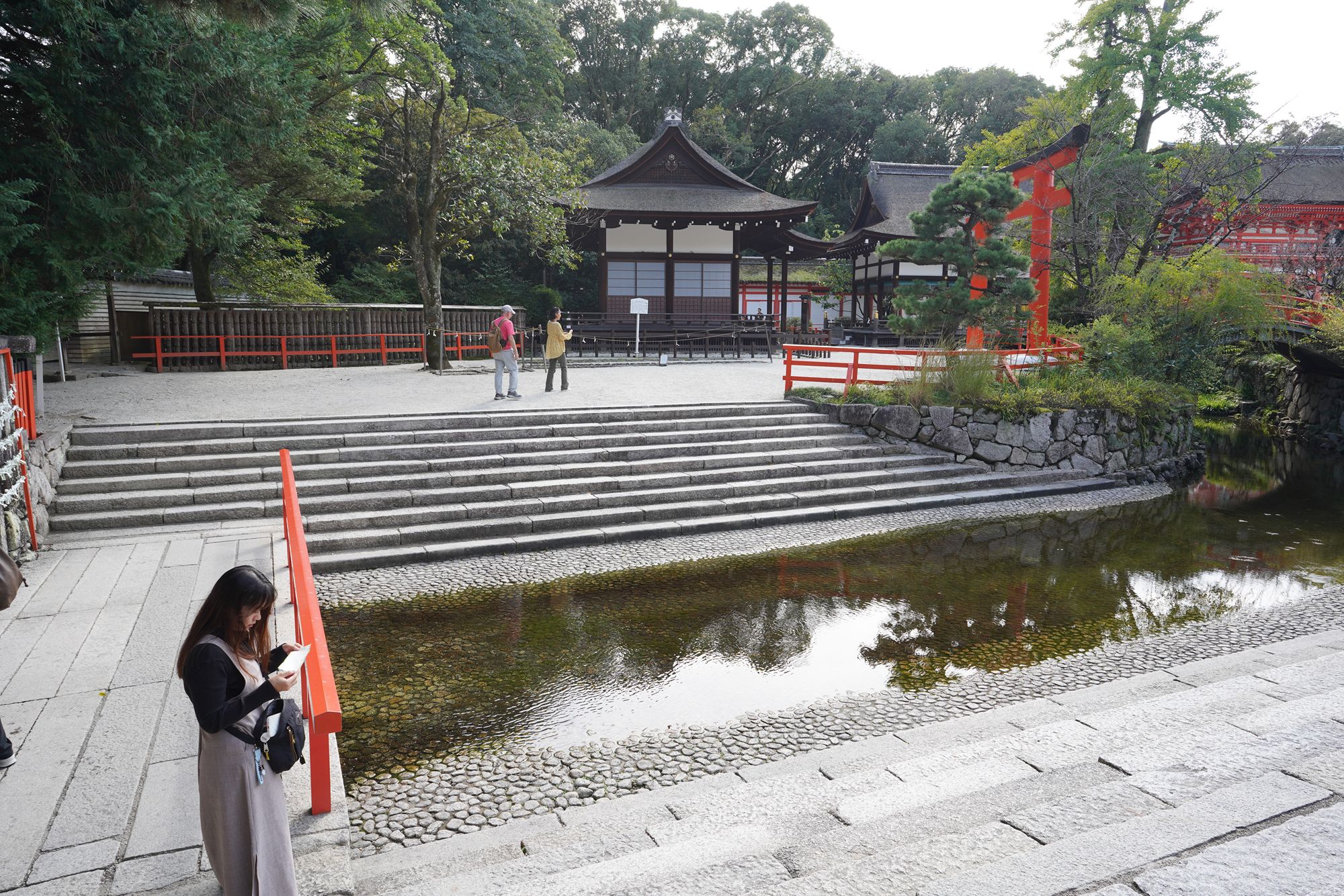
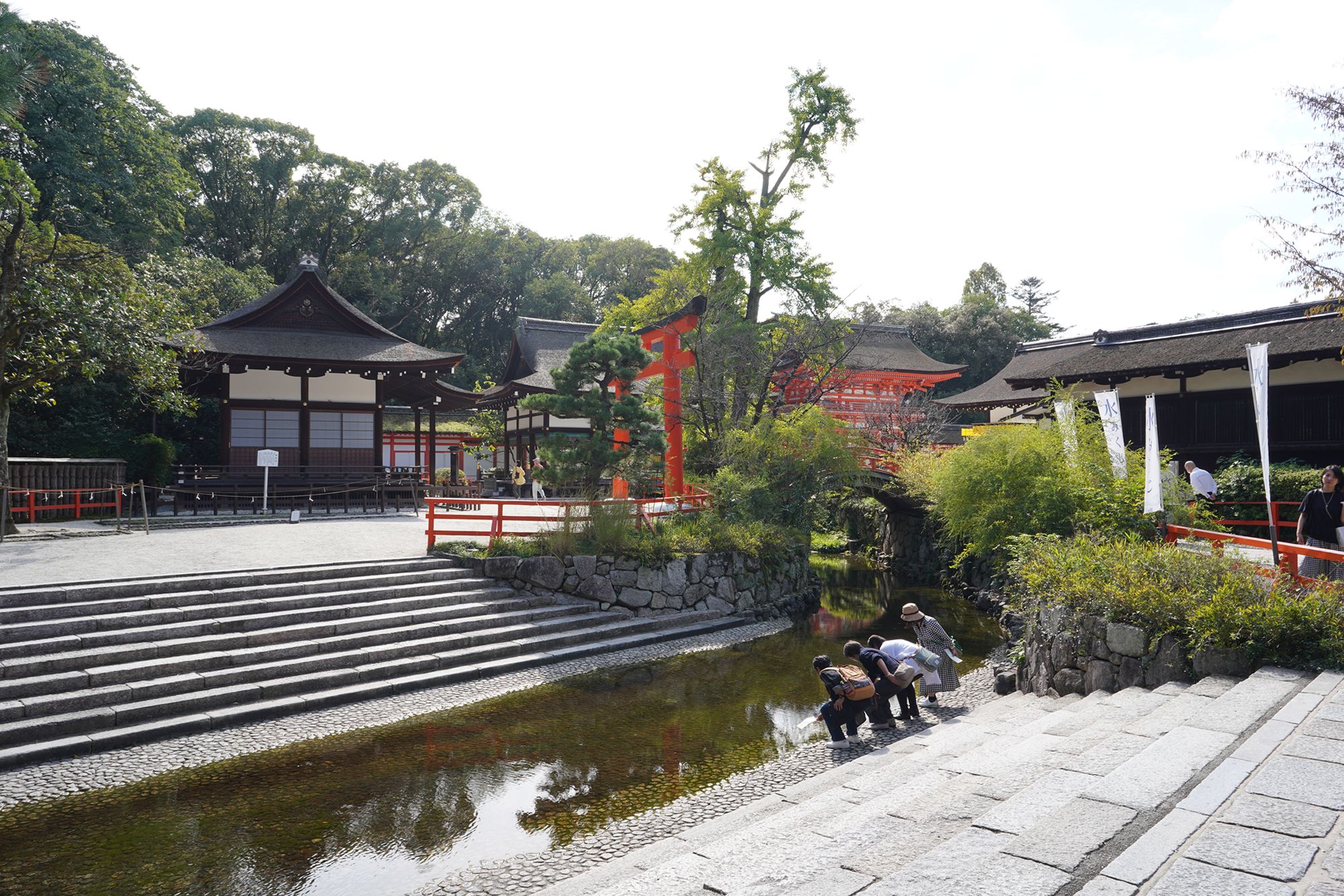
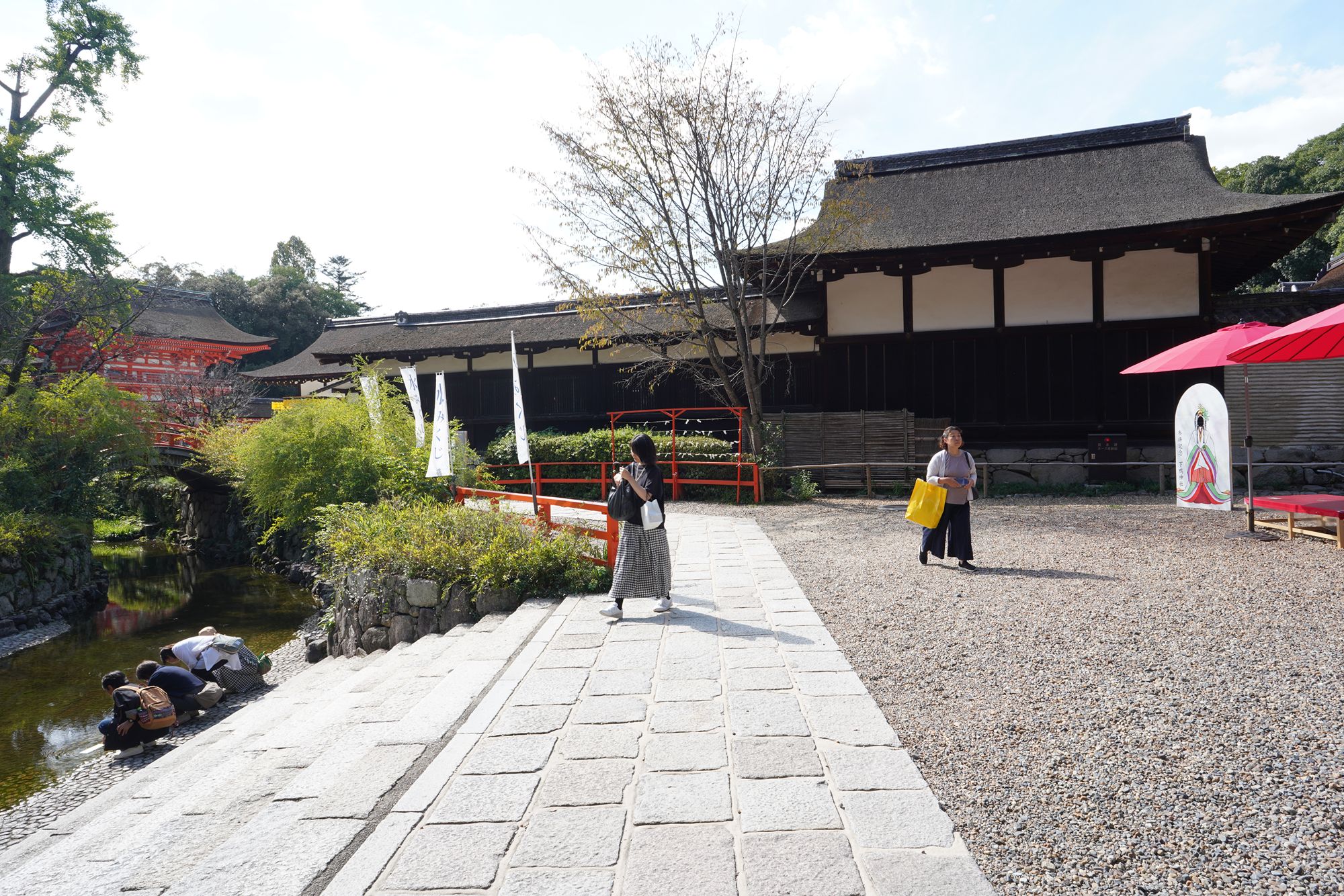
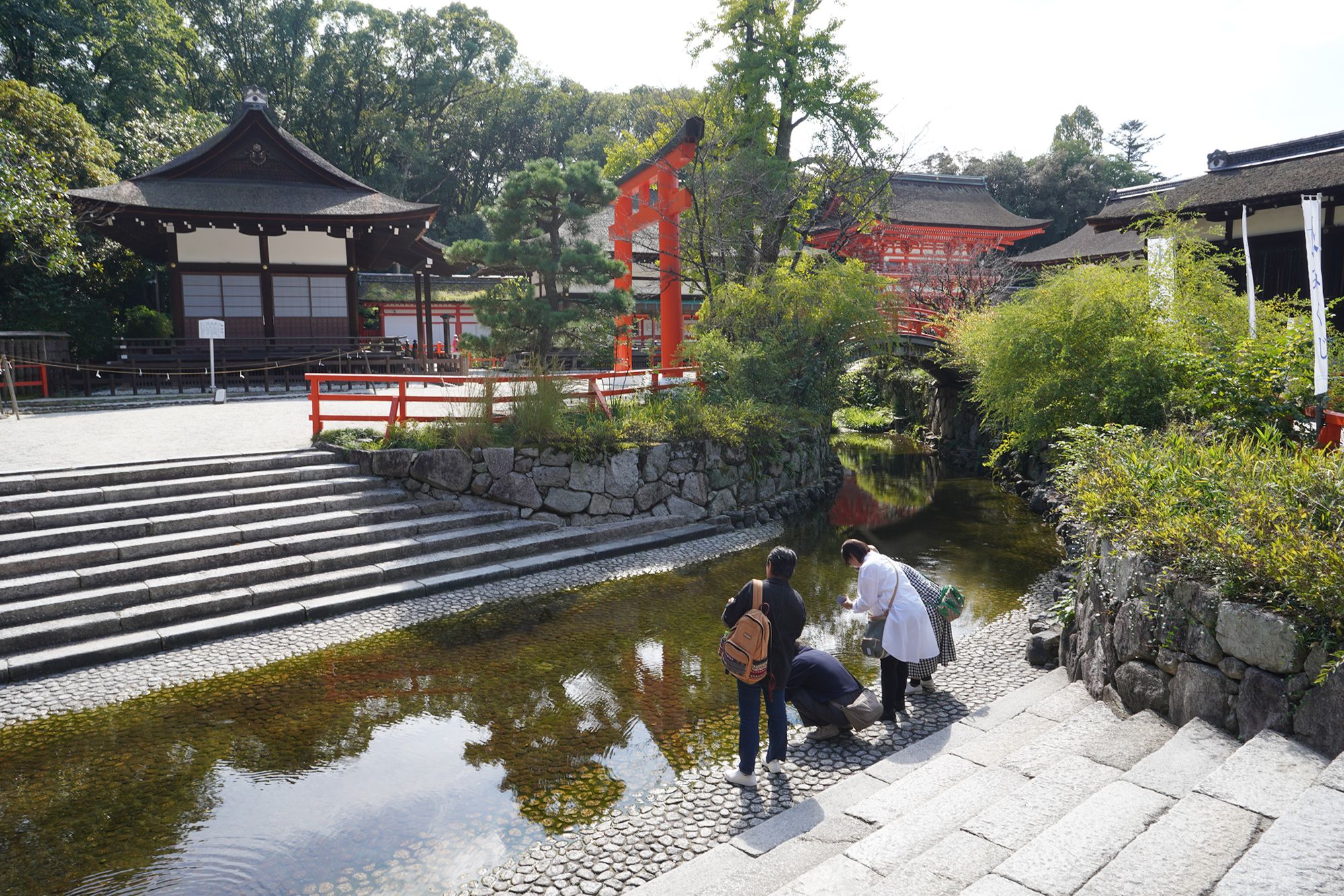
Came back to the tower gate and explored the other areas nearby
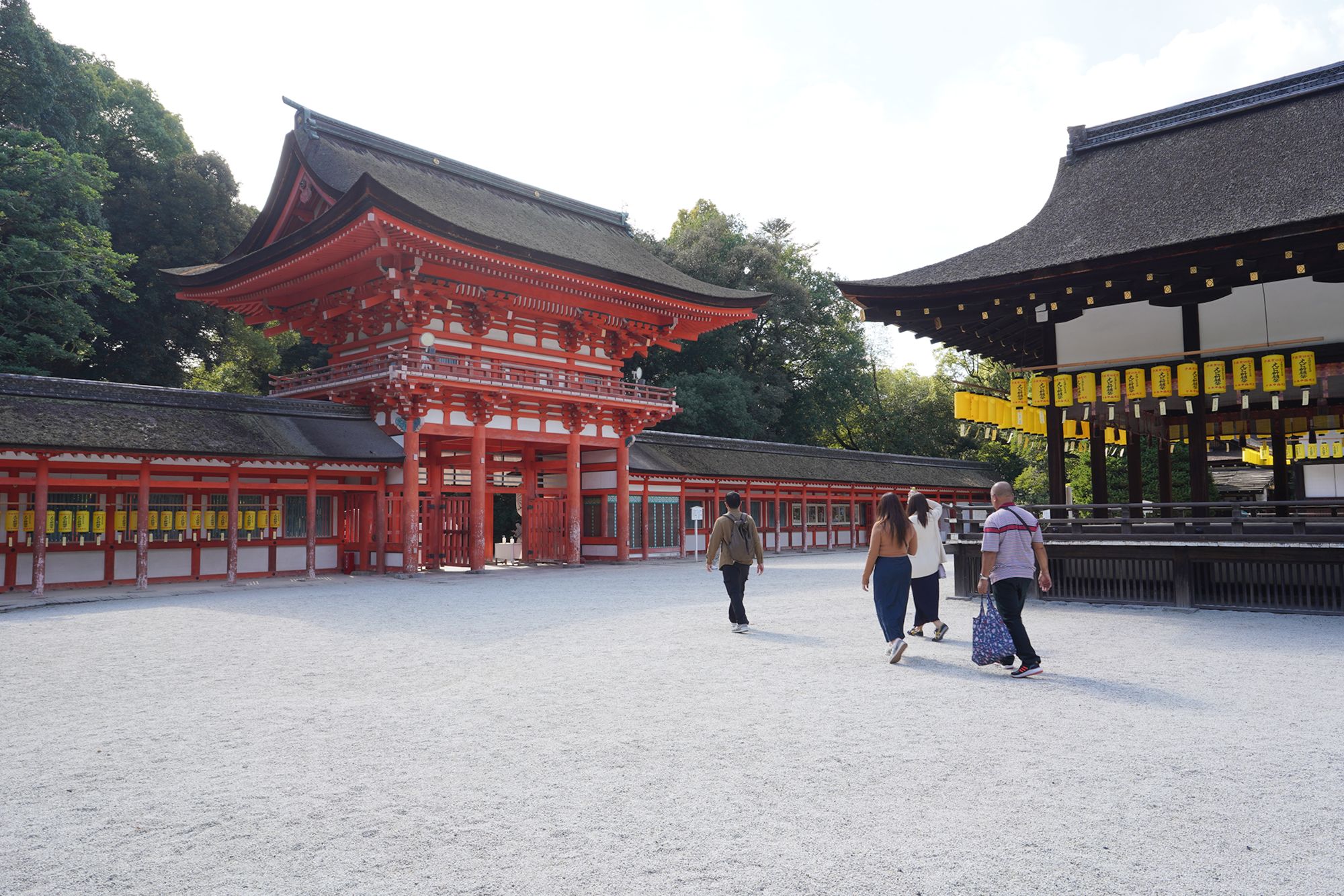
The stage building
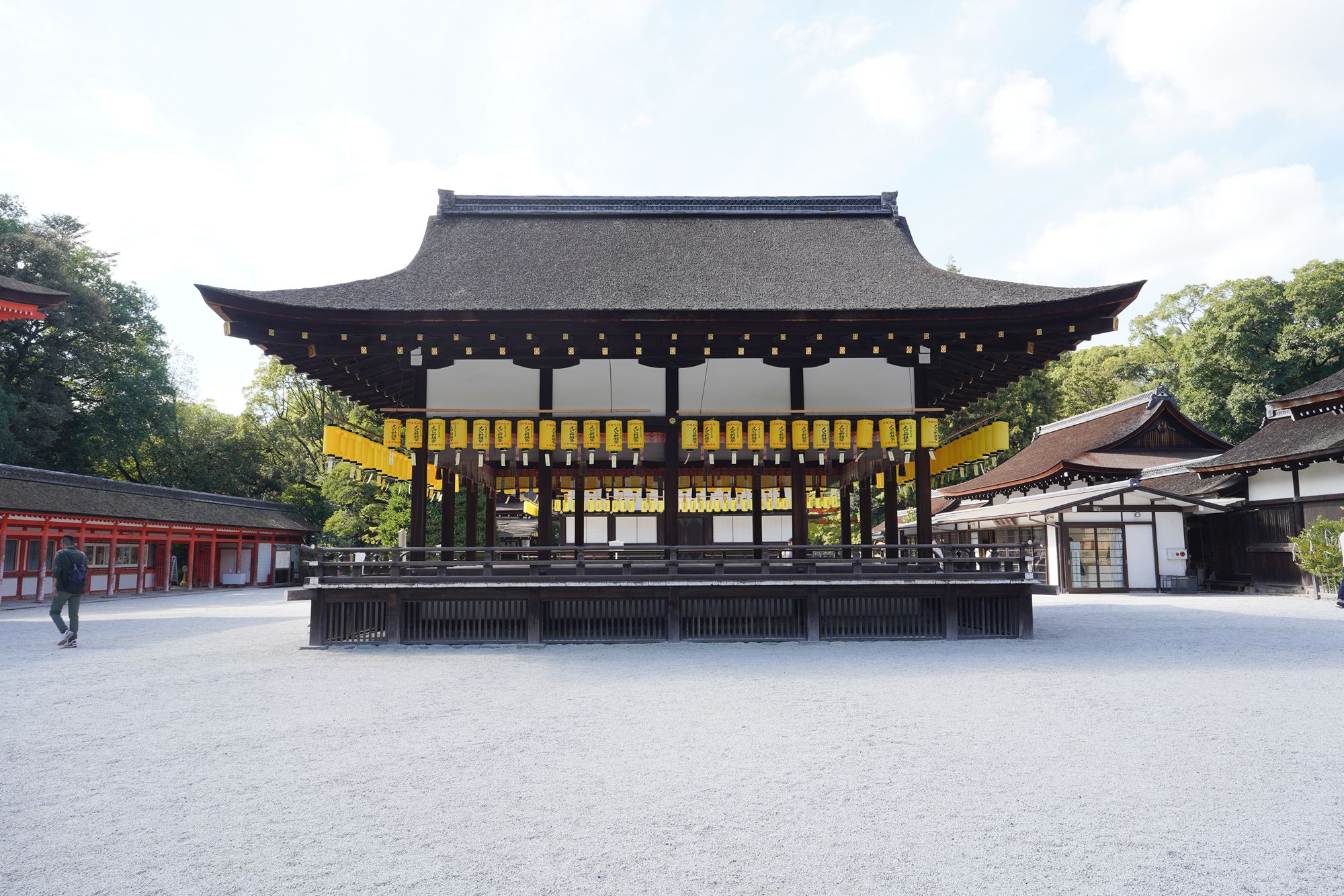
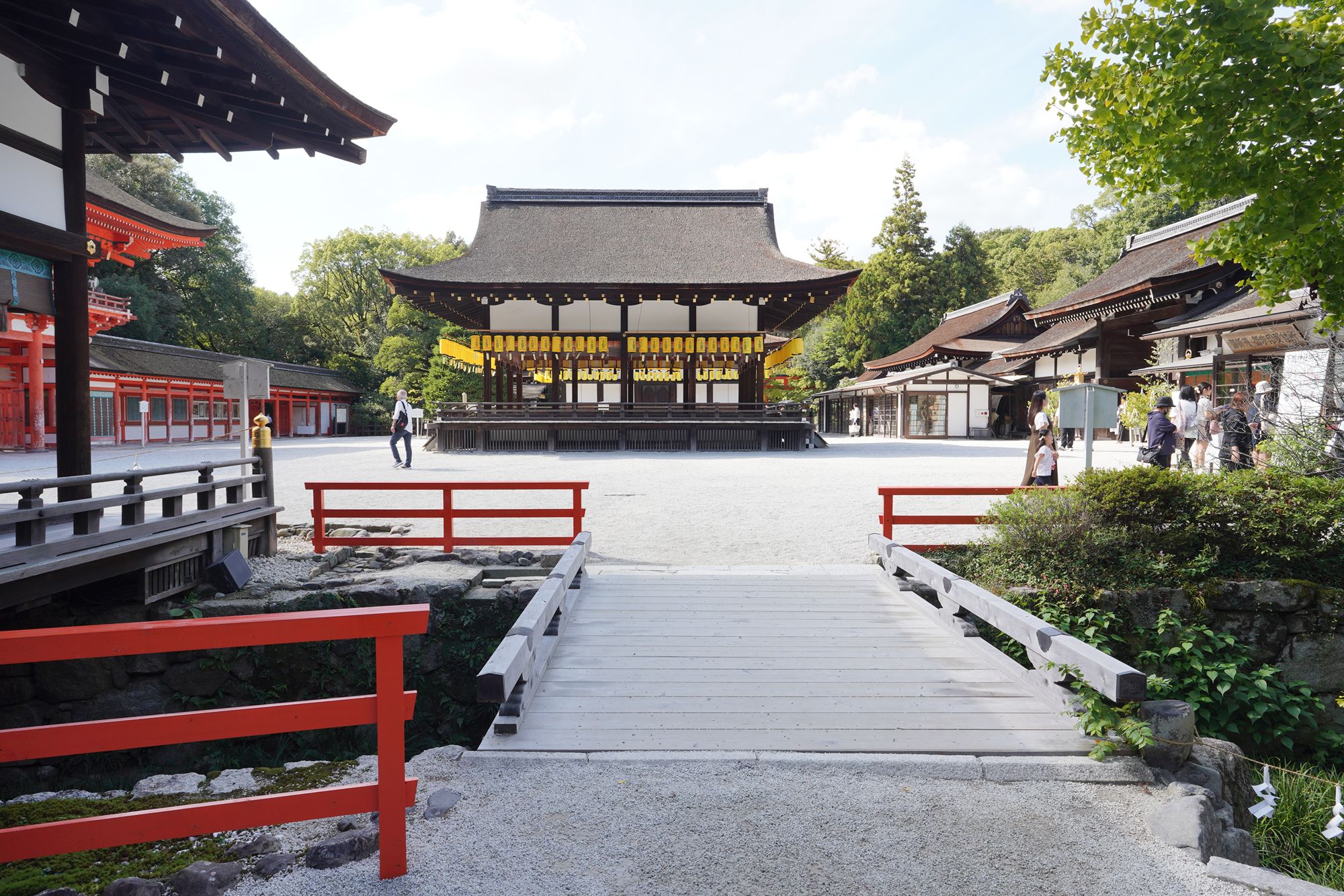
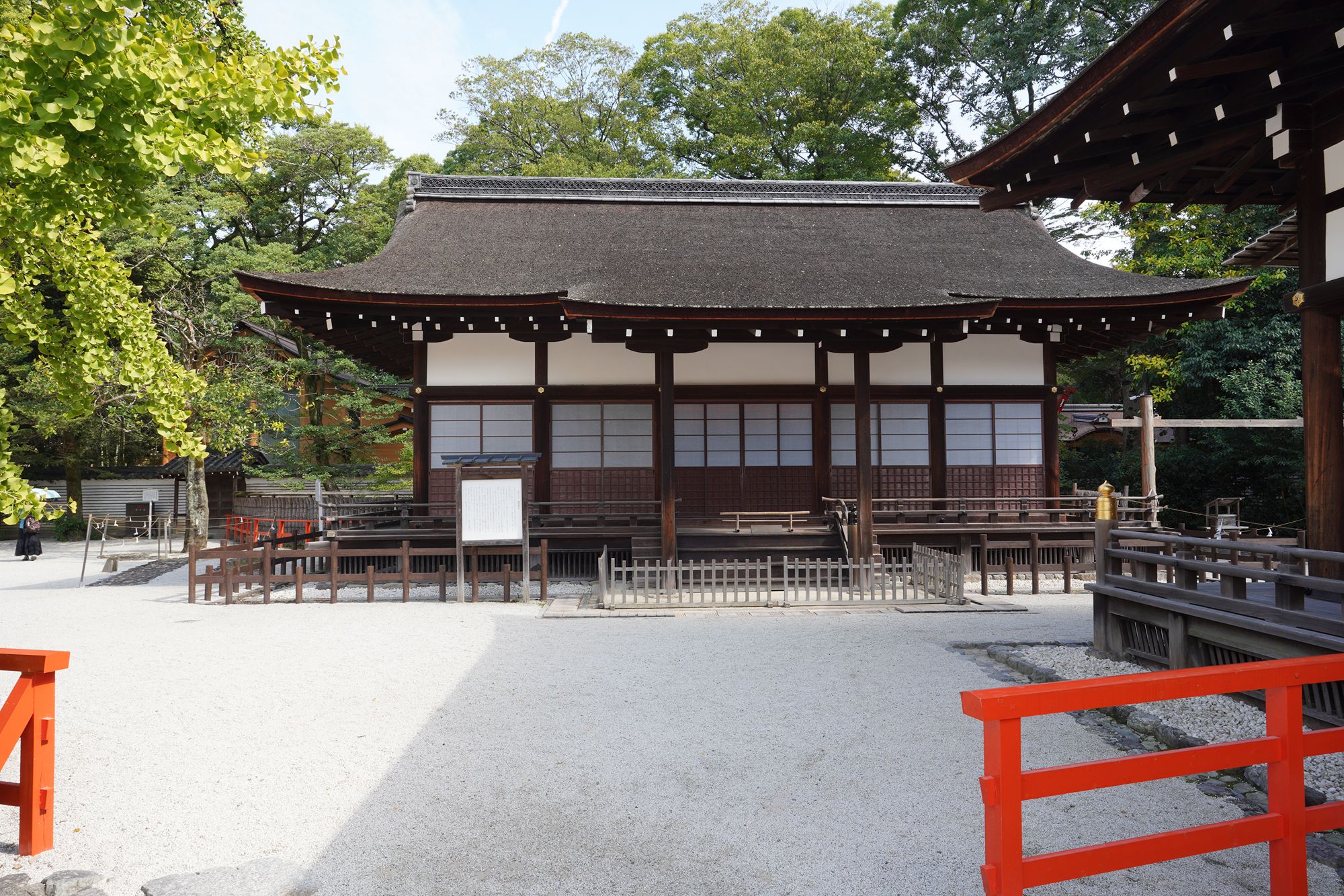
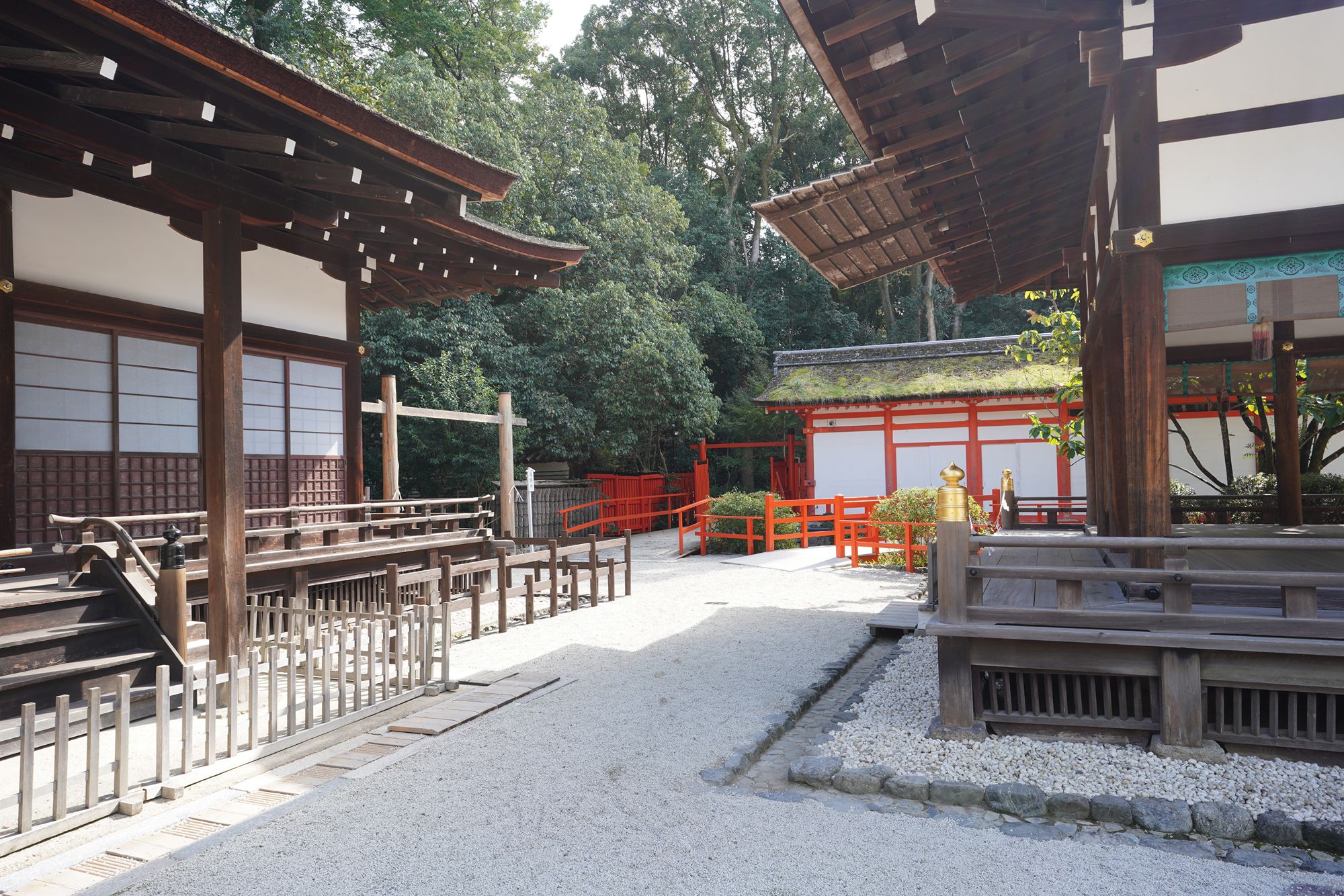
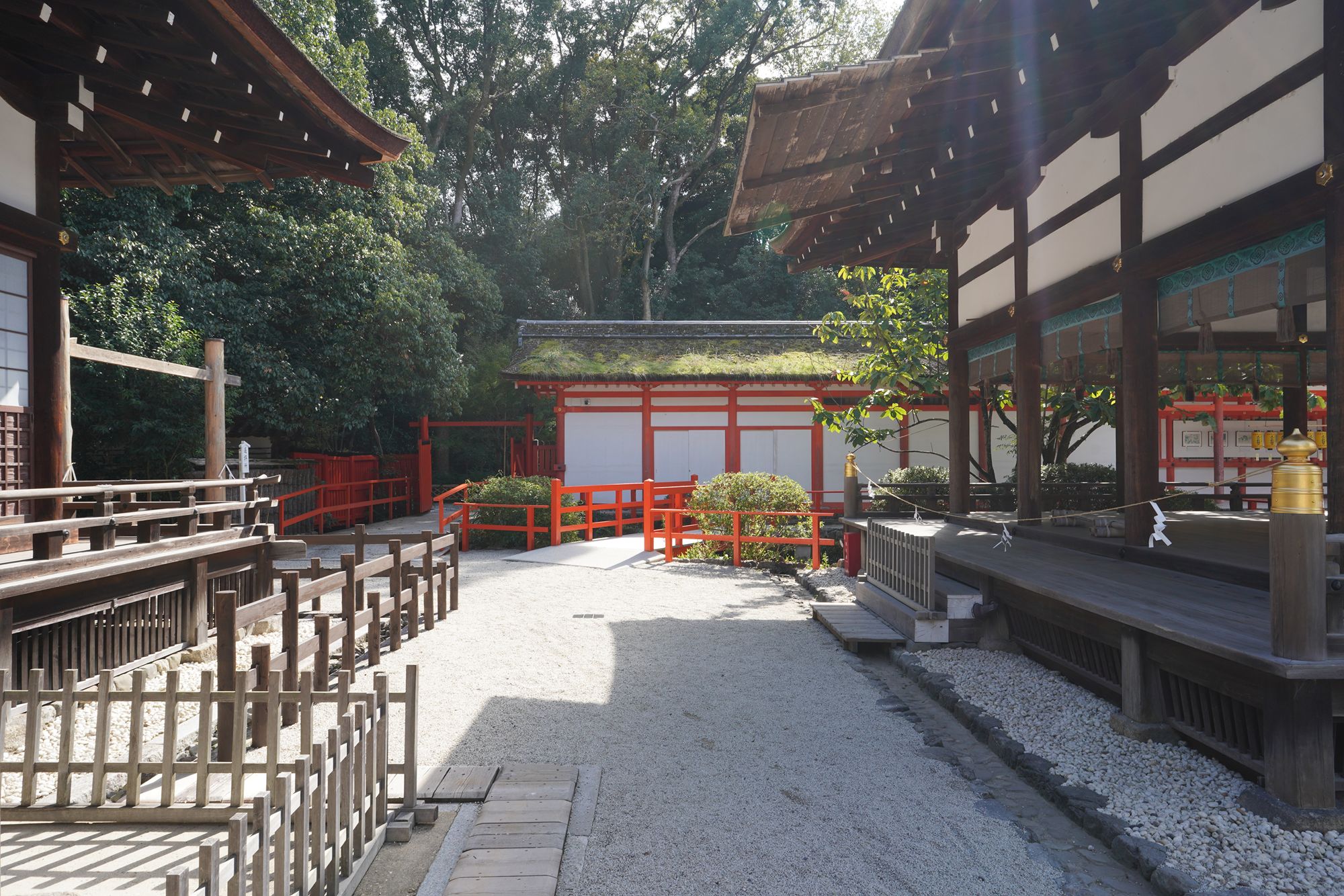
Came back to the stage area
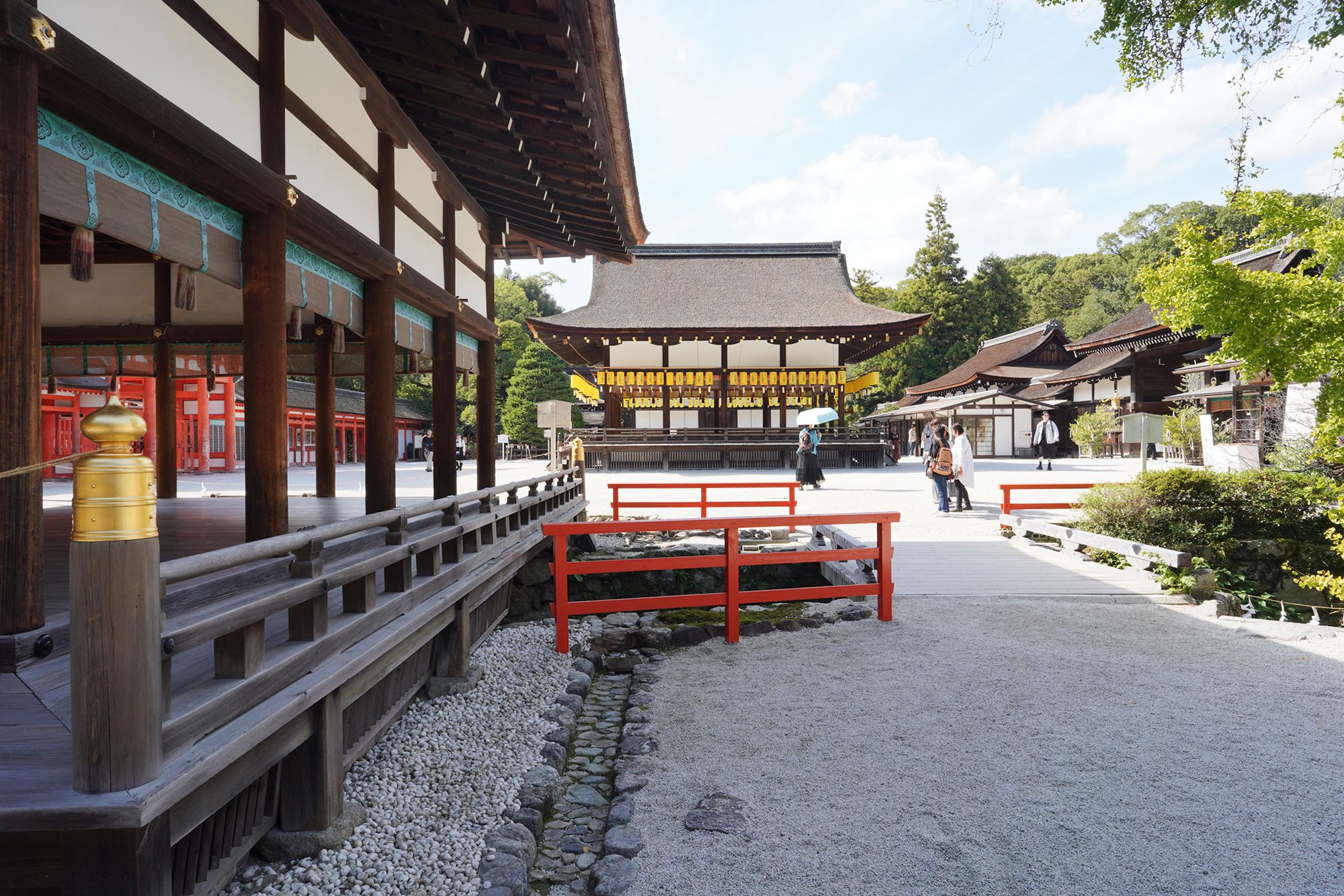
Leaving the shrine
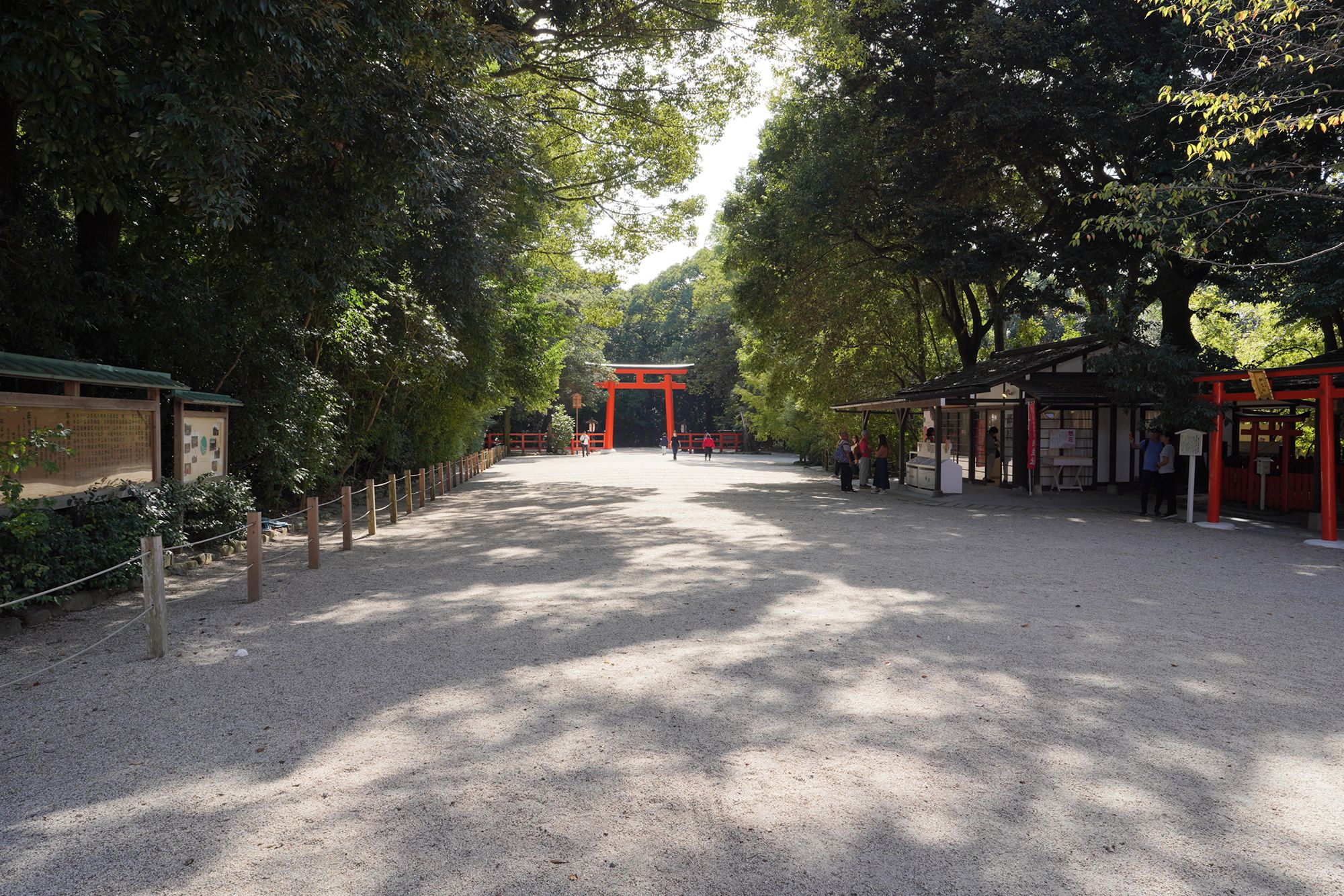
From Shimogamo Shrine, I took another bus to Kamigamo Shrine
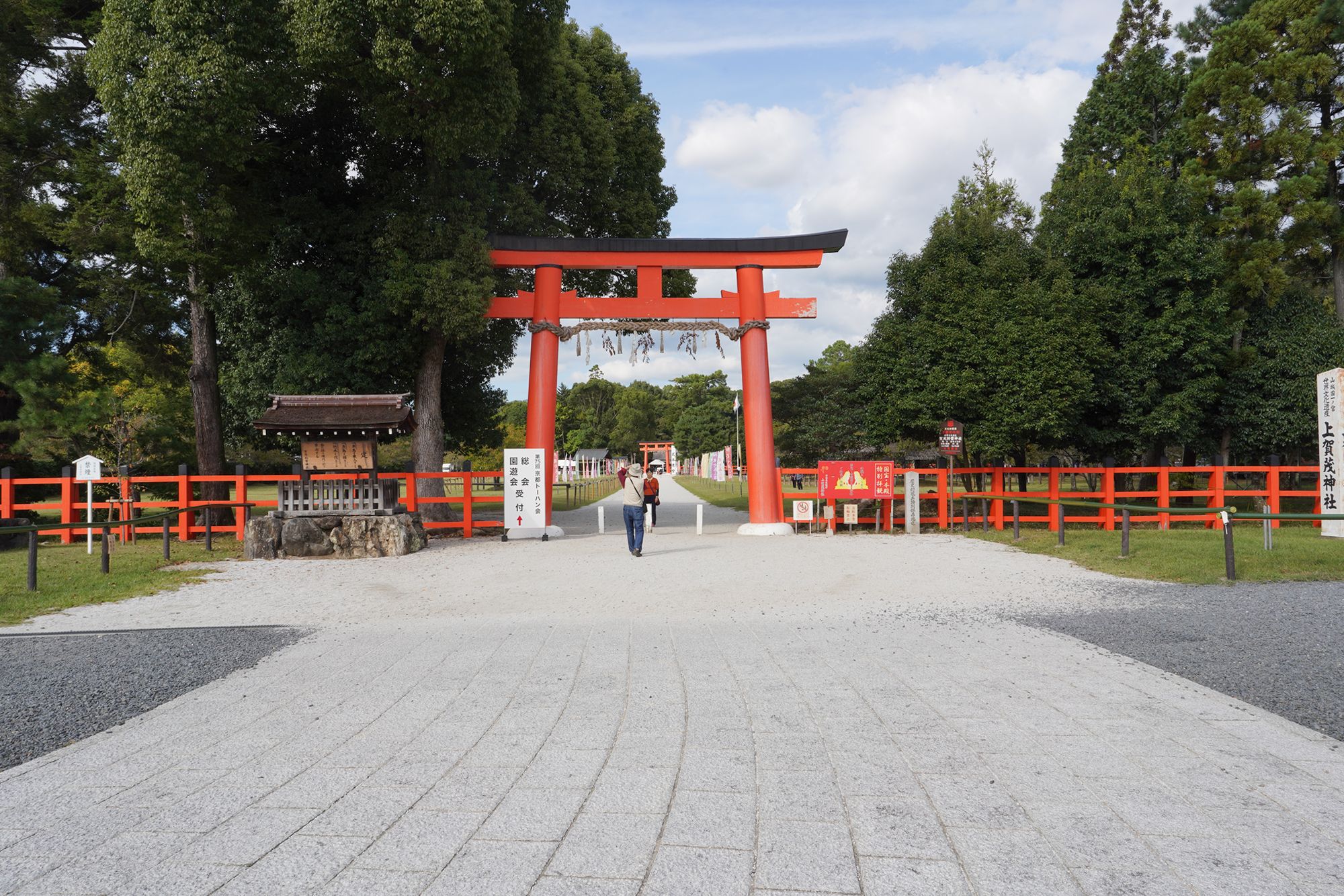
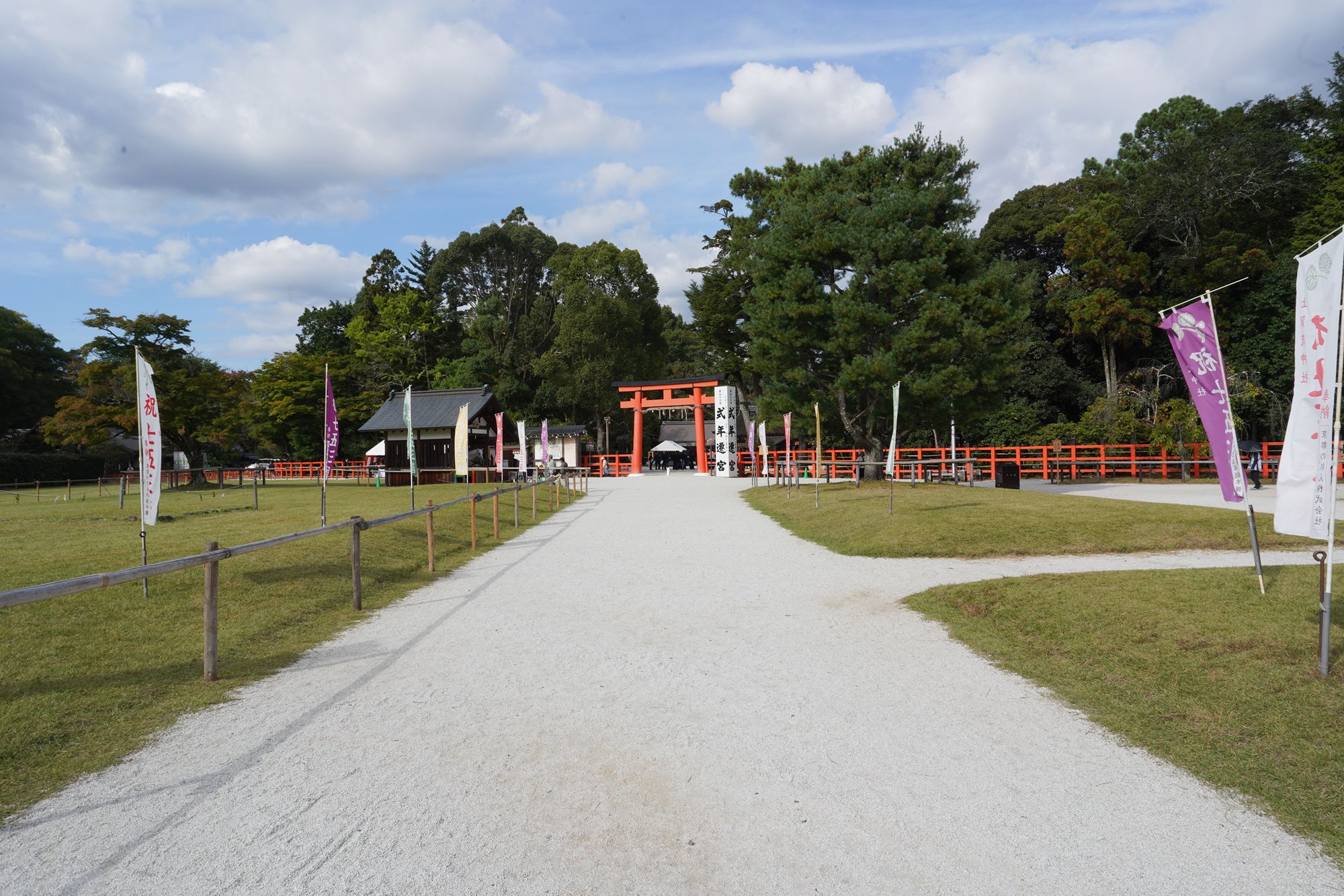
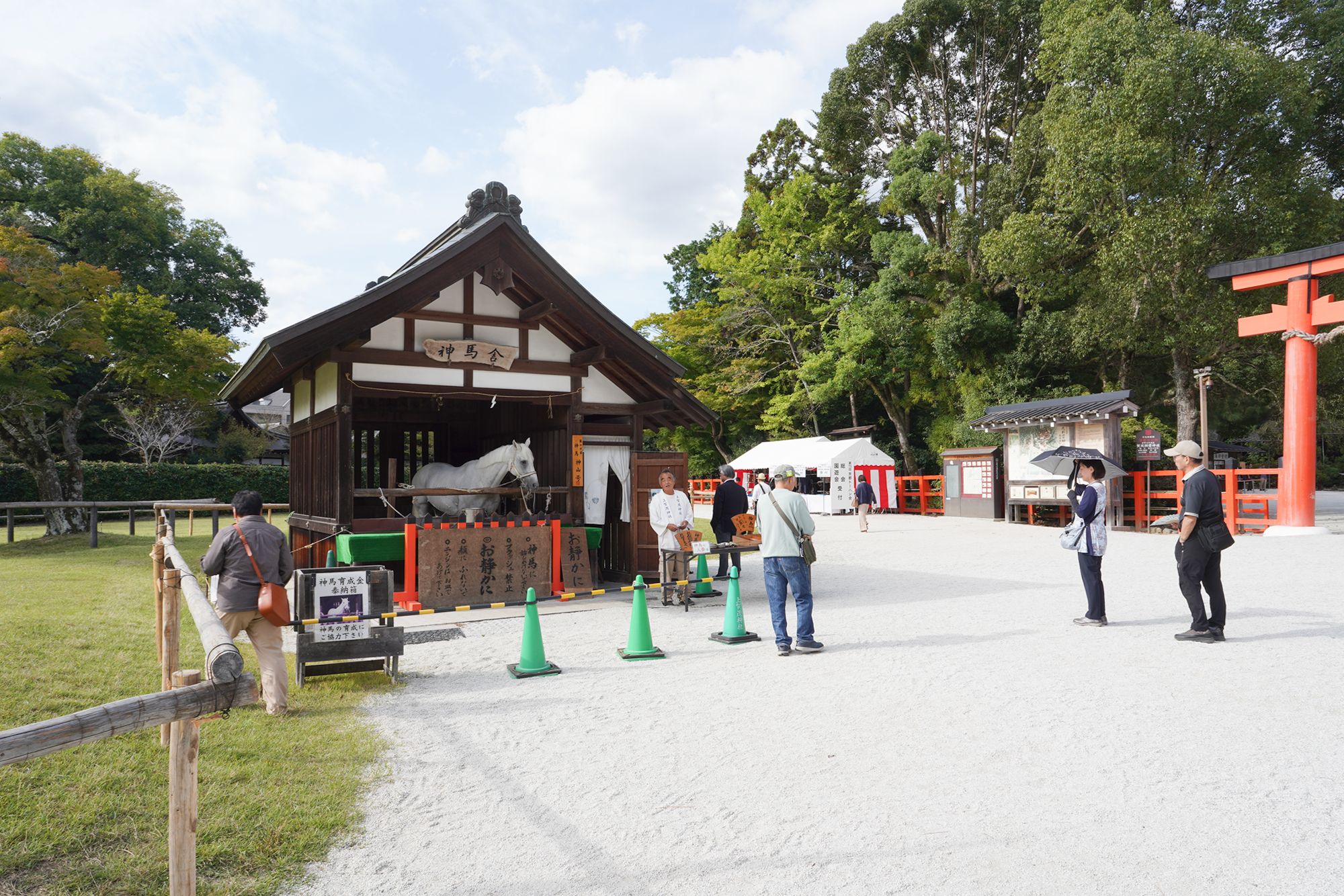
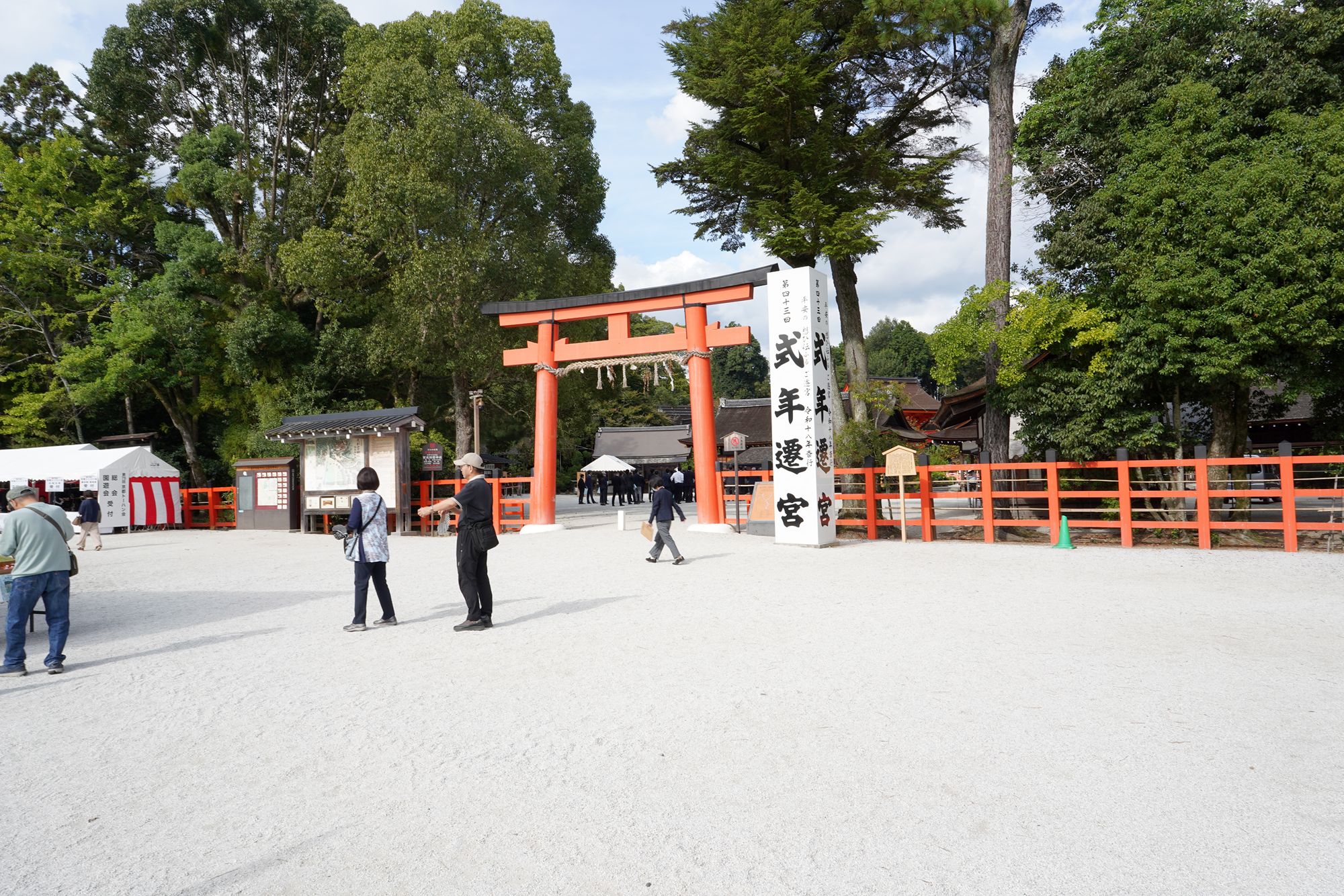
A group visitors at Kamigamo Shrine
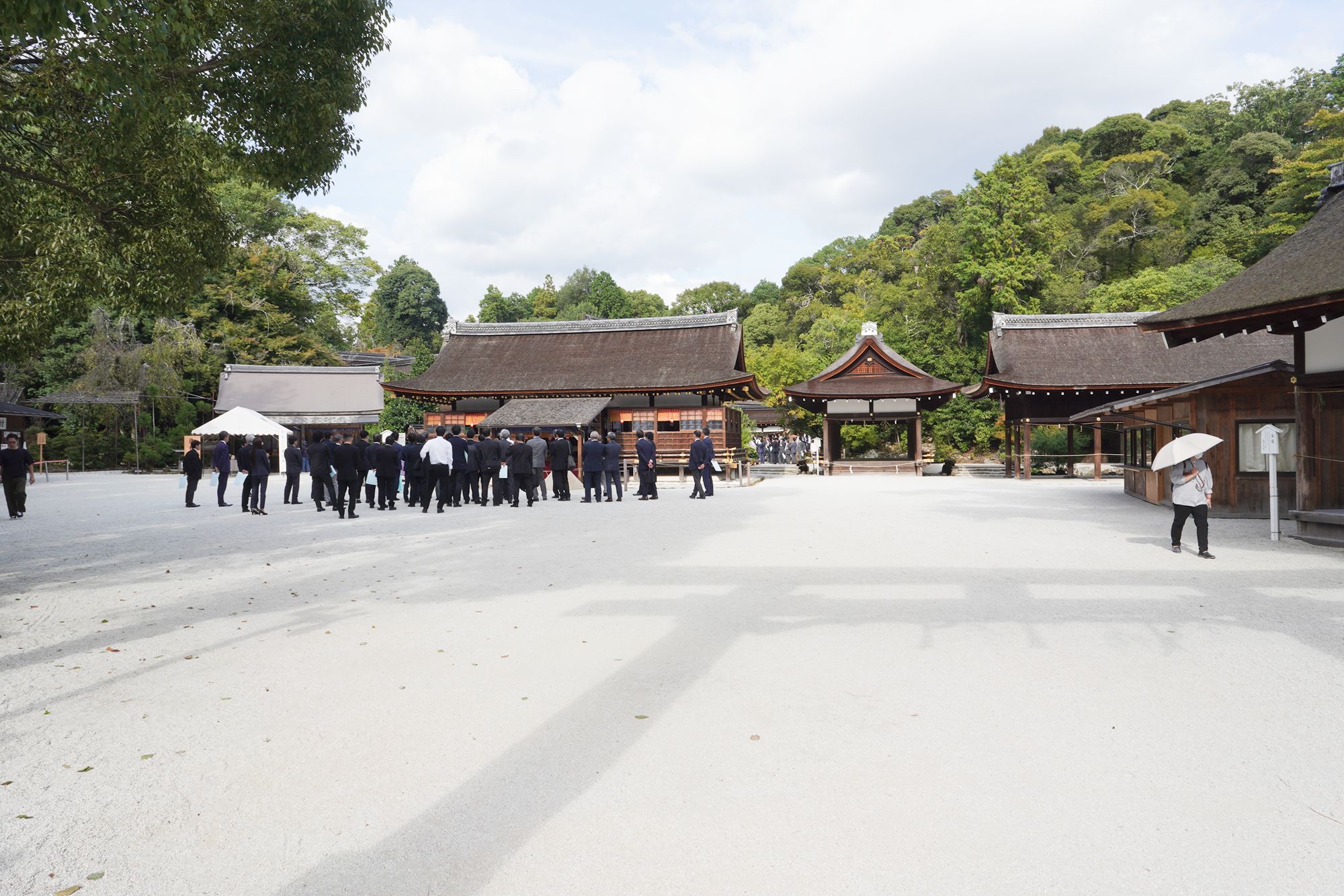
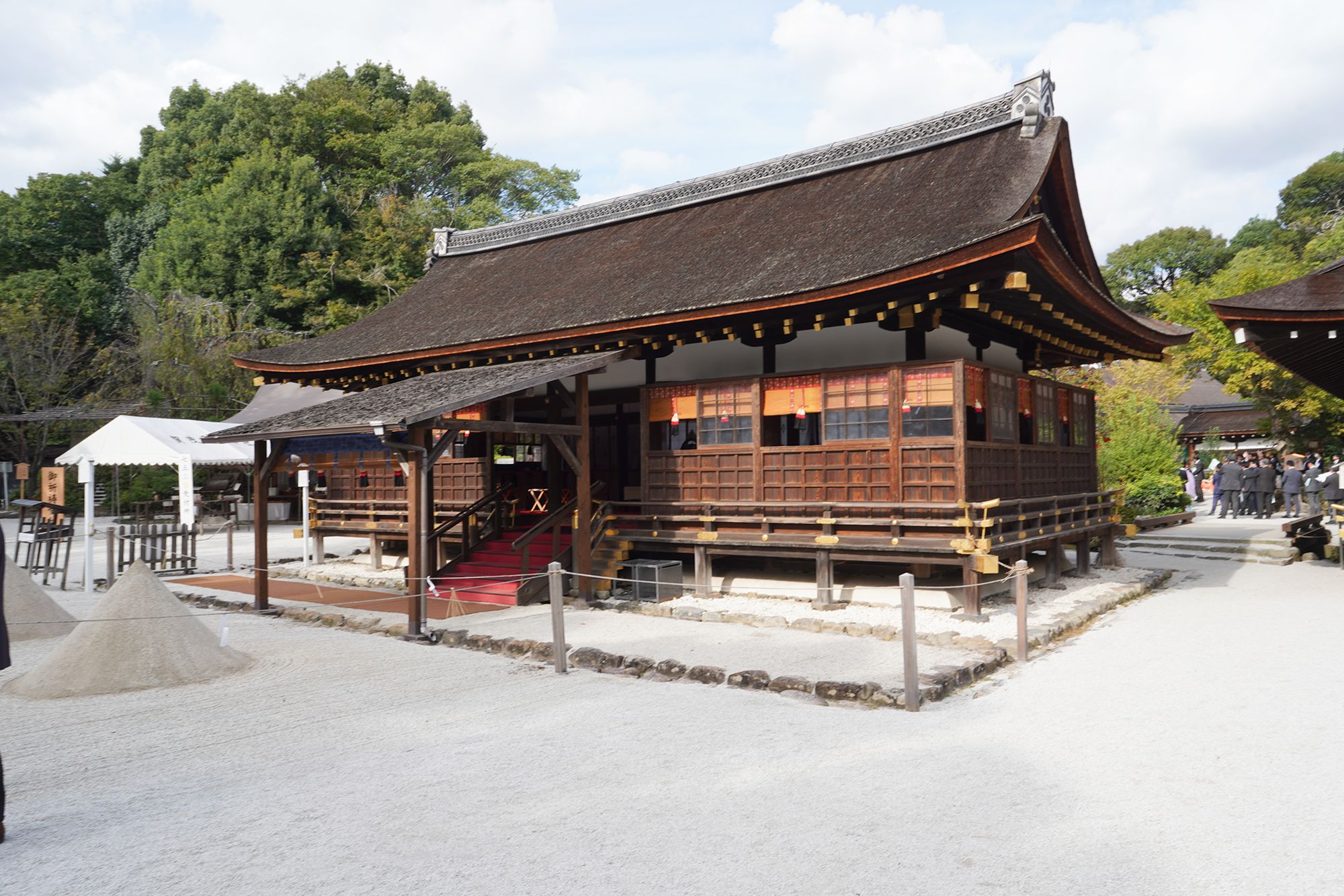
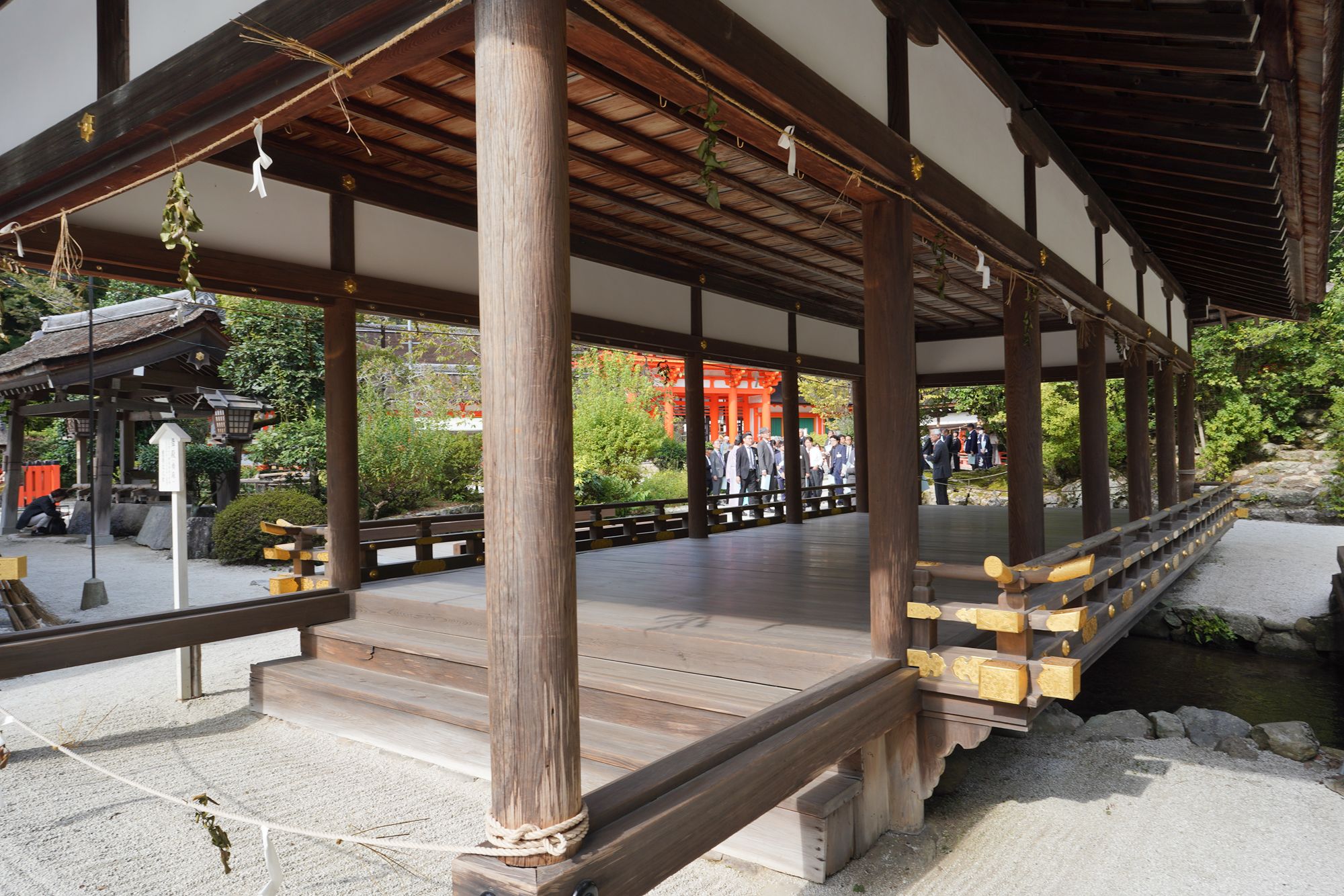
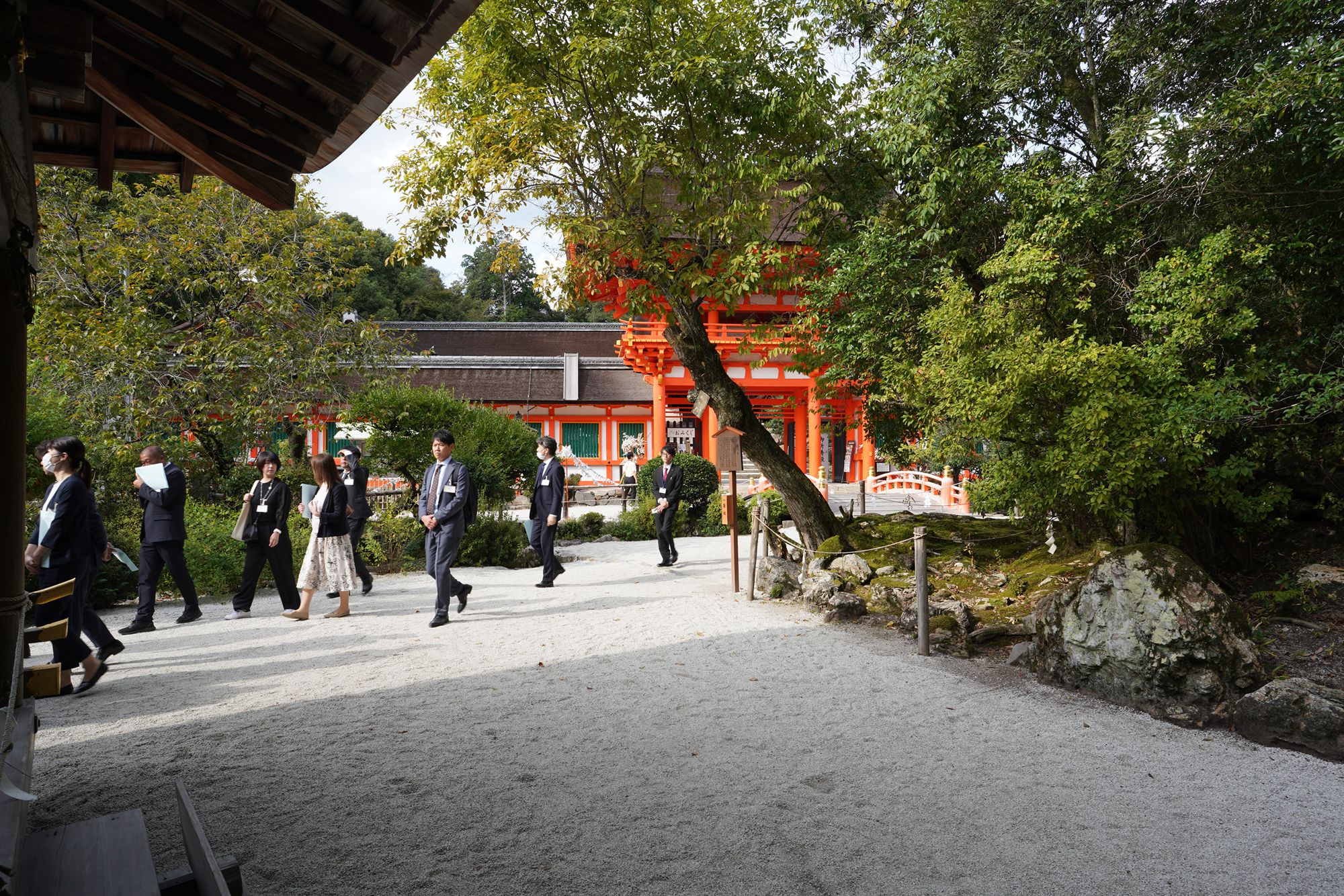
Kamigamo Shrine (Kamigamo-jinja), officially known as Kamo Wakeikazuchi Shrine, is one of Kyoto’s oldest and most esteemed Shinto shrines, dating back to 678 AD. It is dedicated to the deity Wakeikazuchi-no-kami, the god of thunder and storms, revered for protection and blessings.
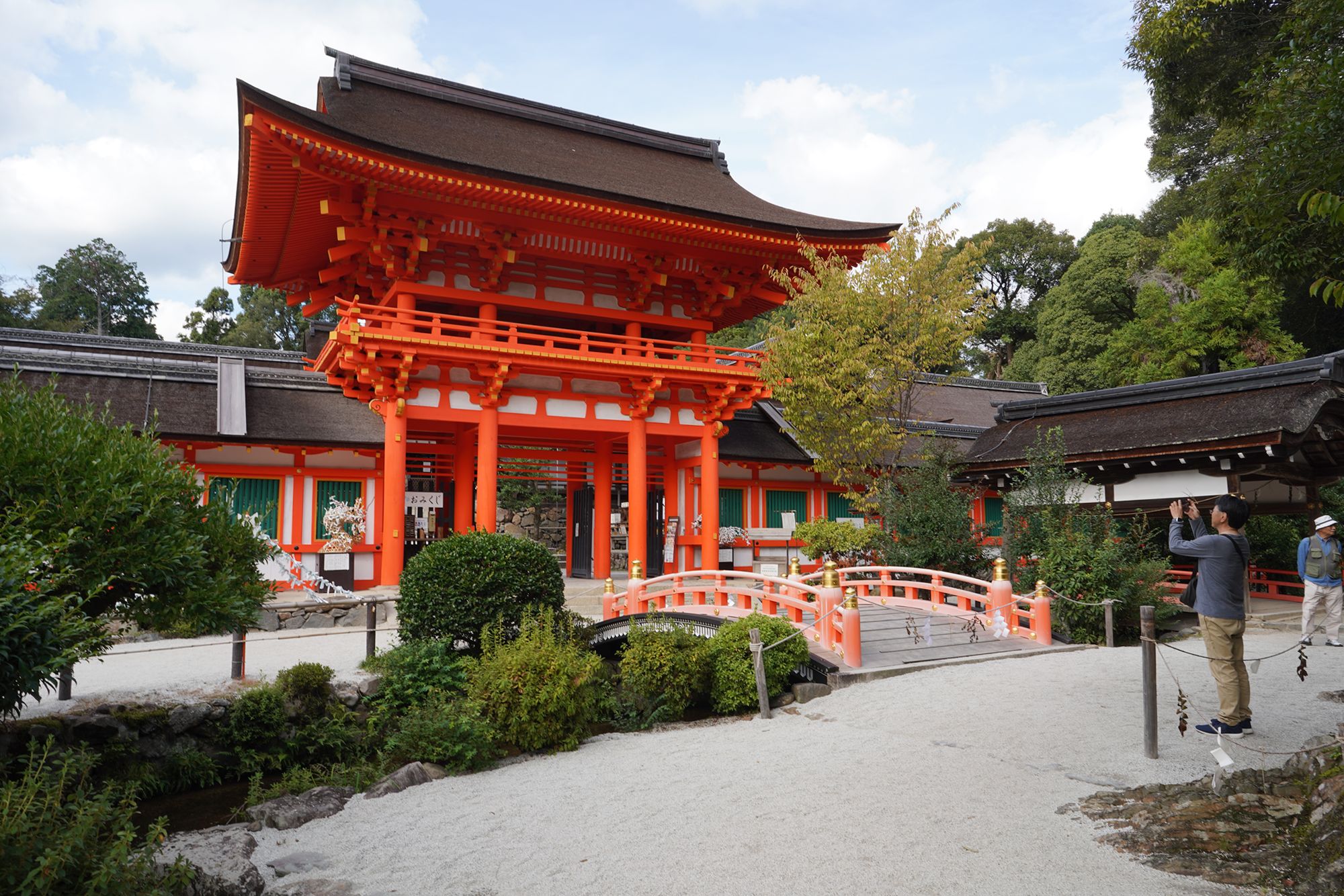
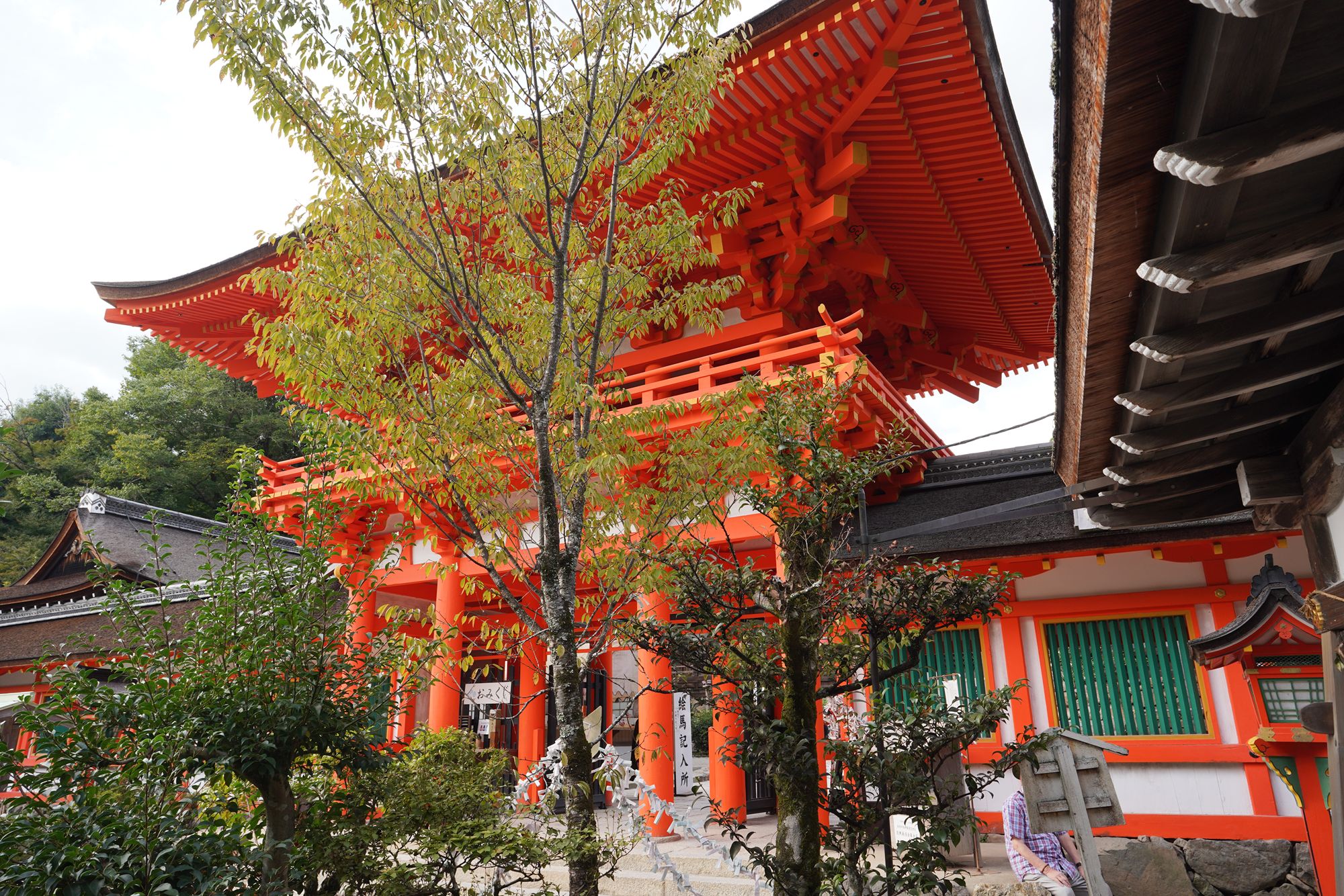
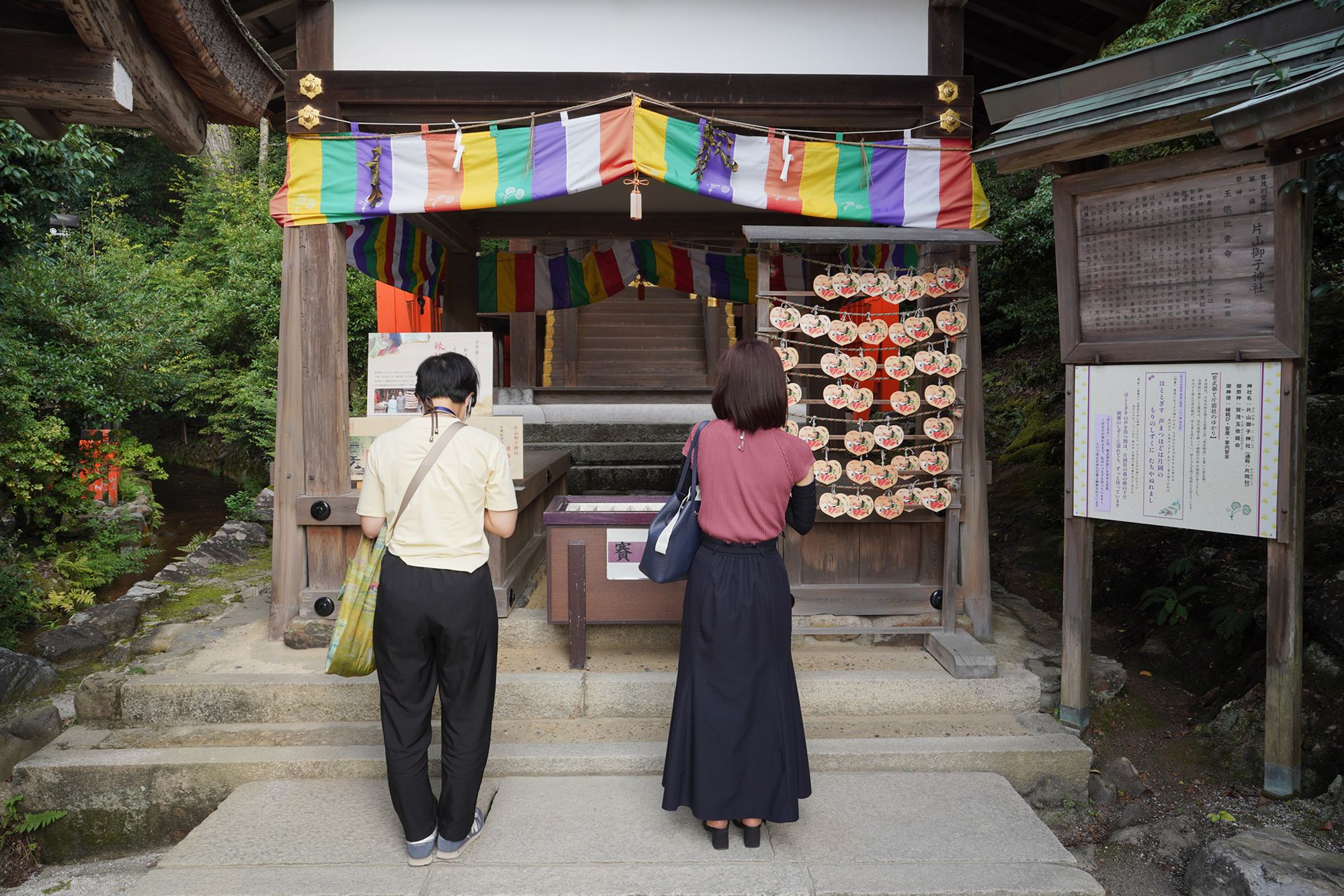
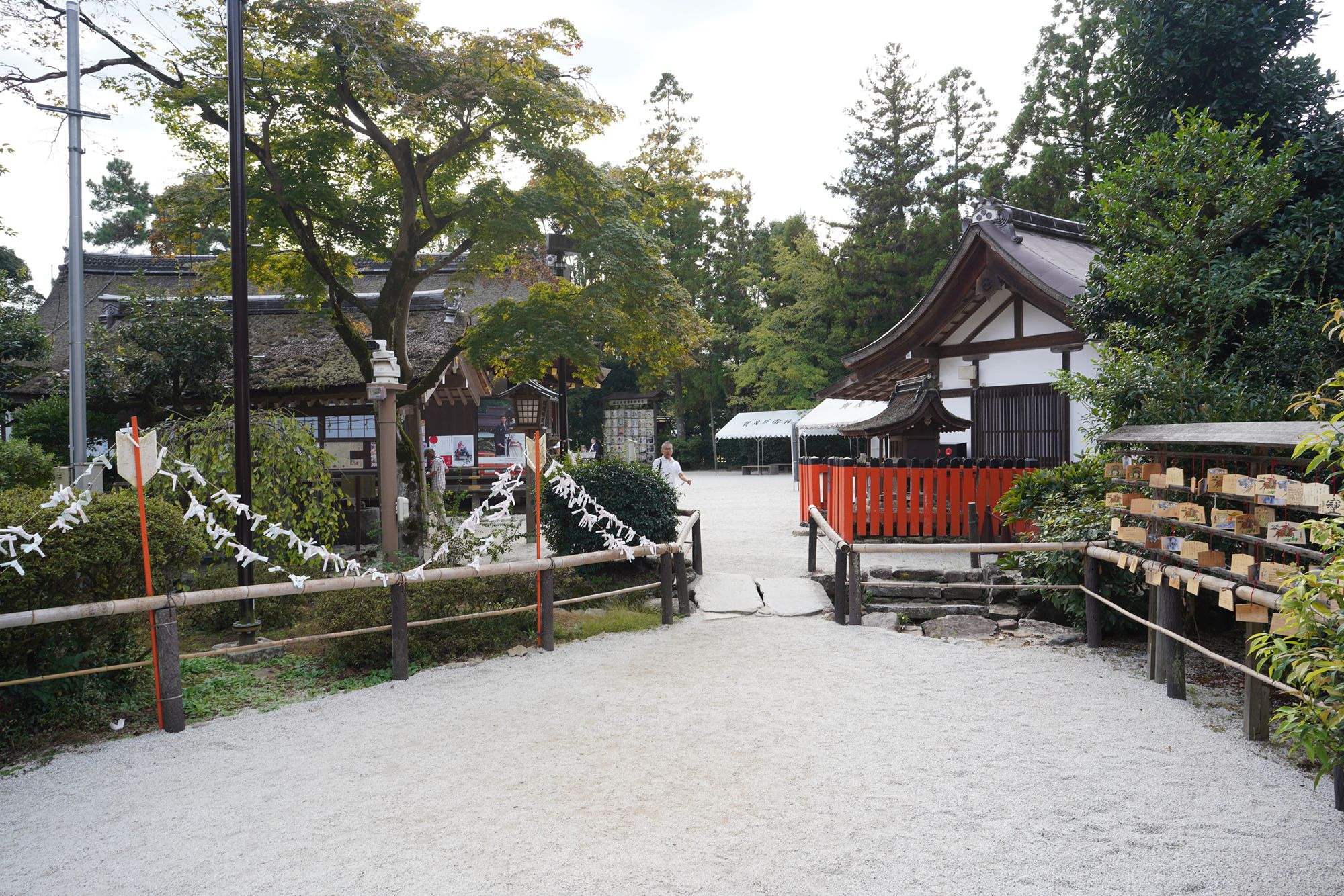
Entering this gate
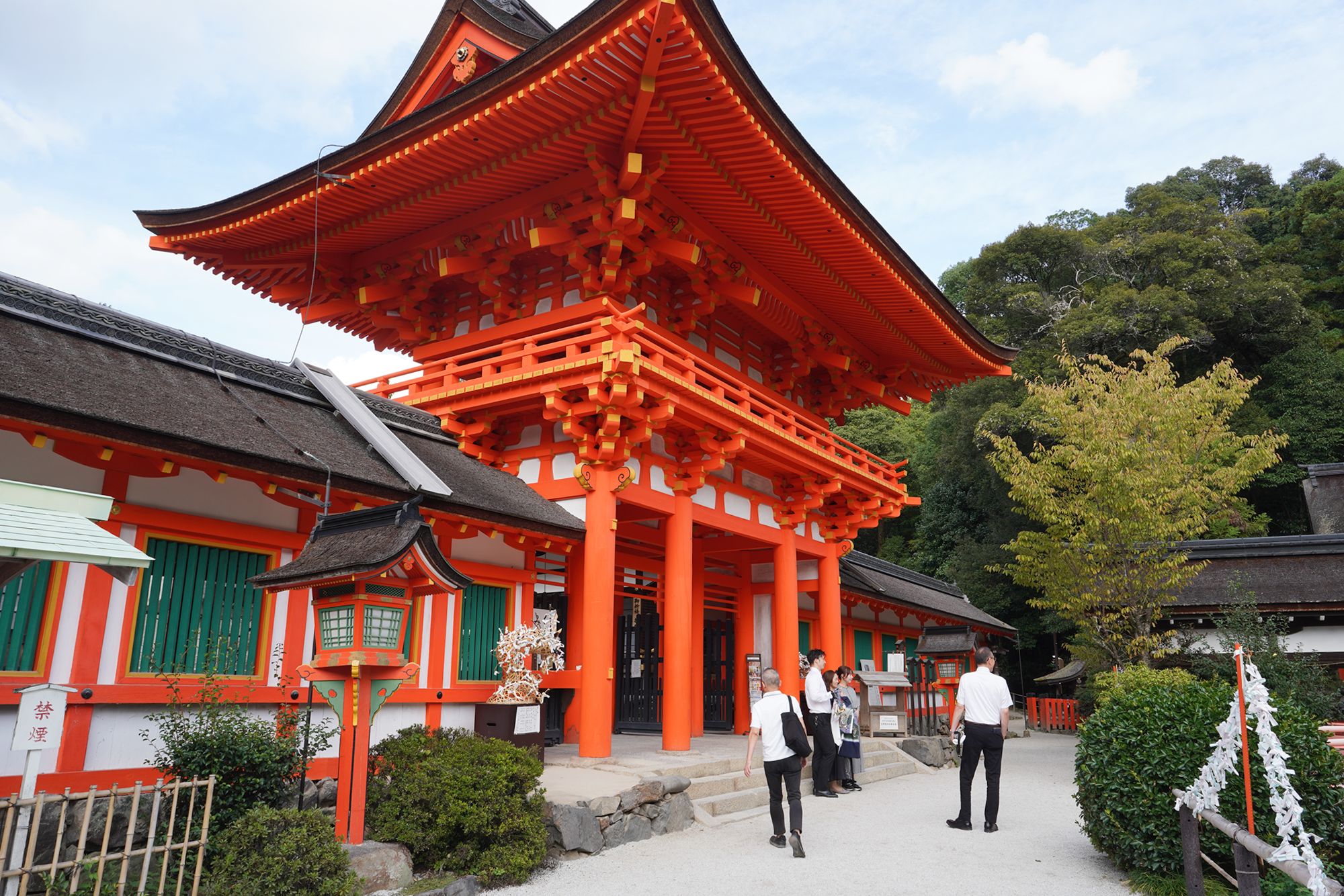
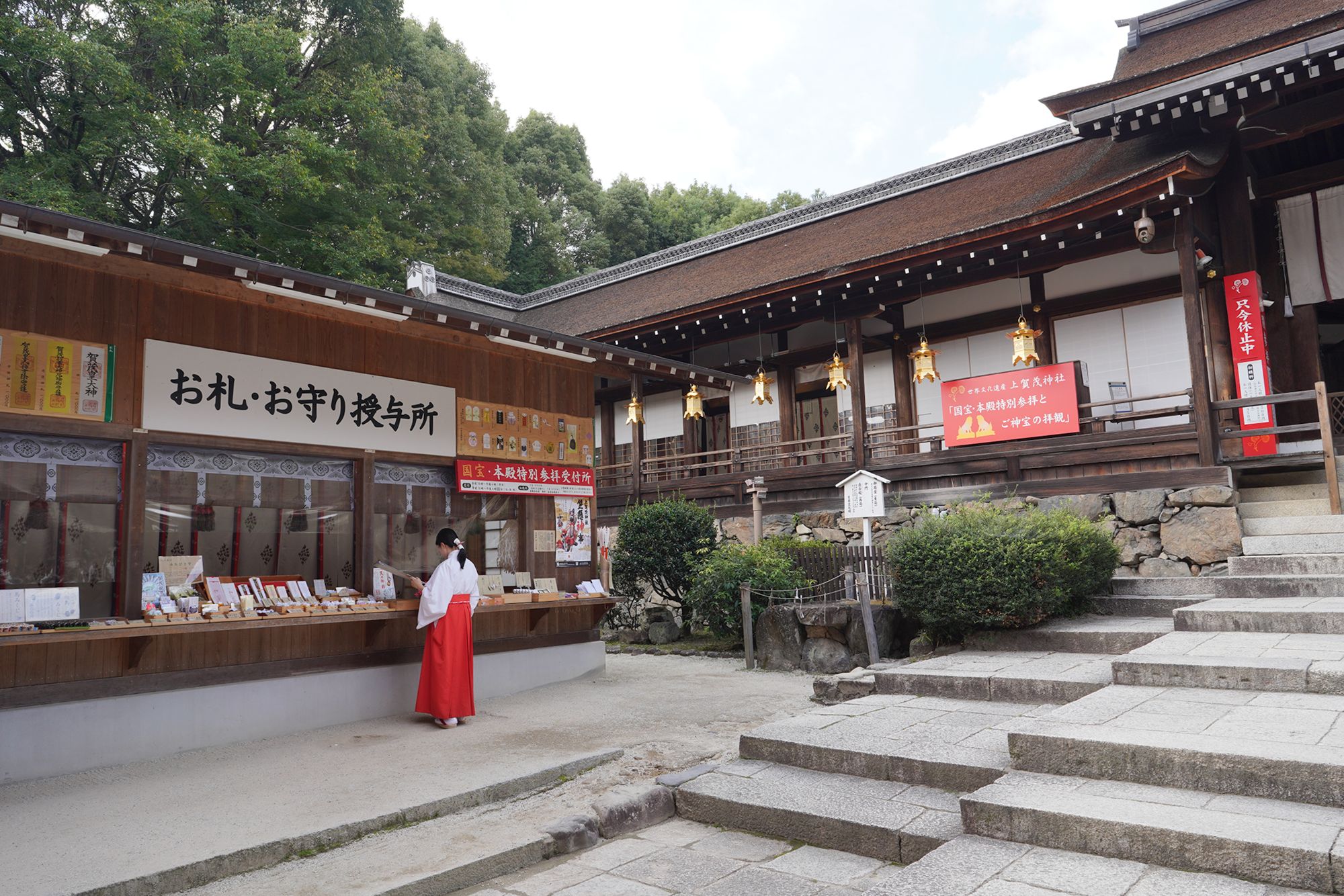
Situated along the Kamo River in northern Kyoto, Kamigamo Shrine is part of the Historic Monuments of Ancient Kyoto, a UNESCO World Heritage Site. It is famous for its unique tatesuna, cone-shaped sand mounds that symbolize purification and serve as a spiritual focus. The shrine is also a key location for the Aoi Matsuri, one of Kyoto’s three major festivals, held annually in May.
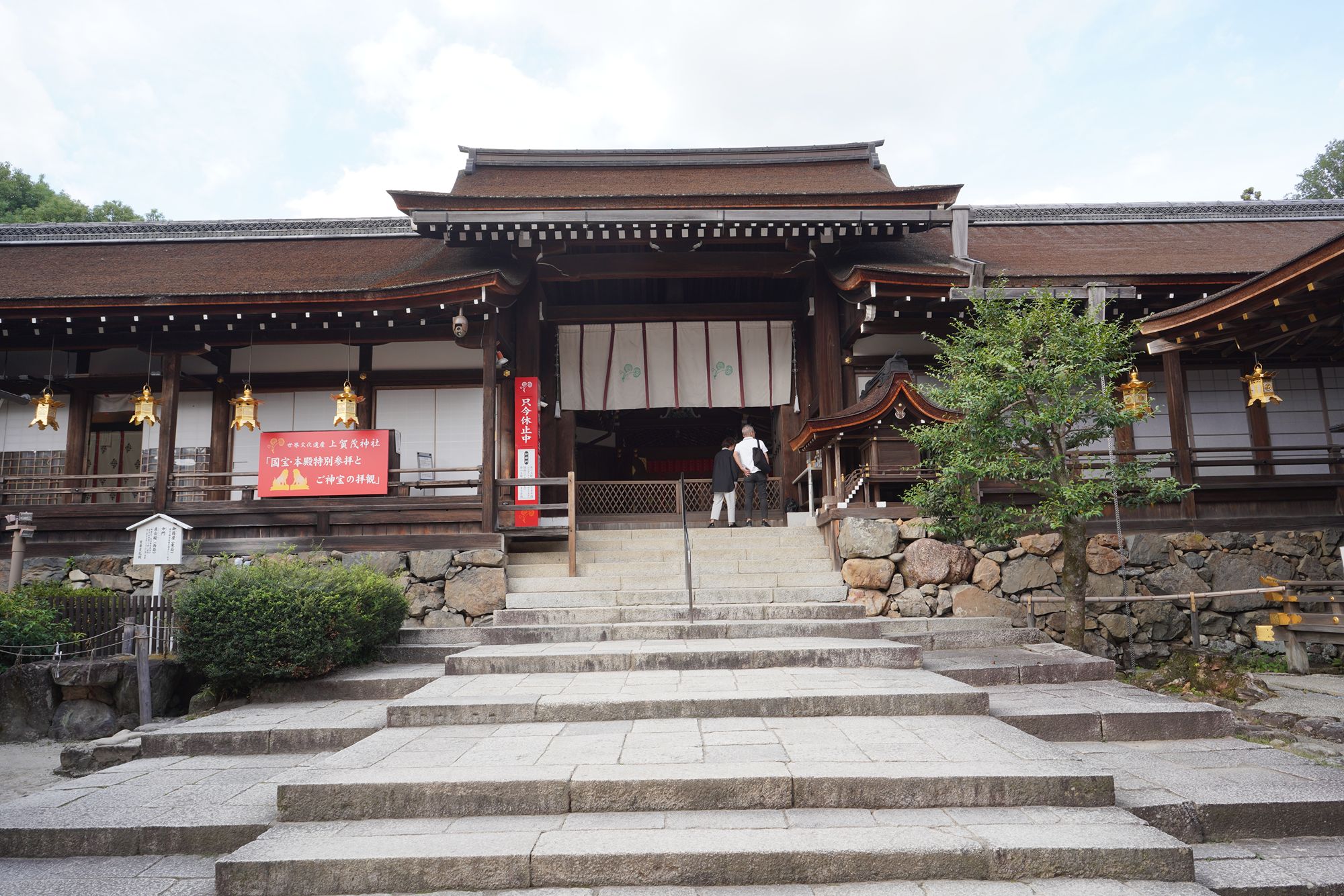
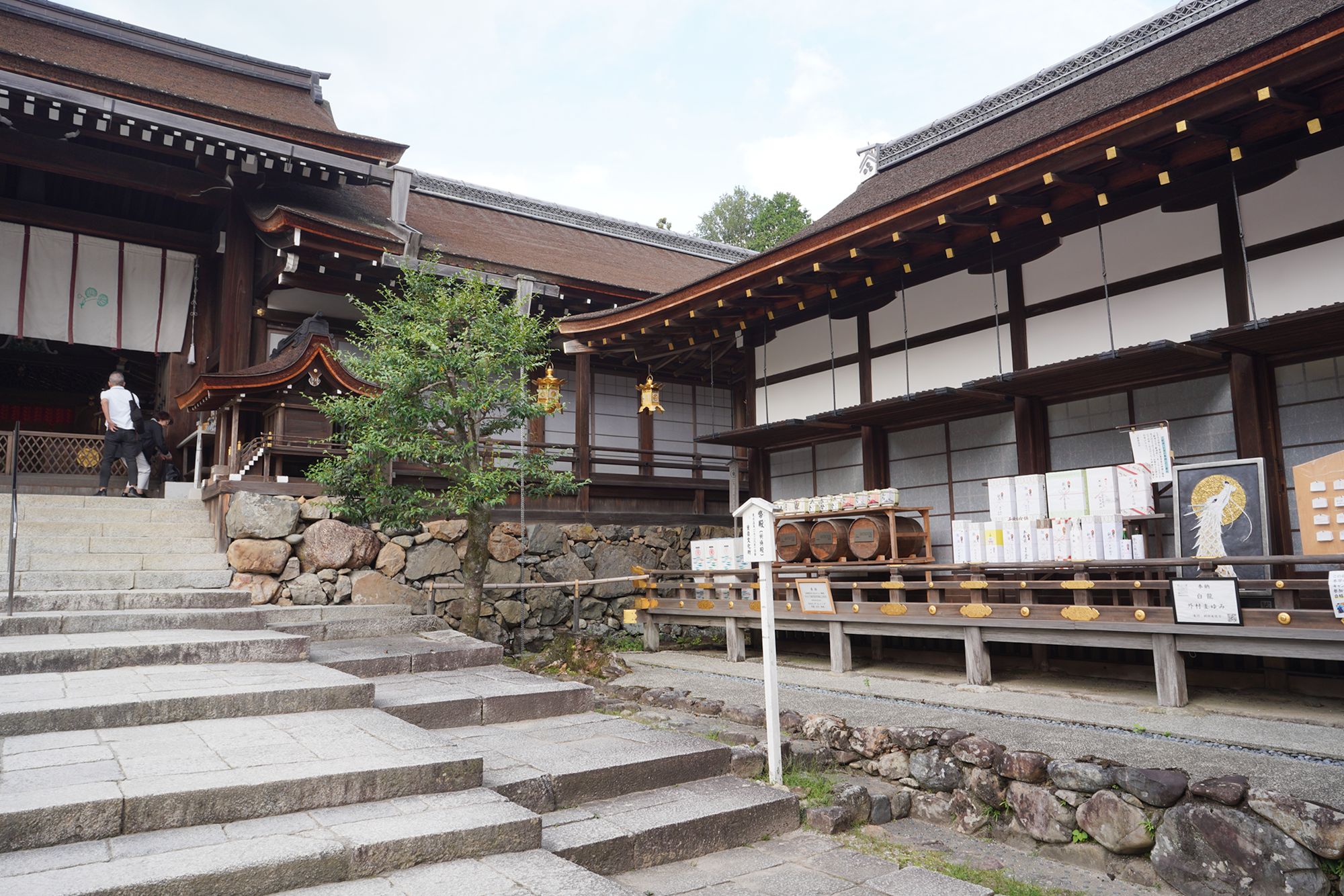
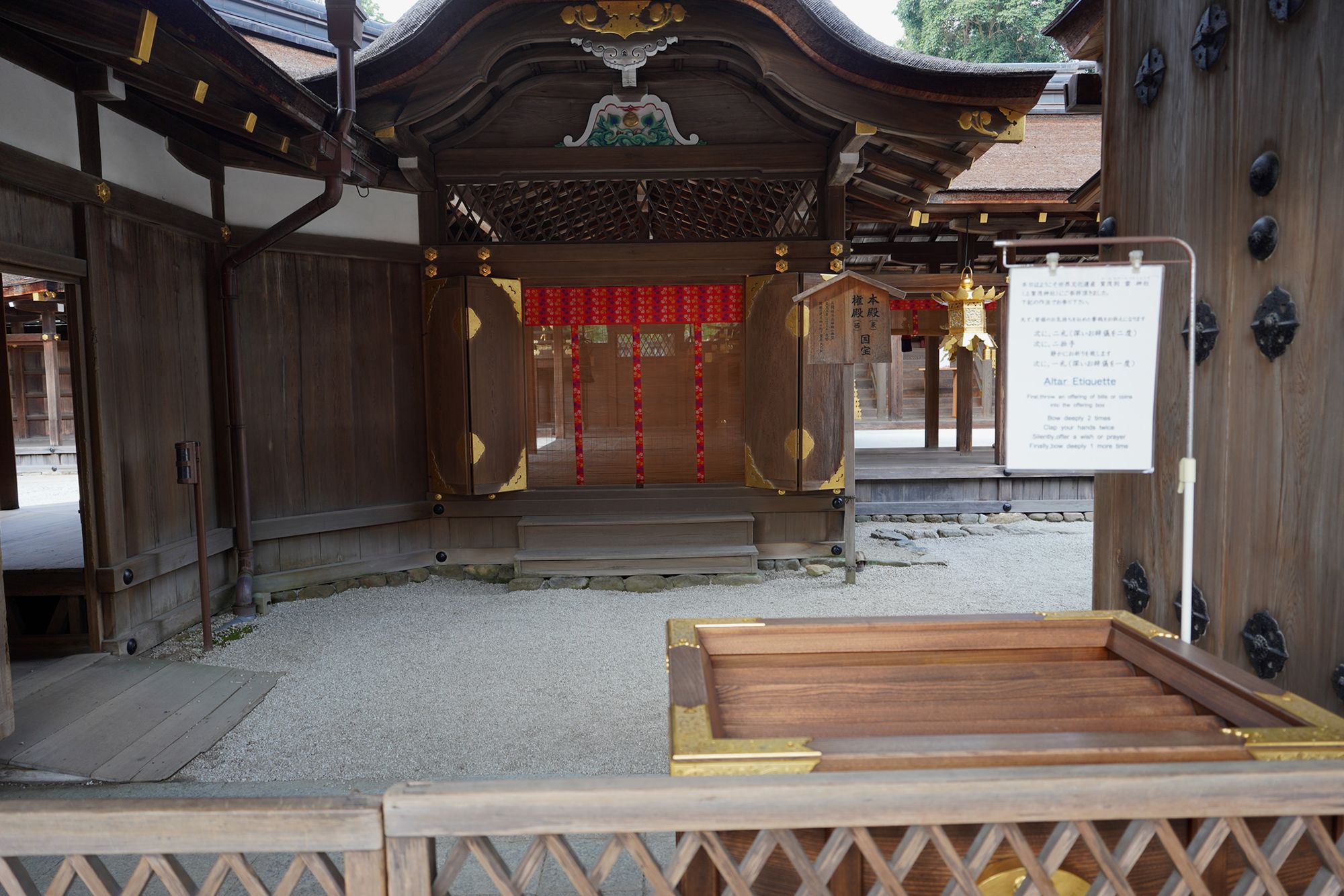
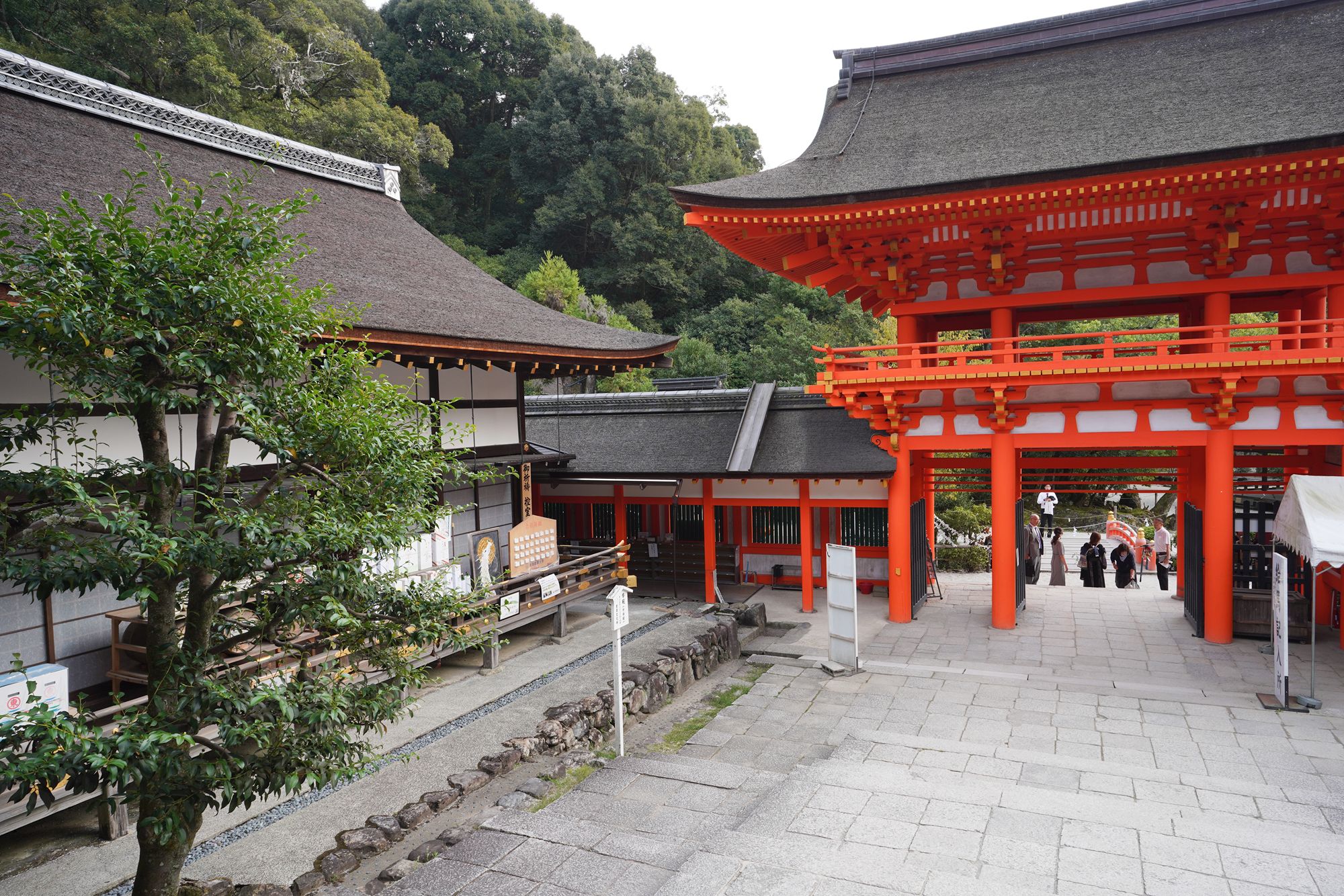
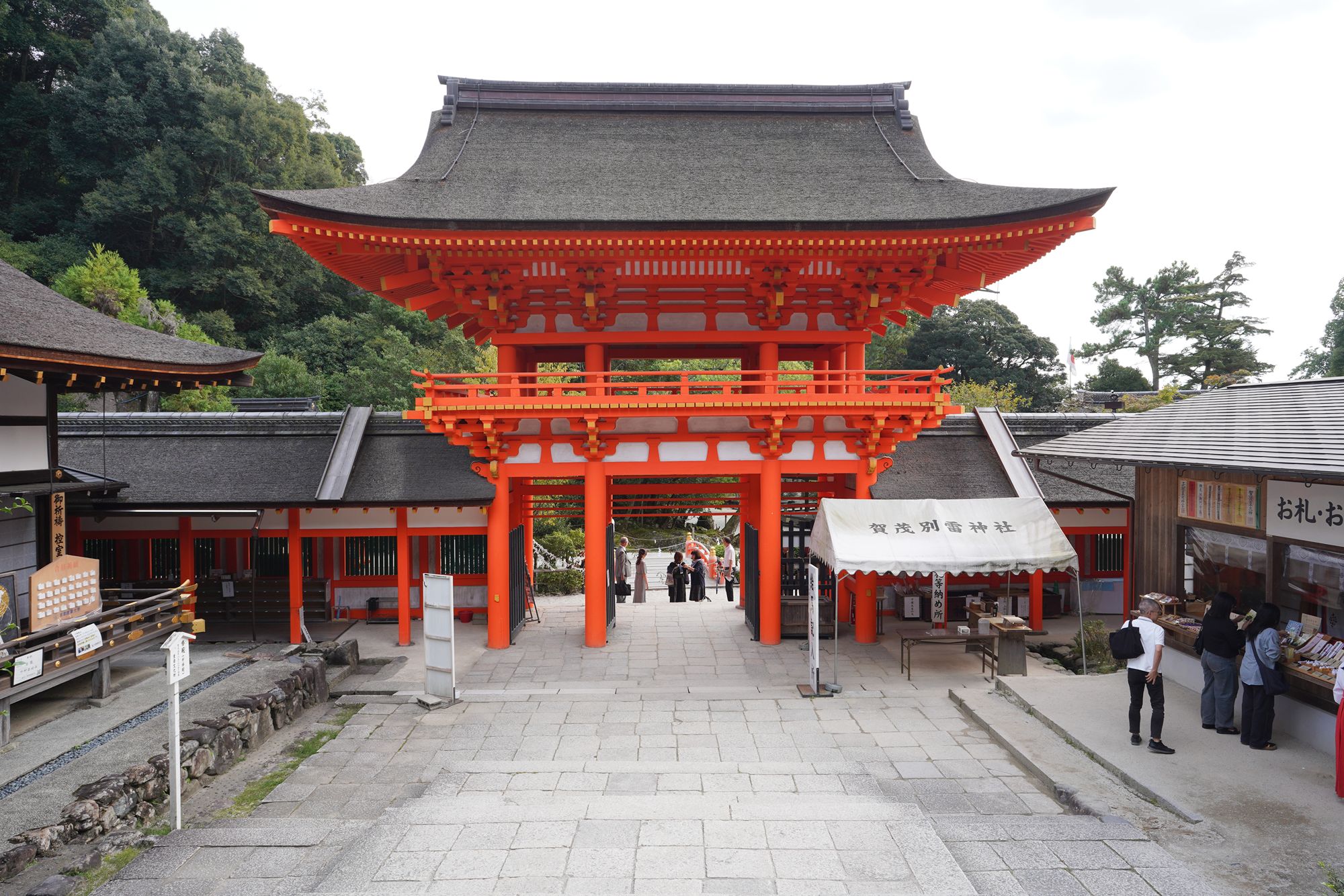
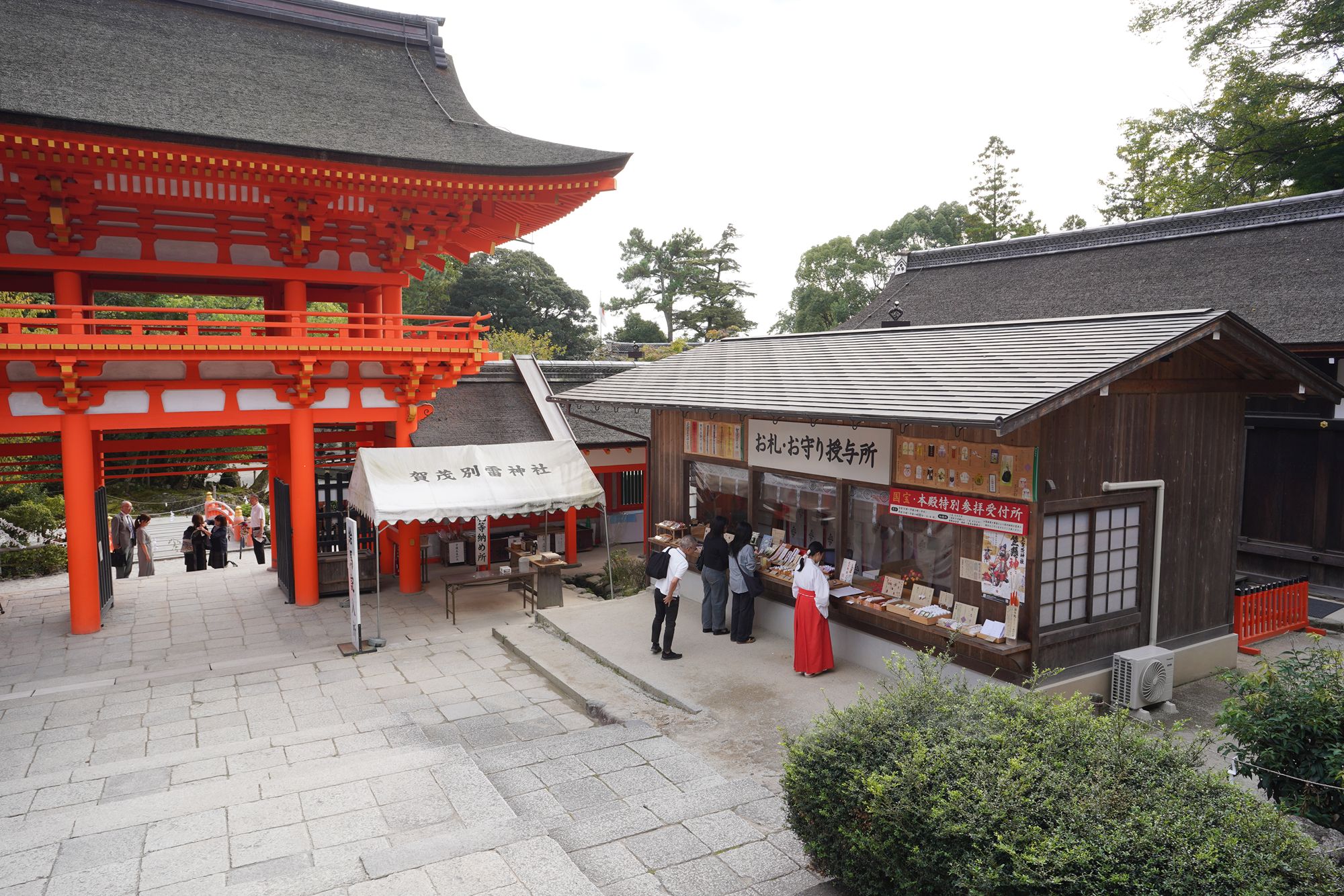
Exited from the inner side
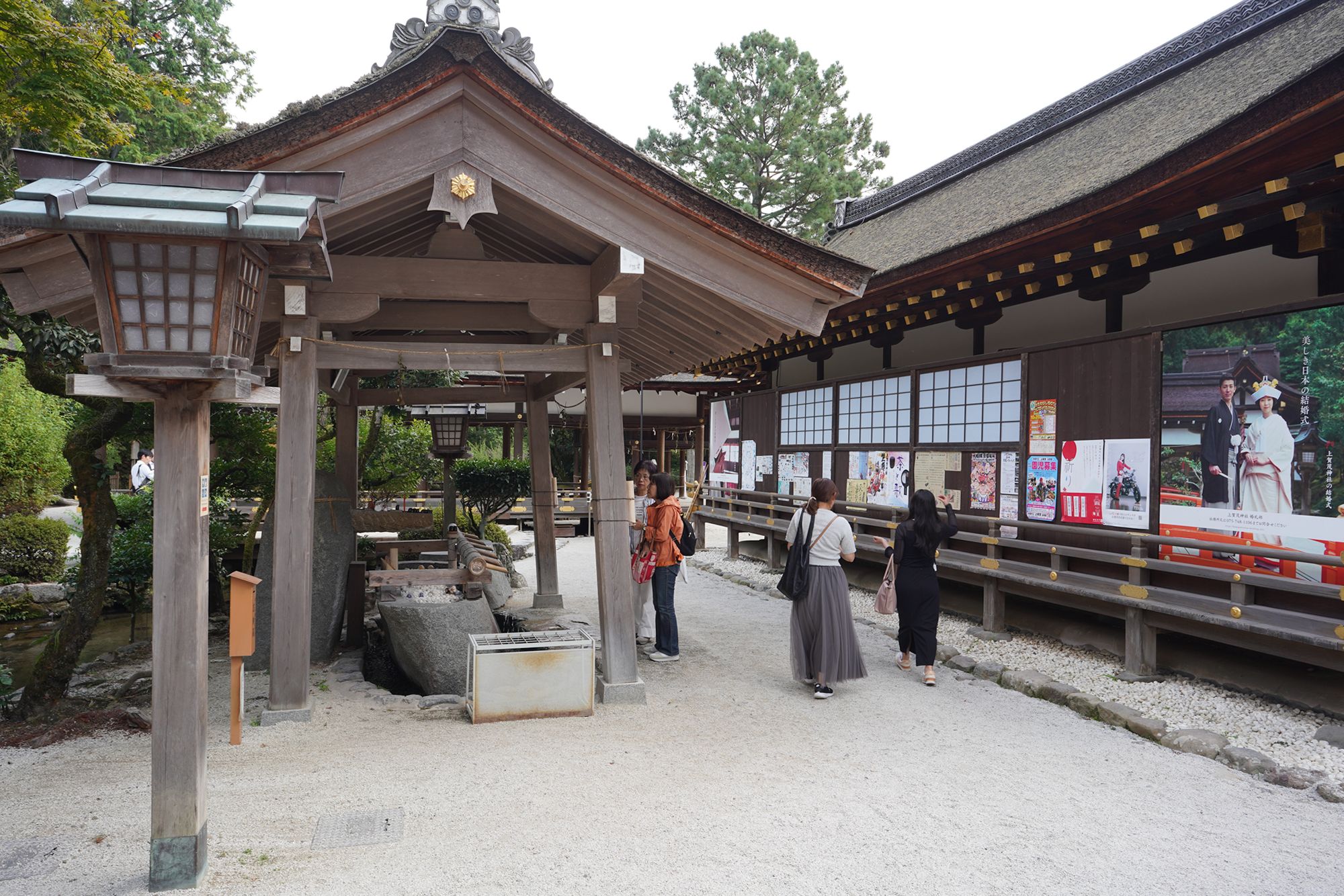
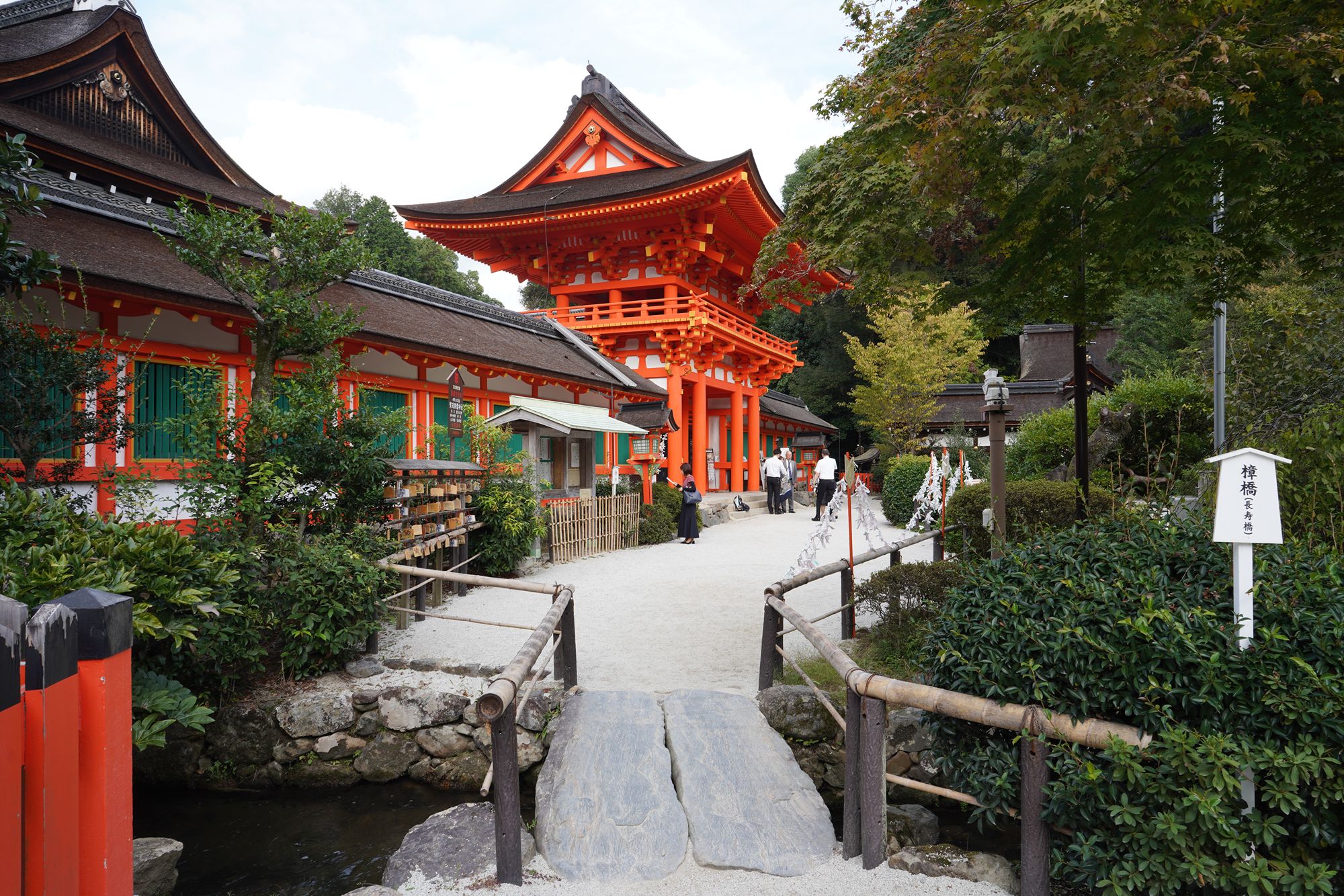
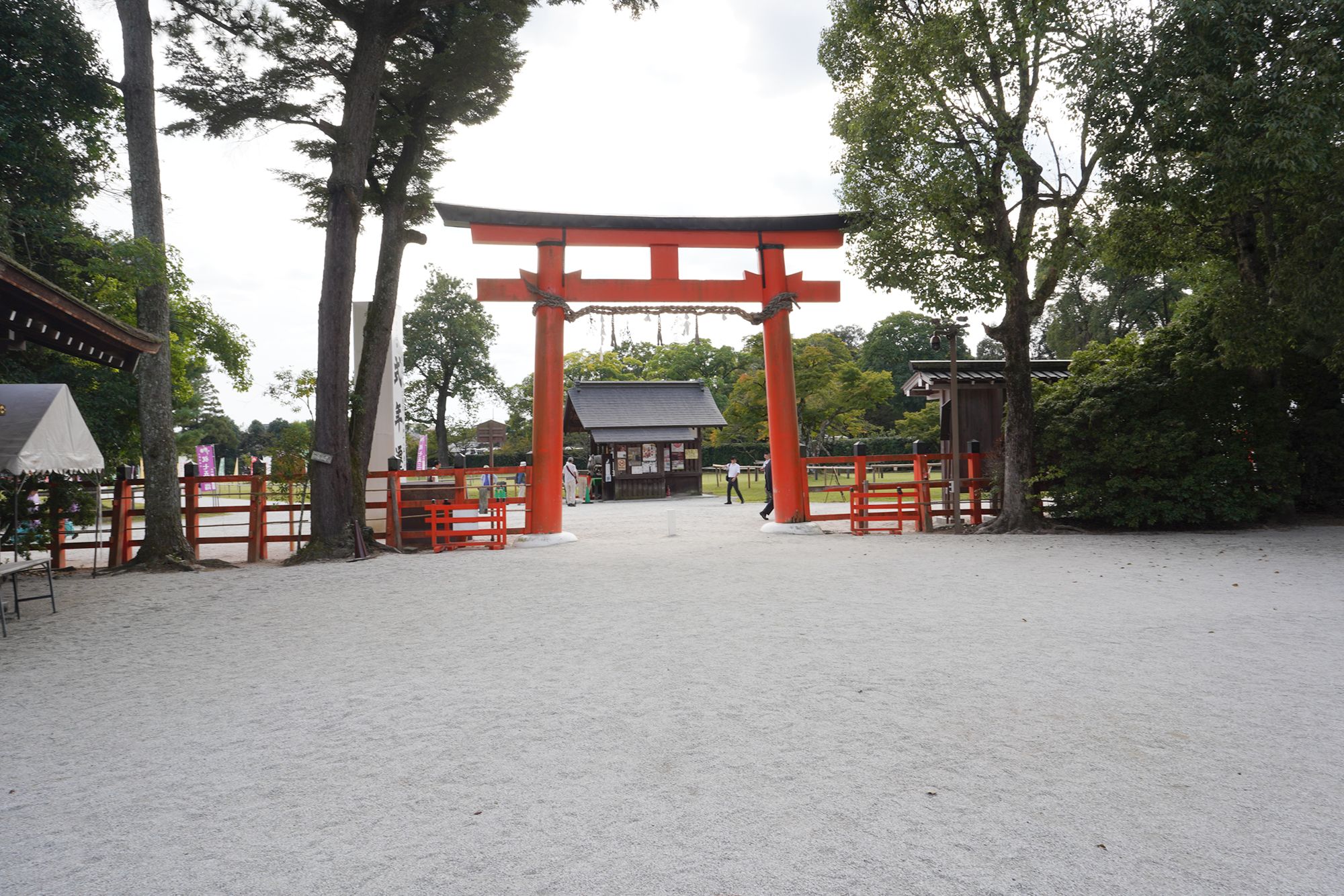
A map of the shrine
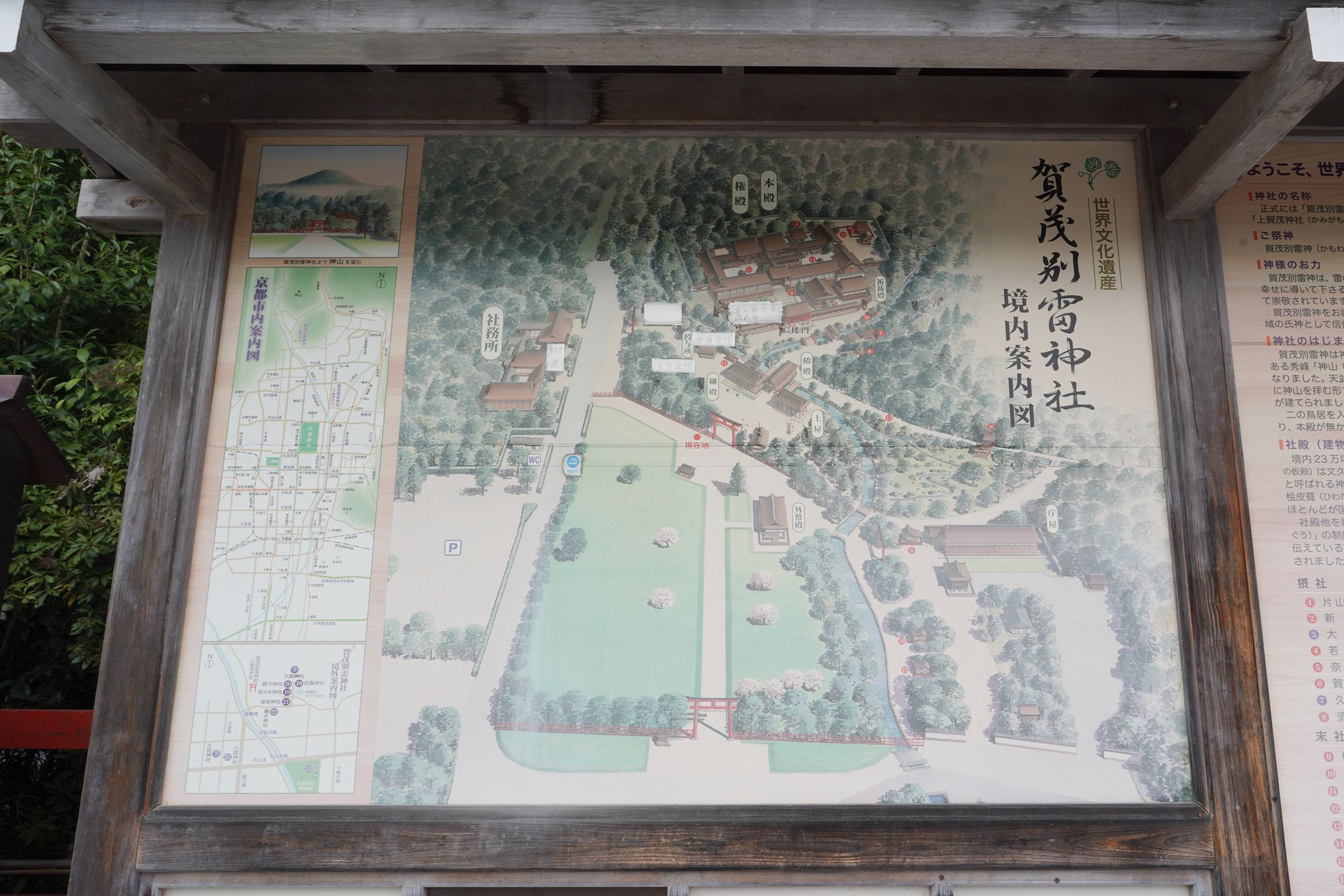
Office buildings of the shrine
